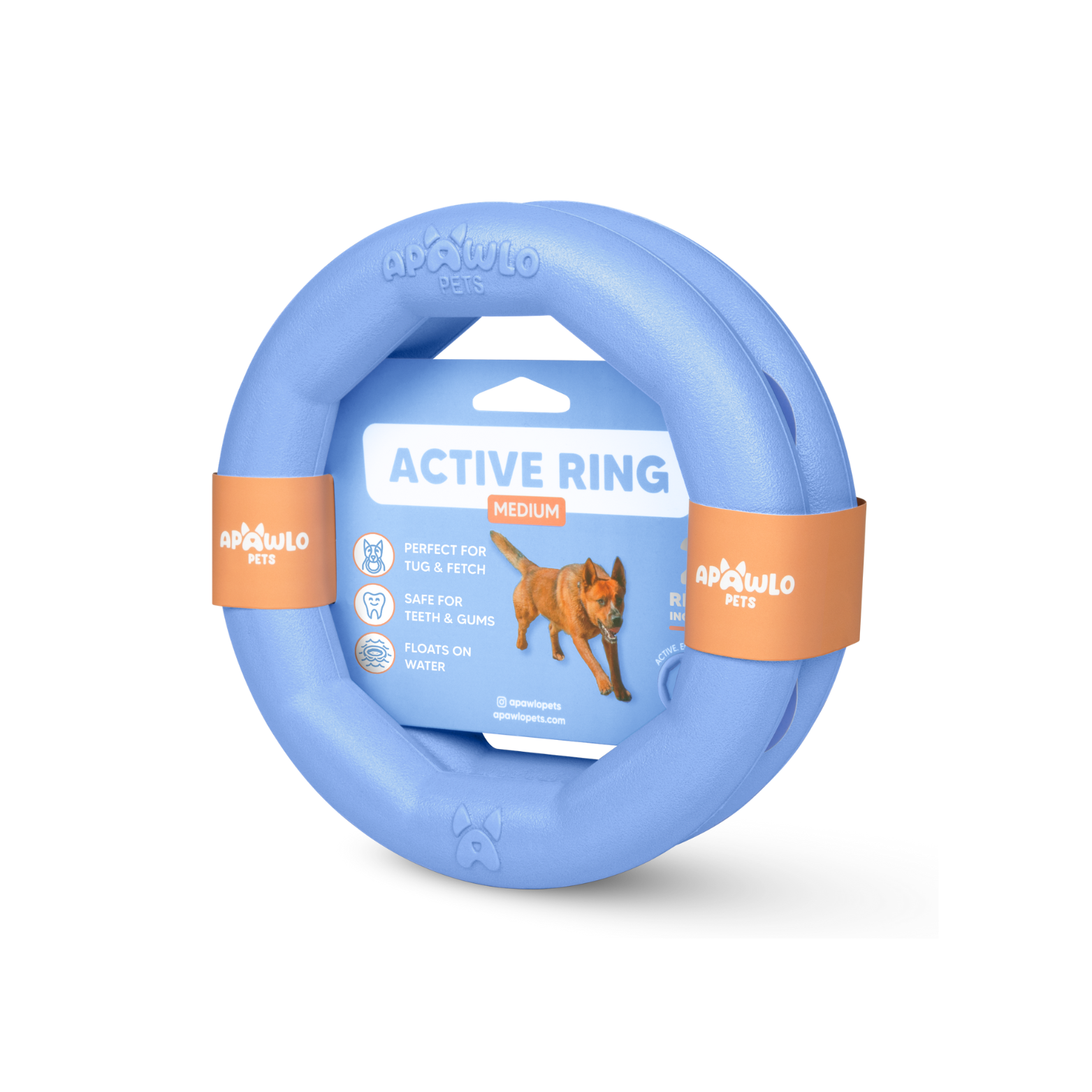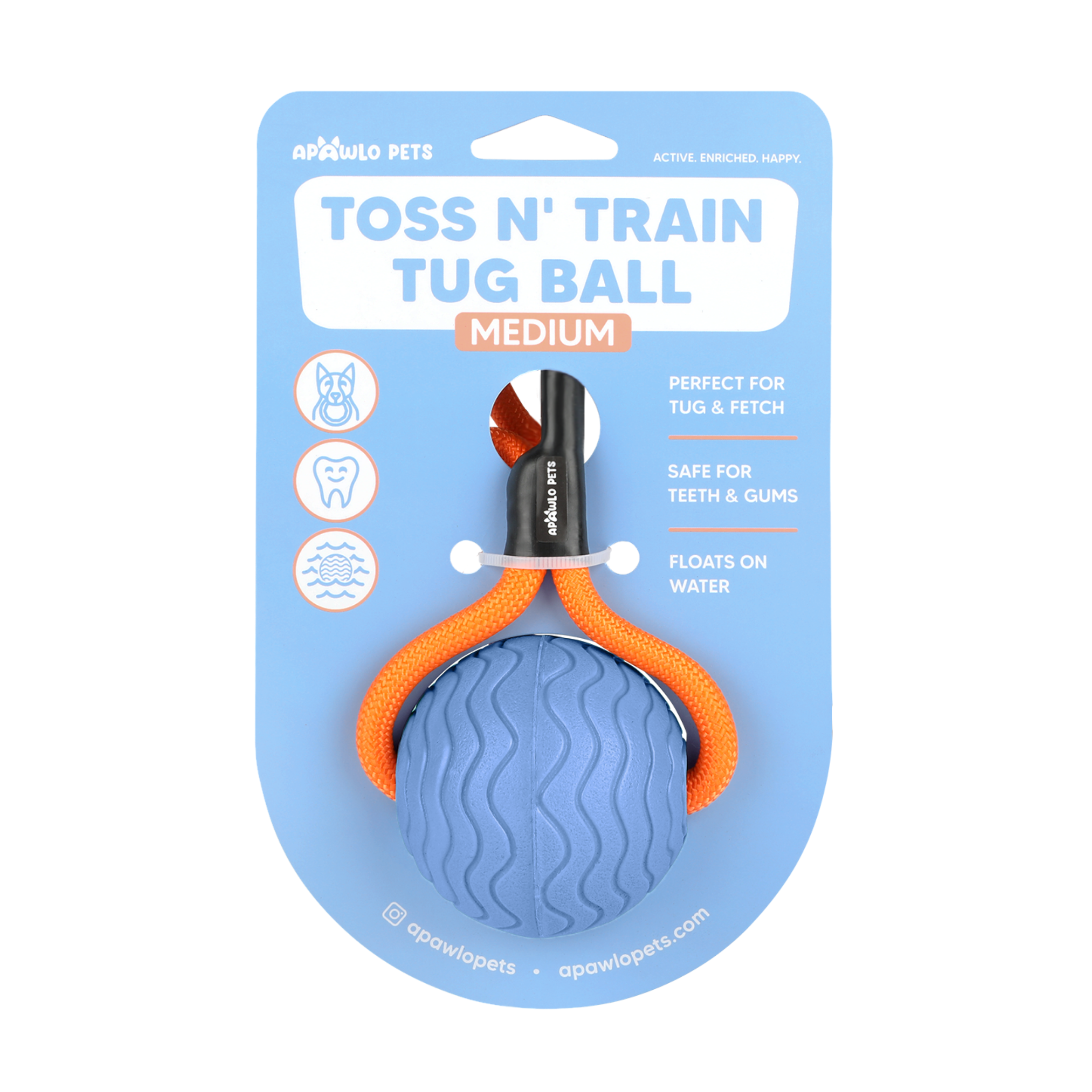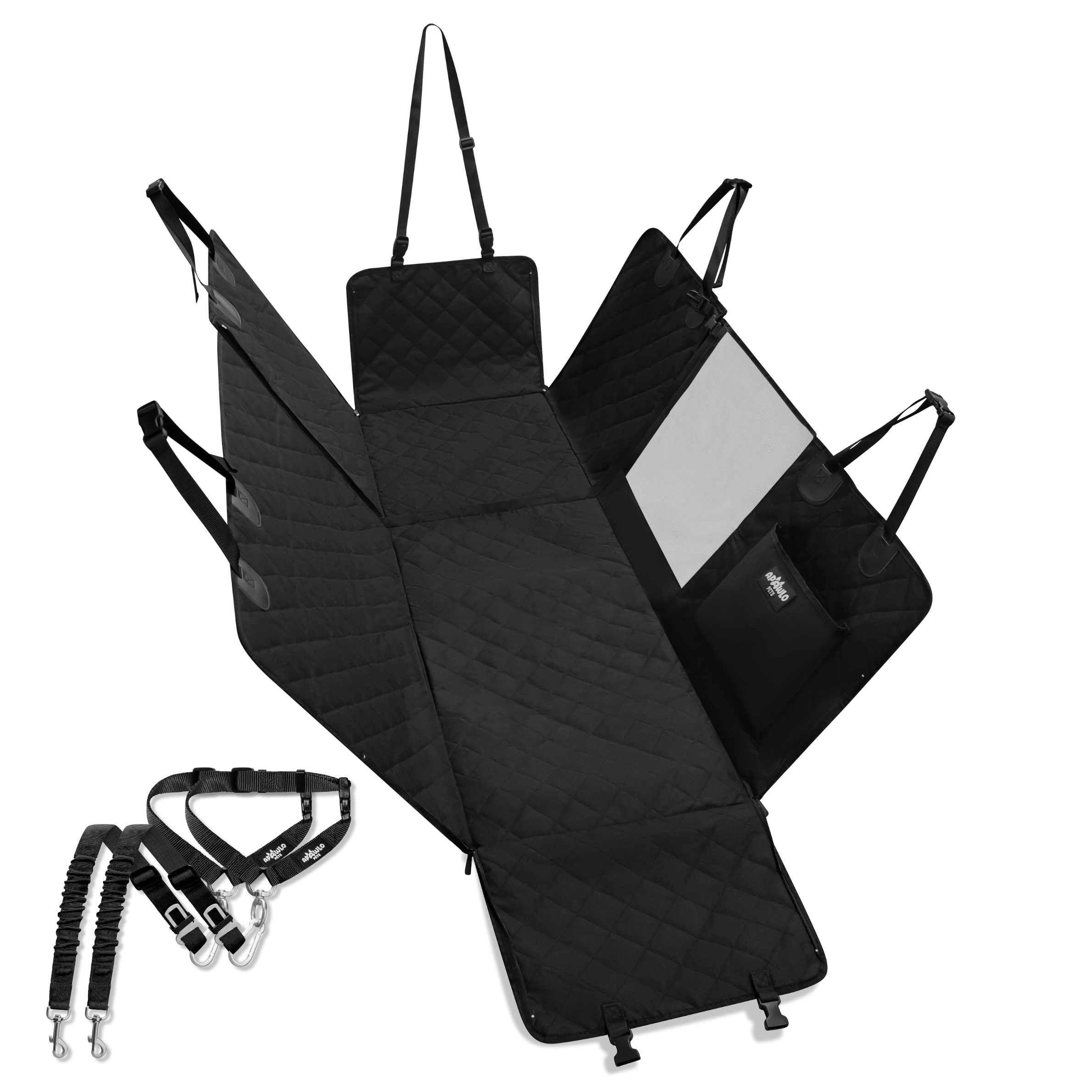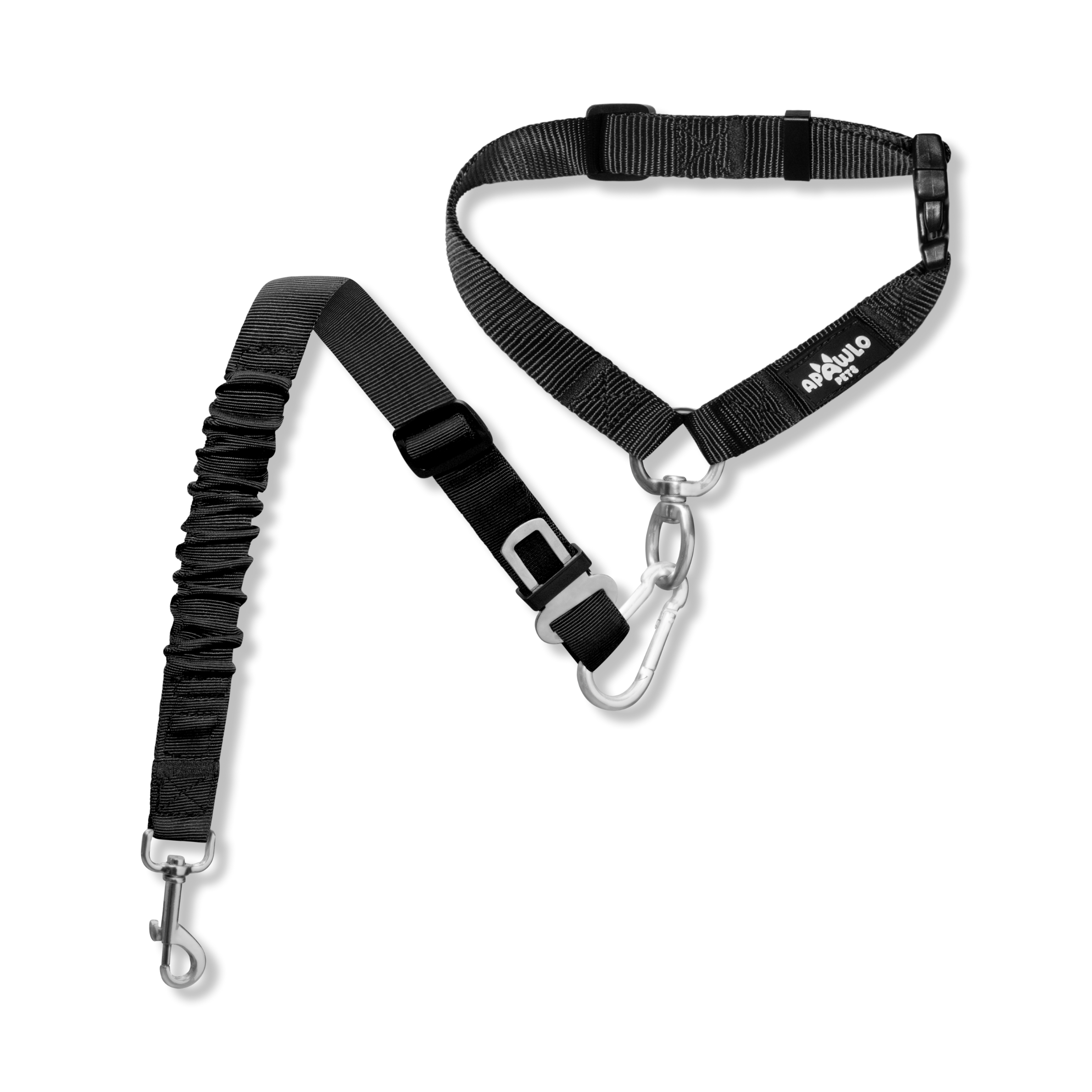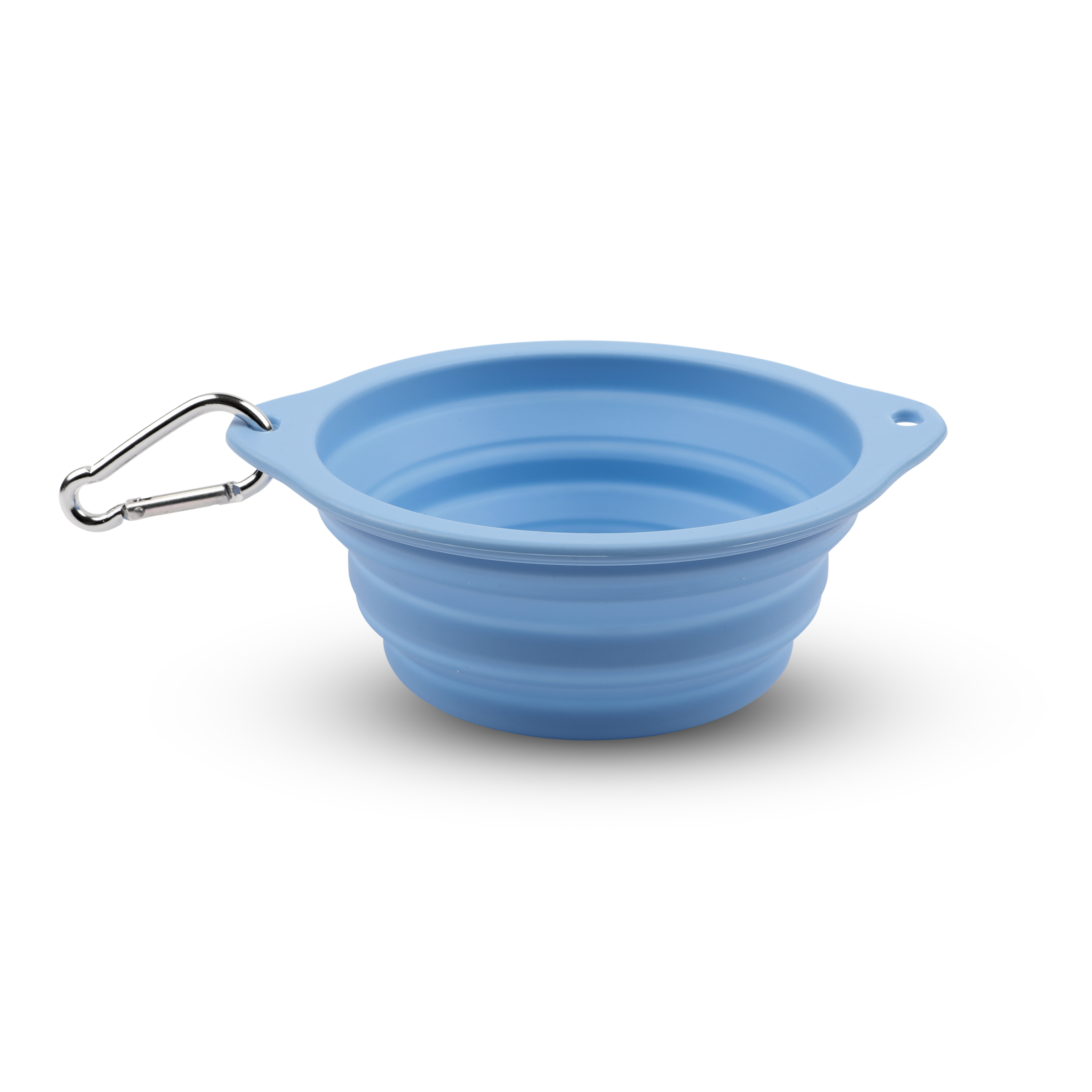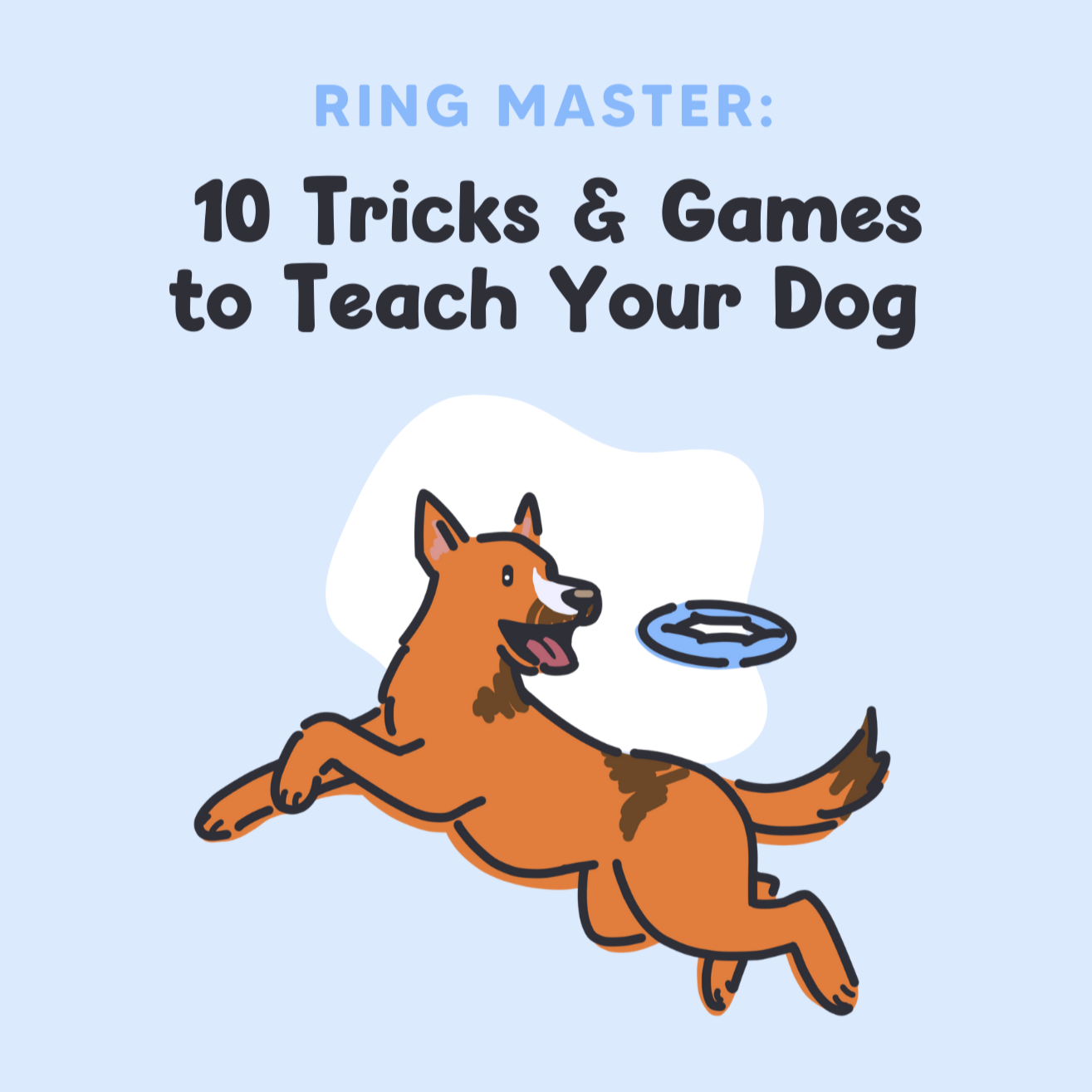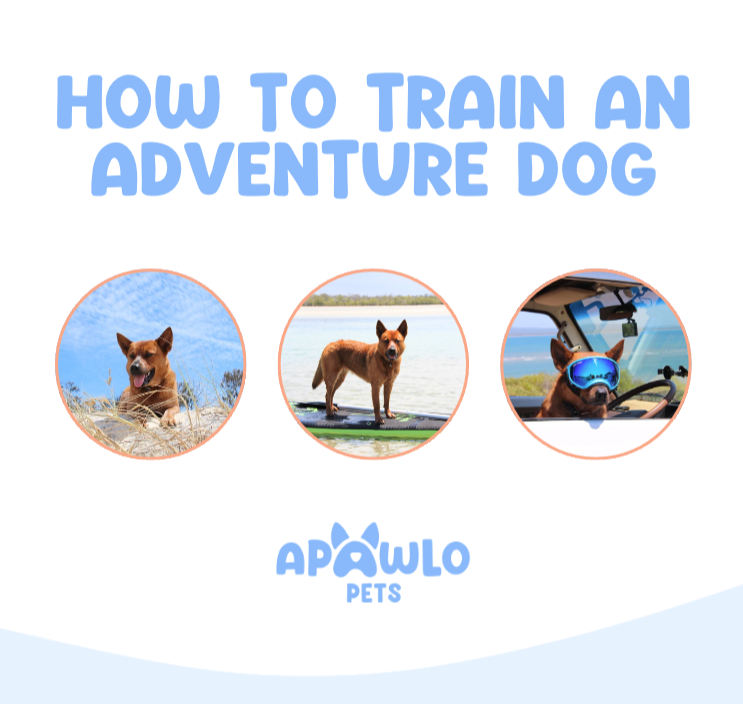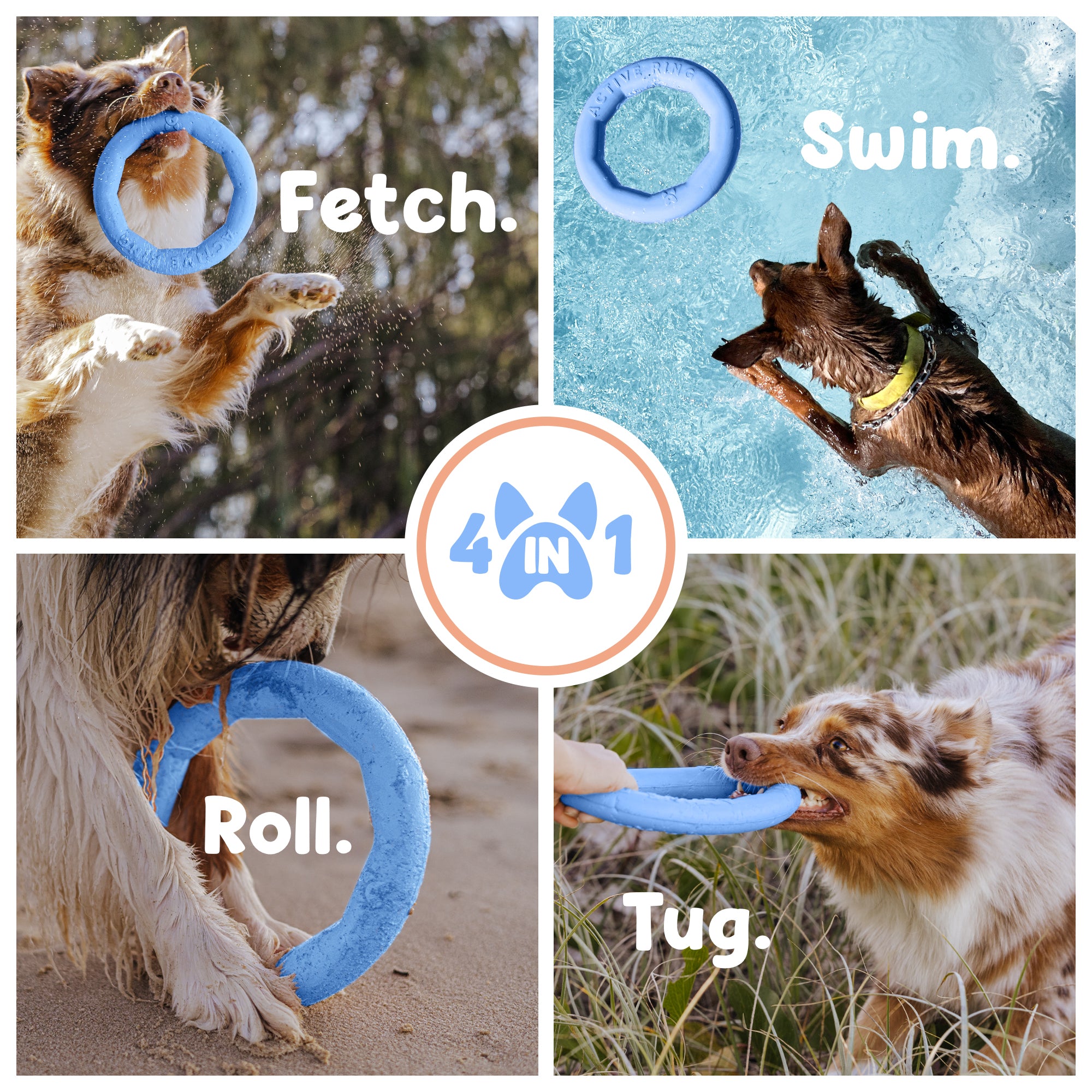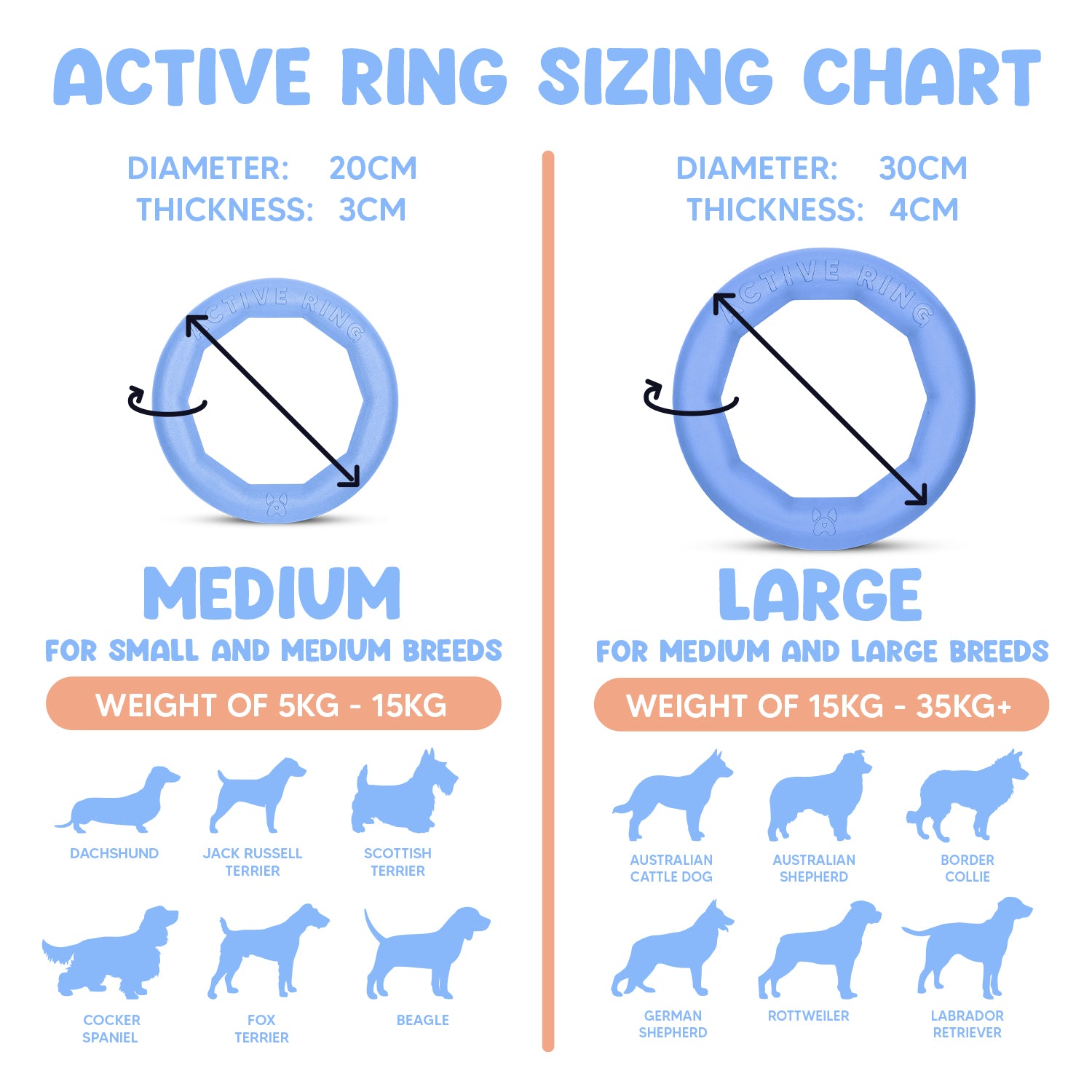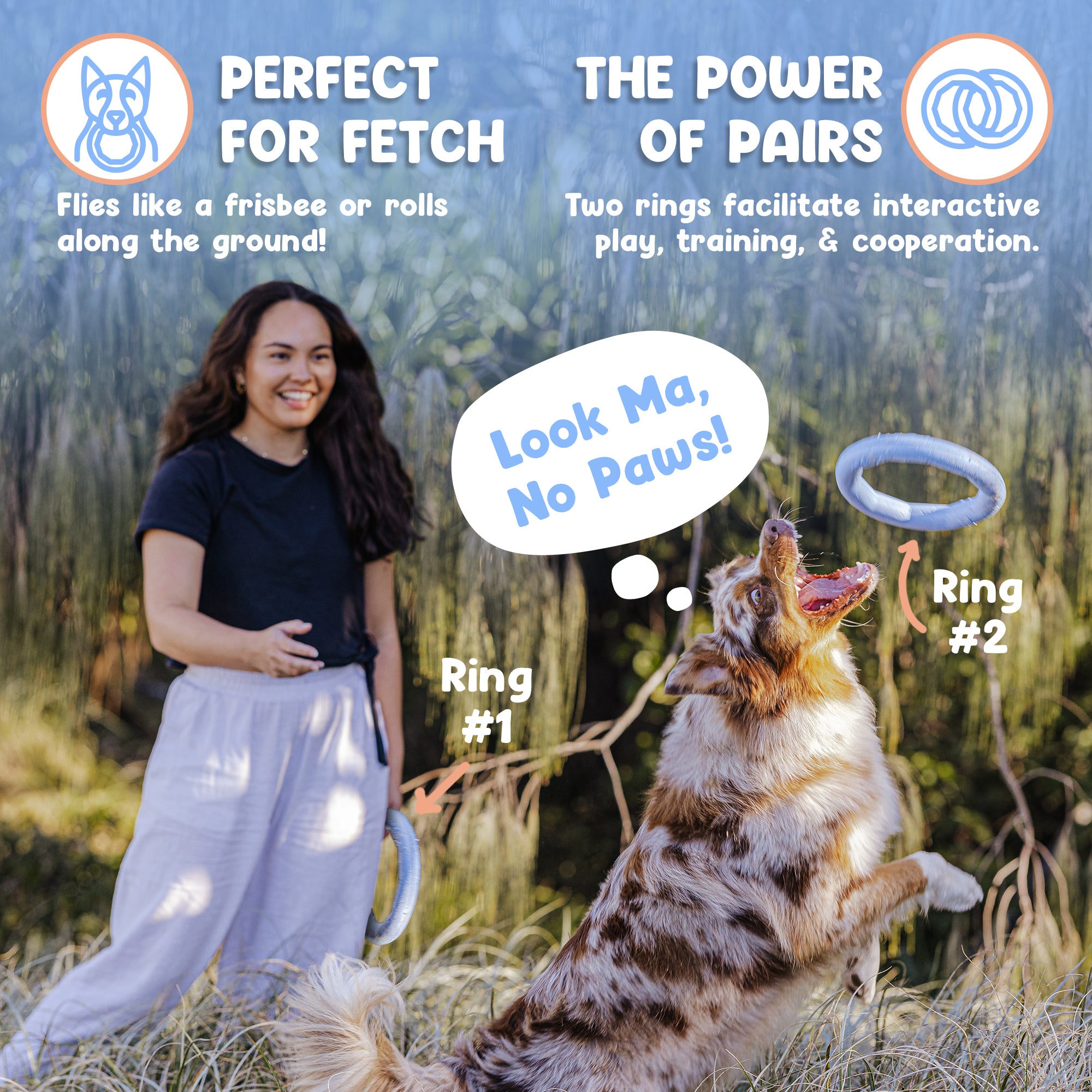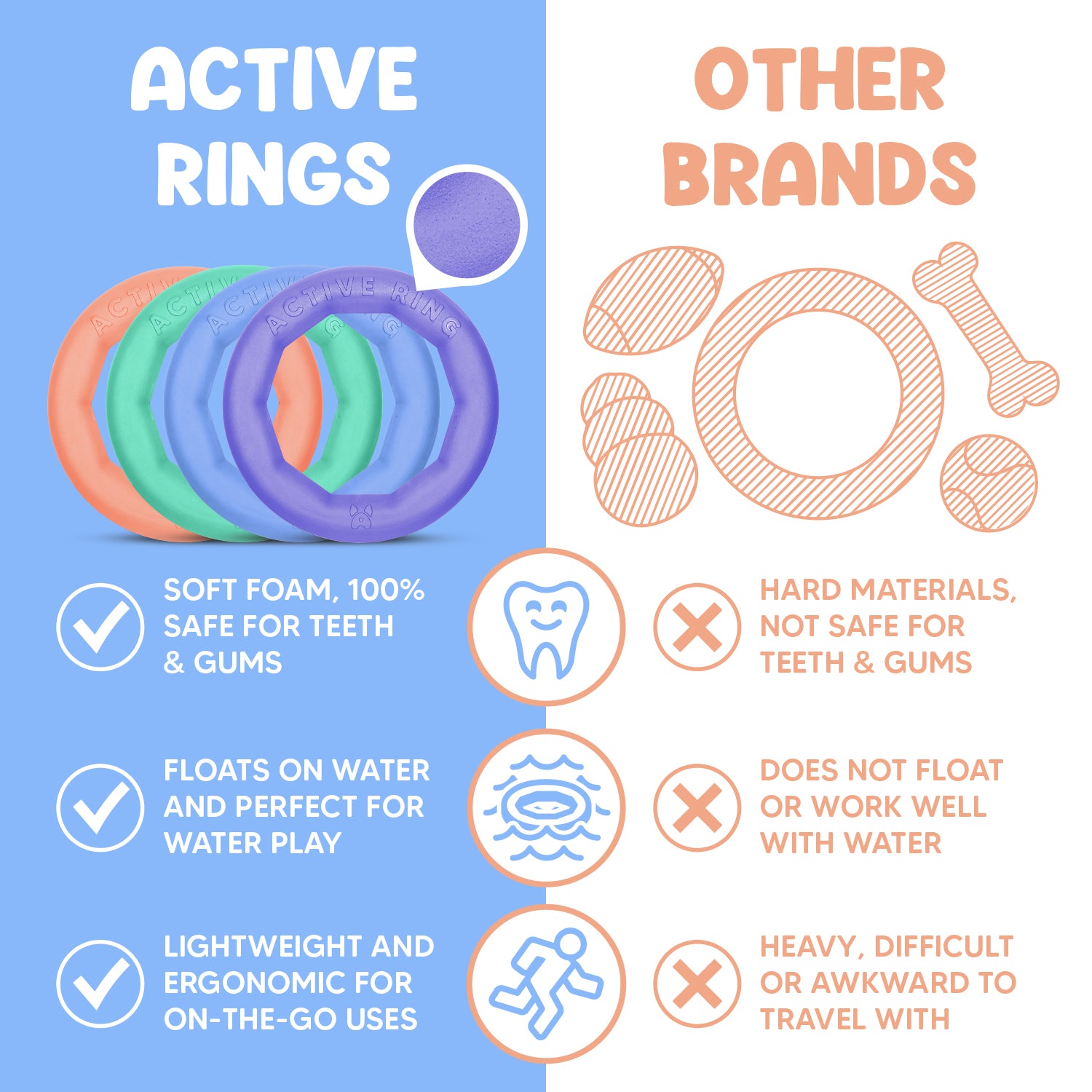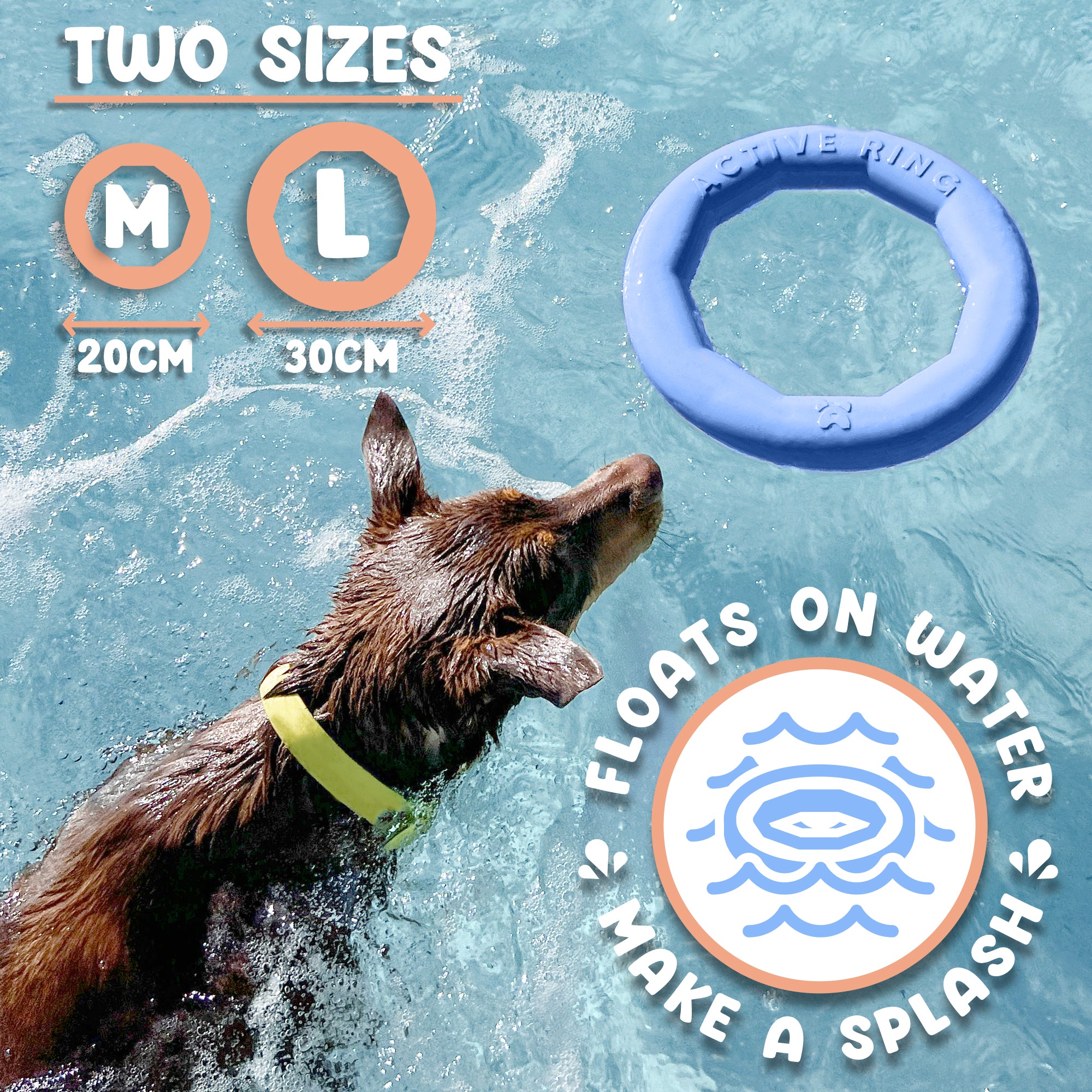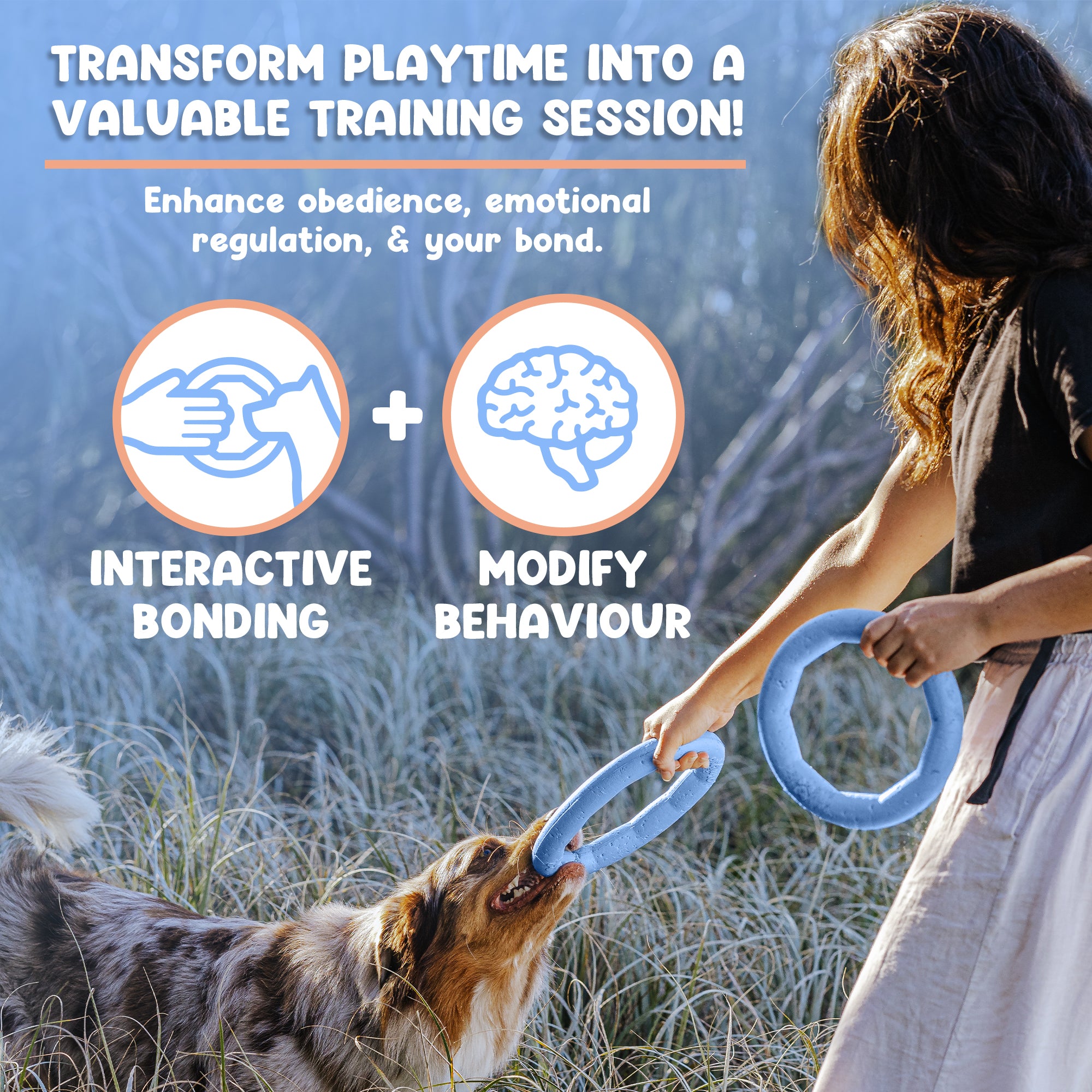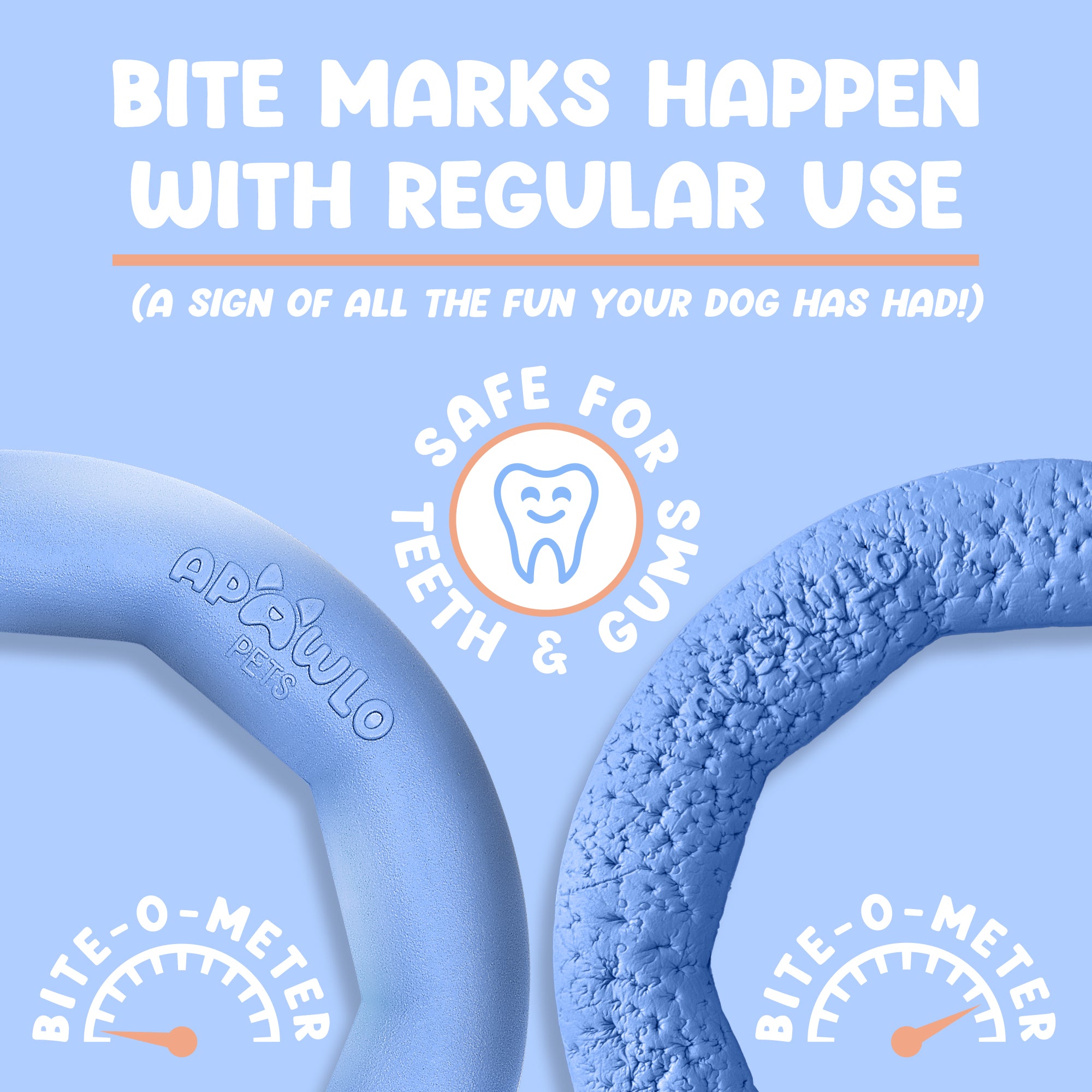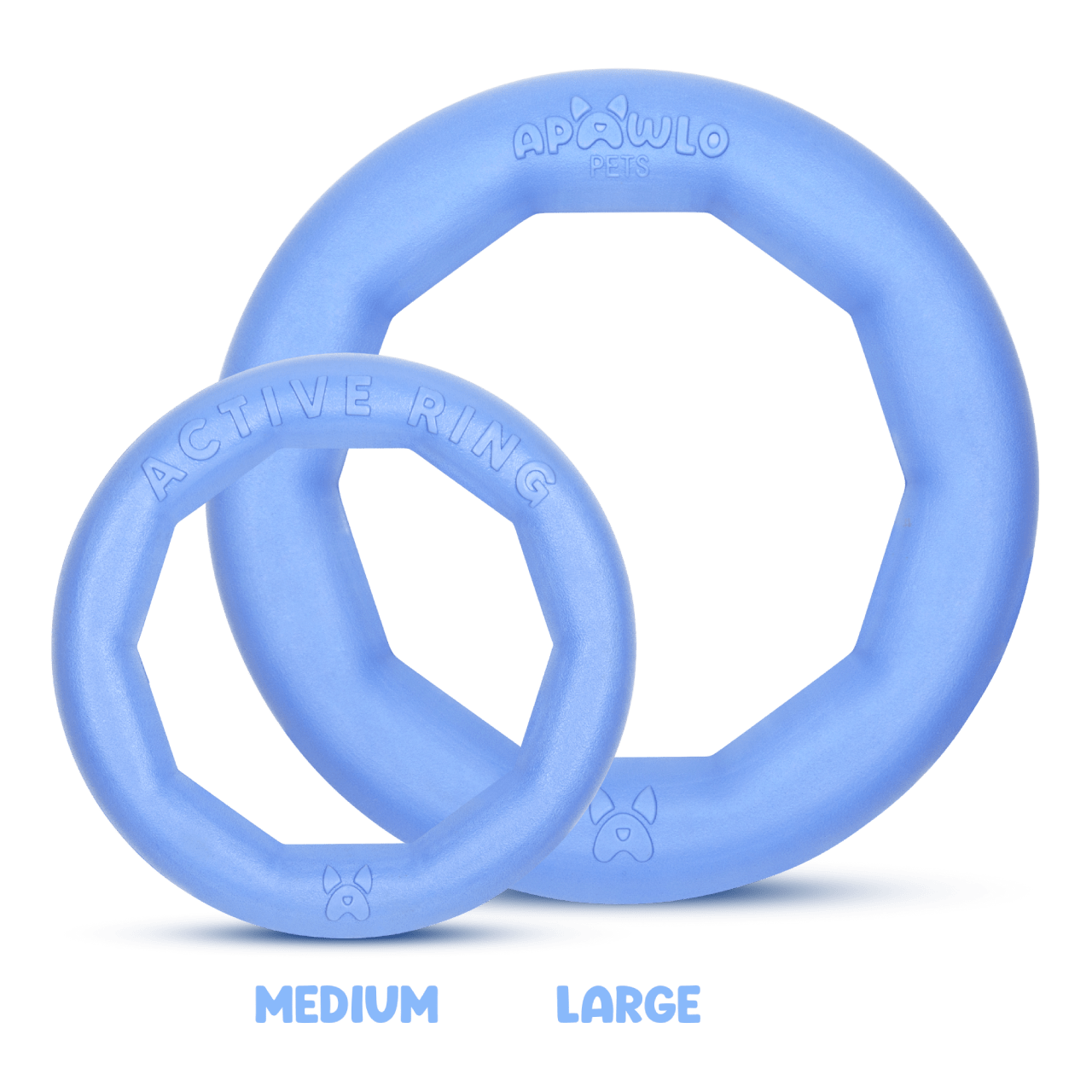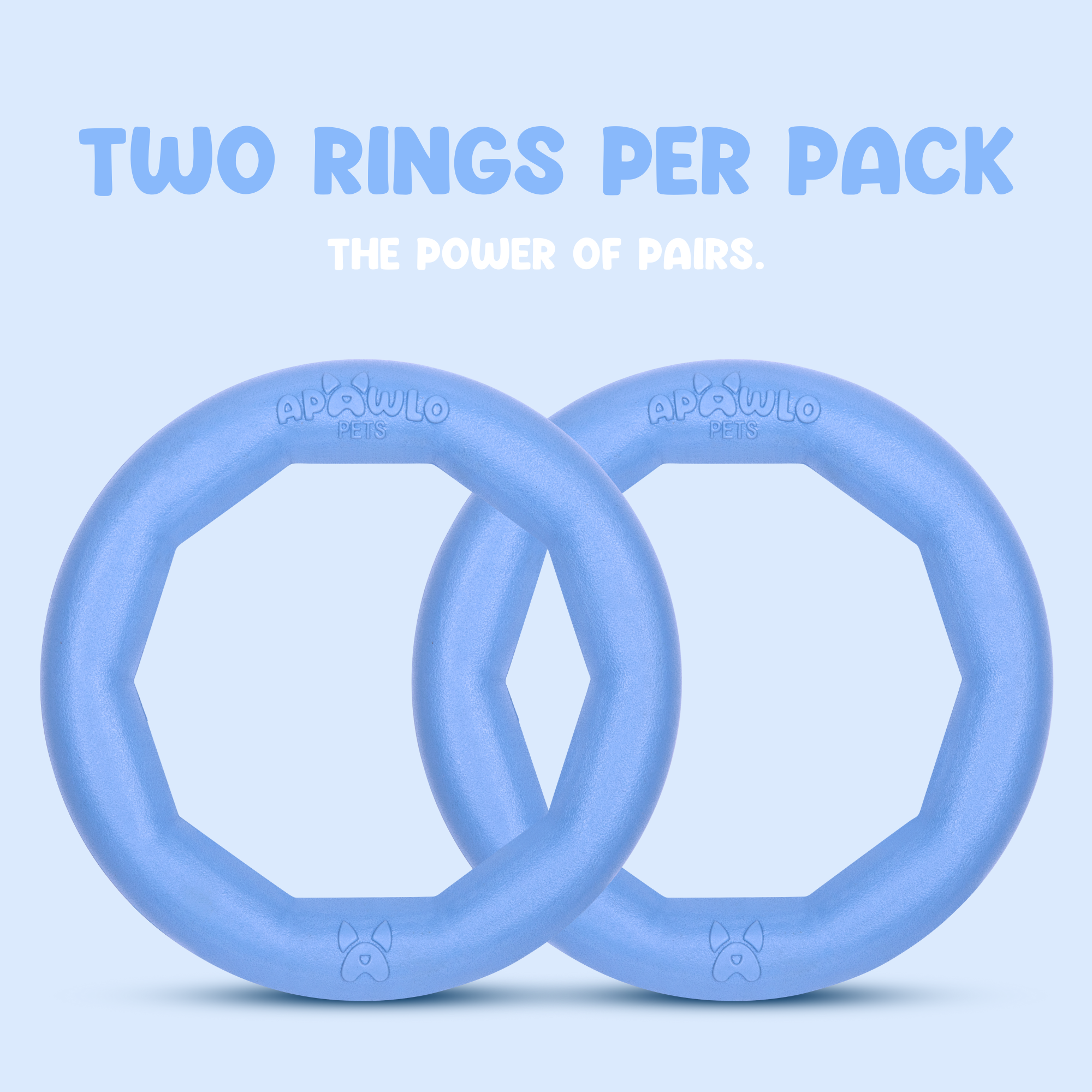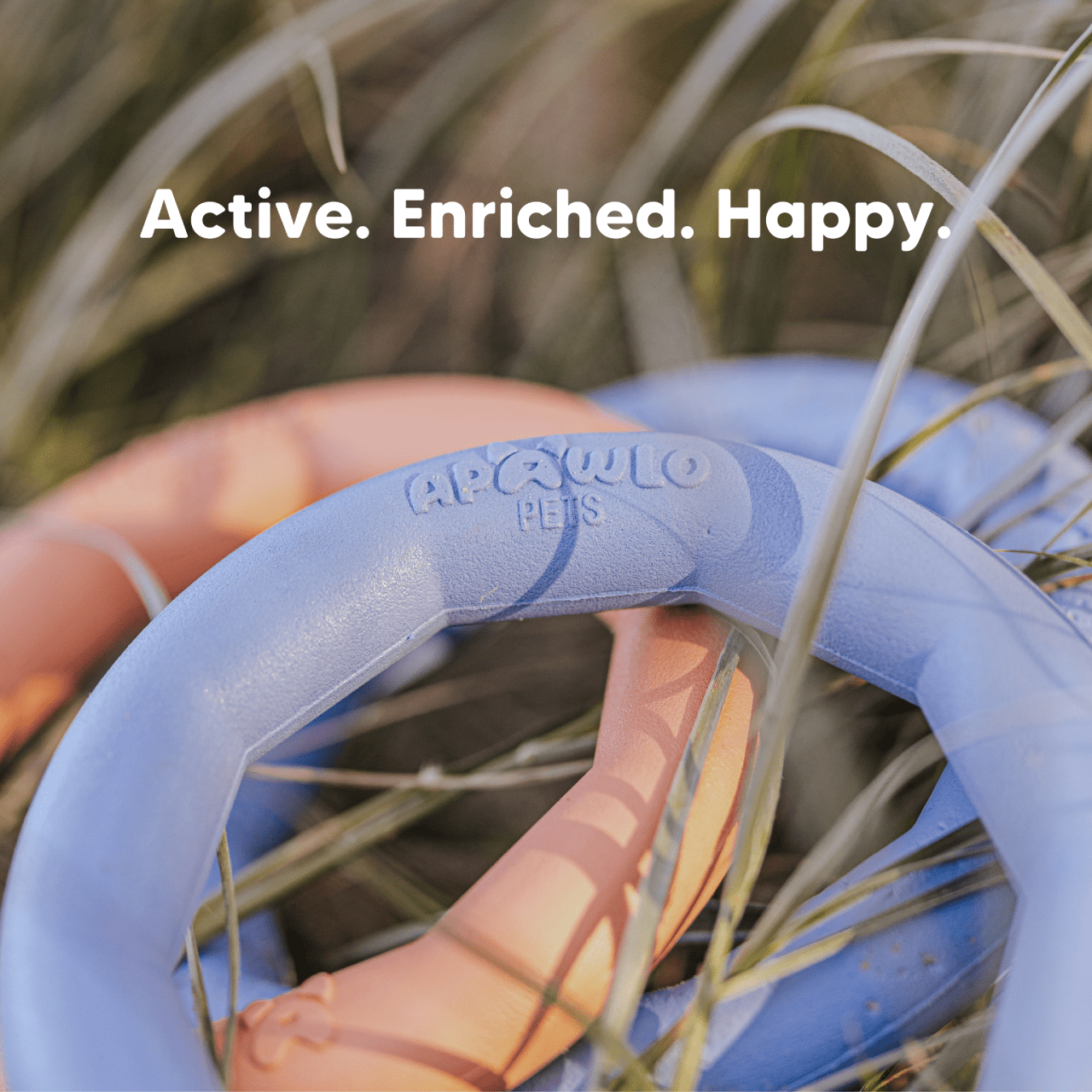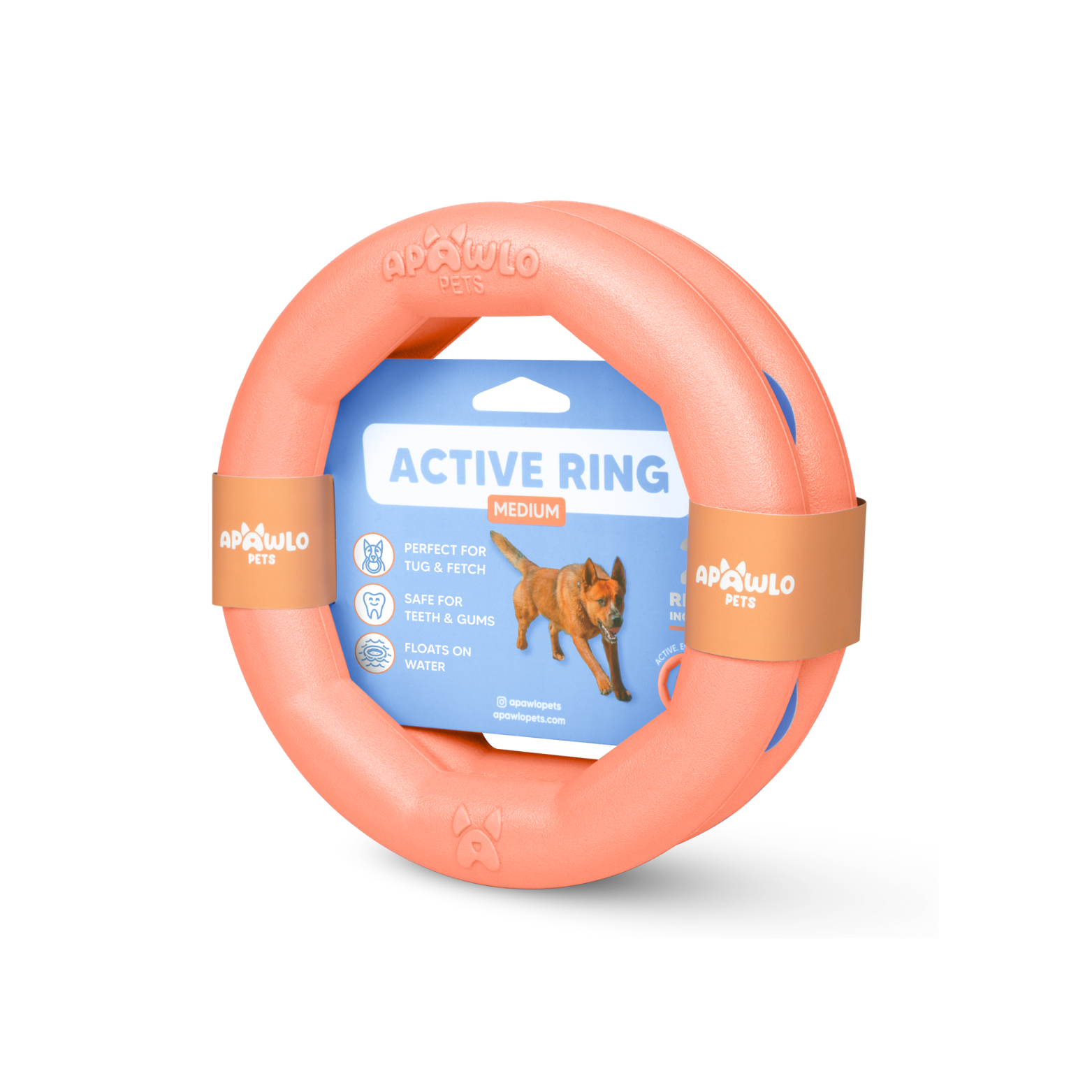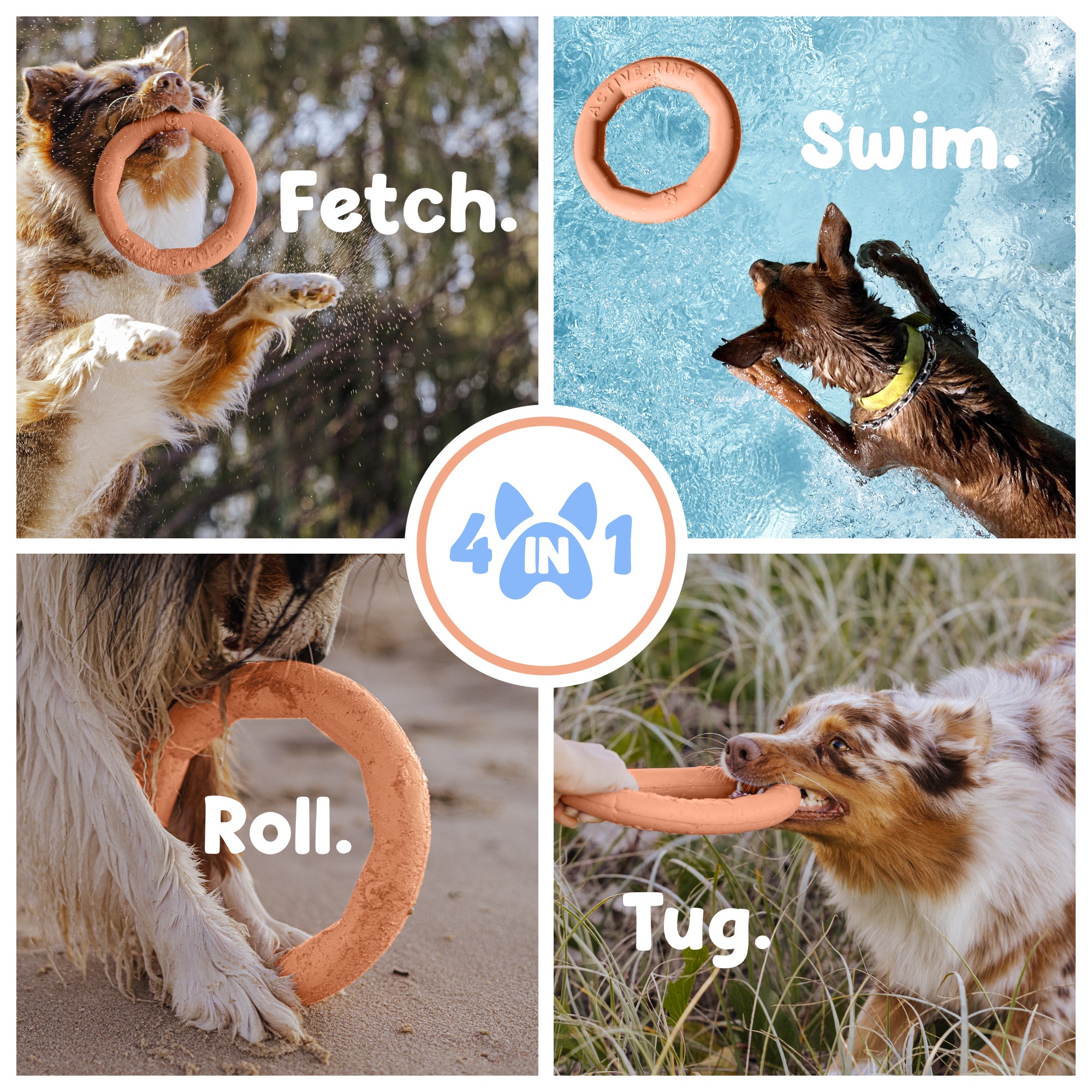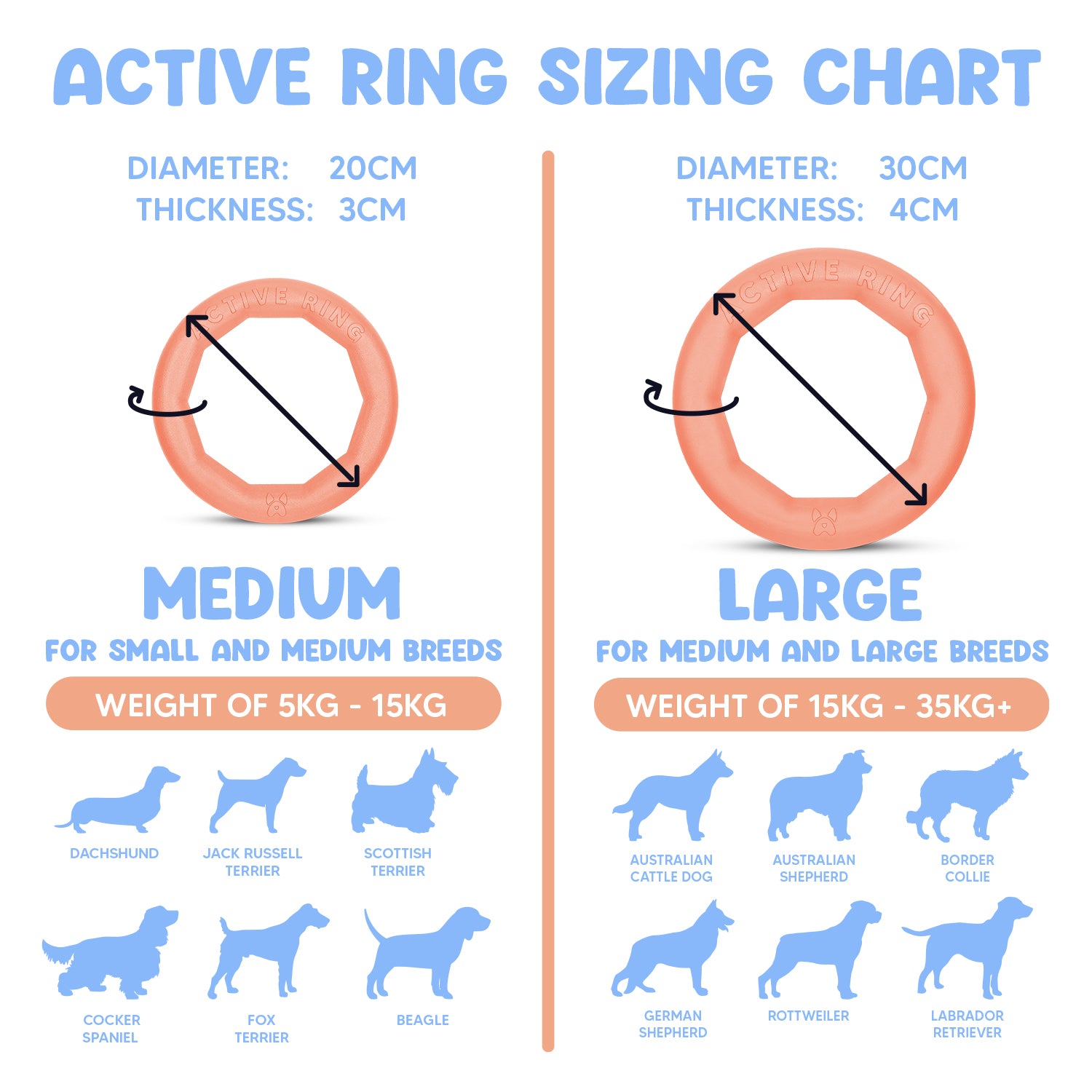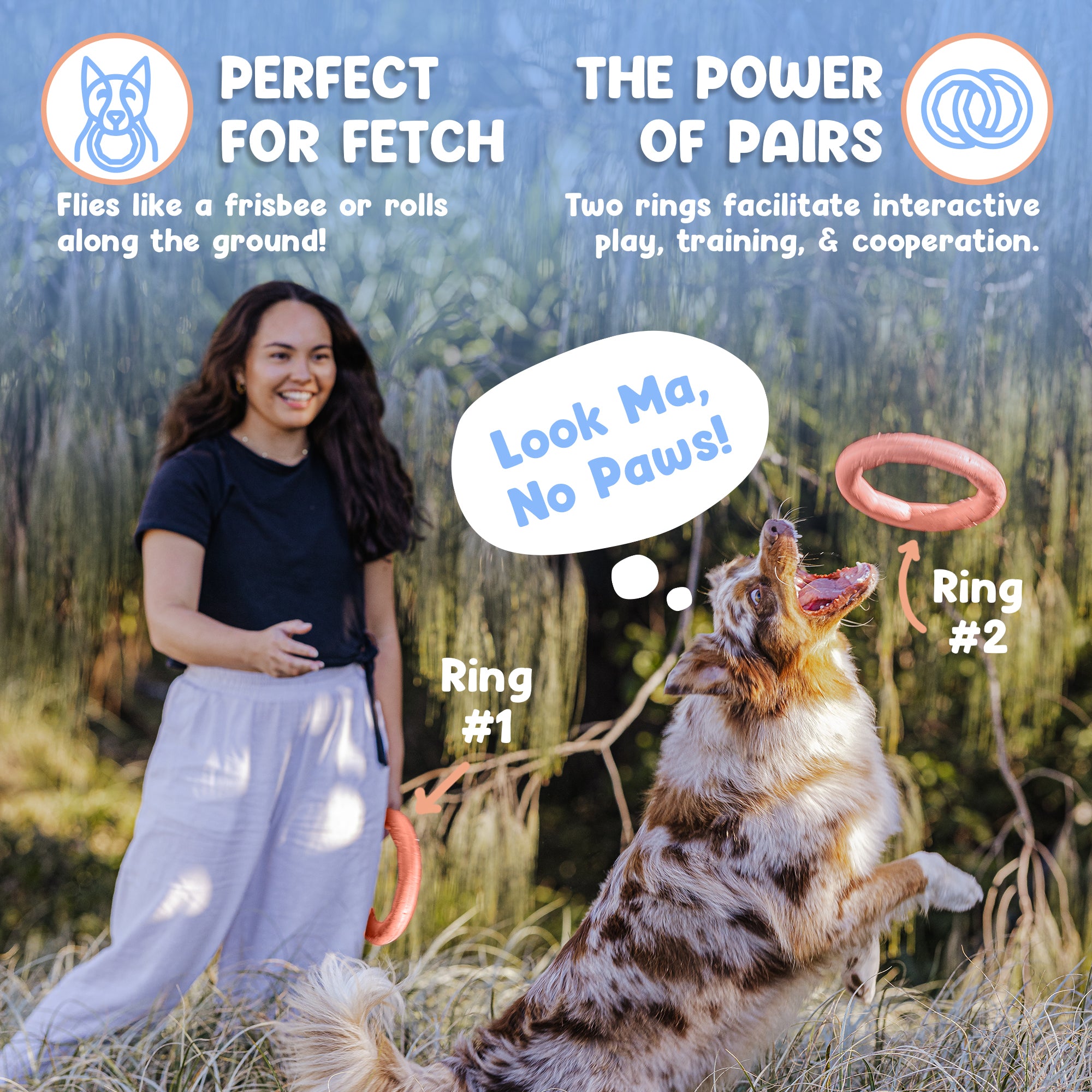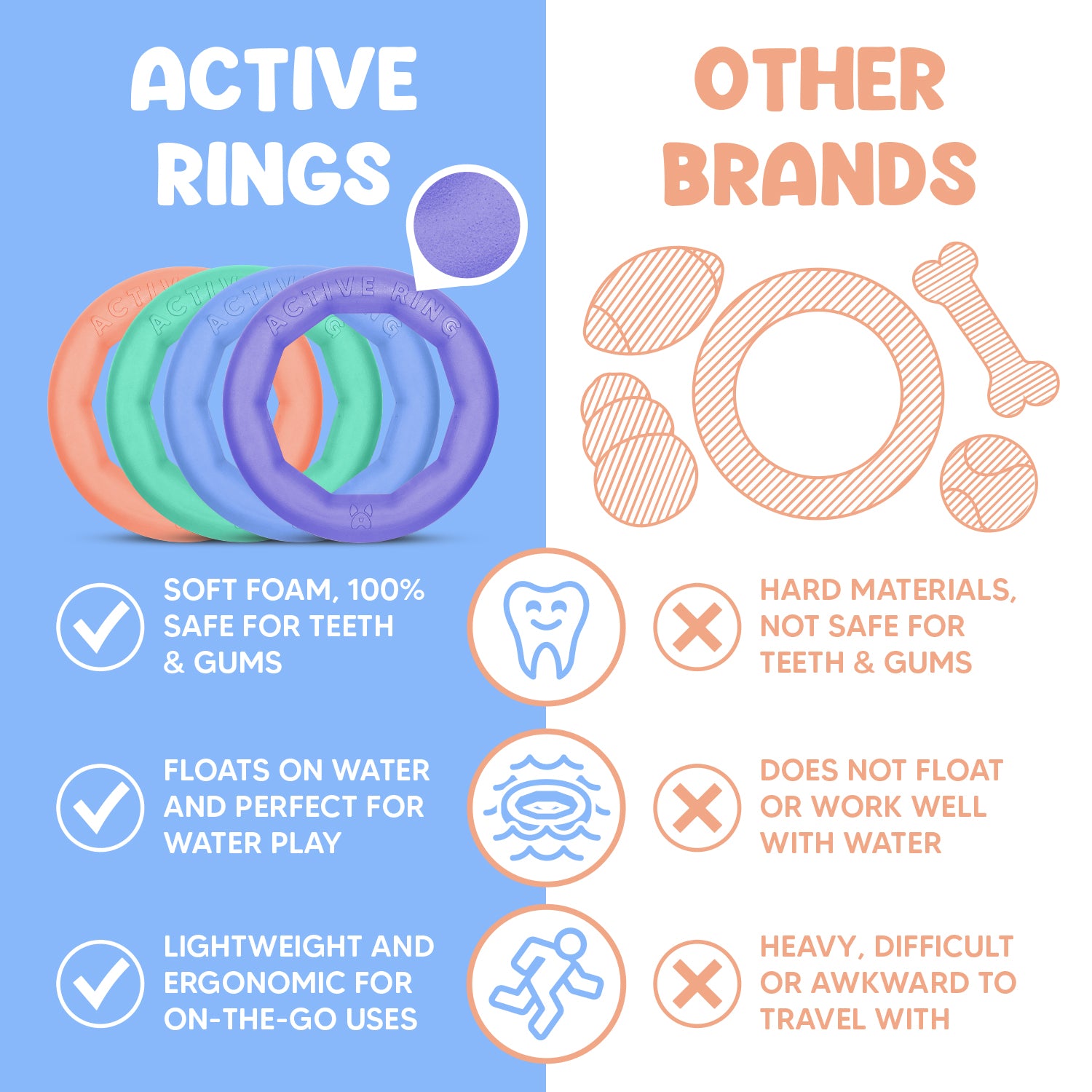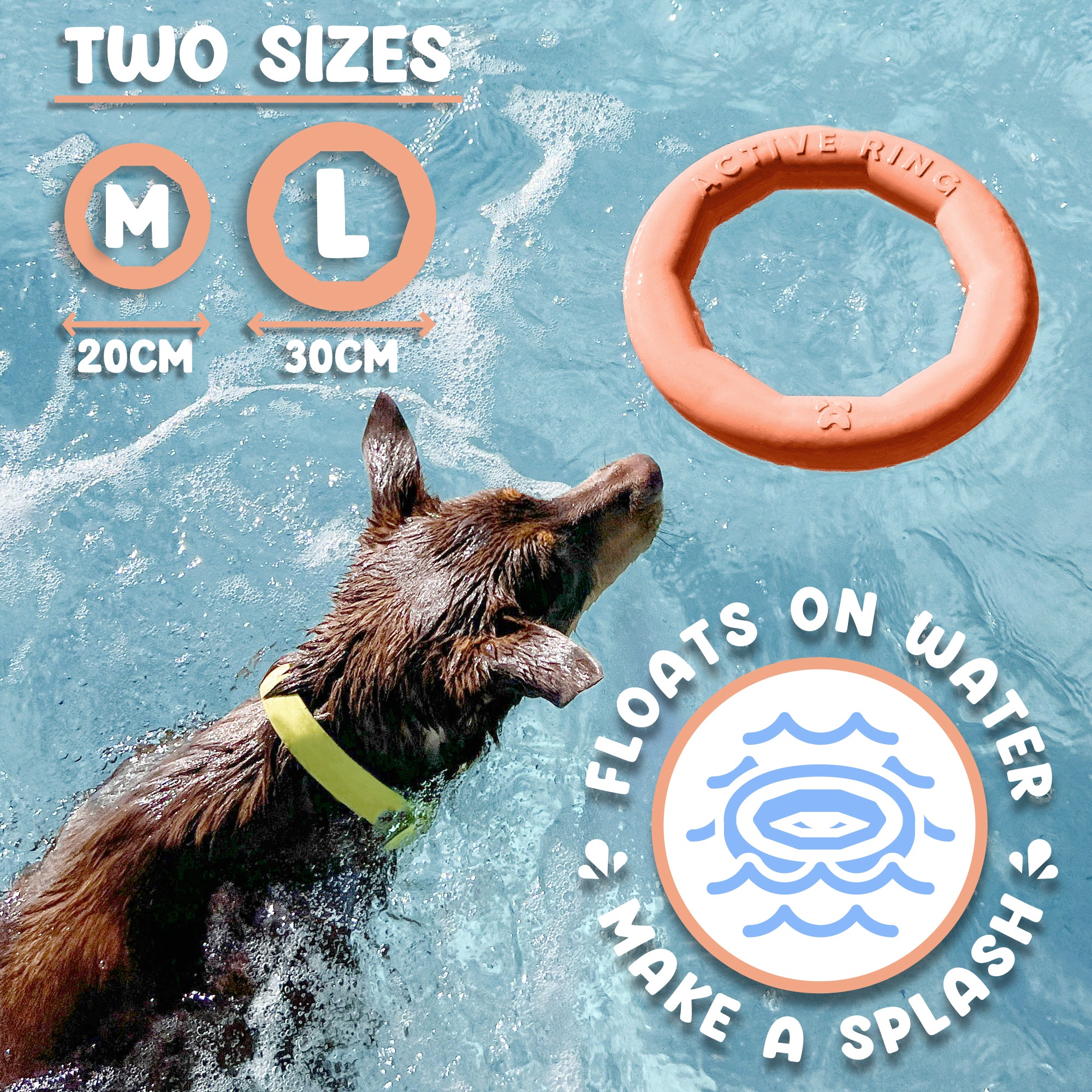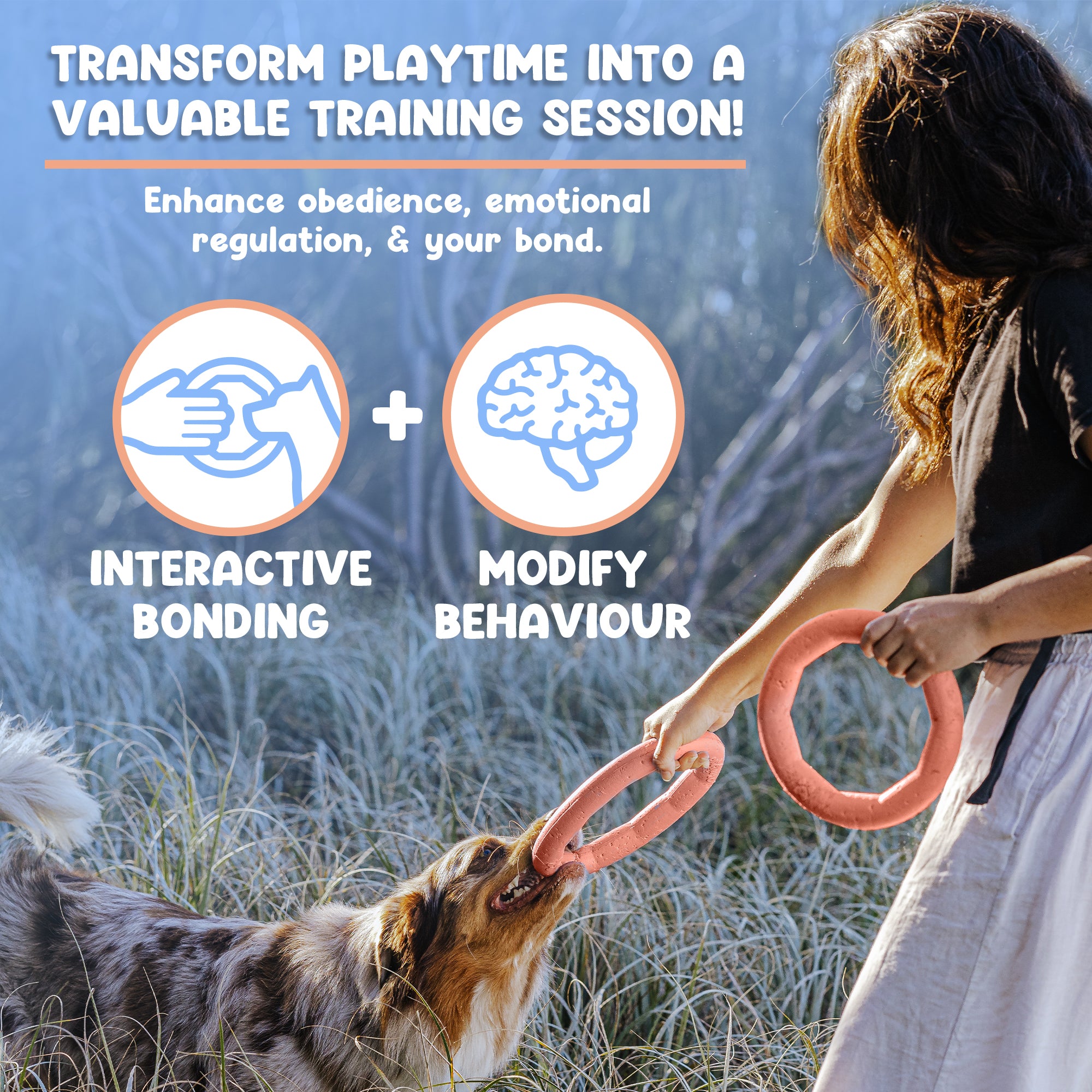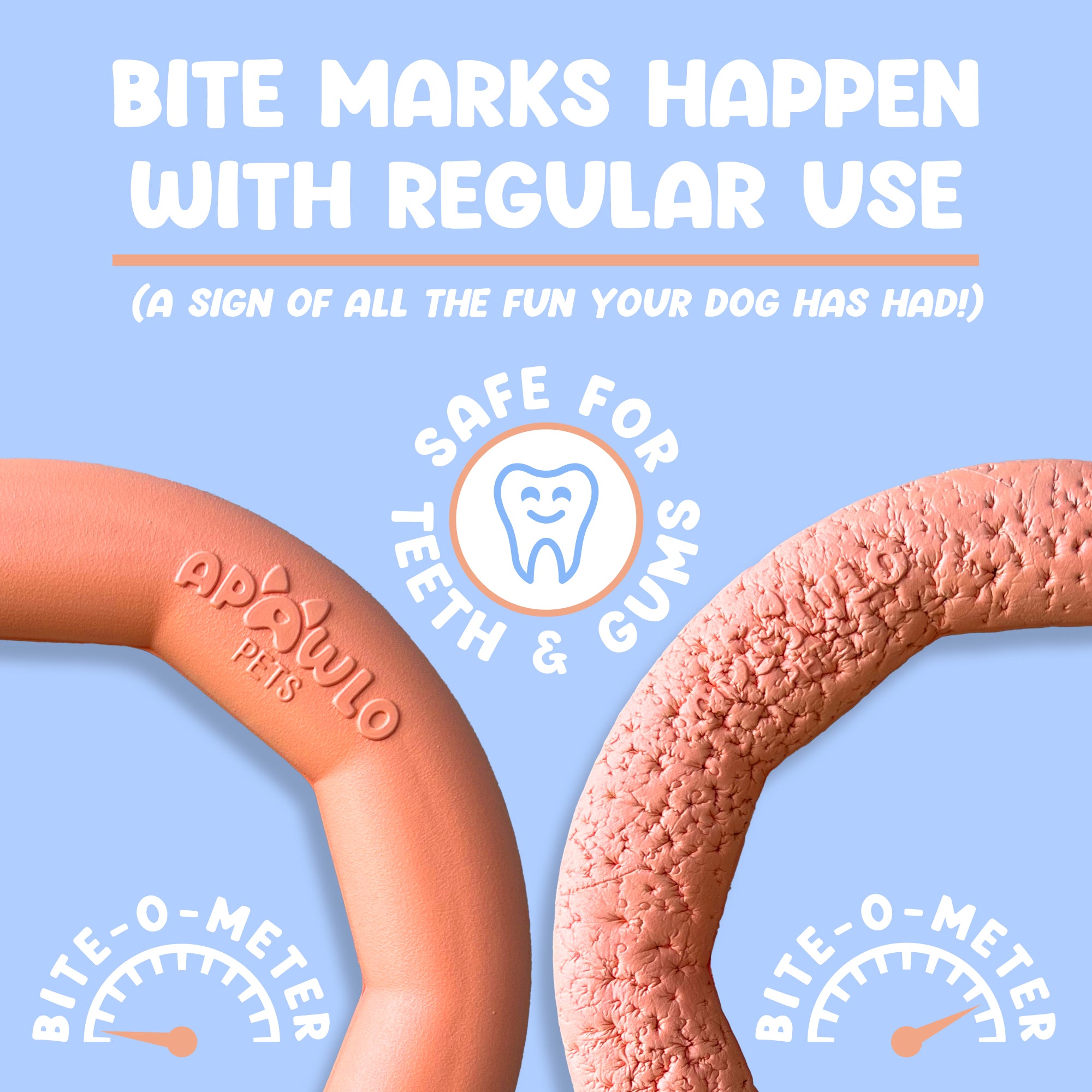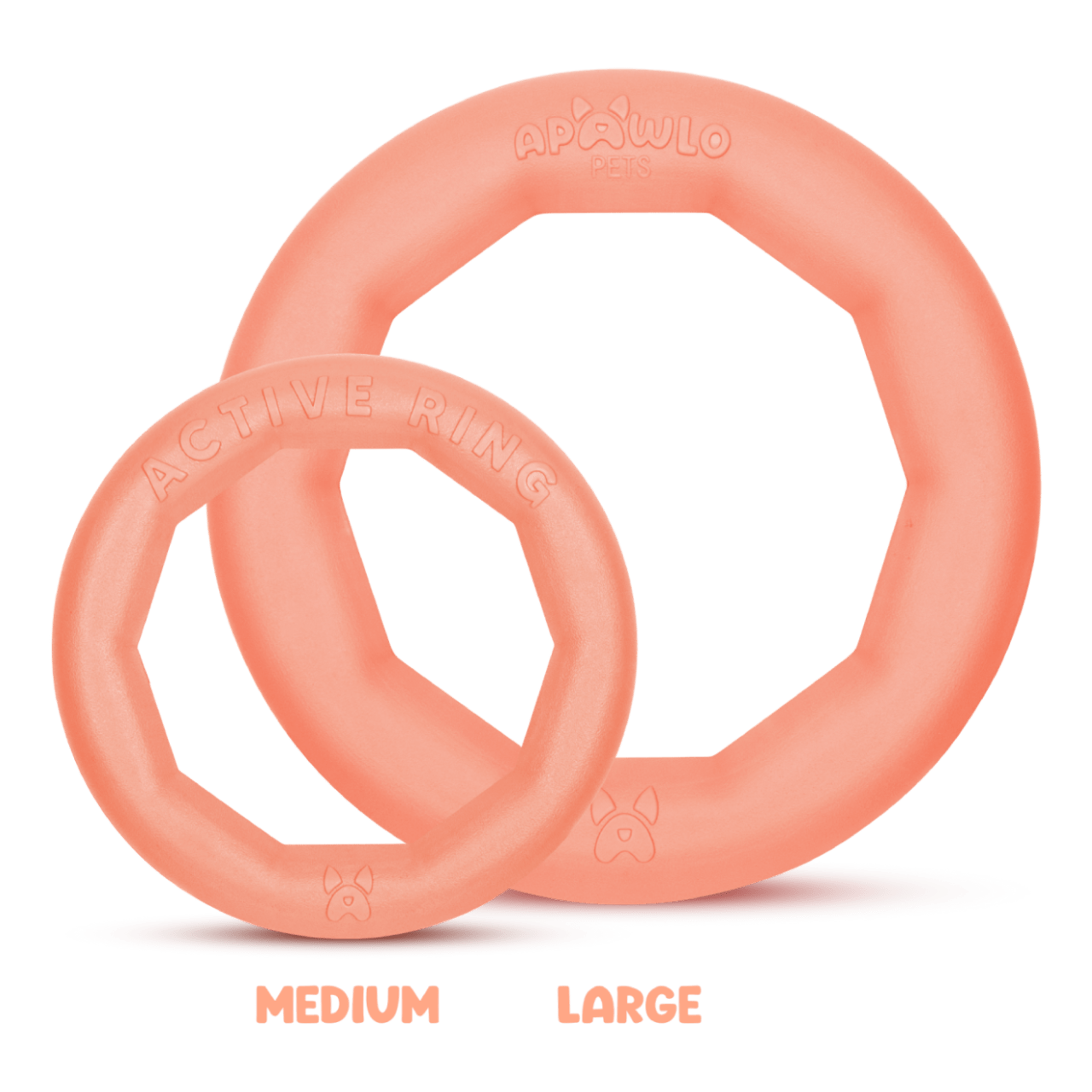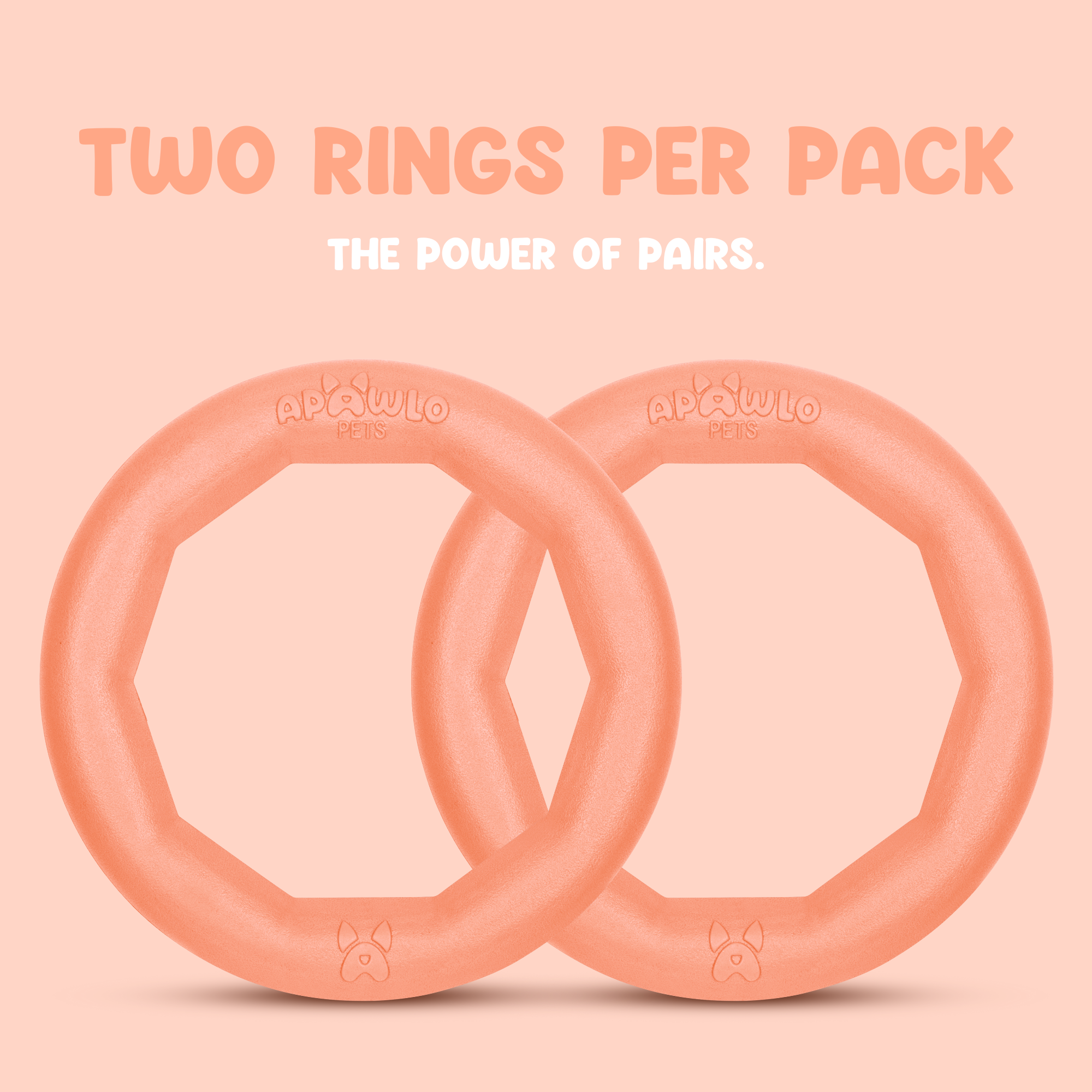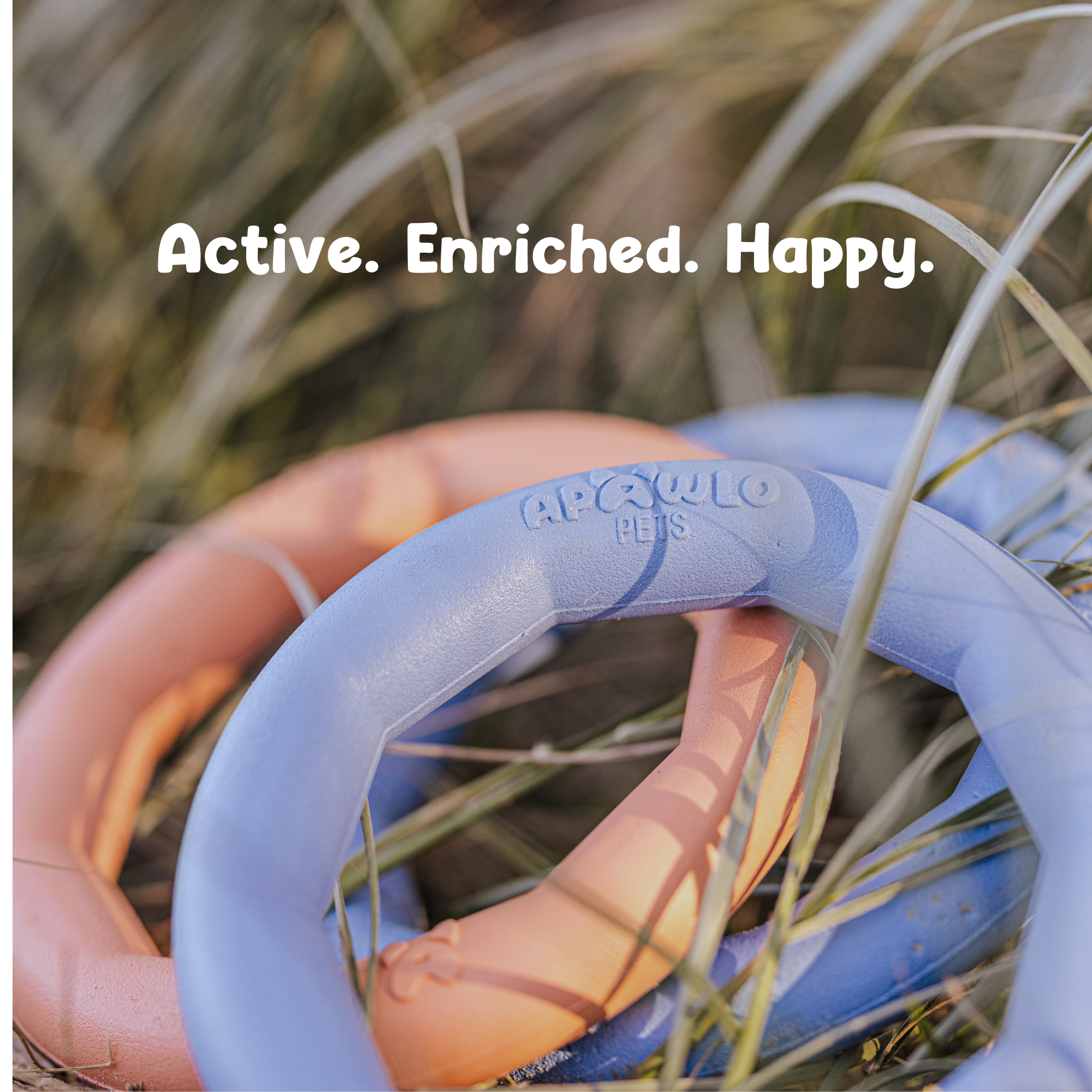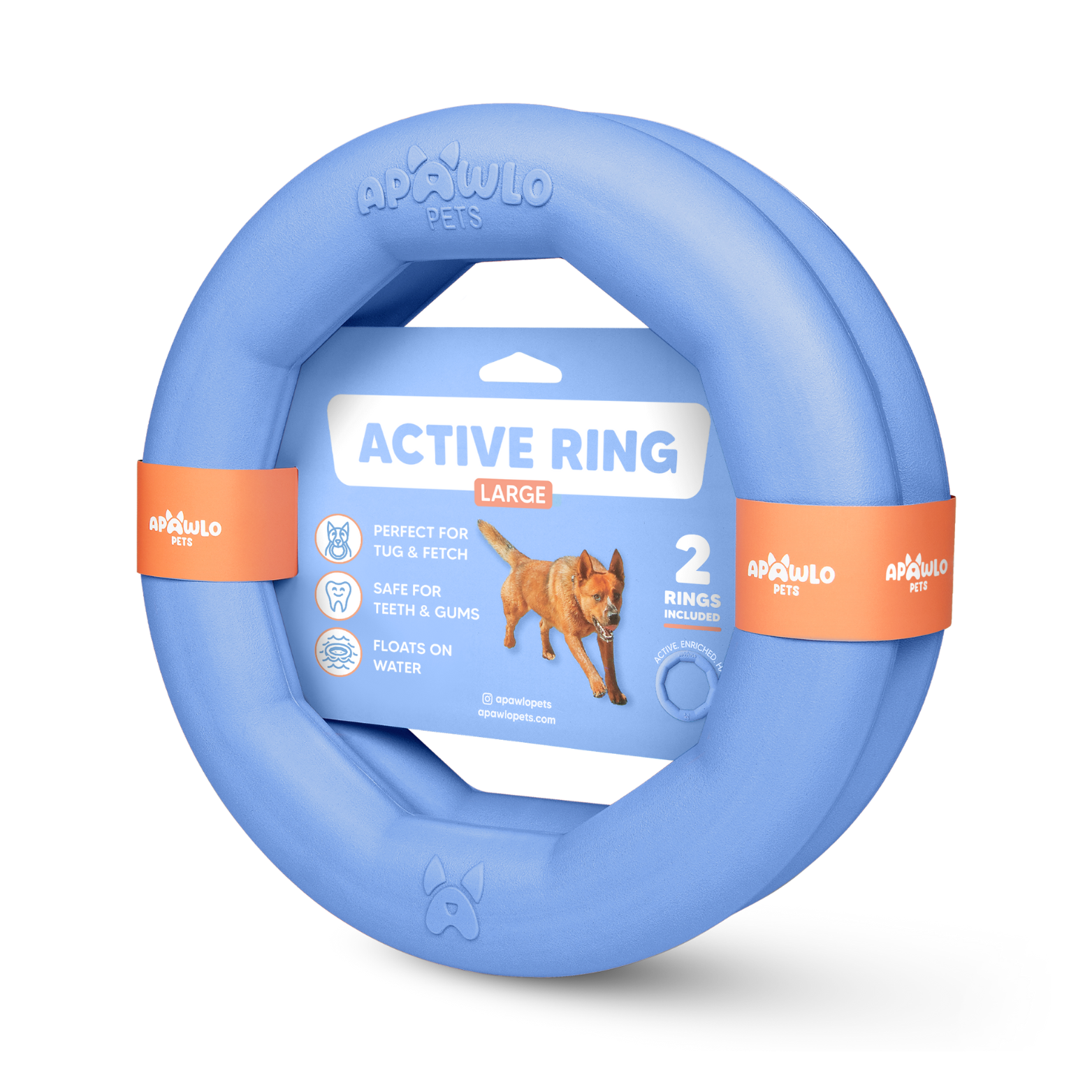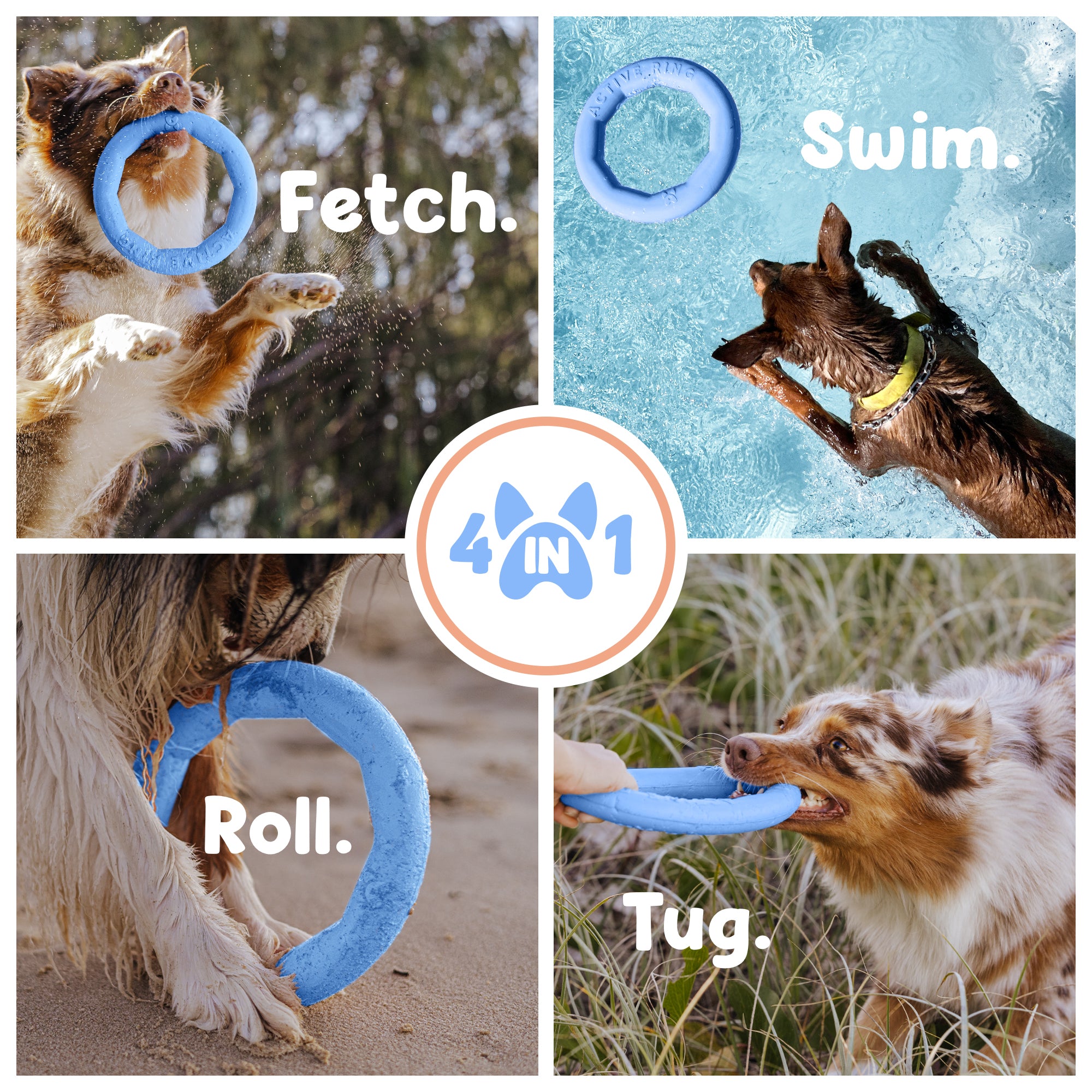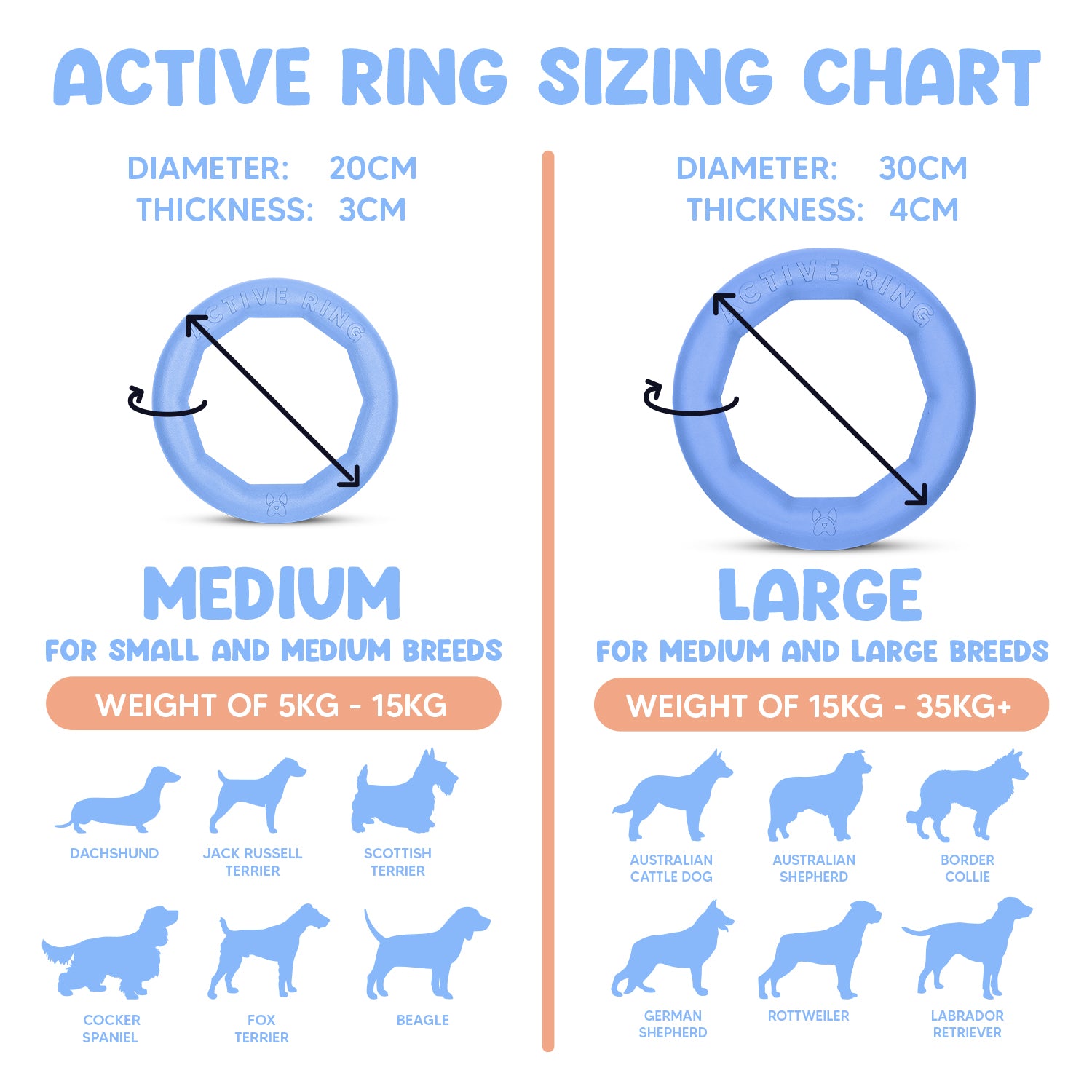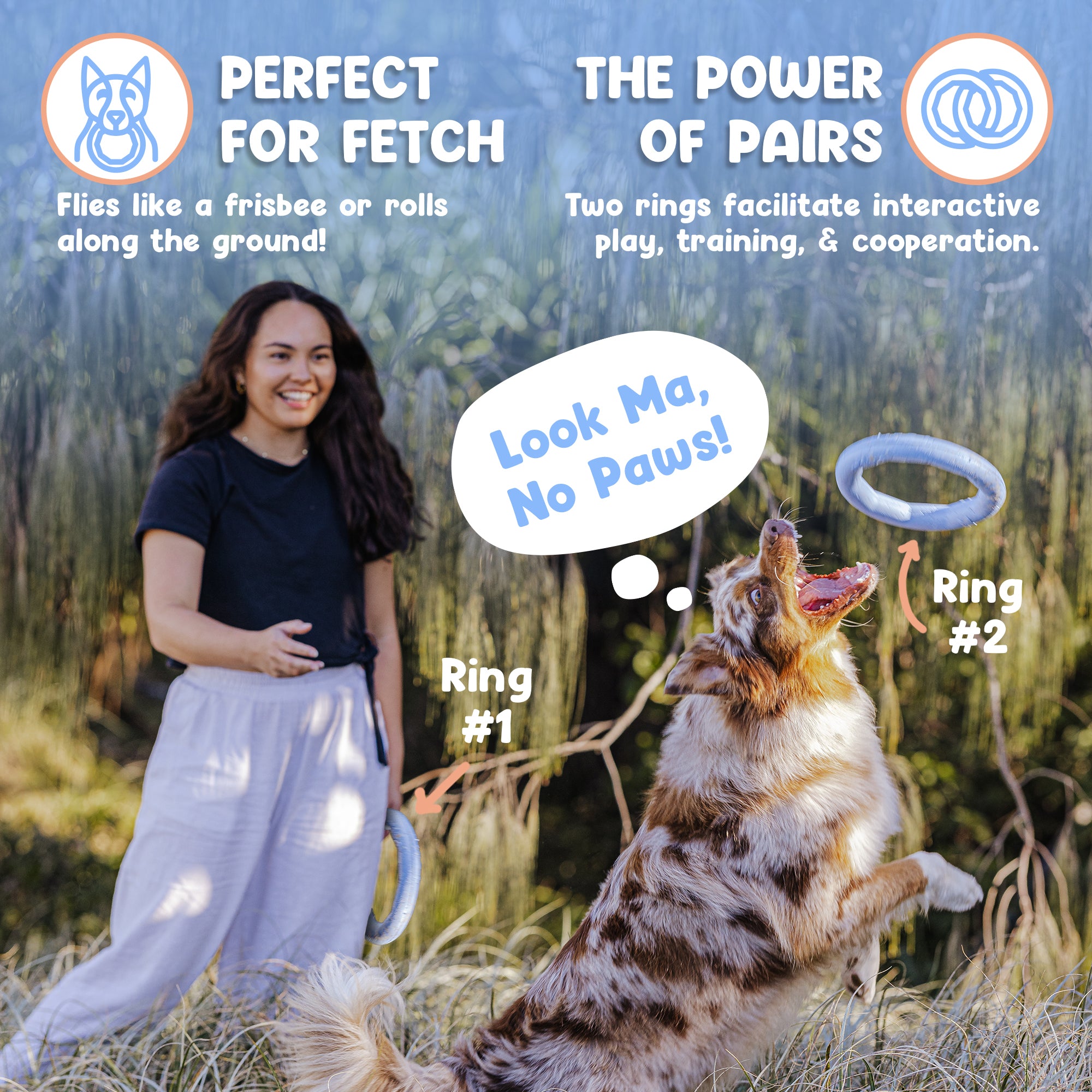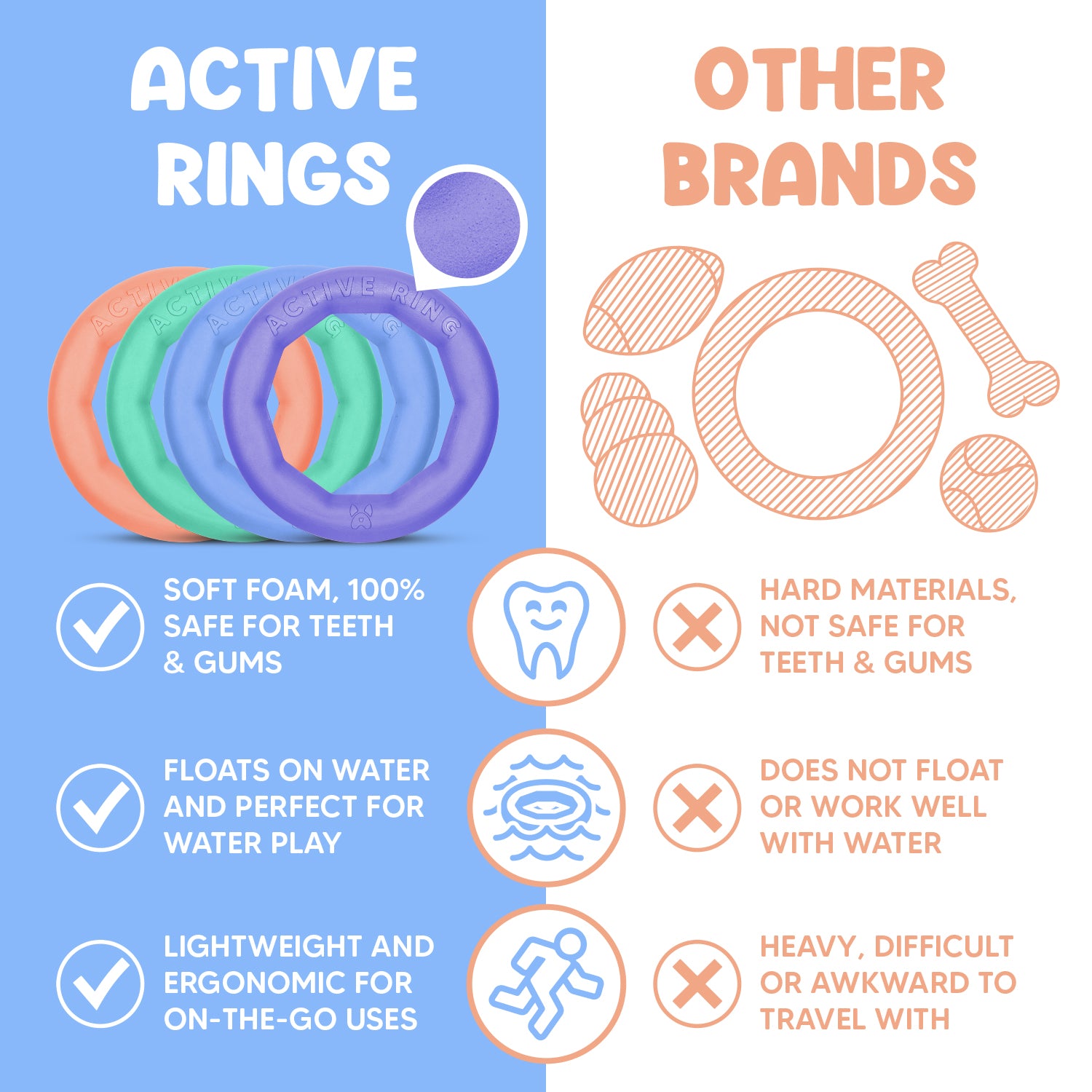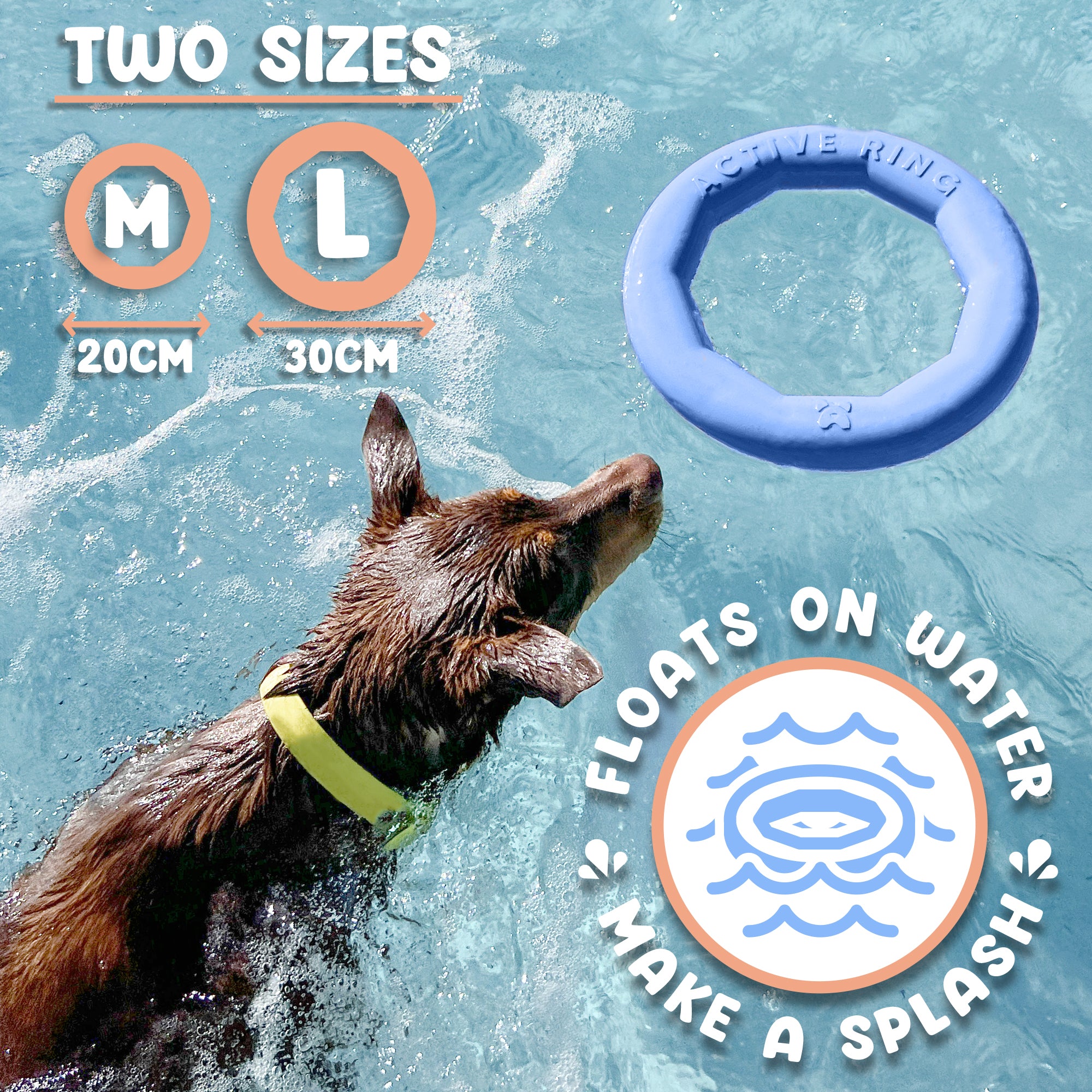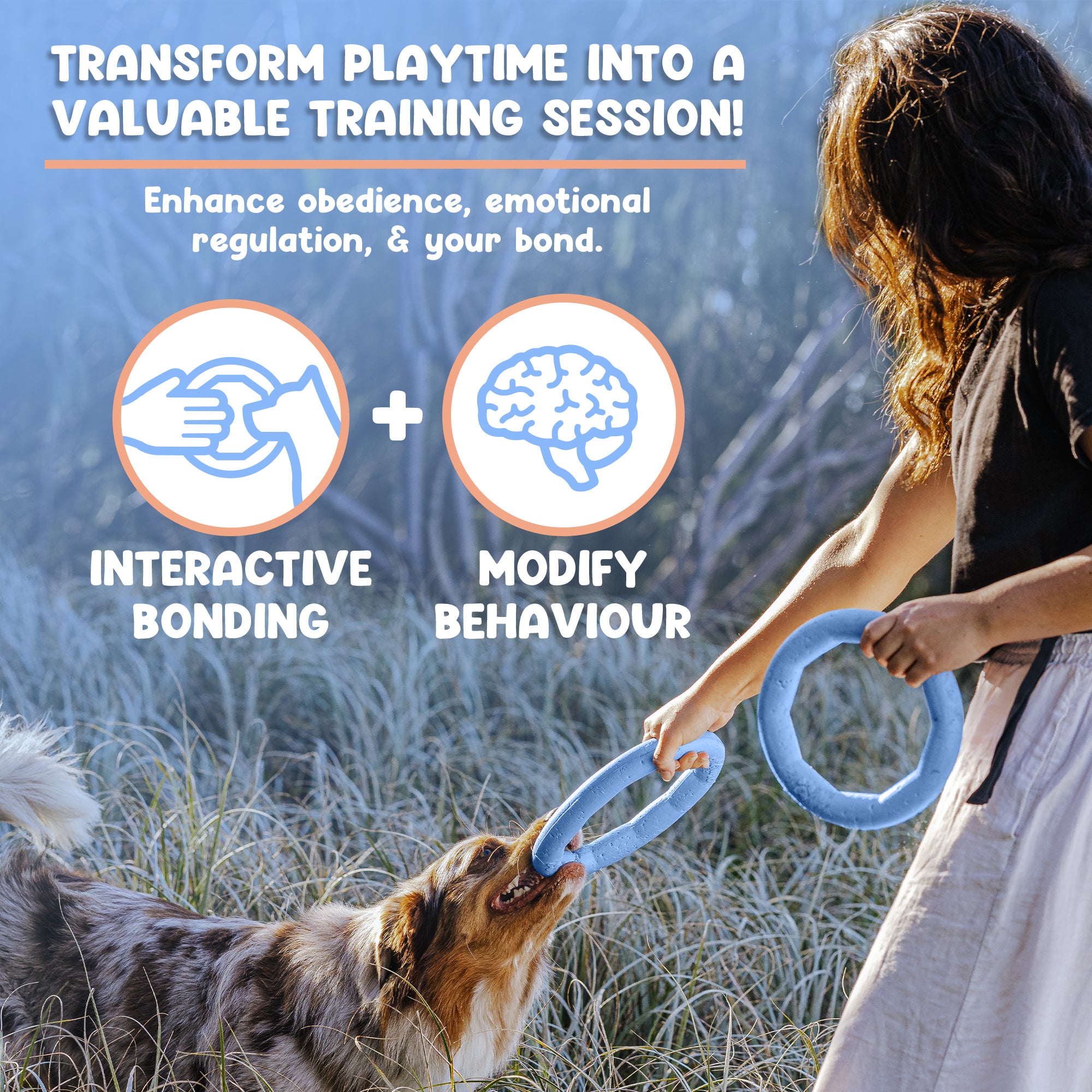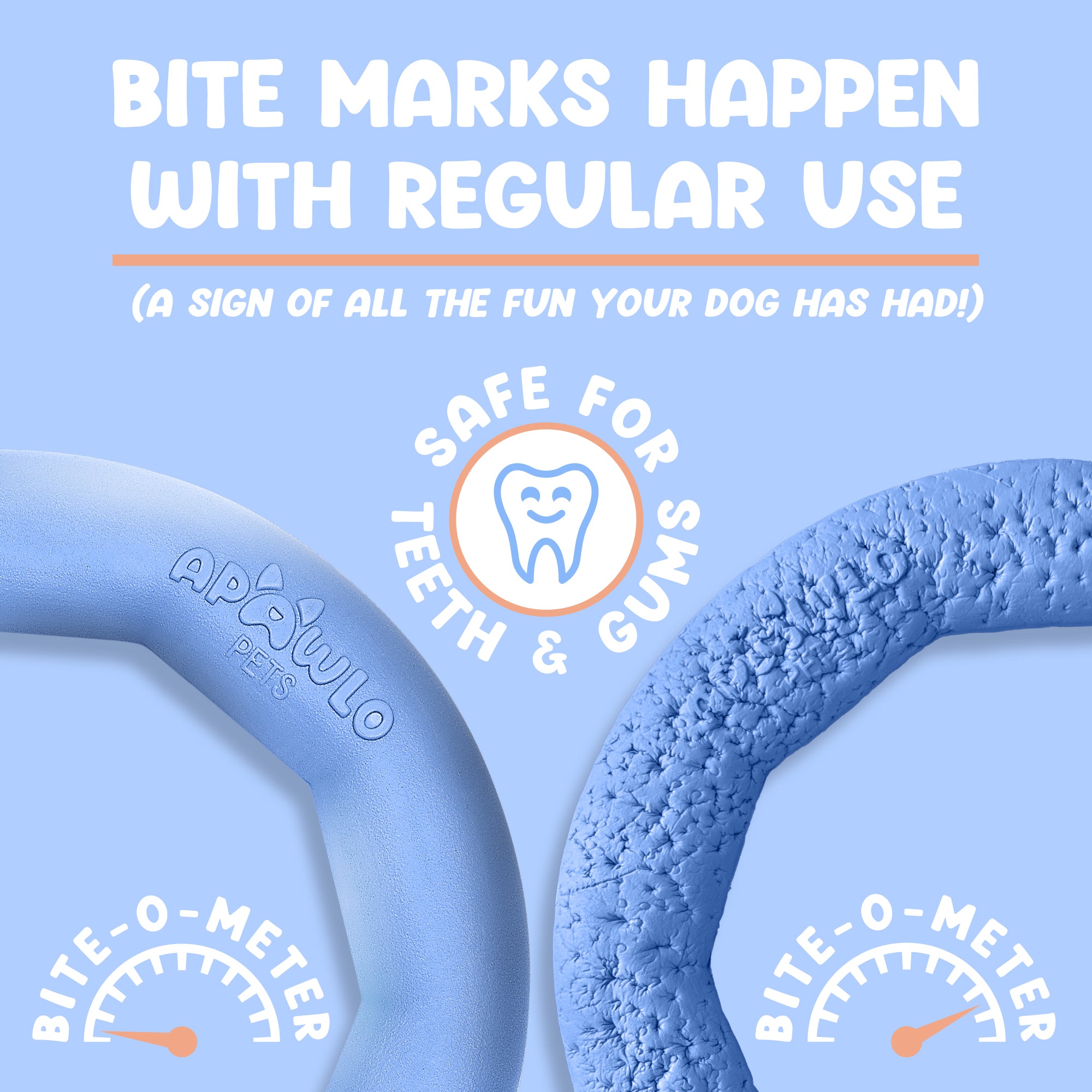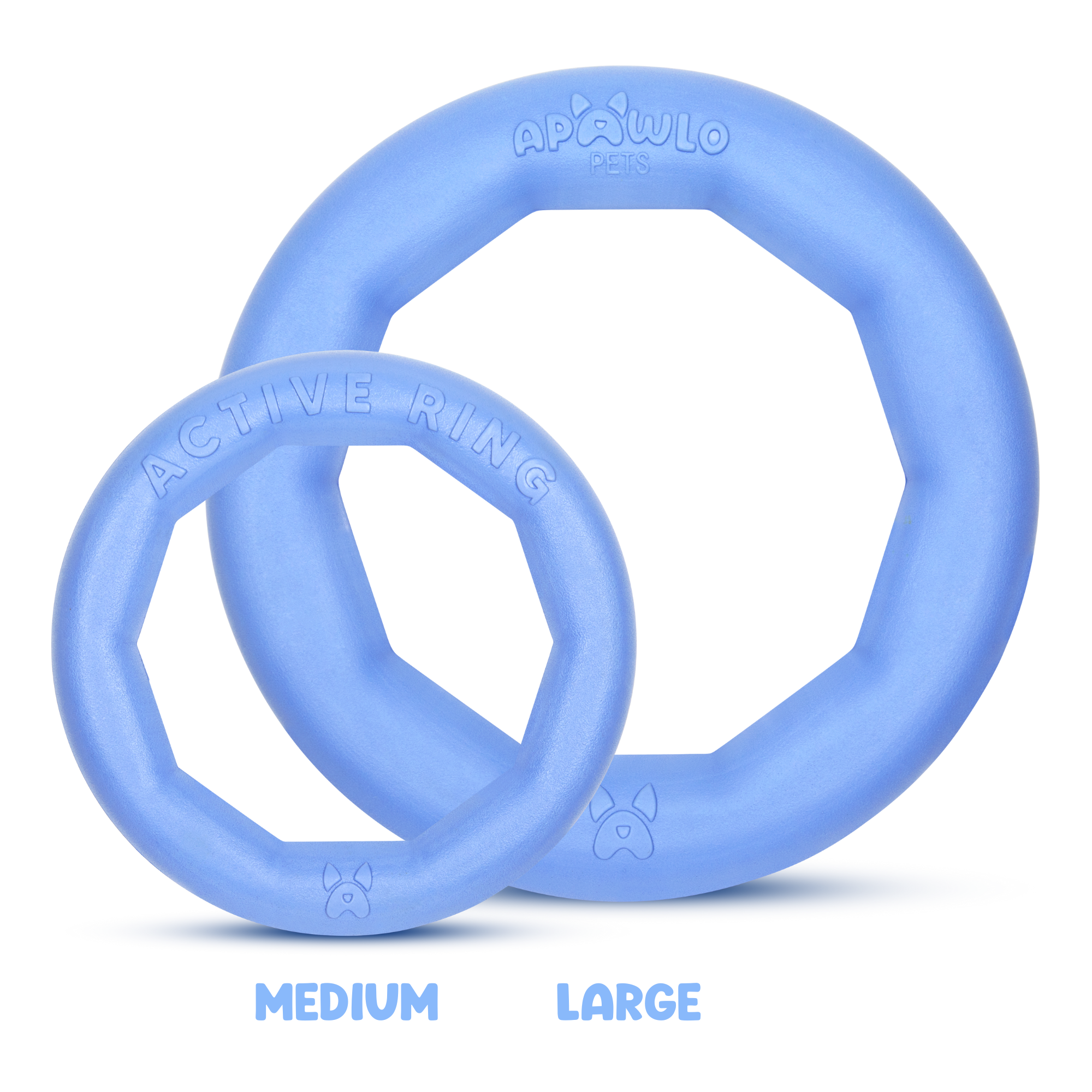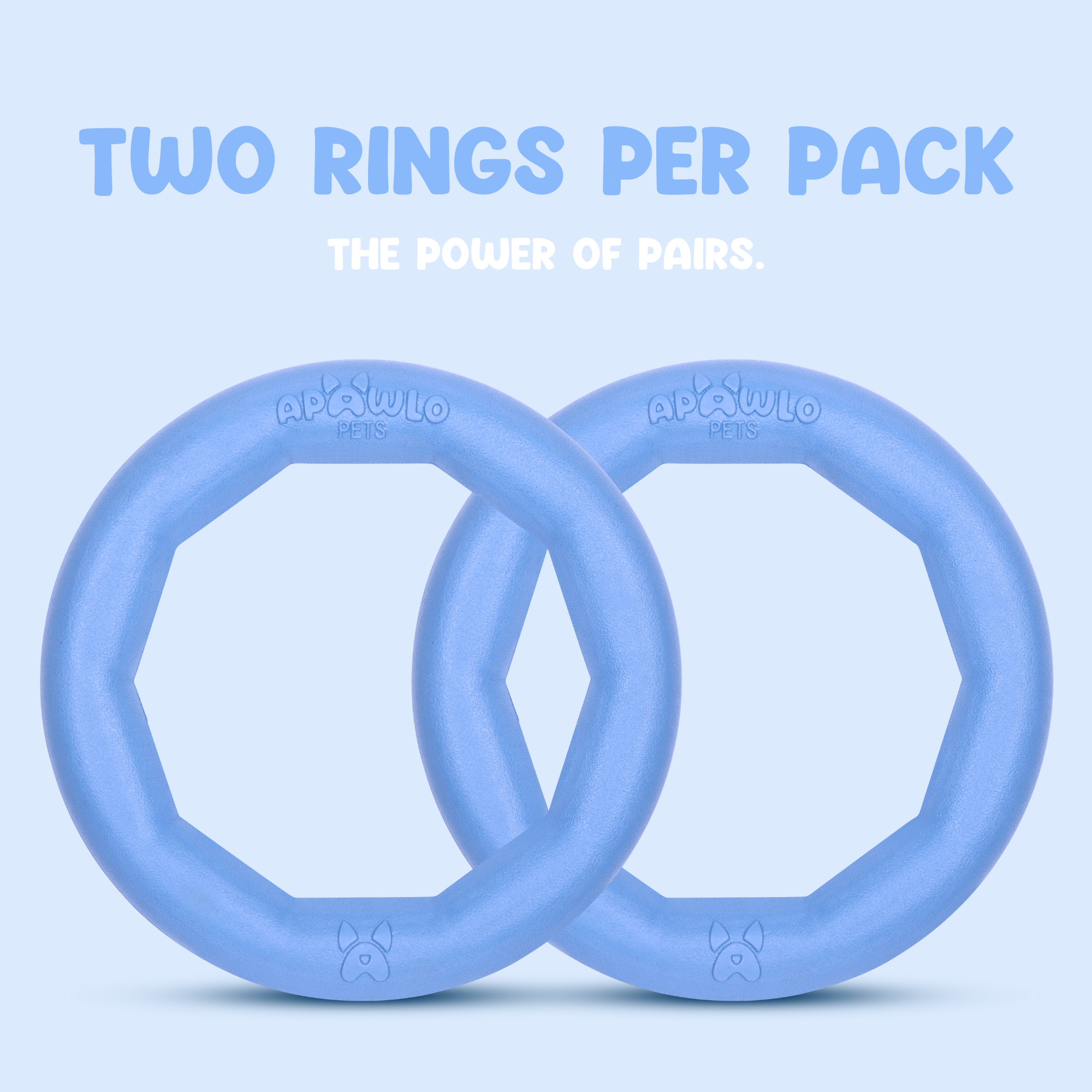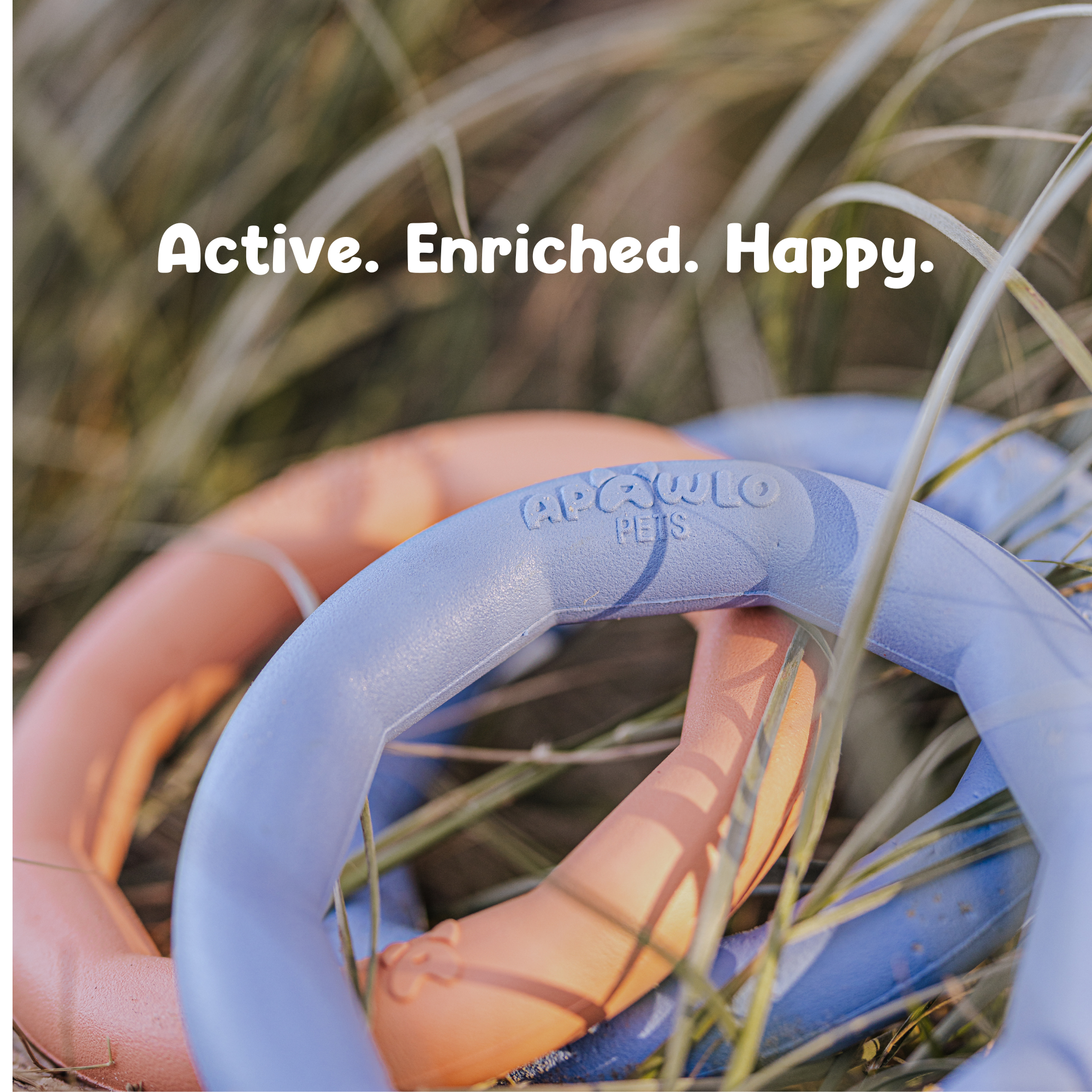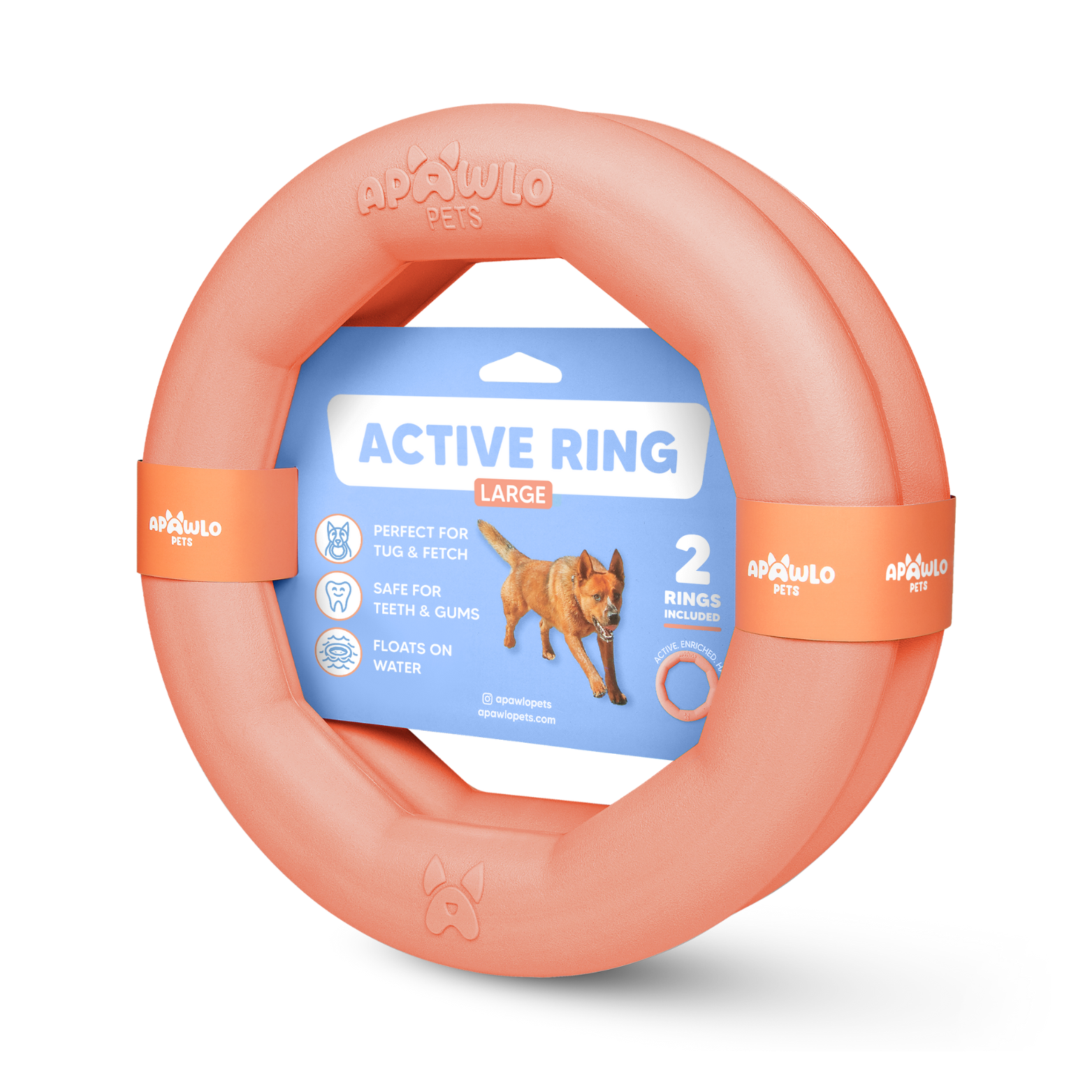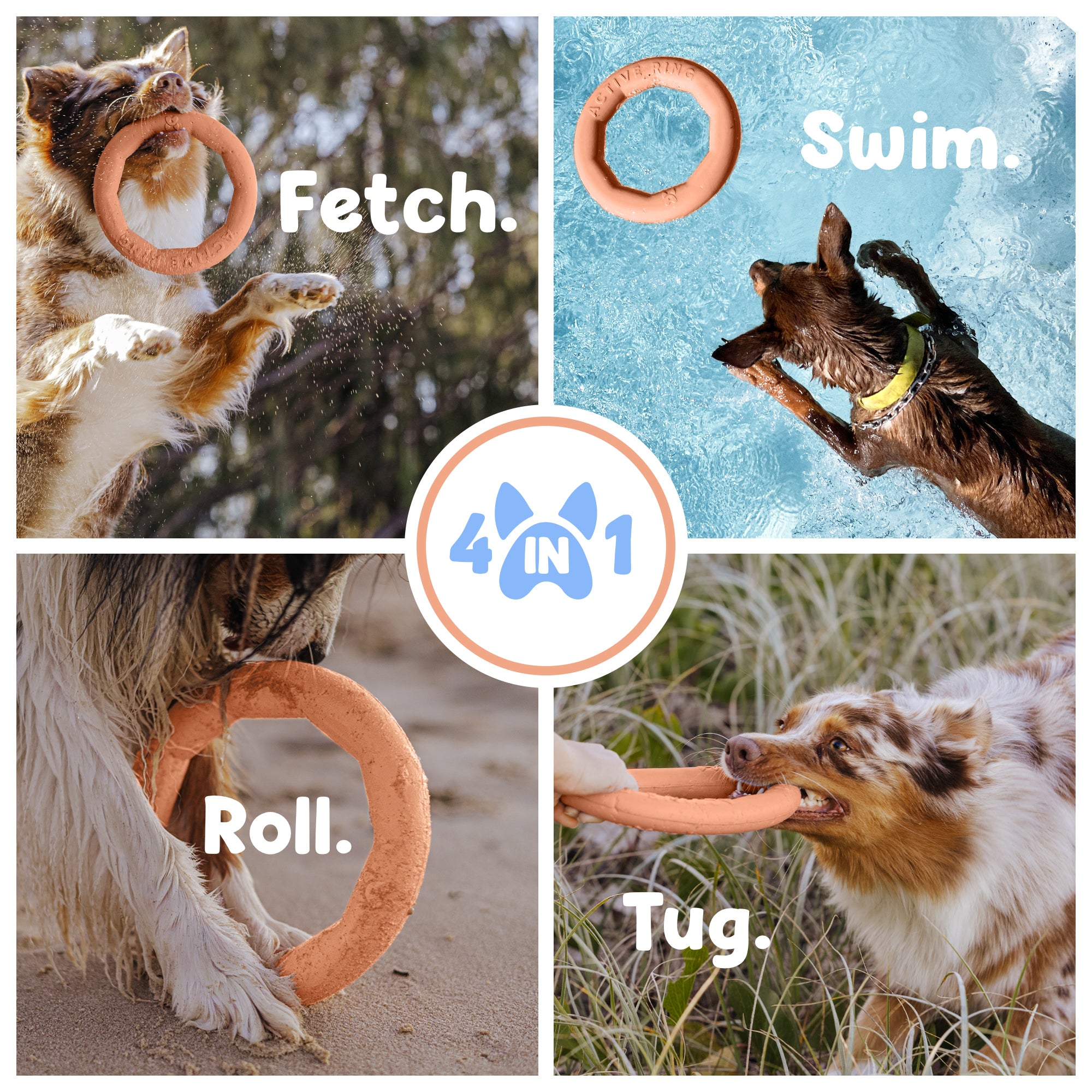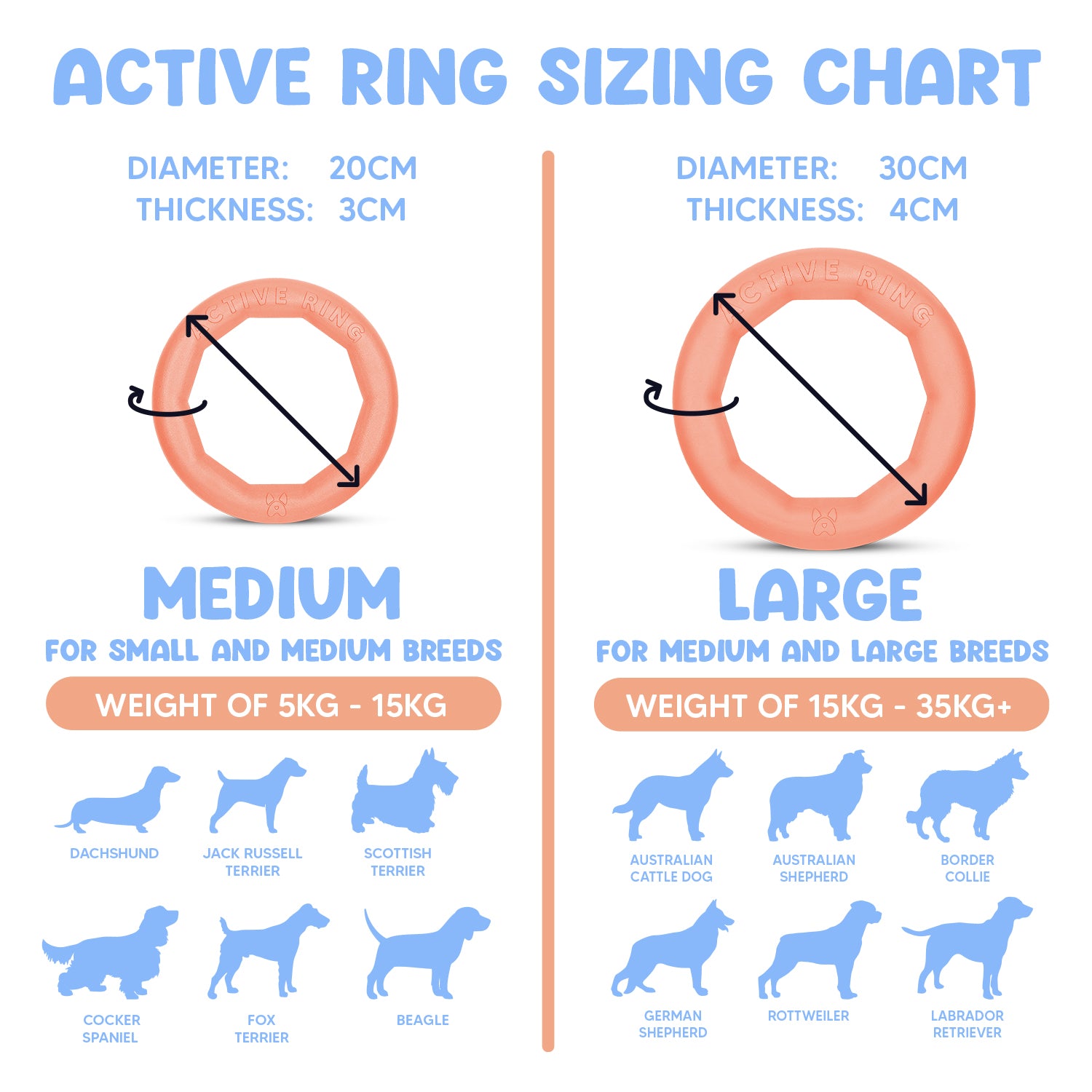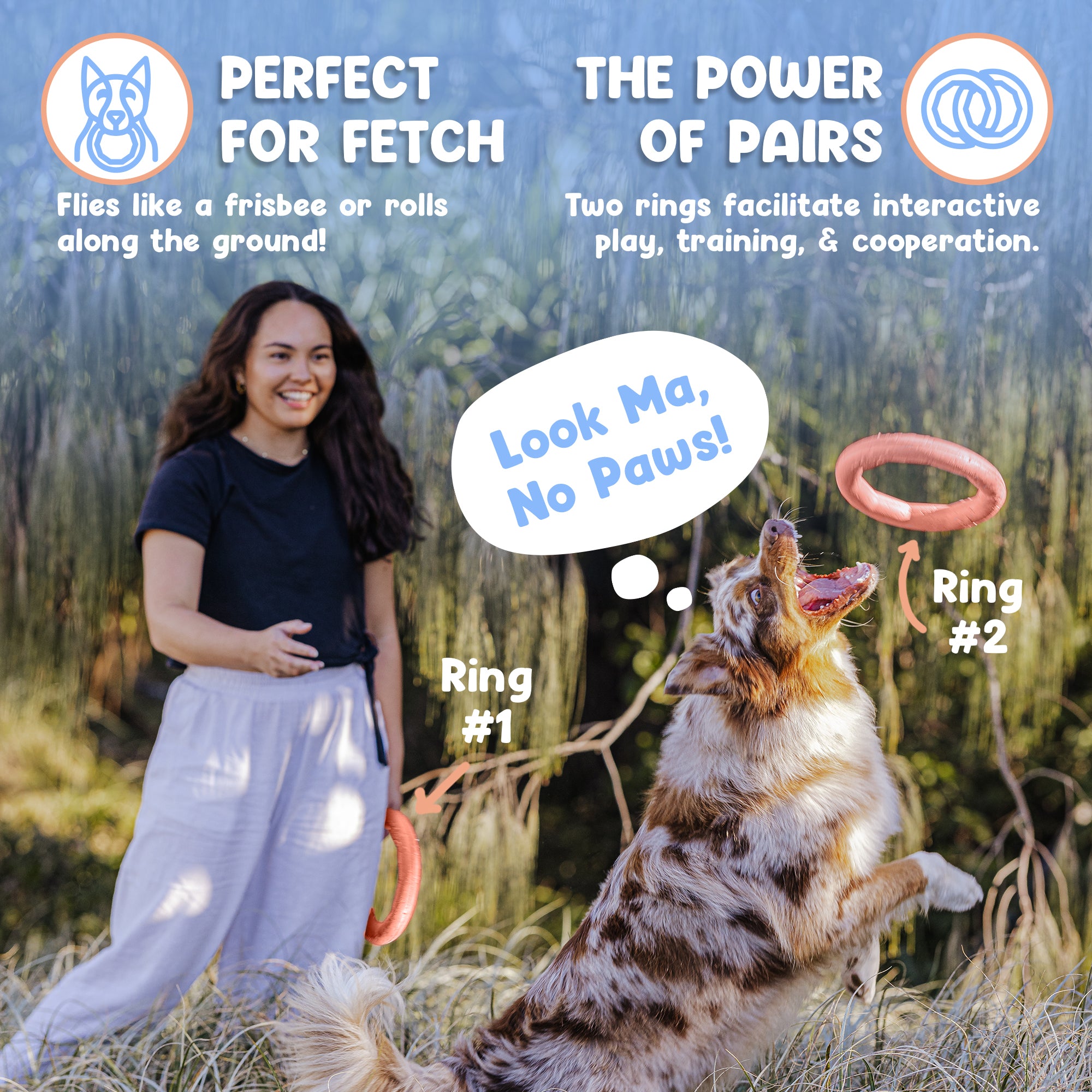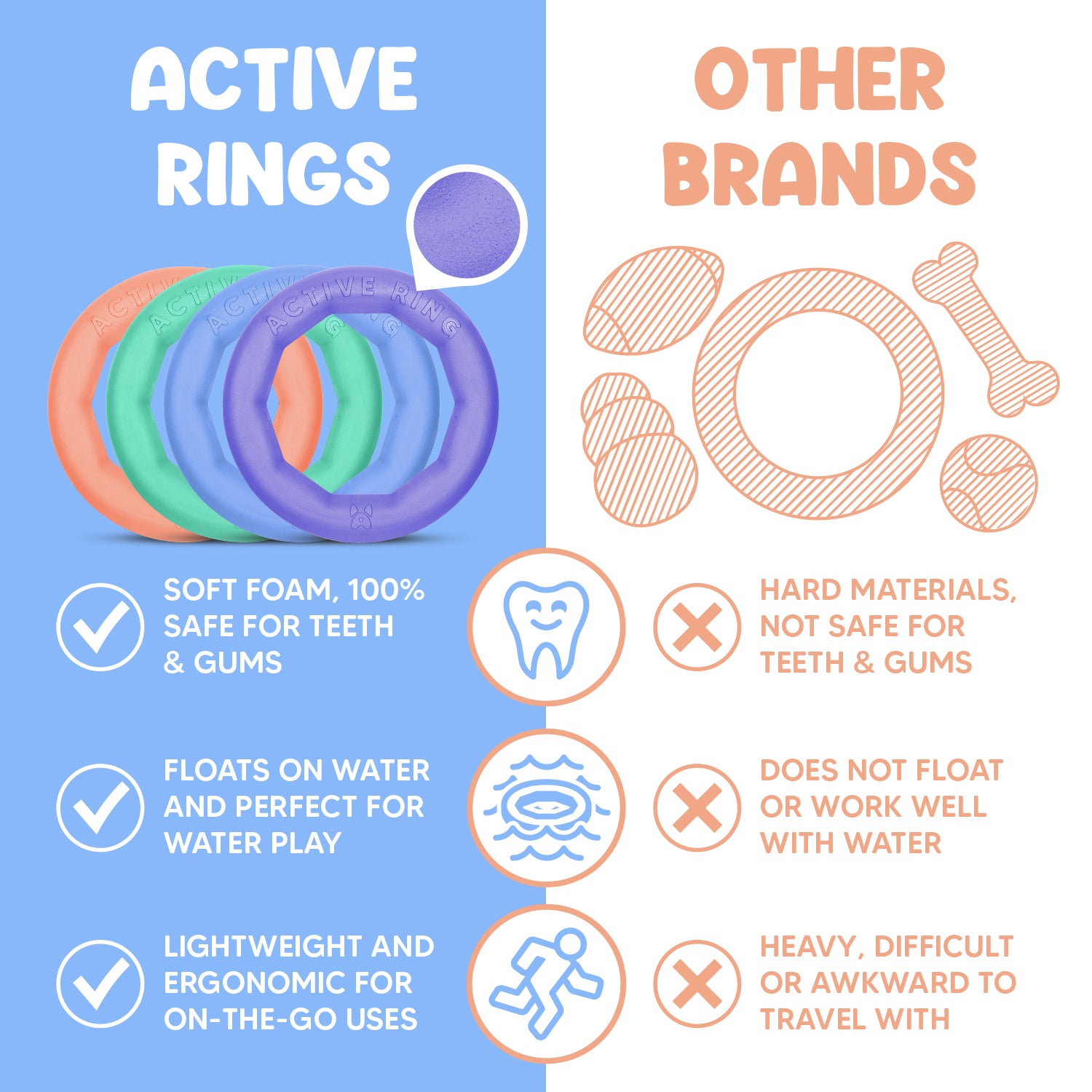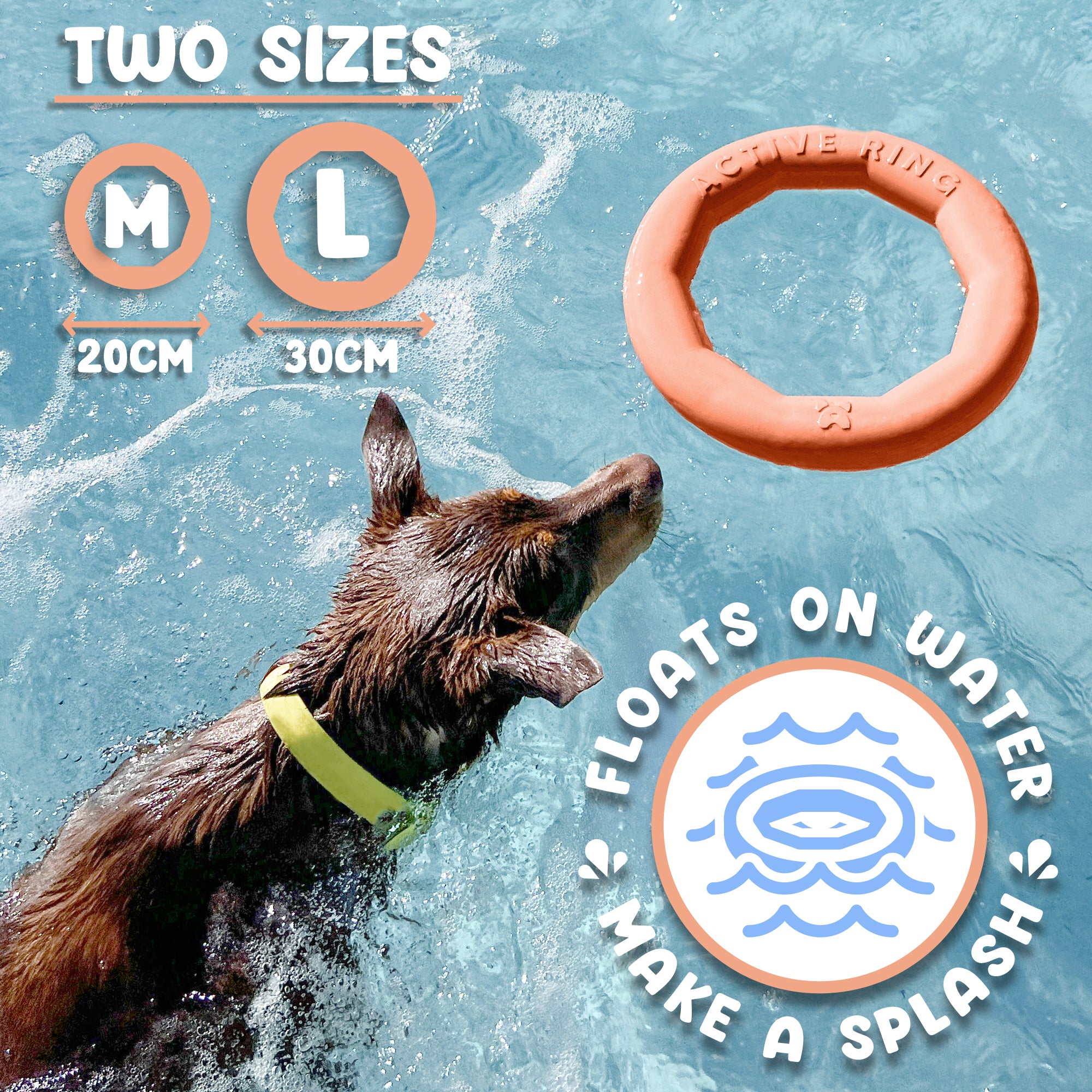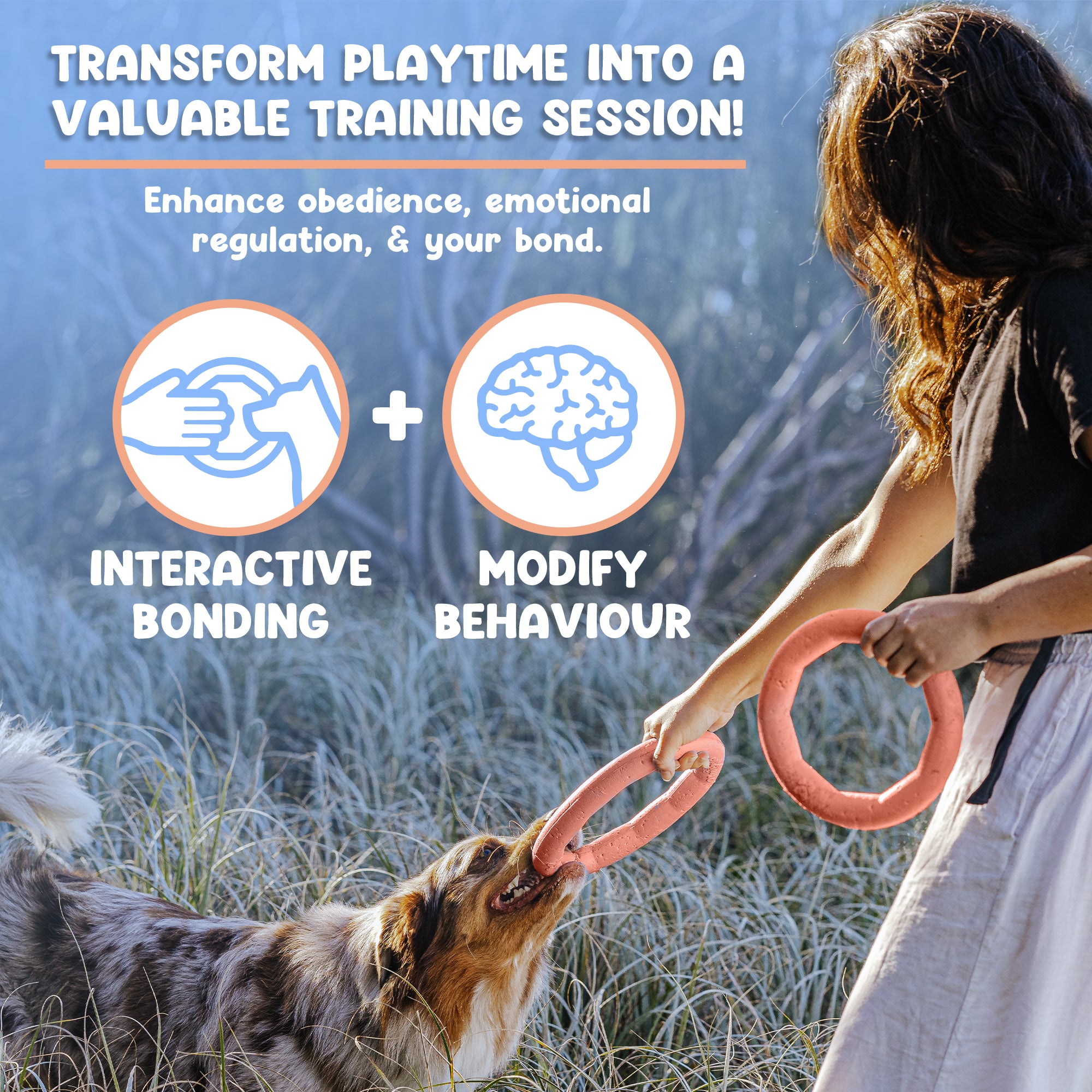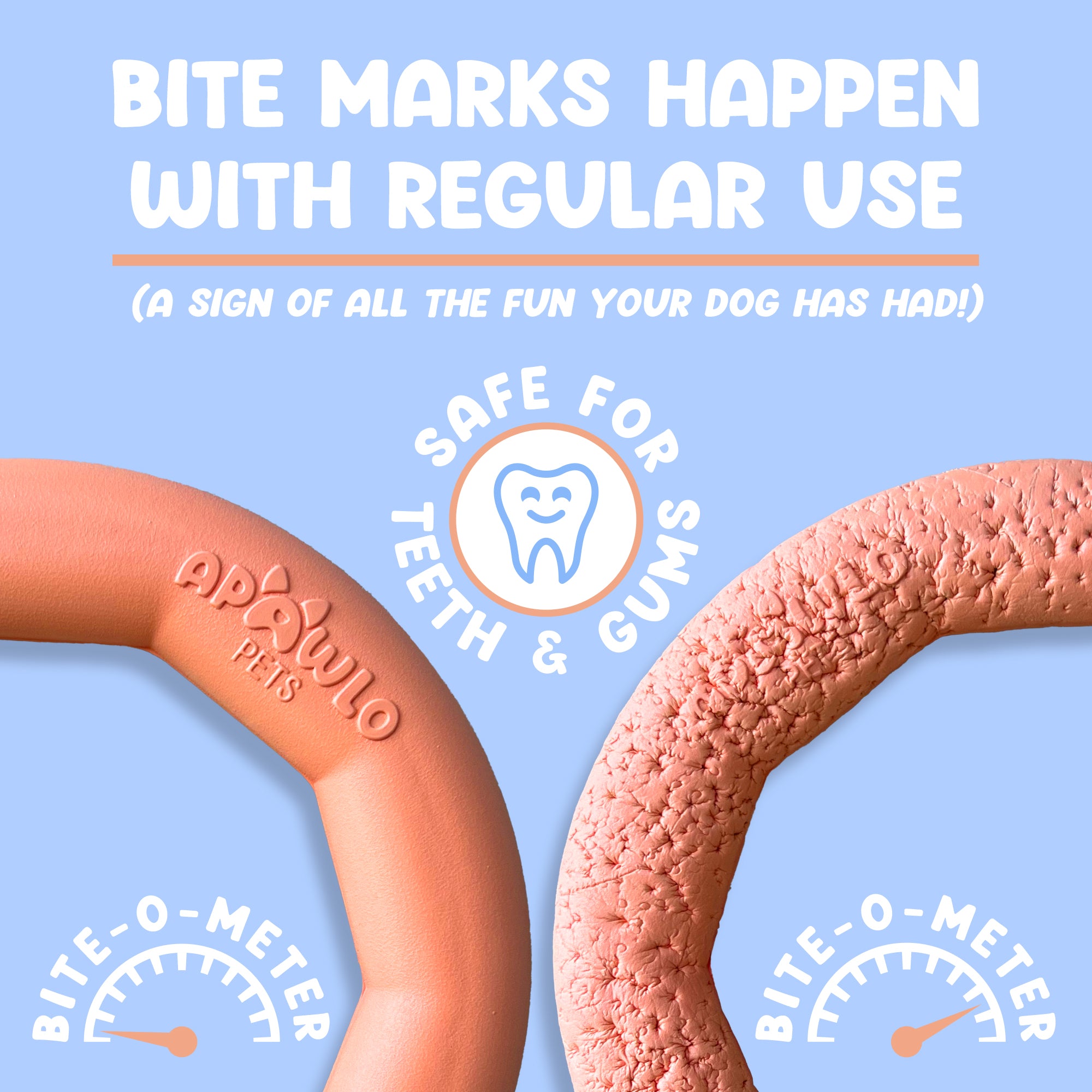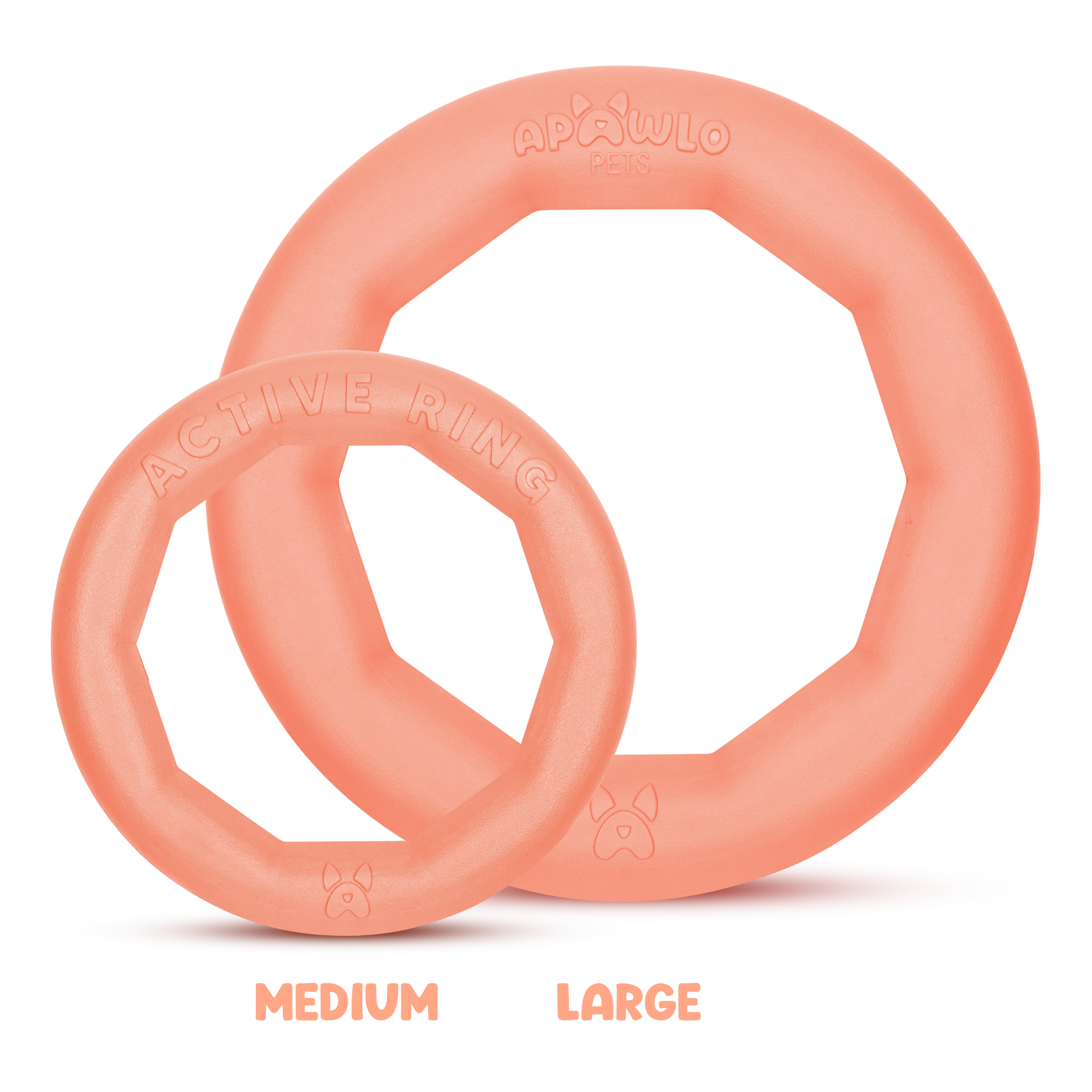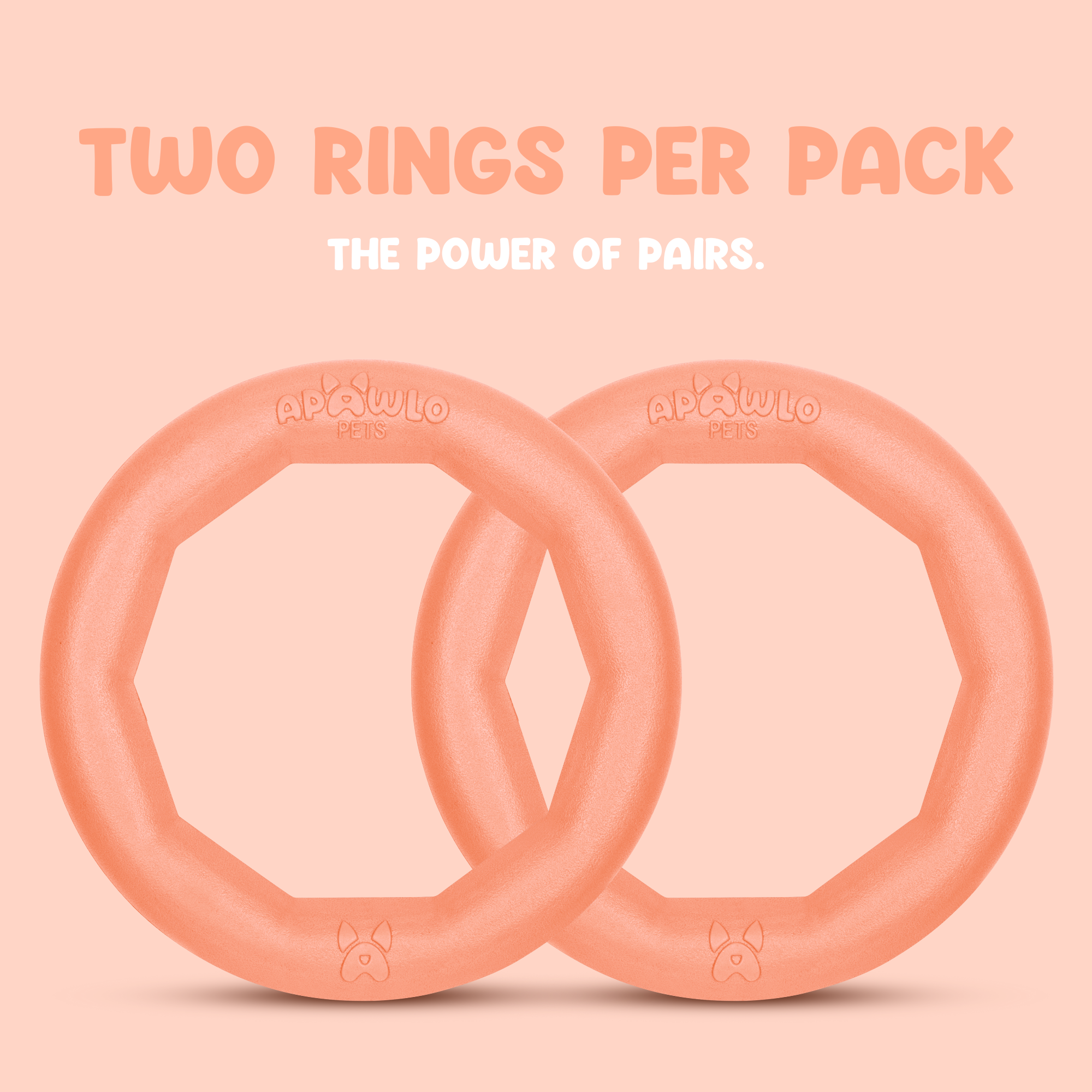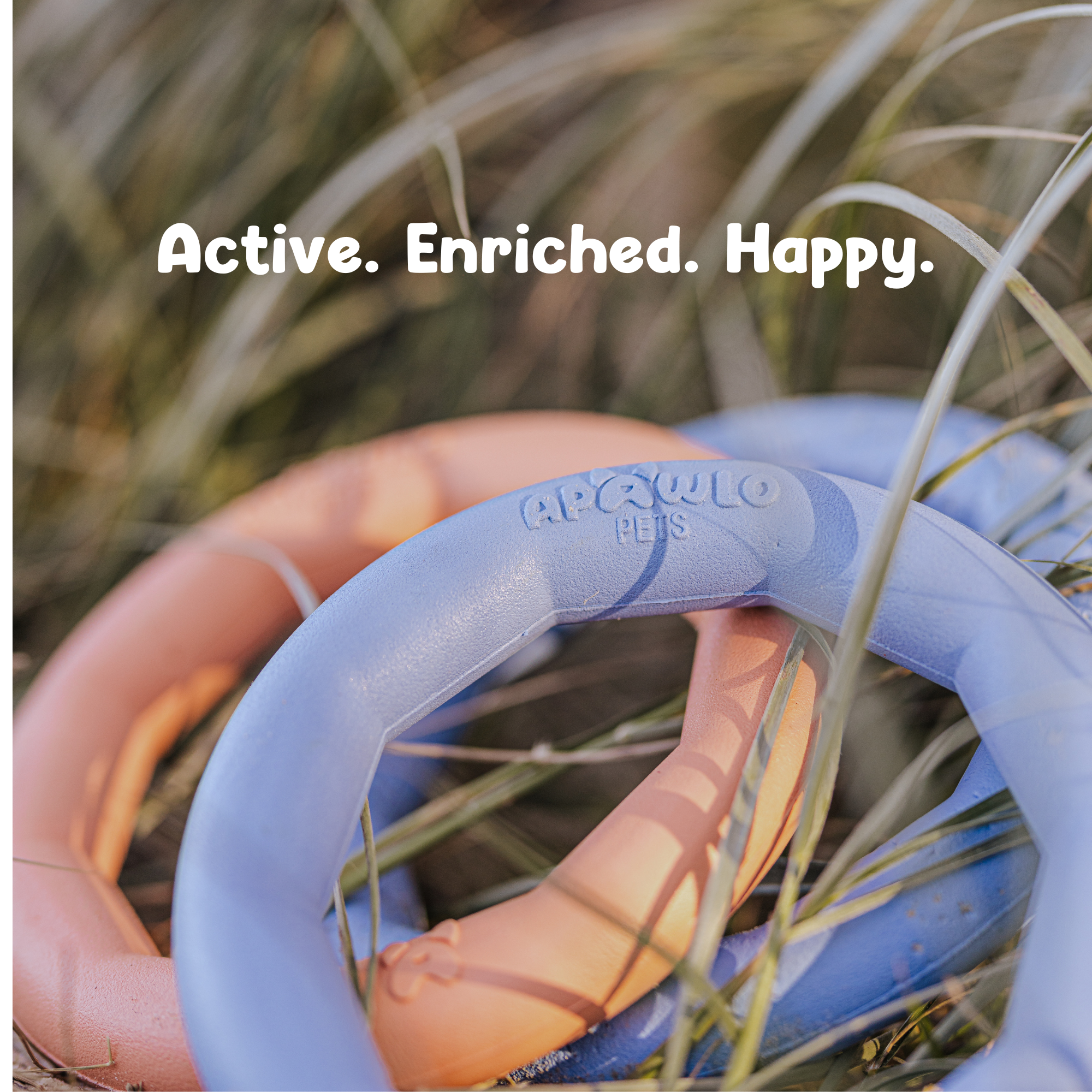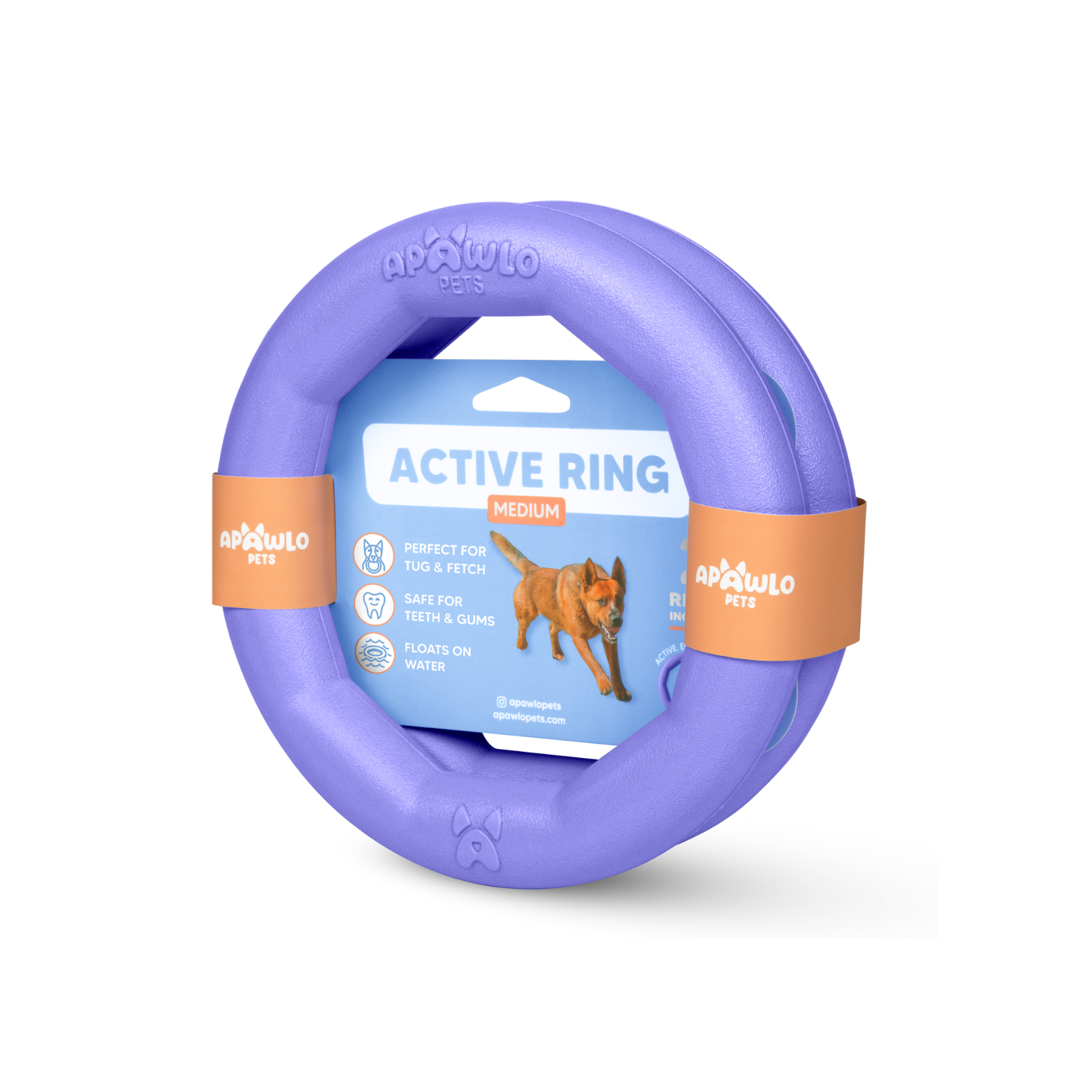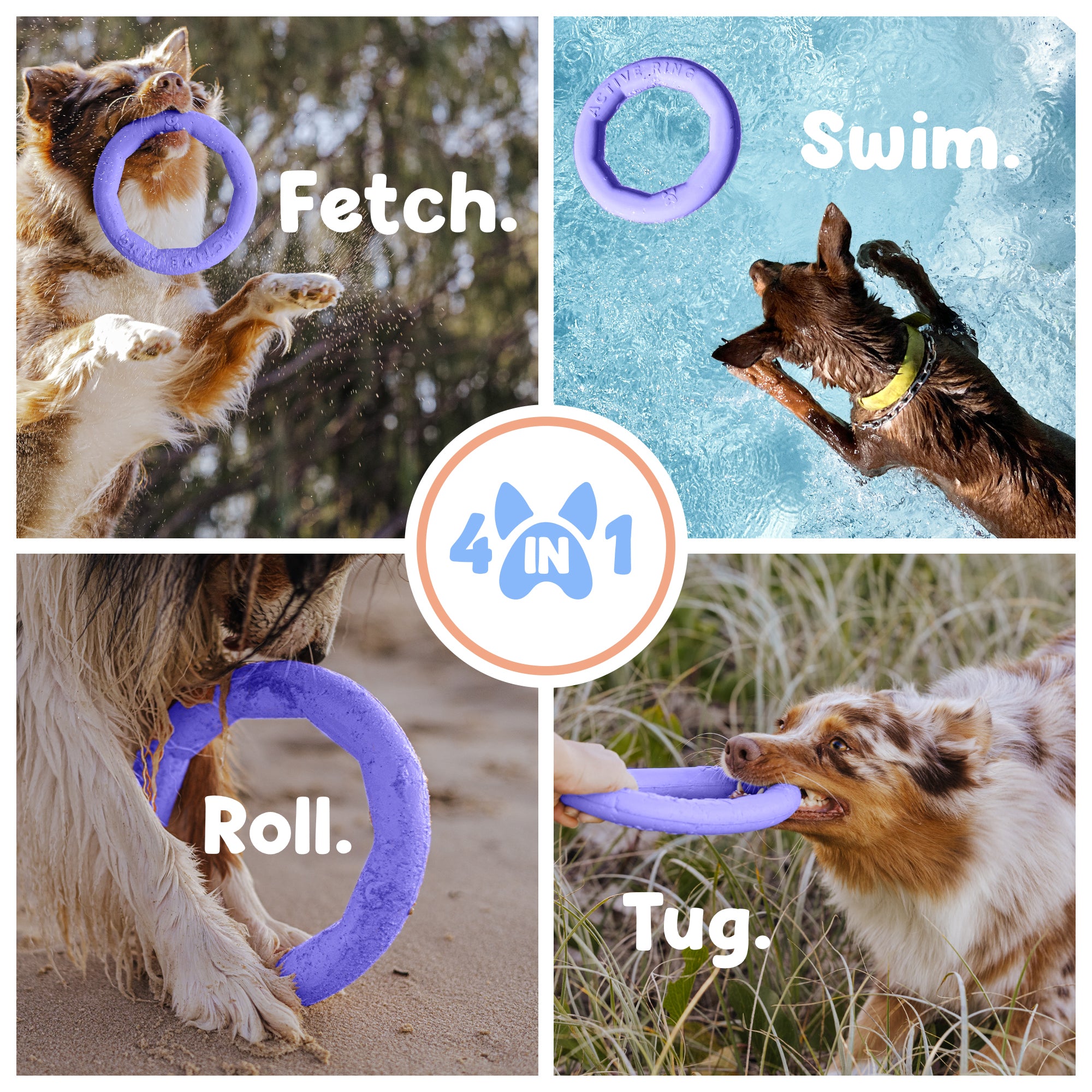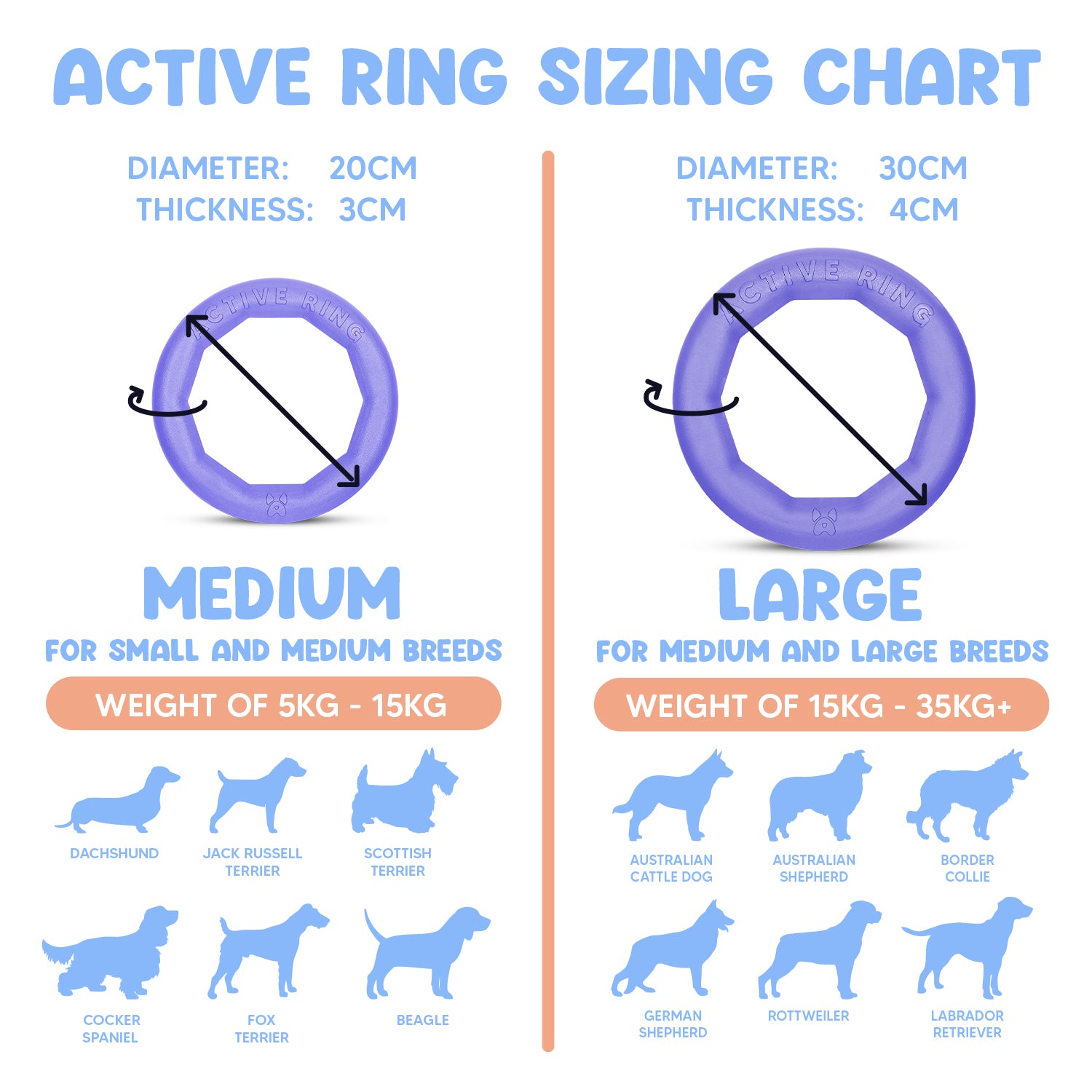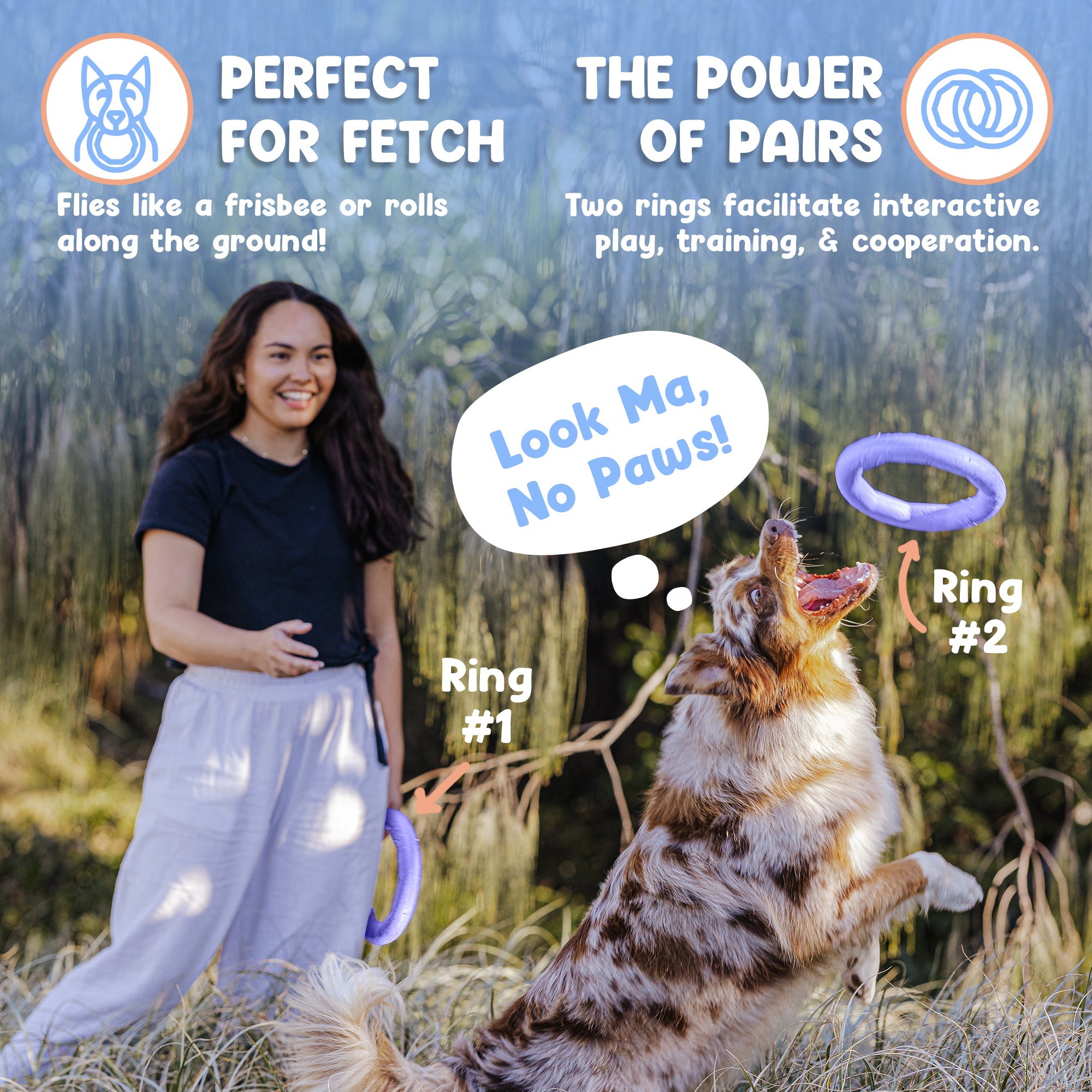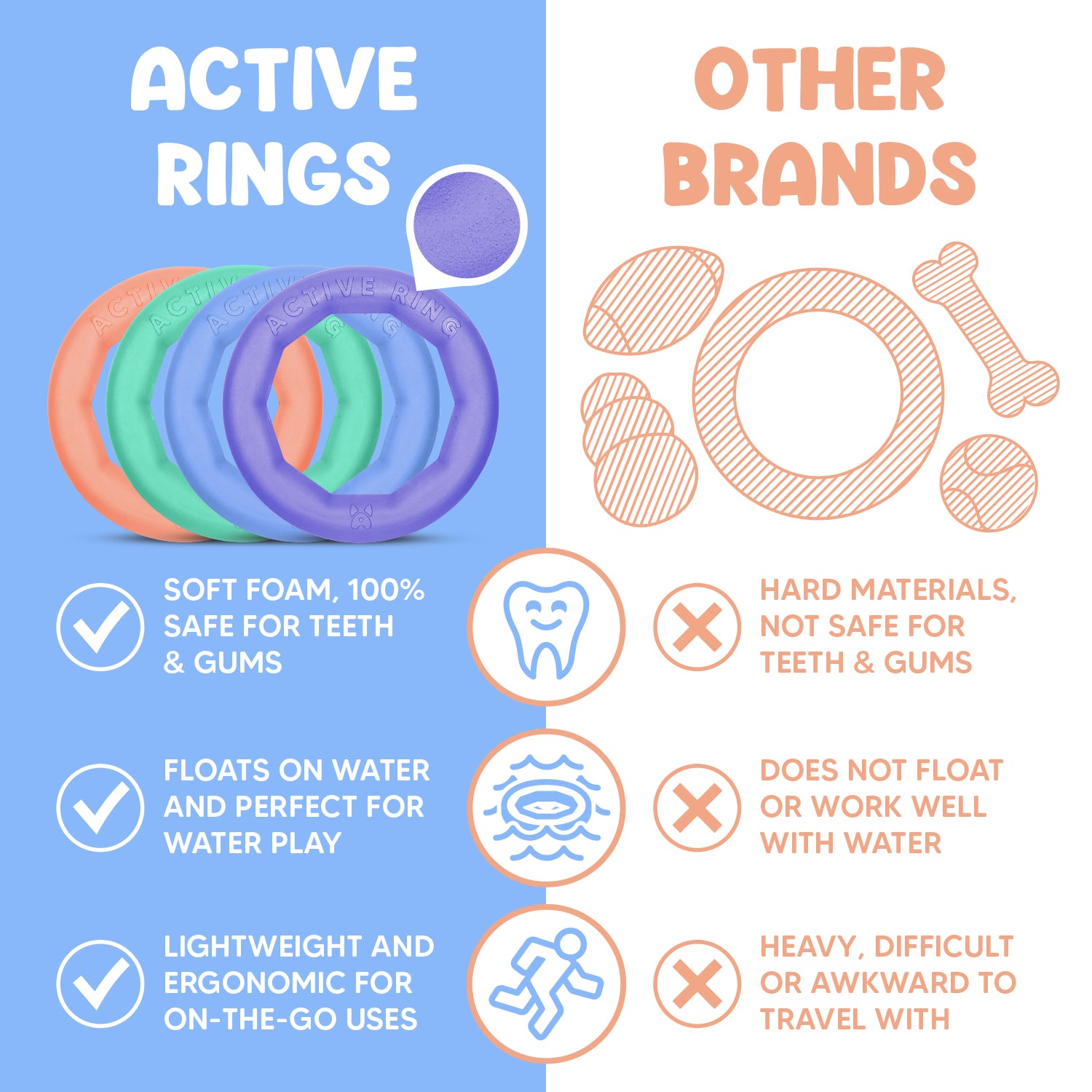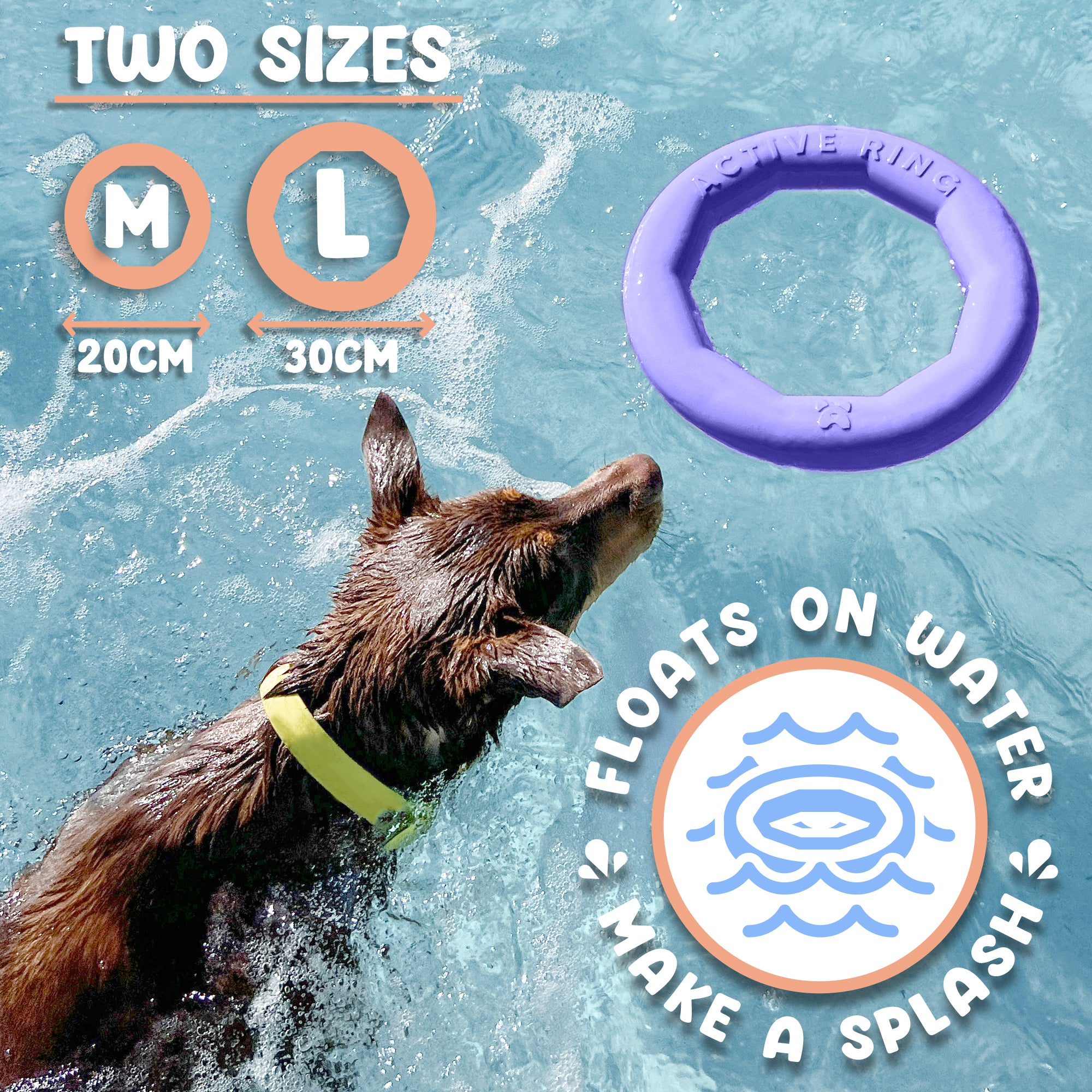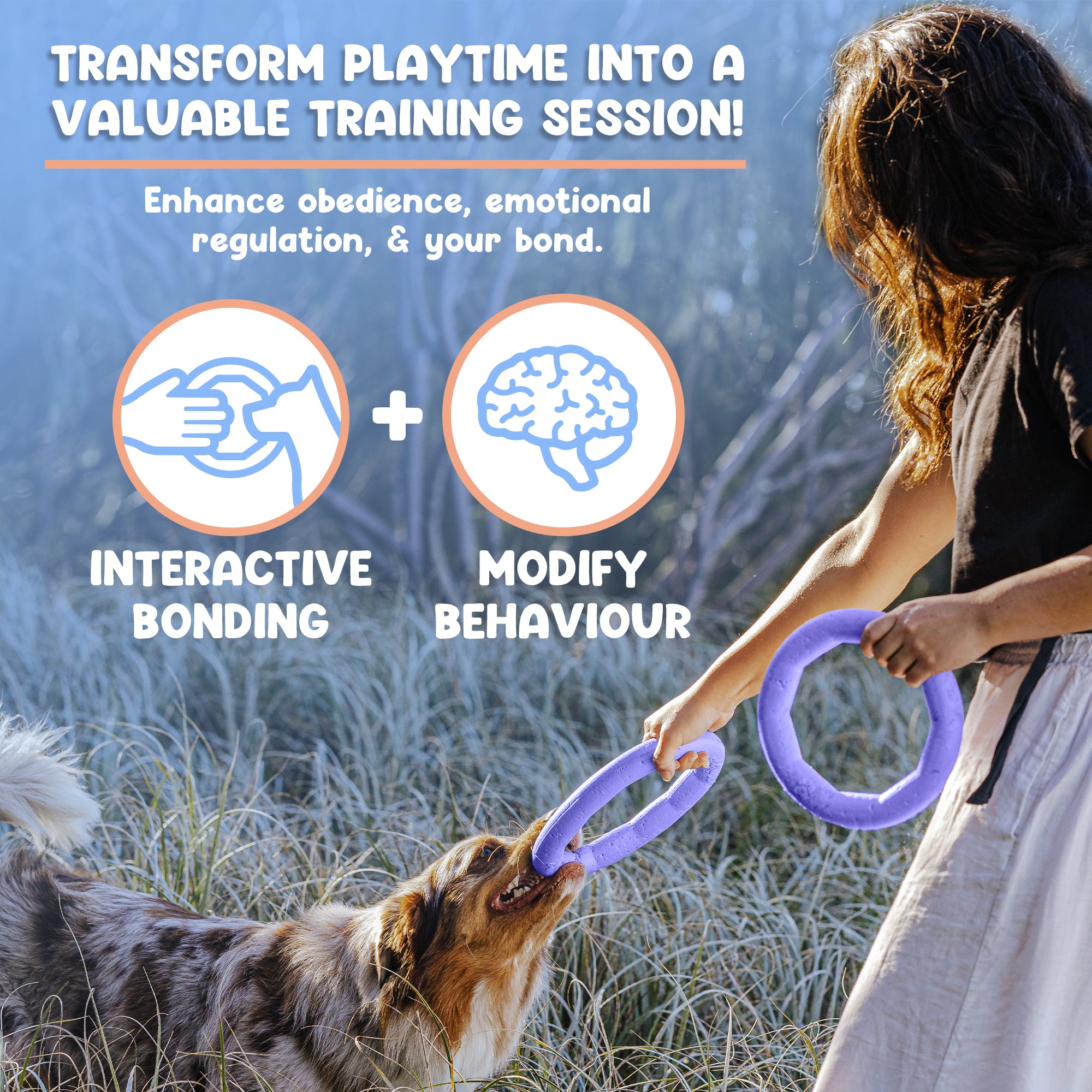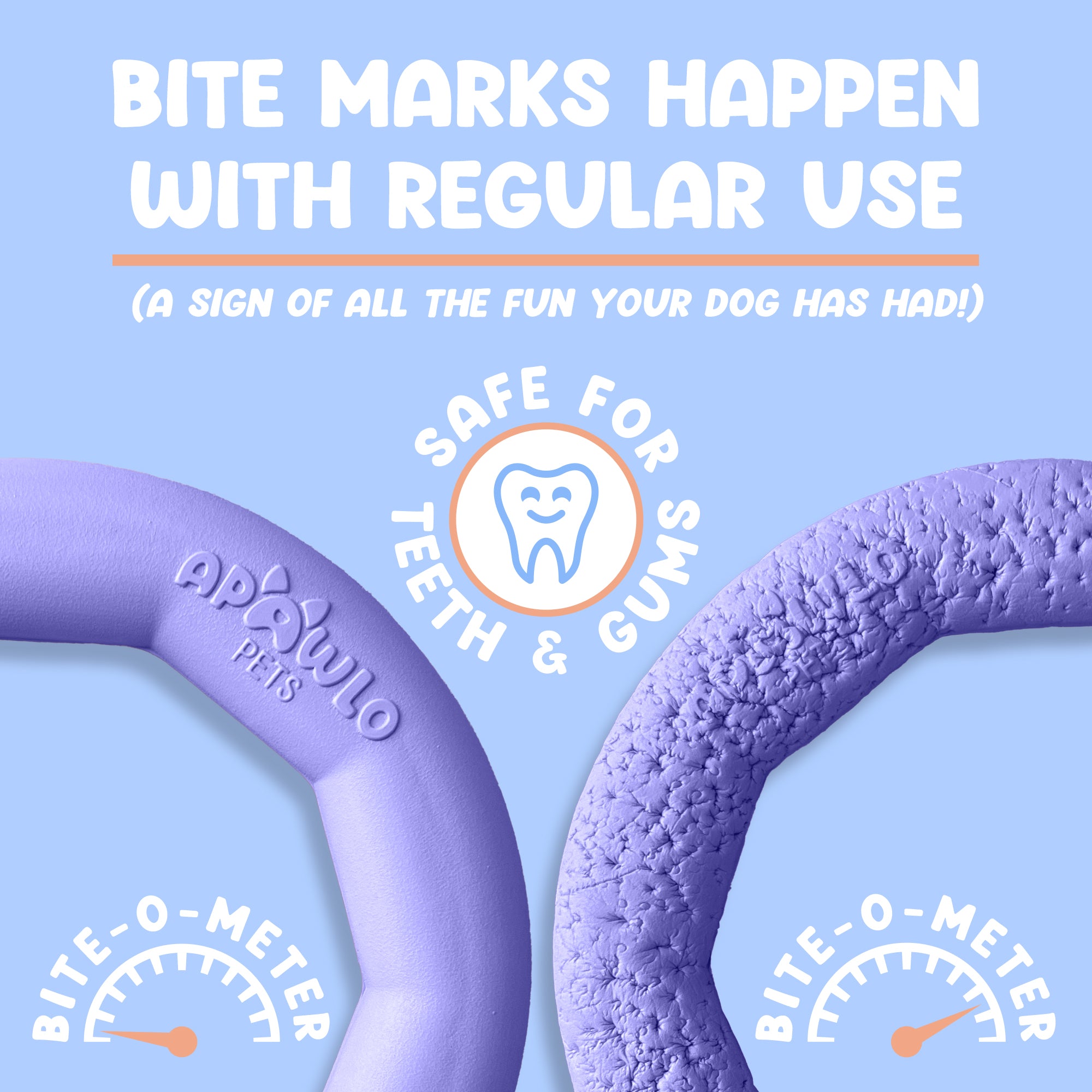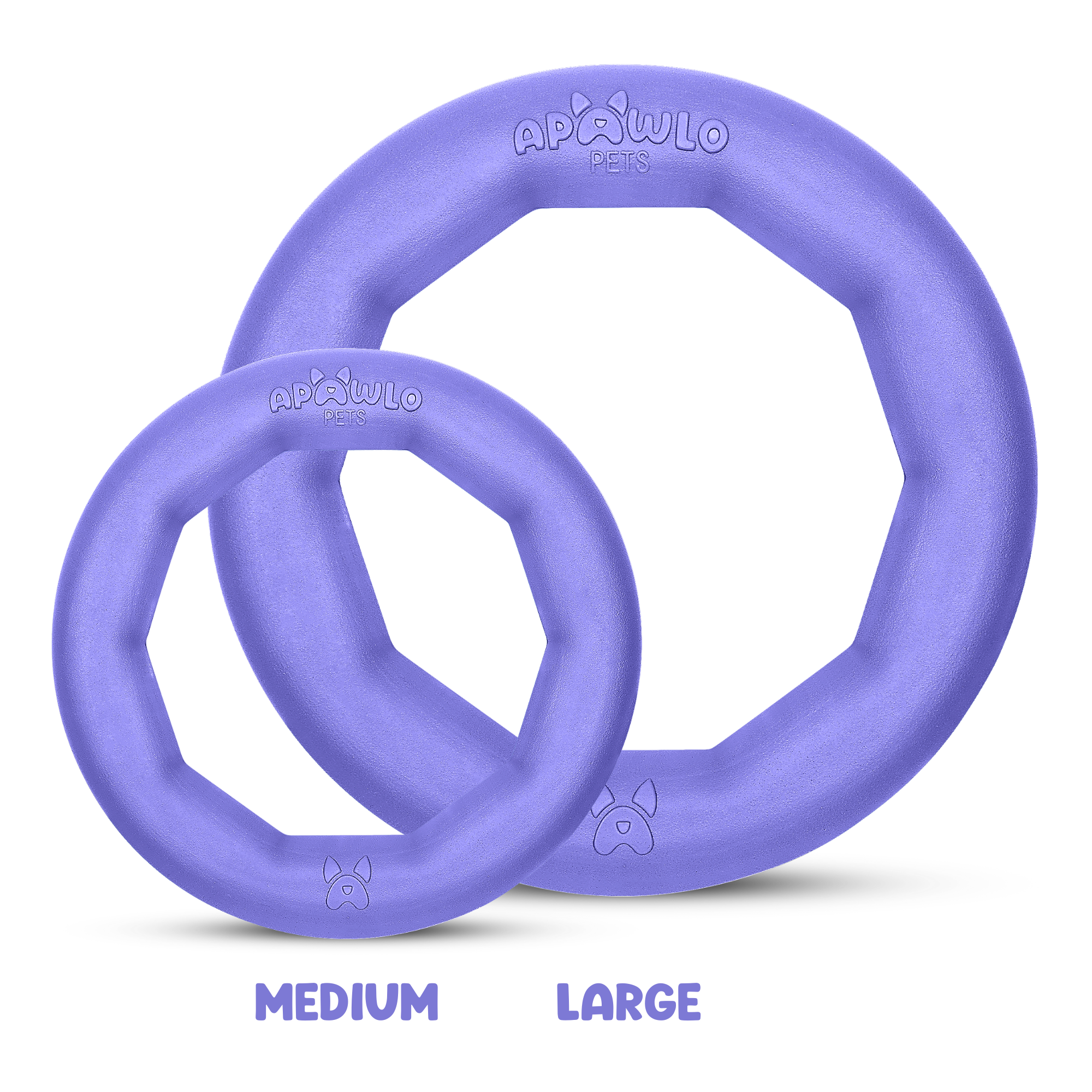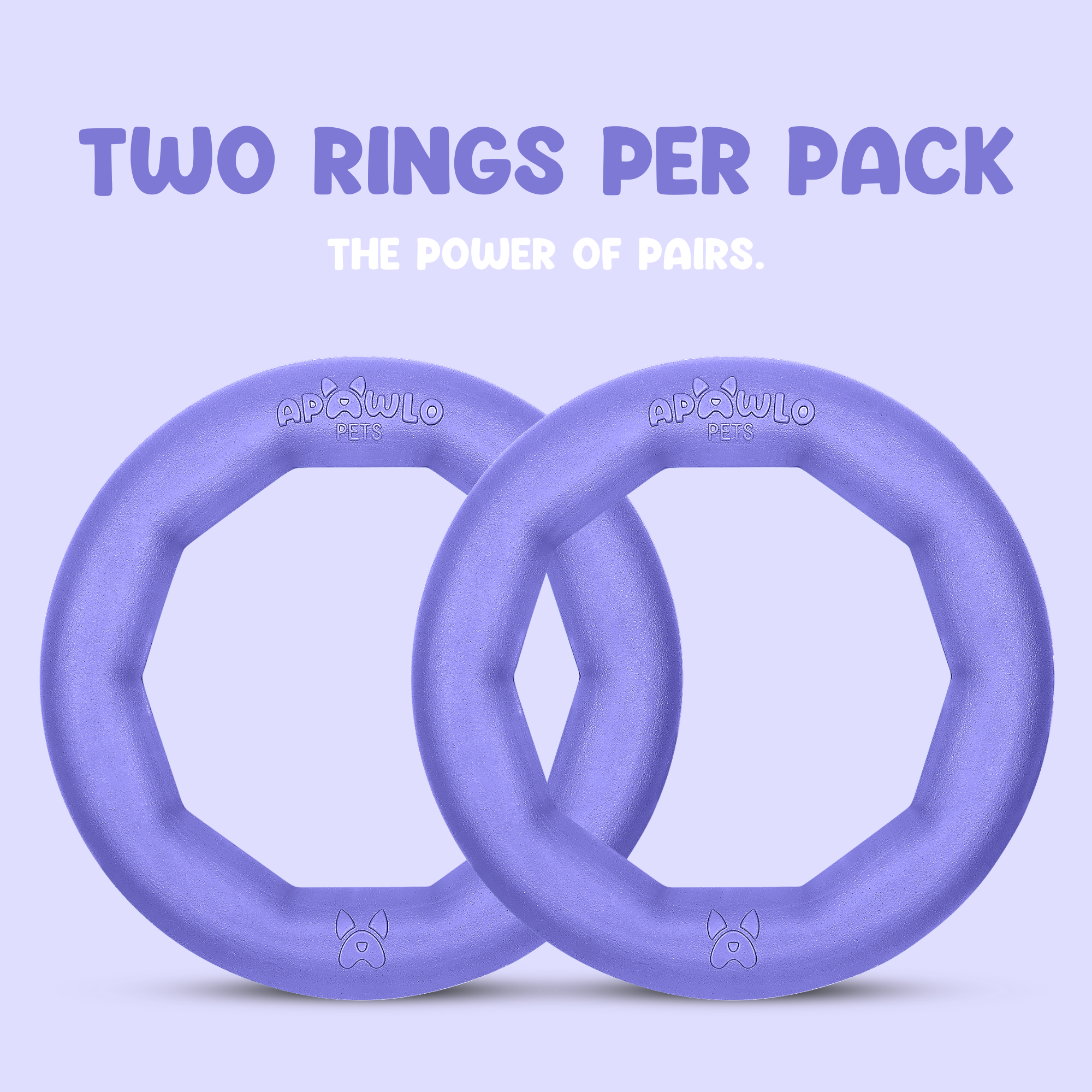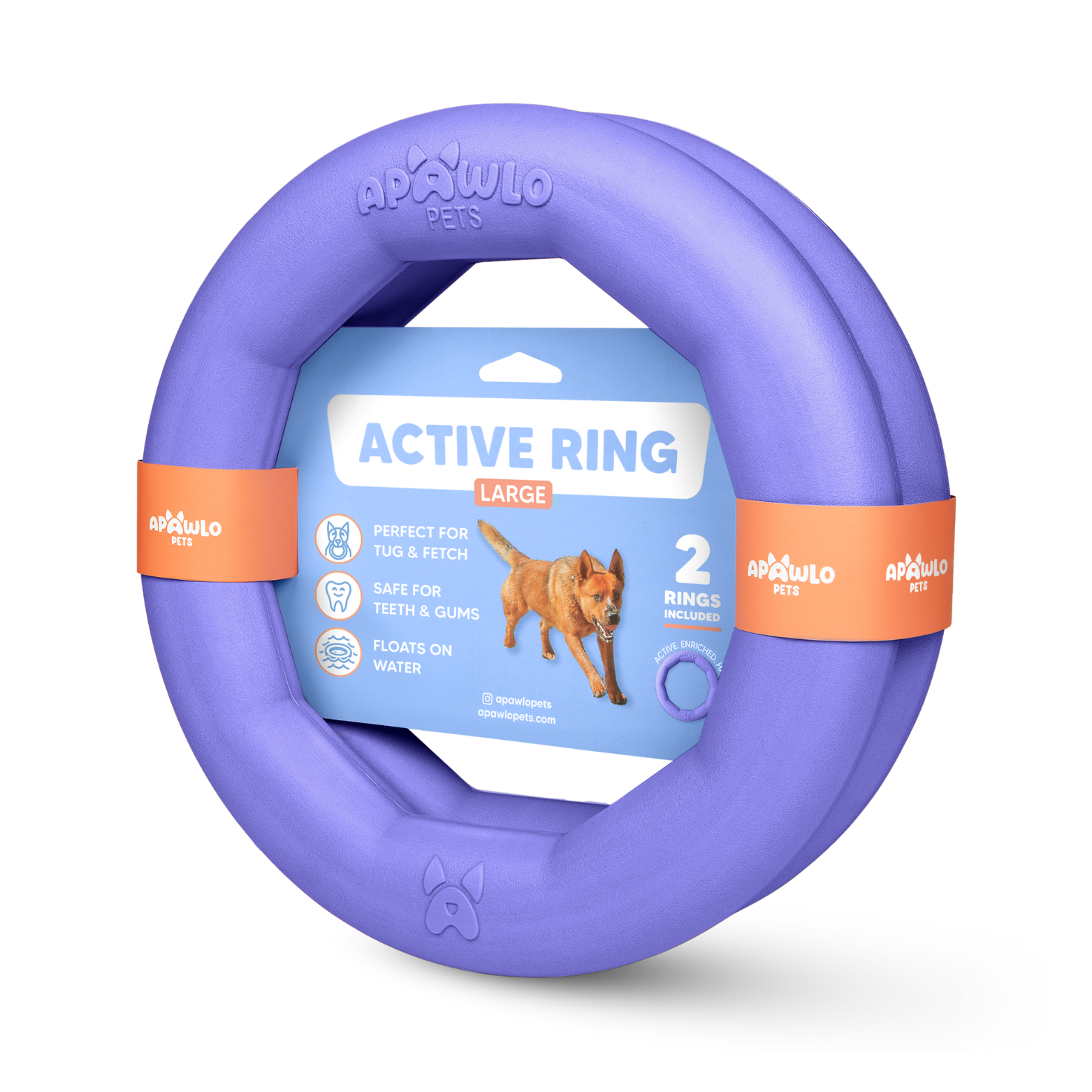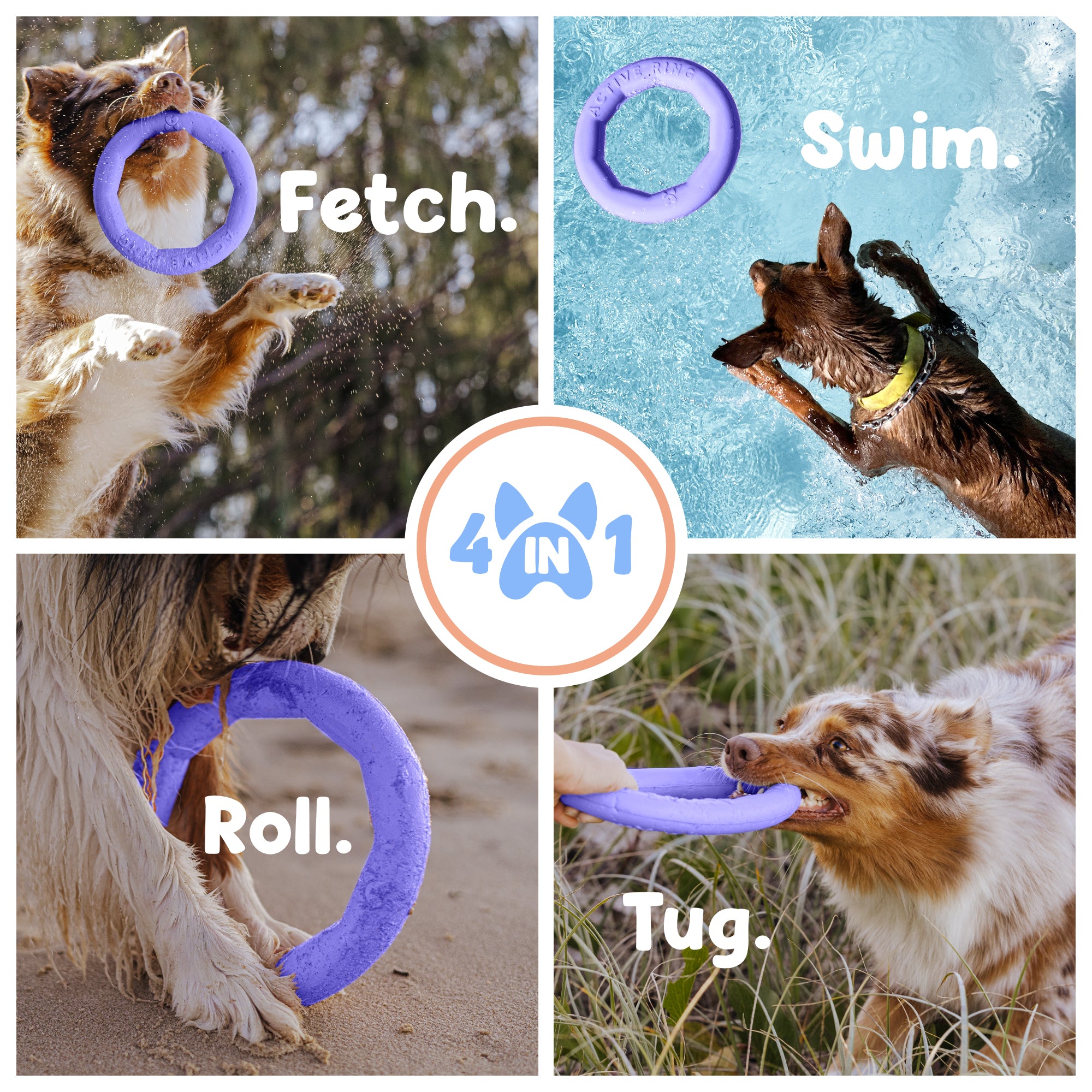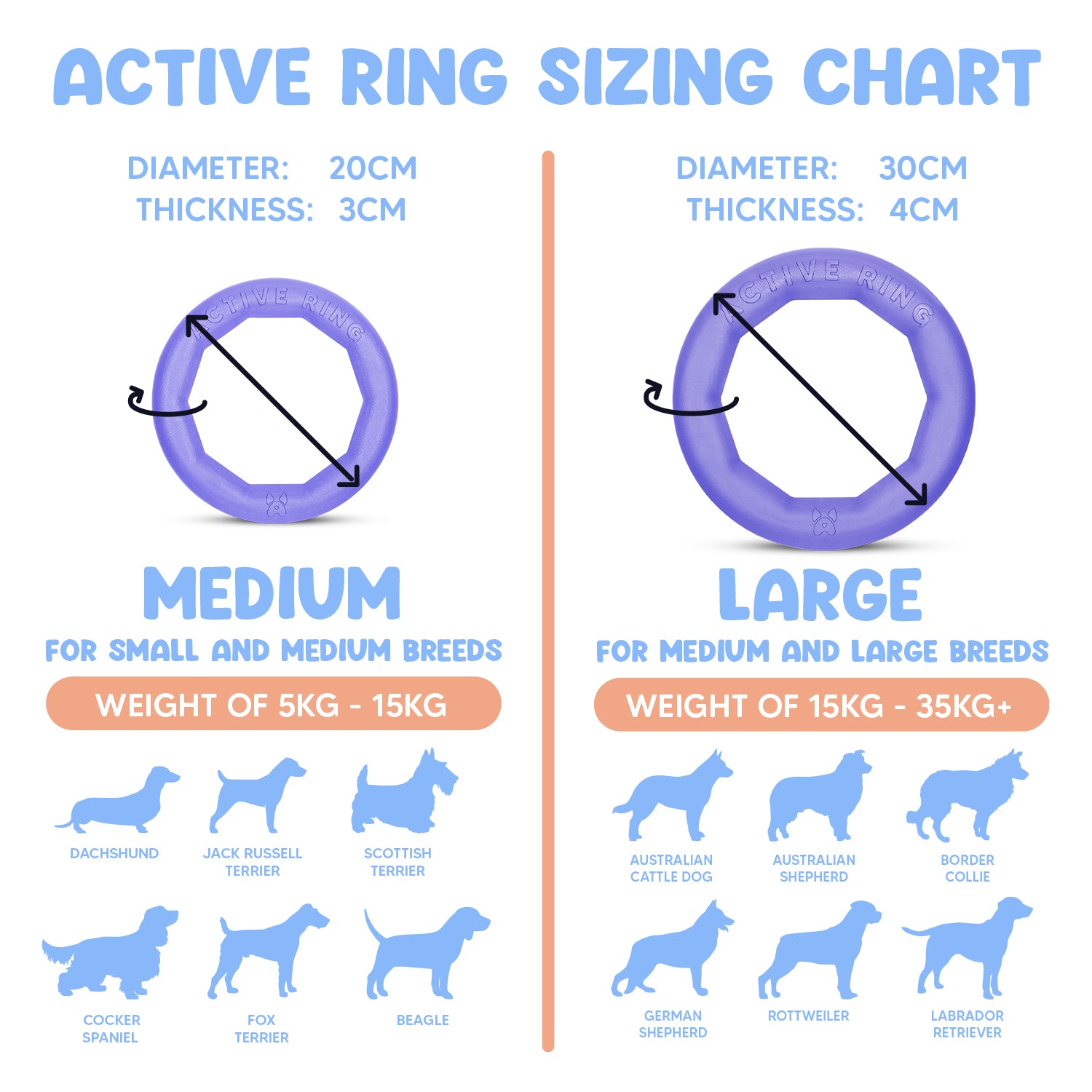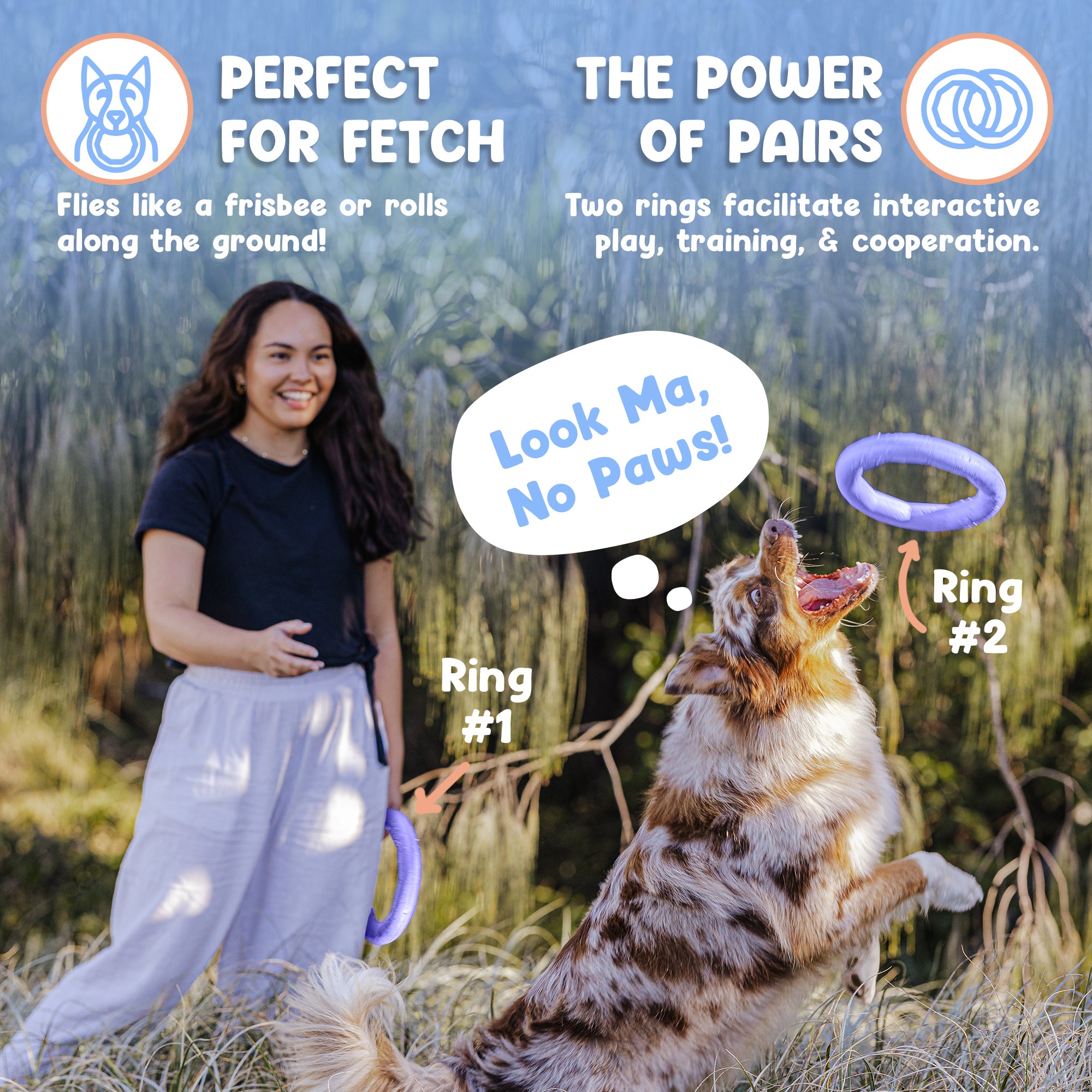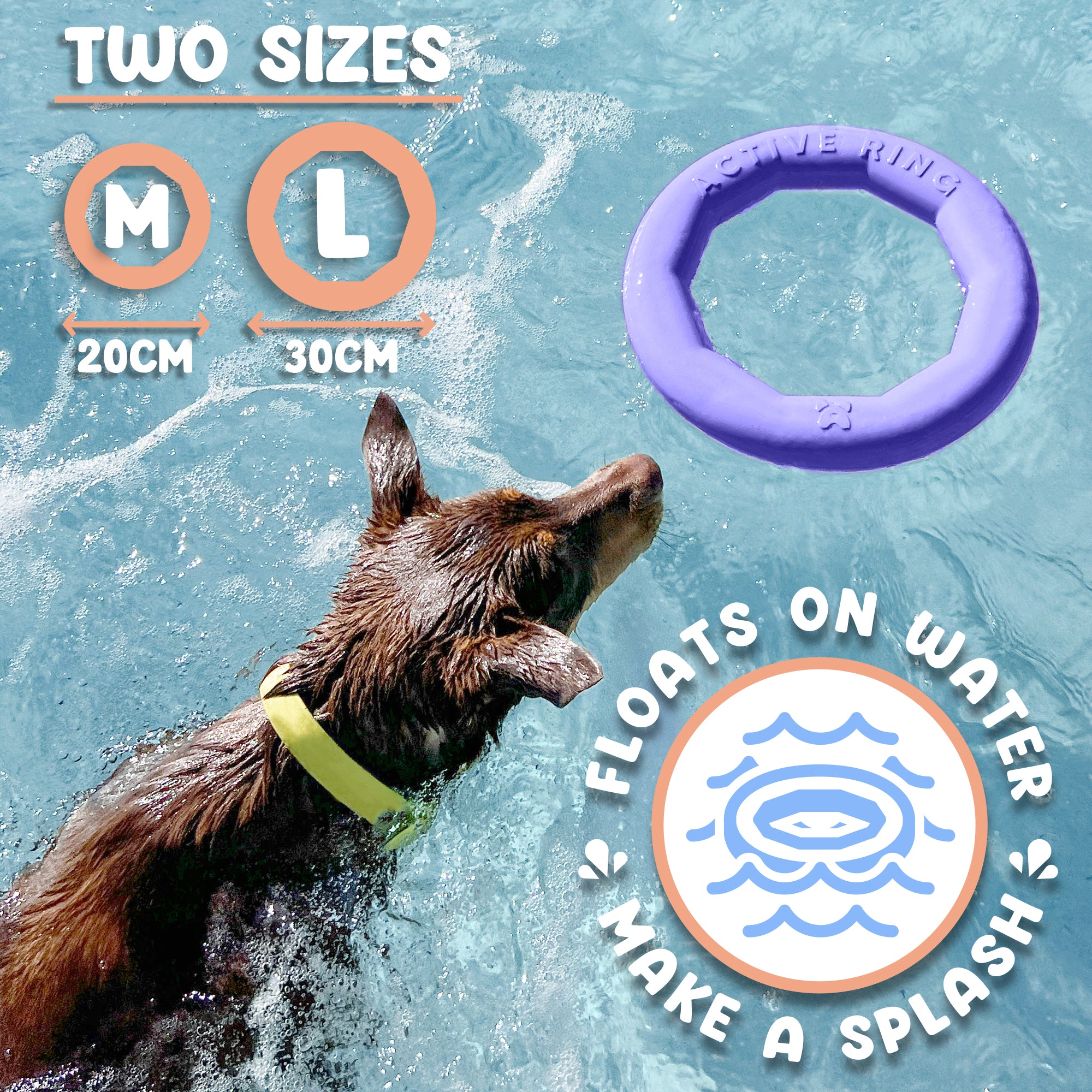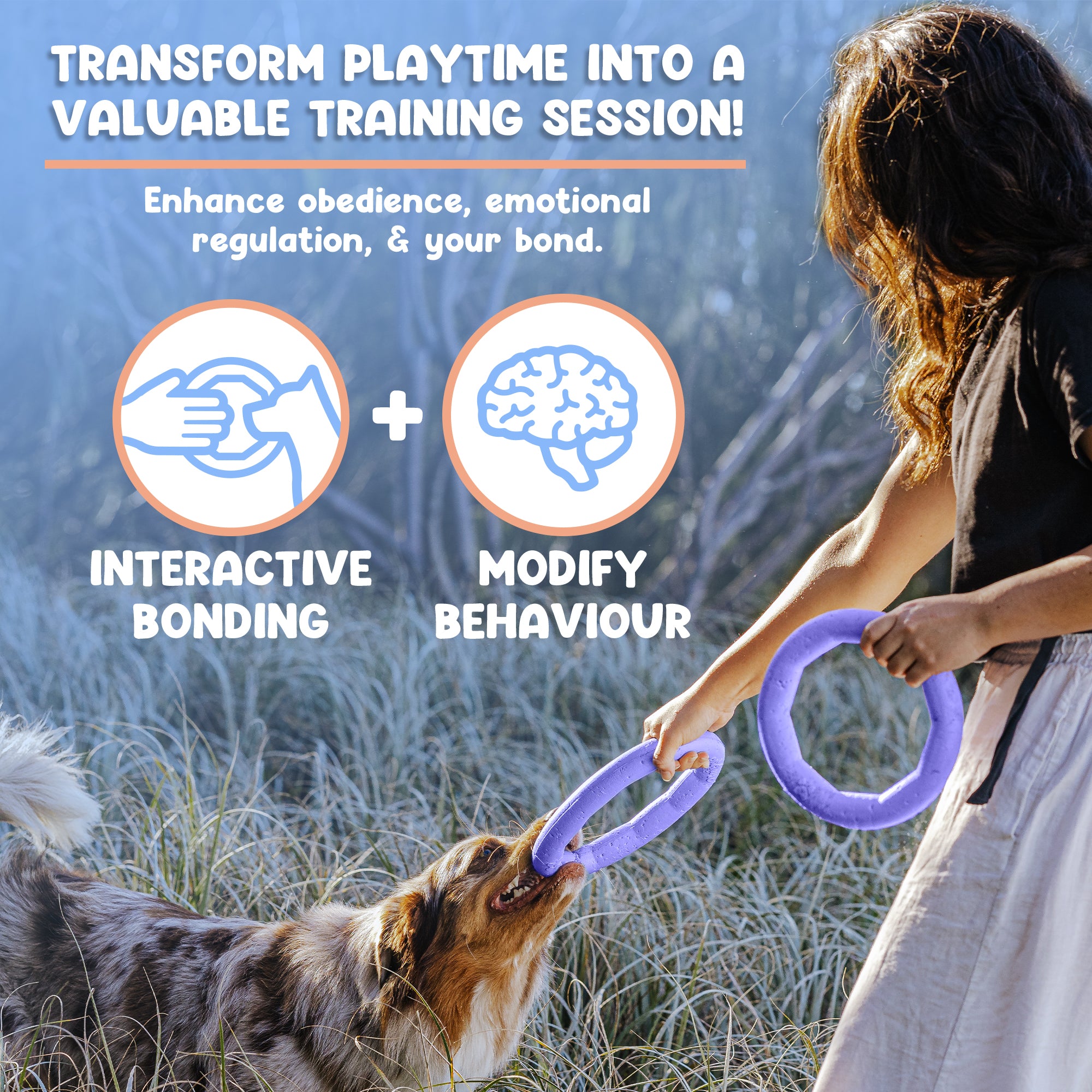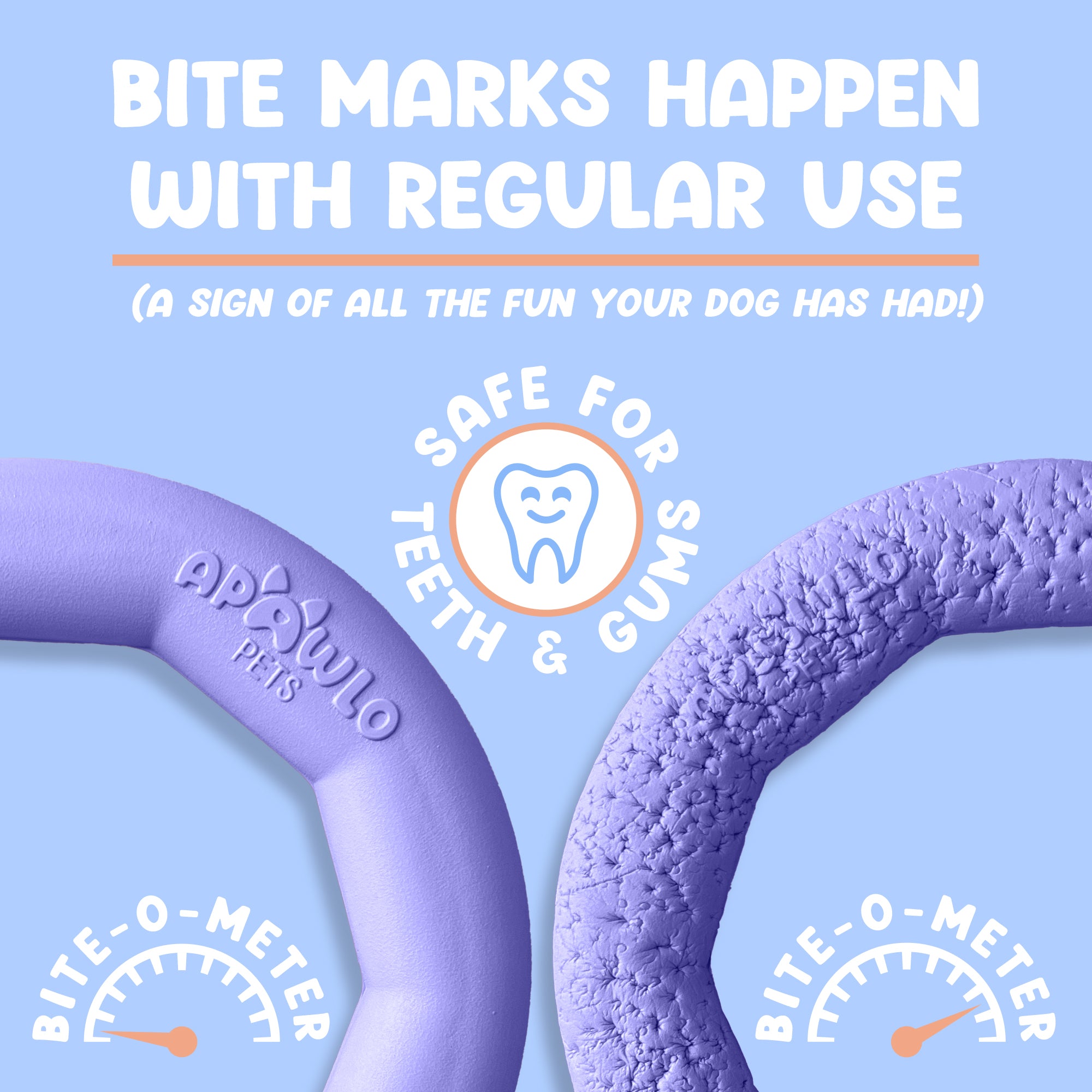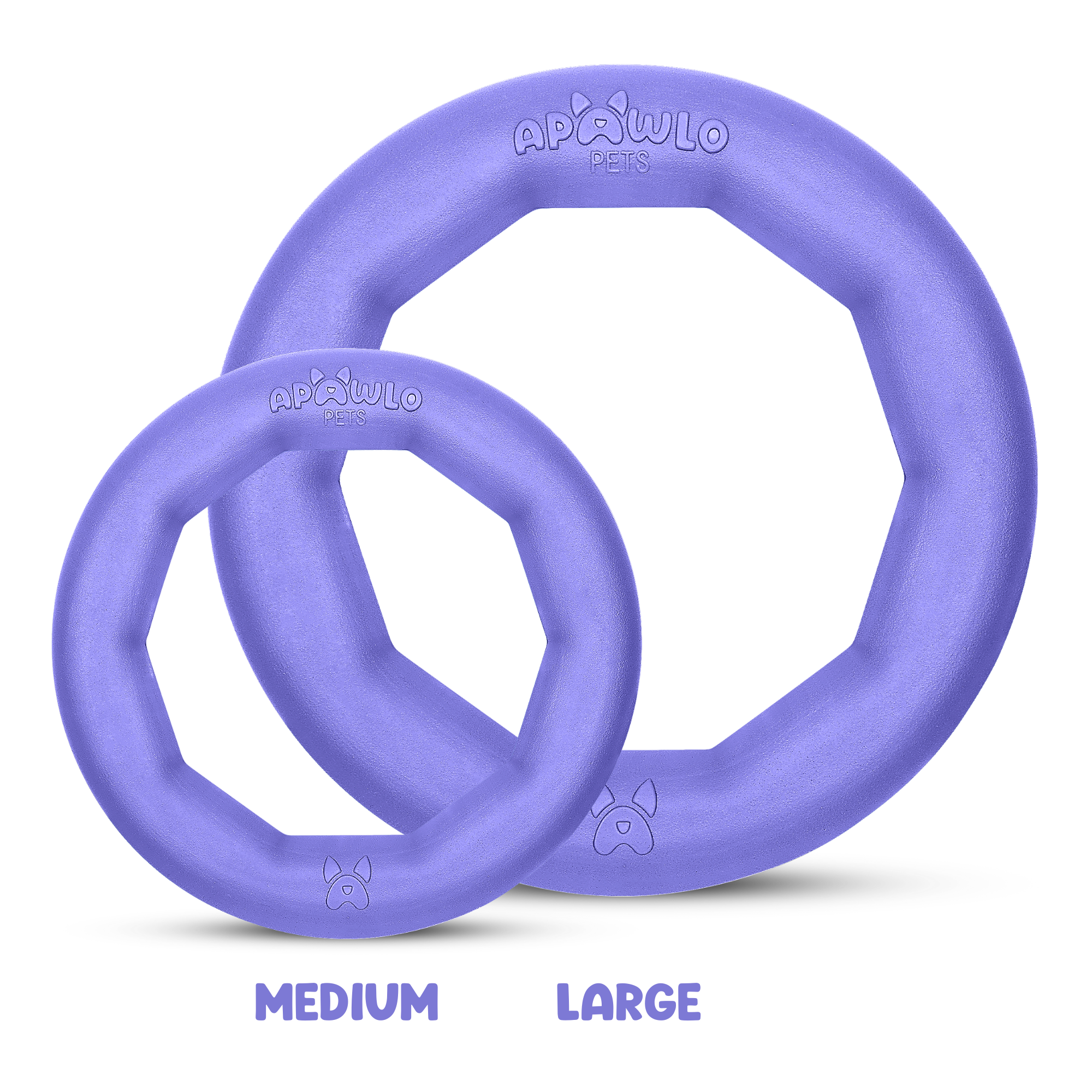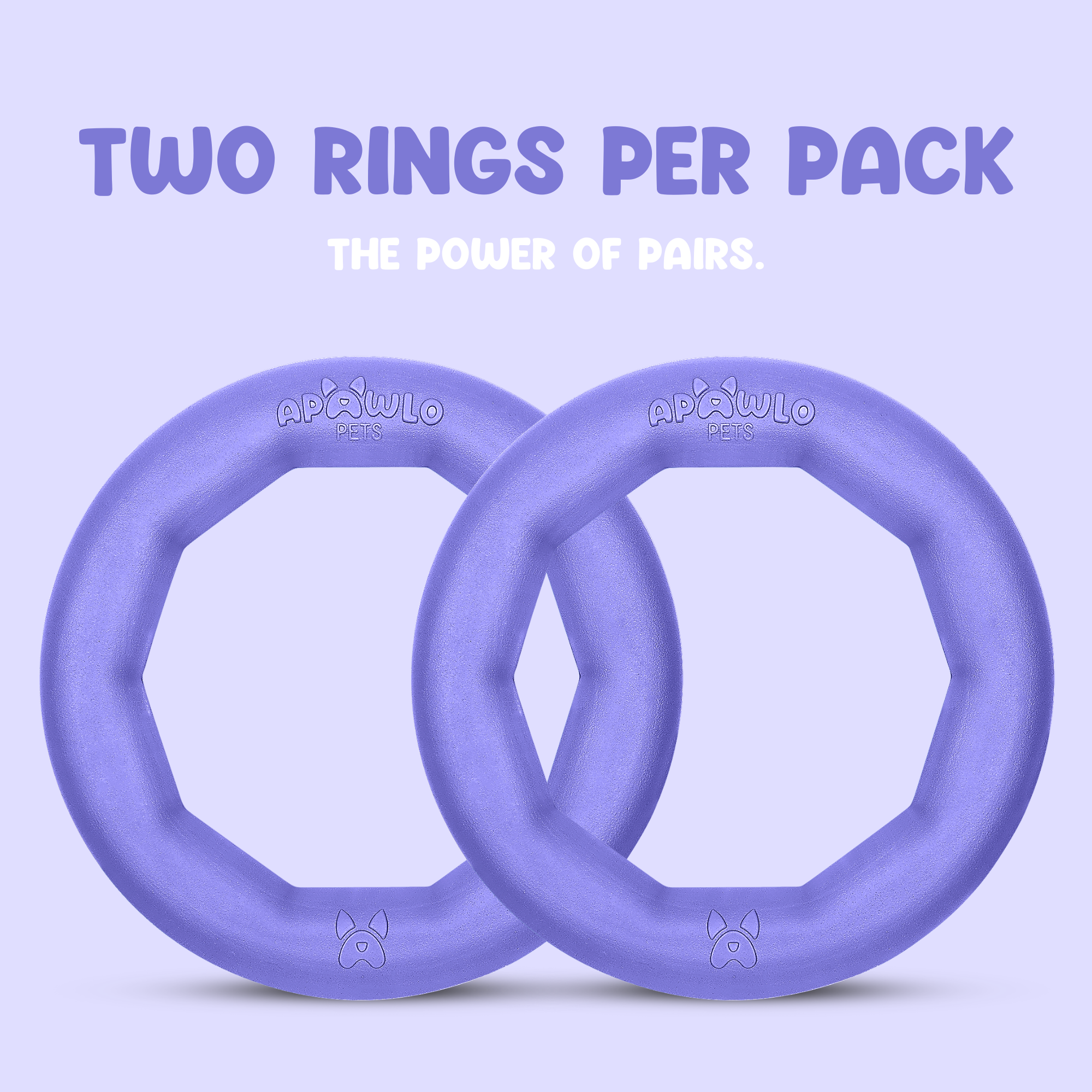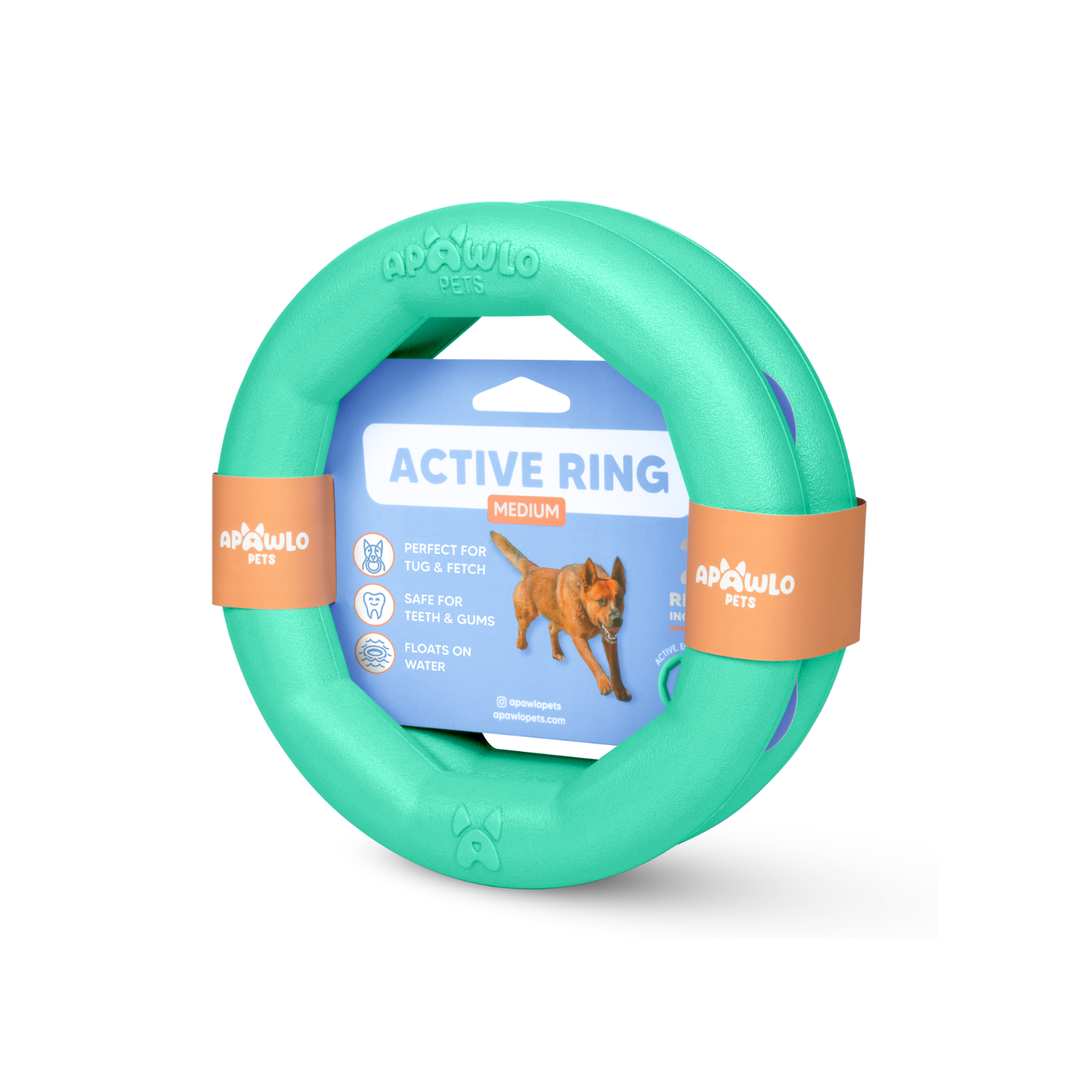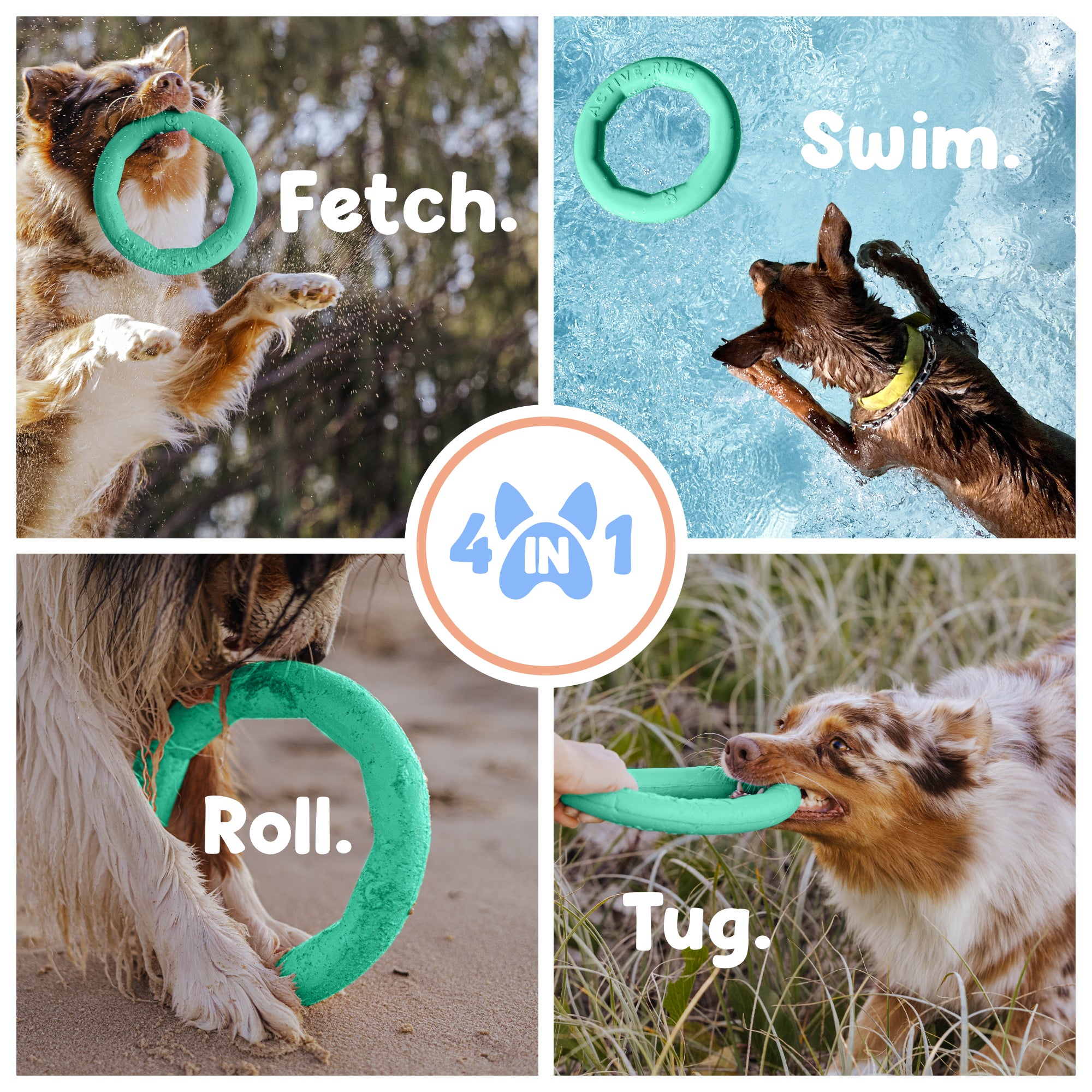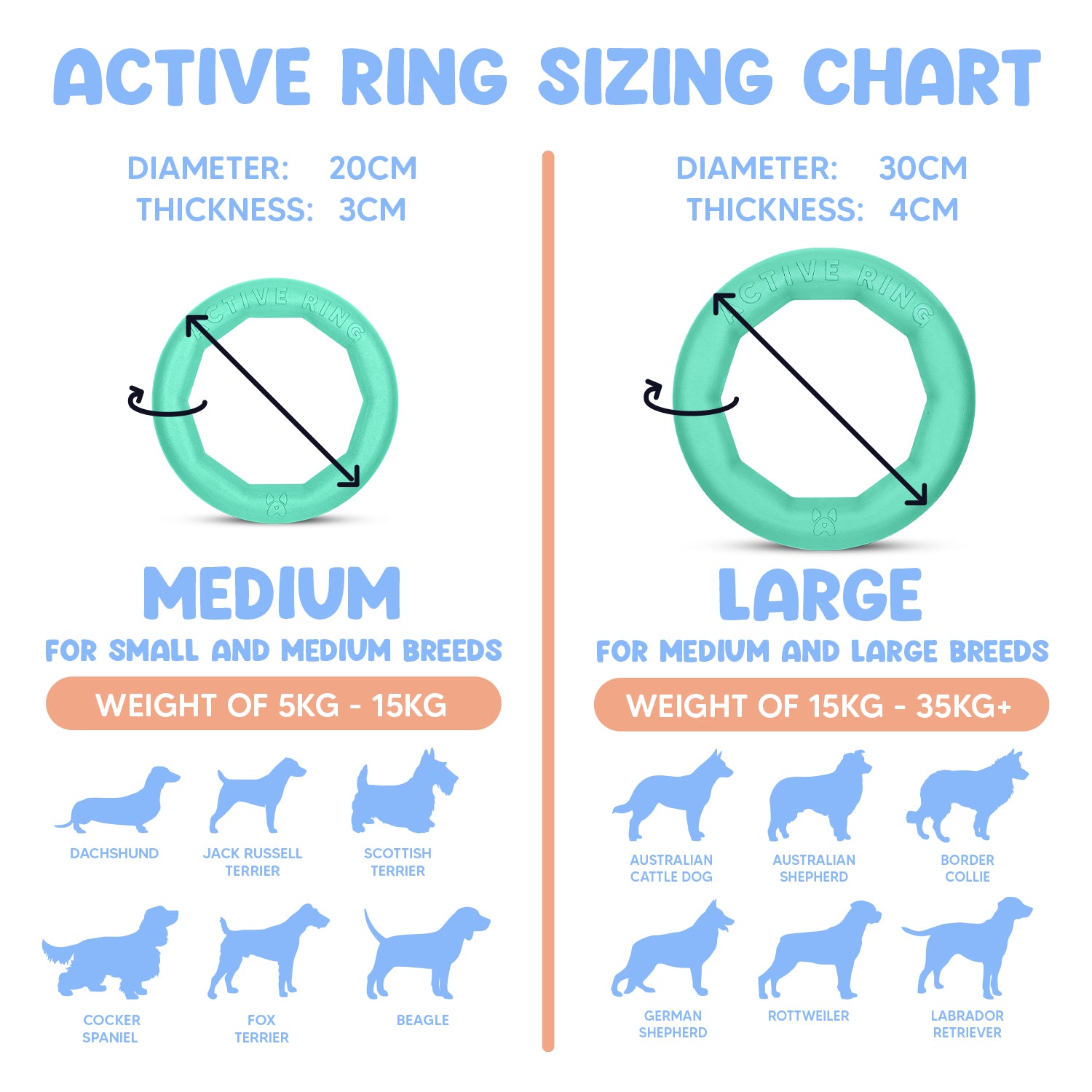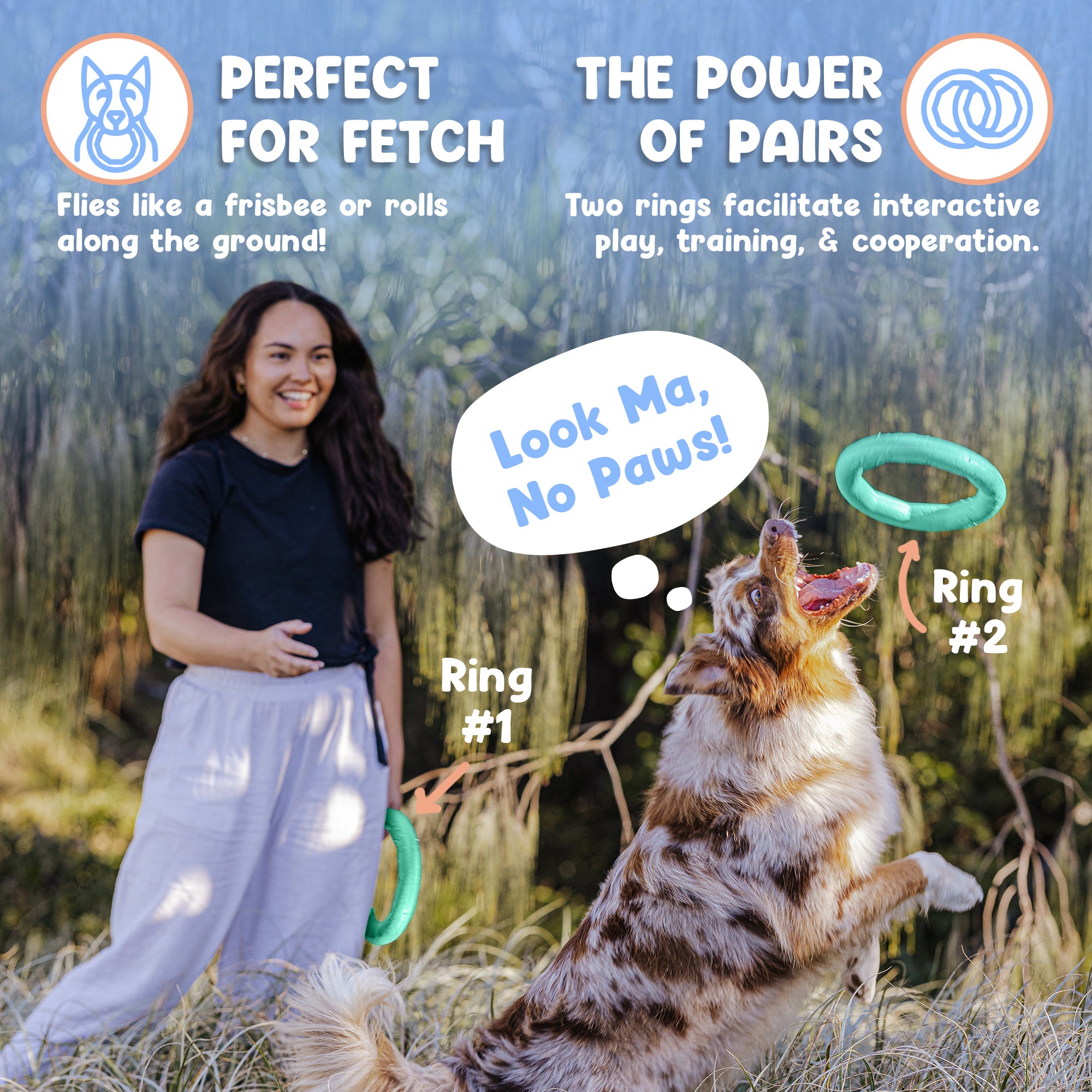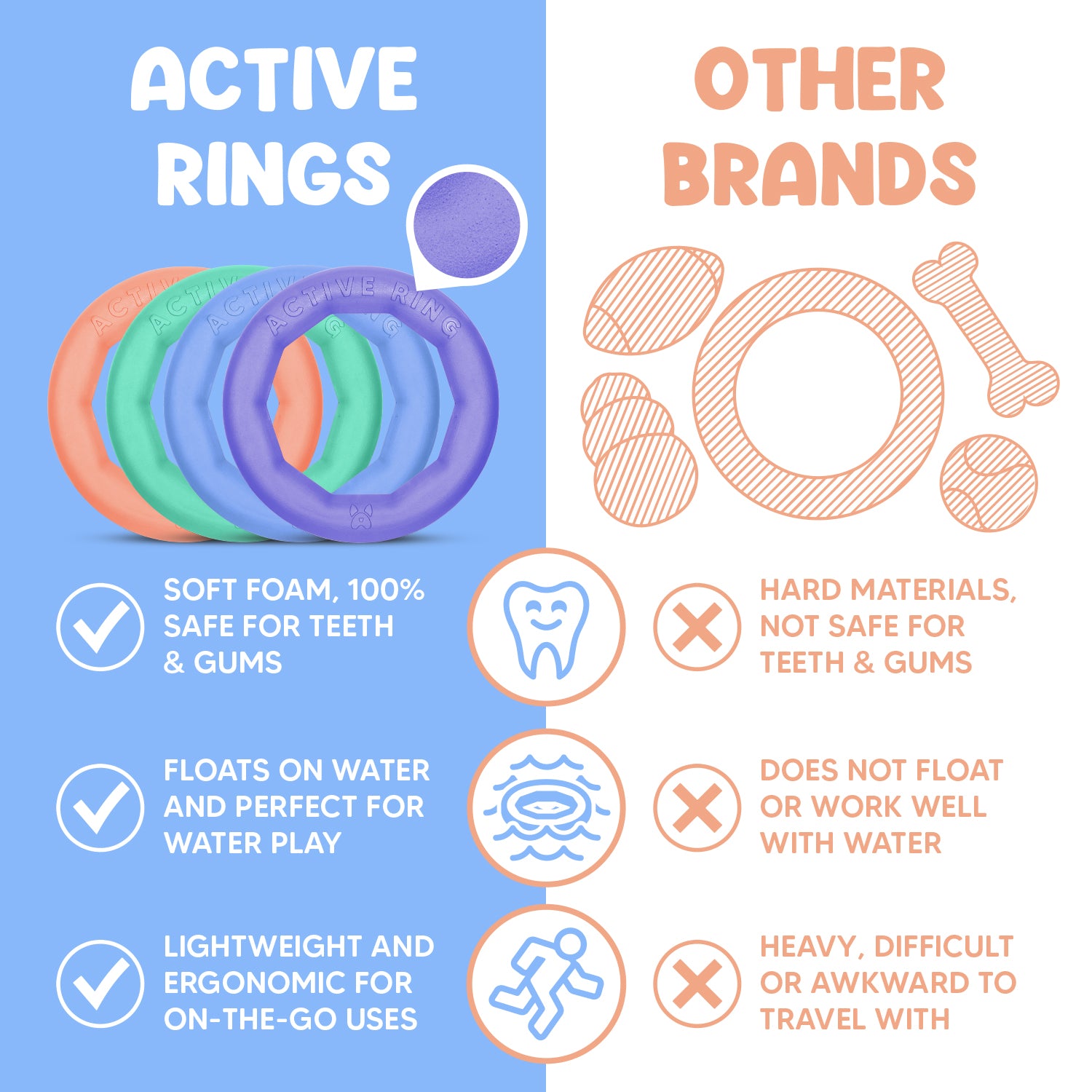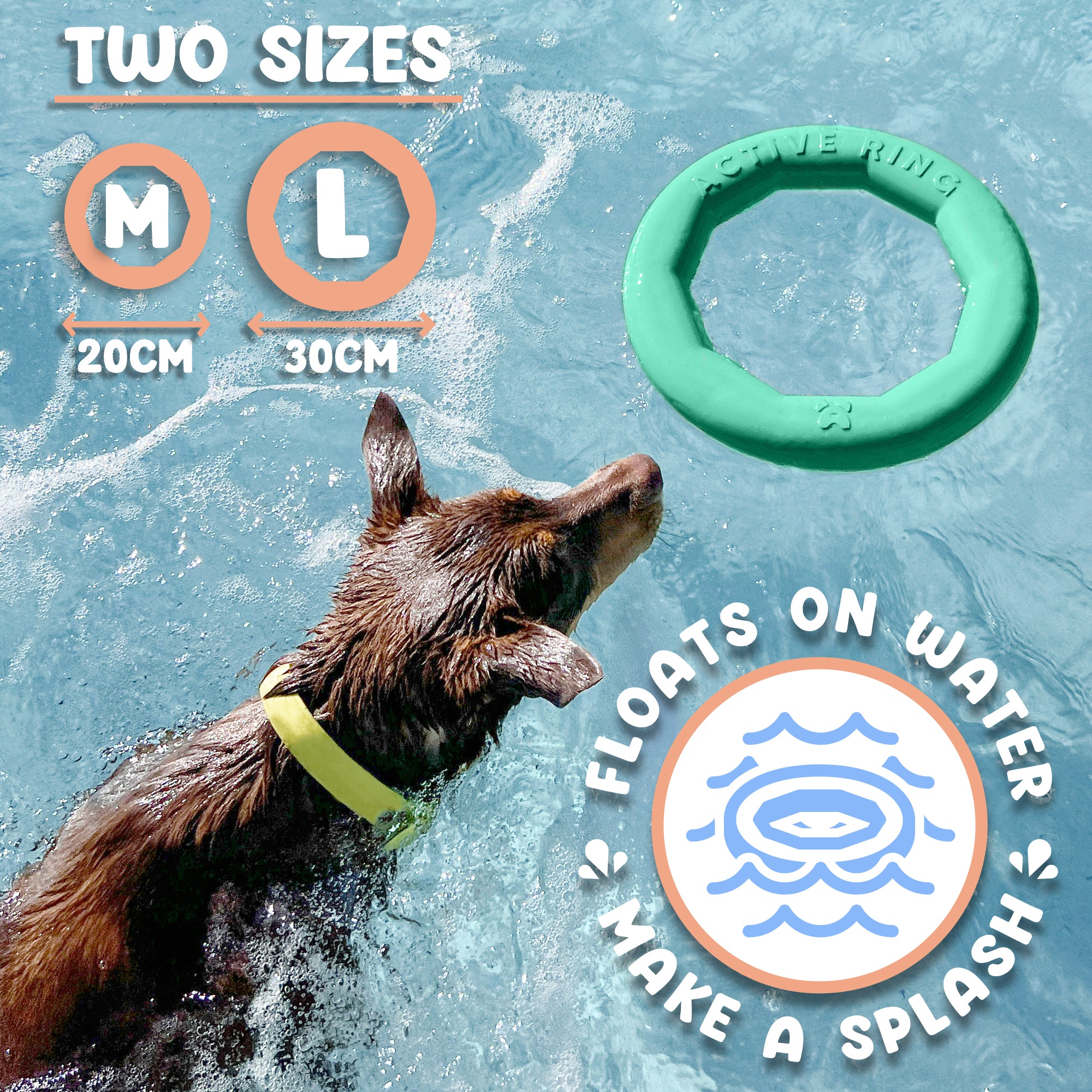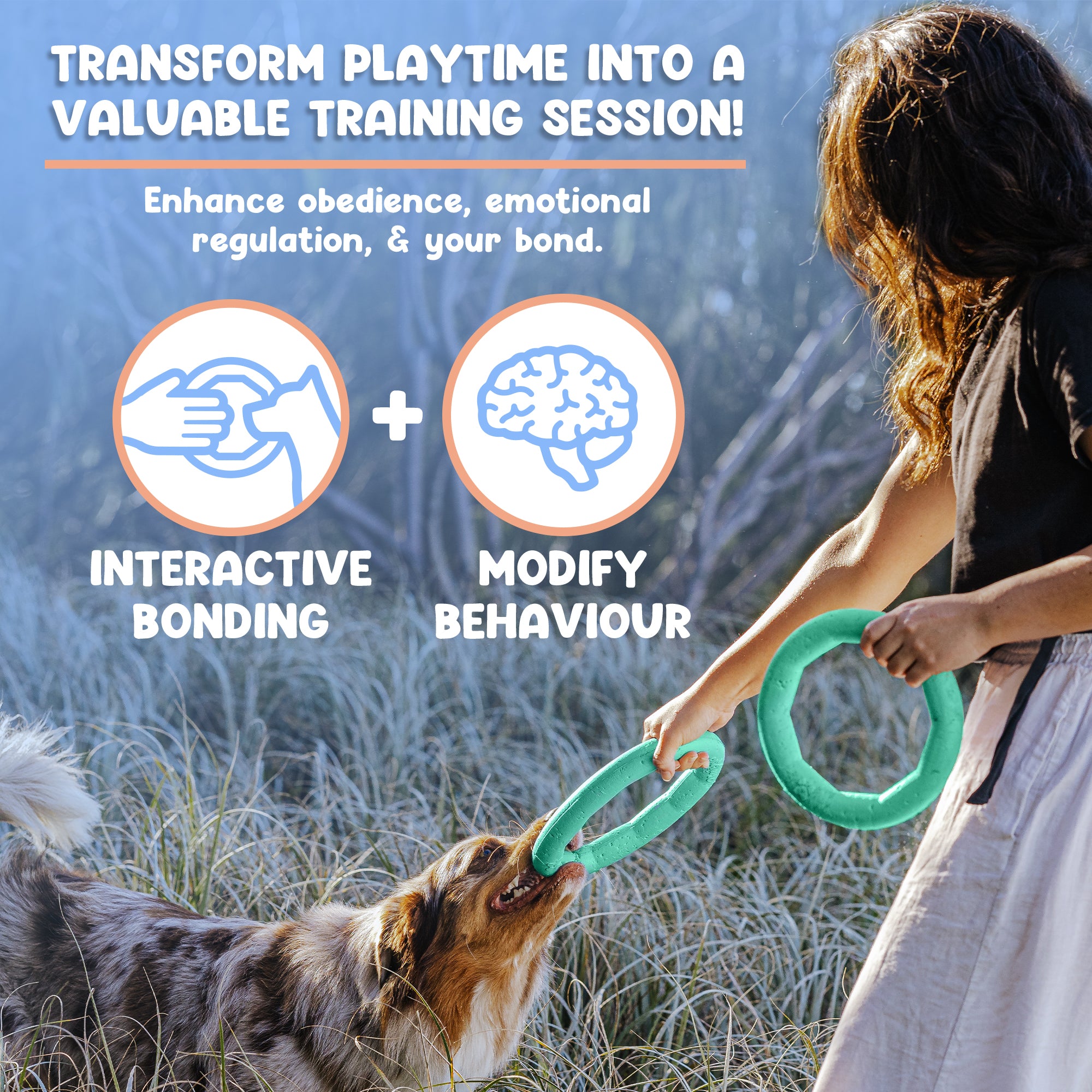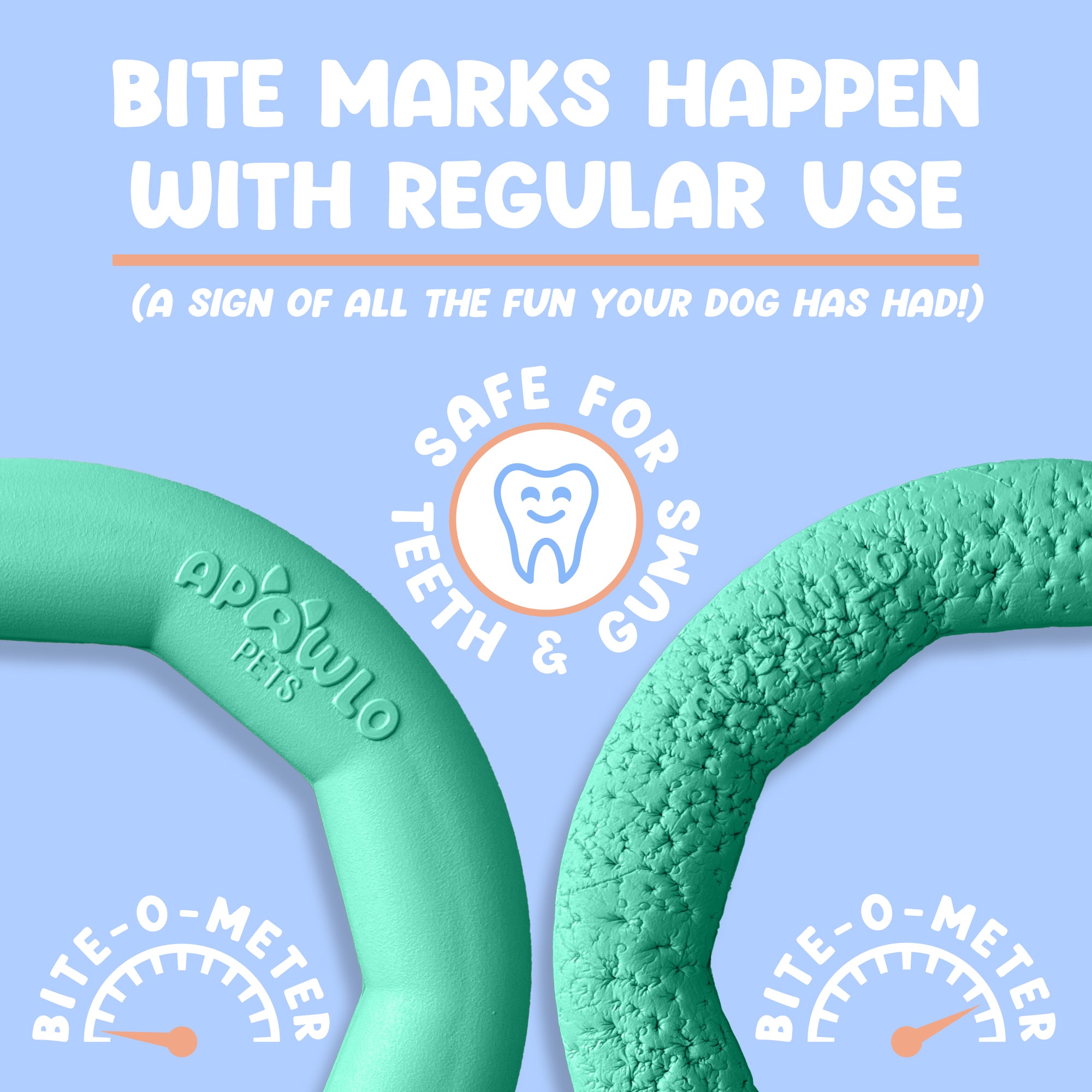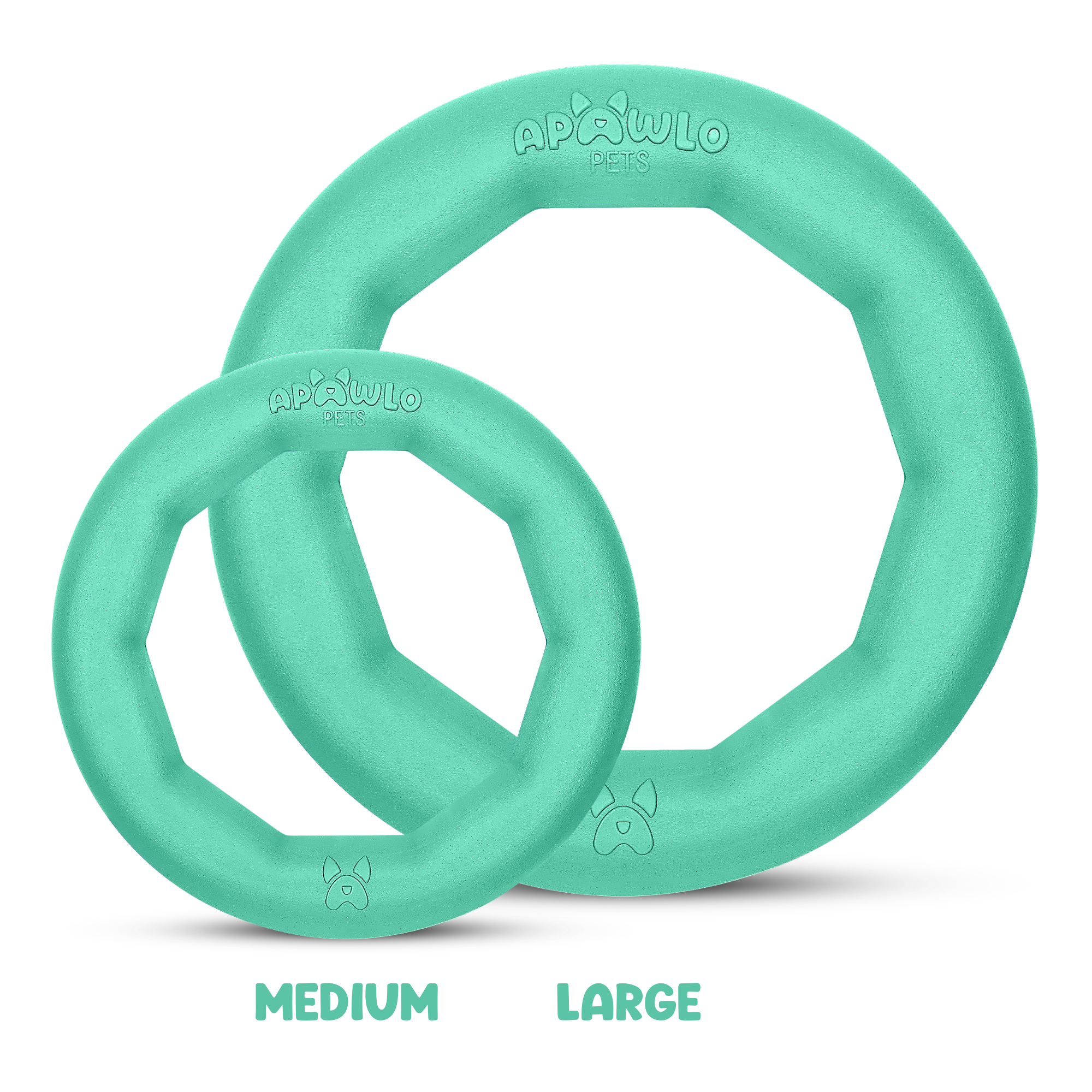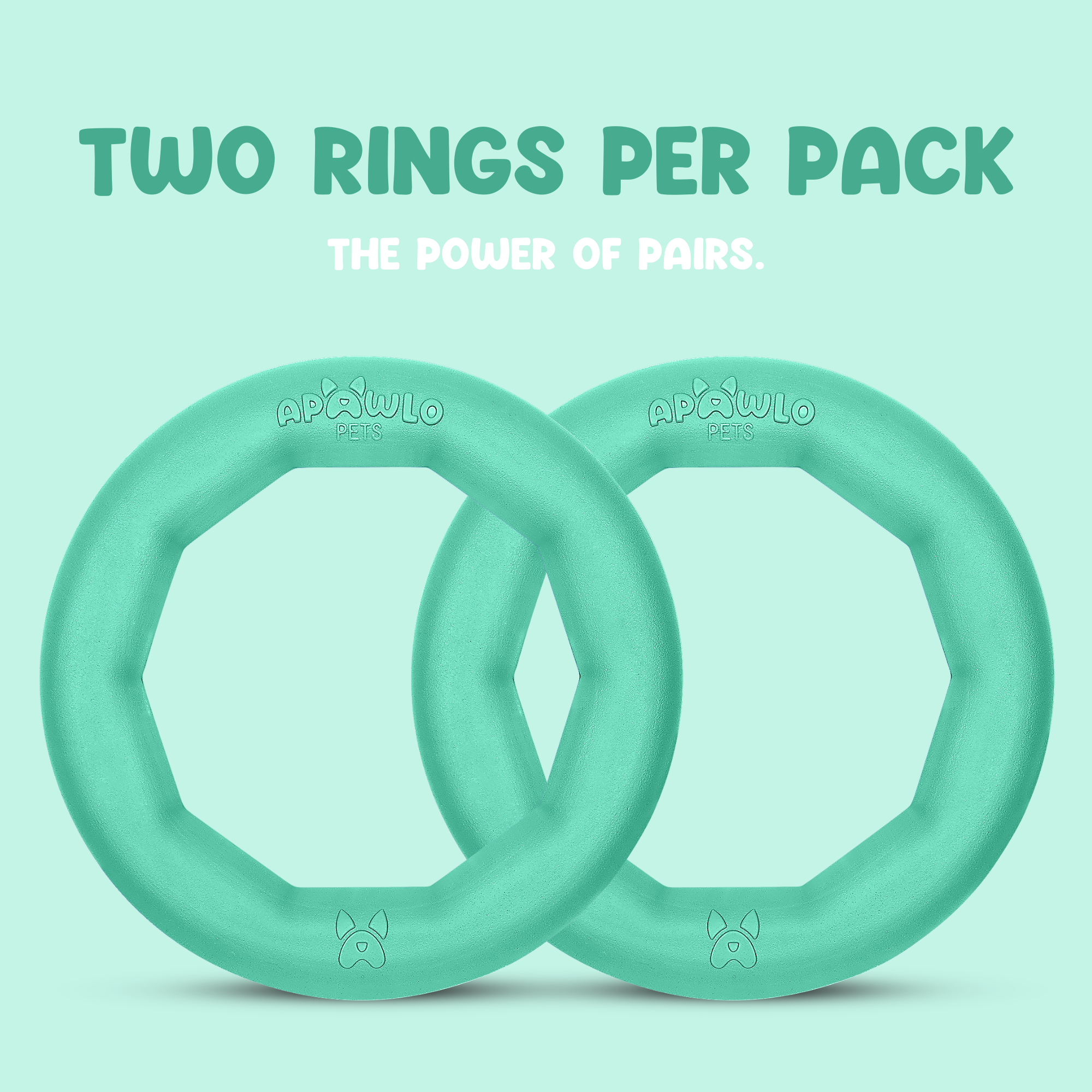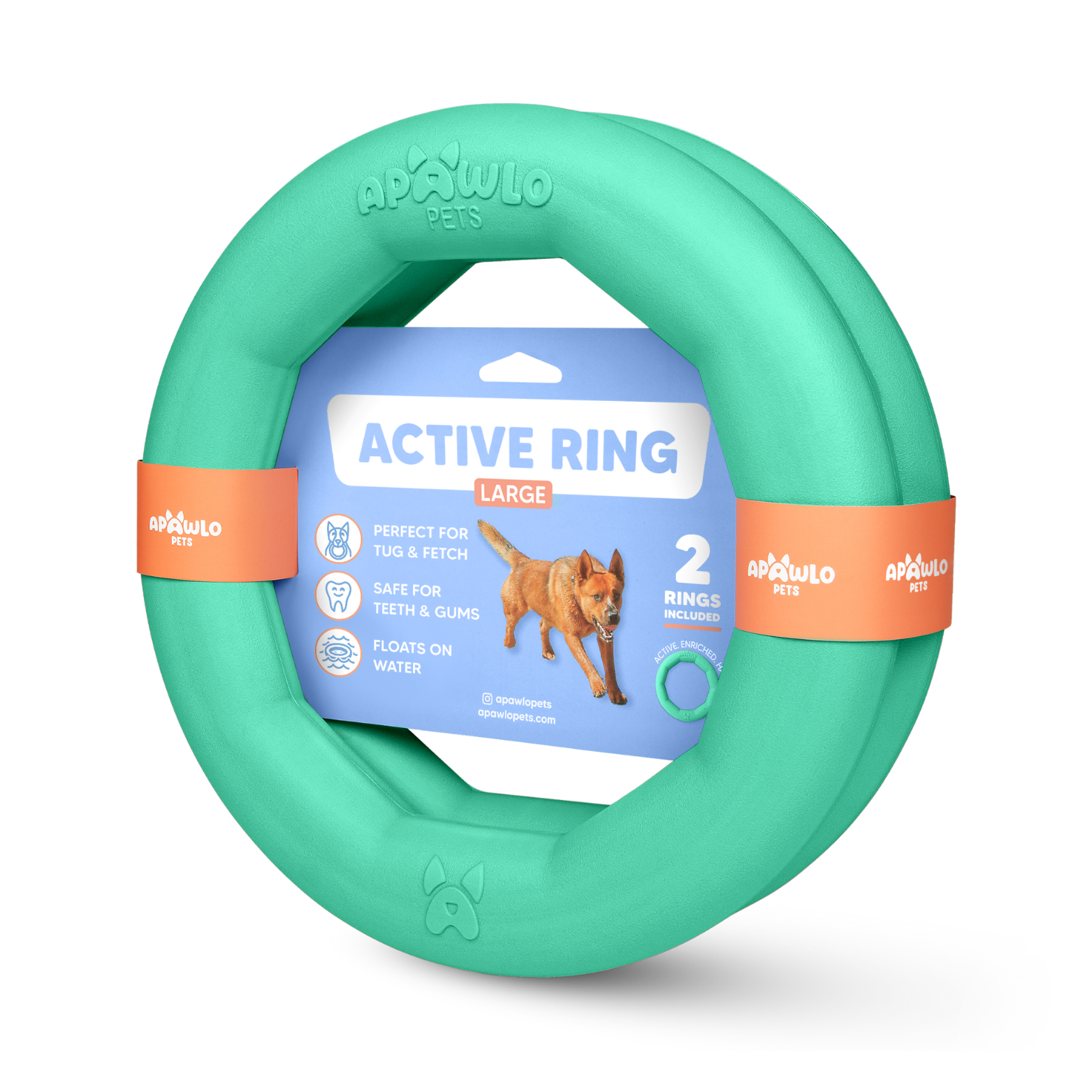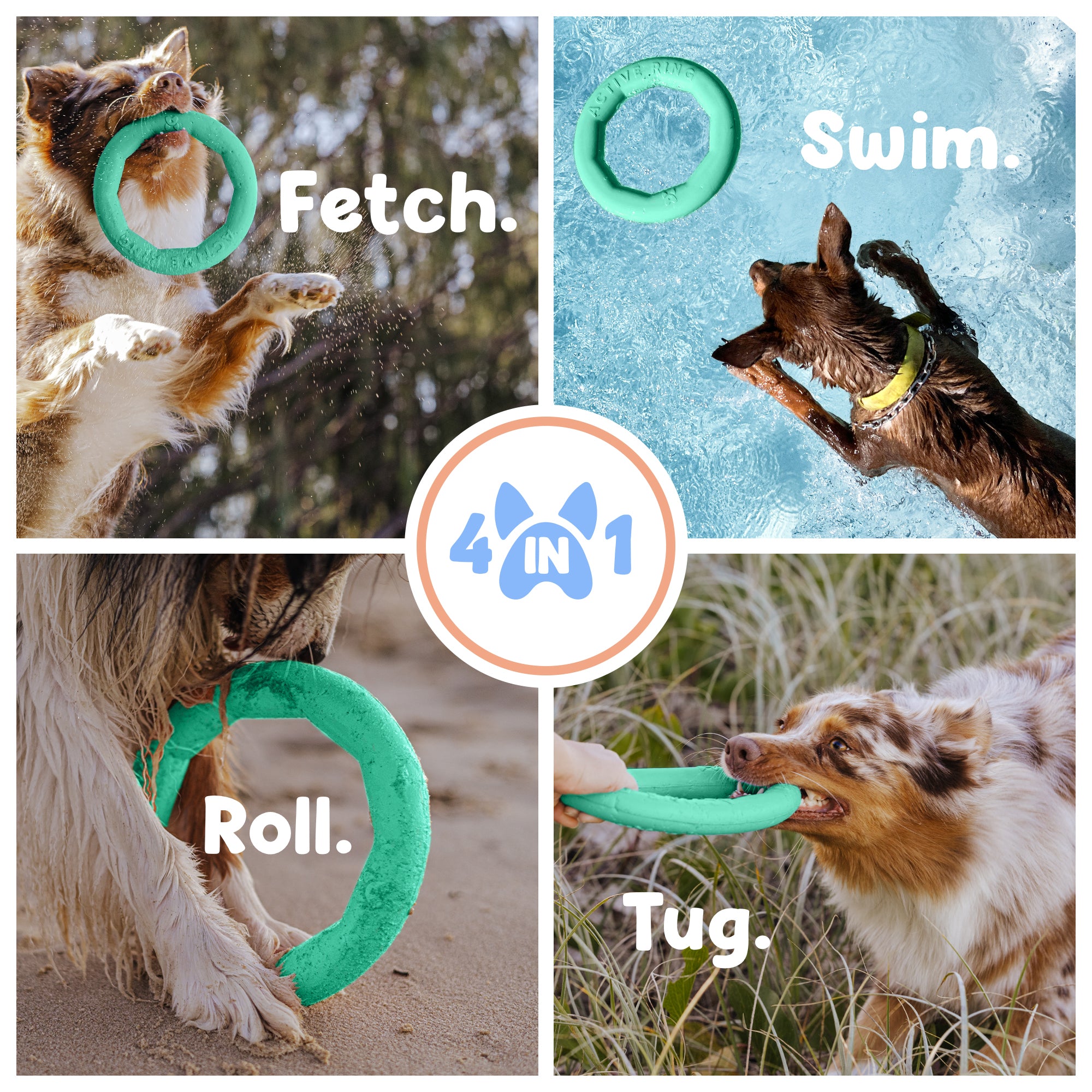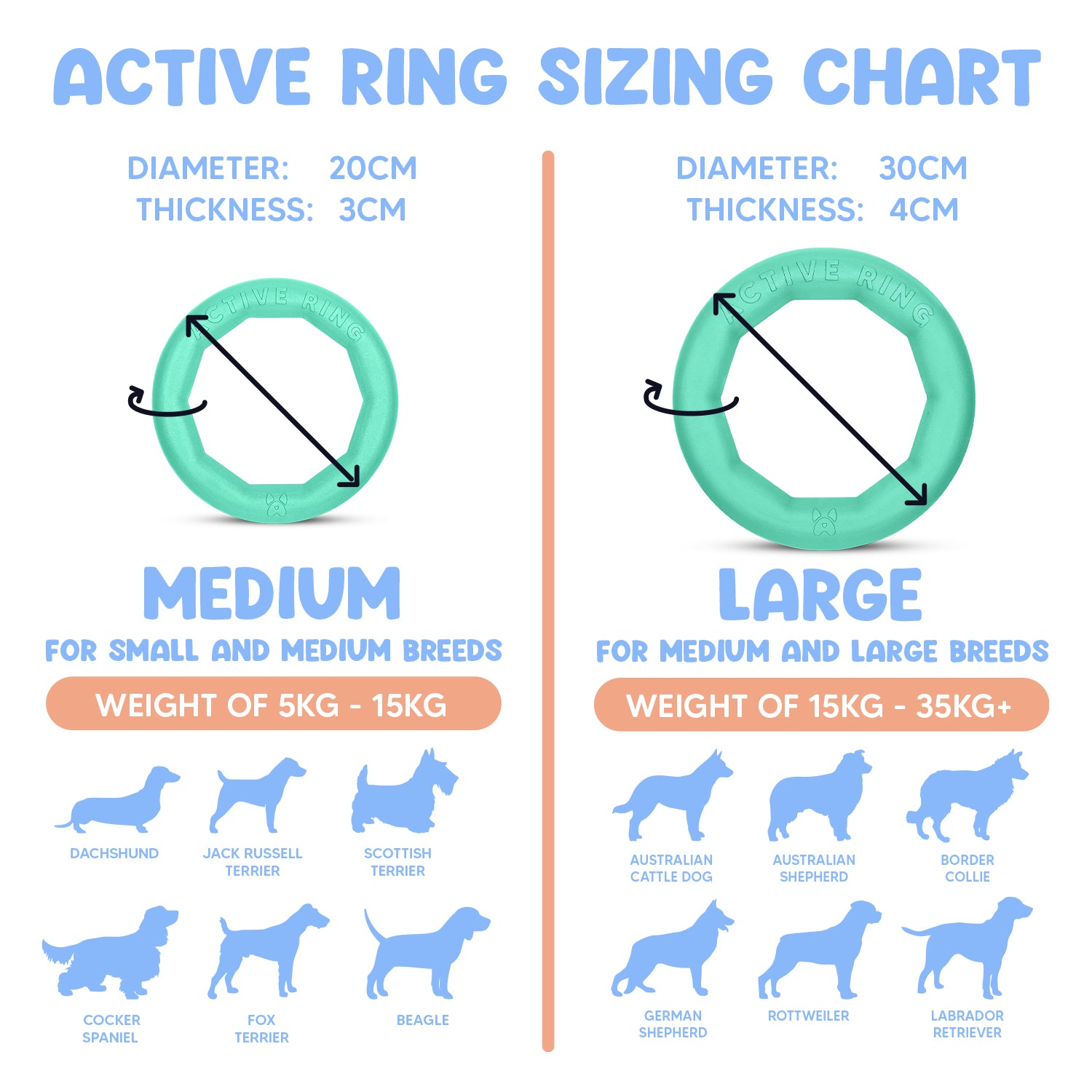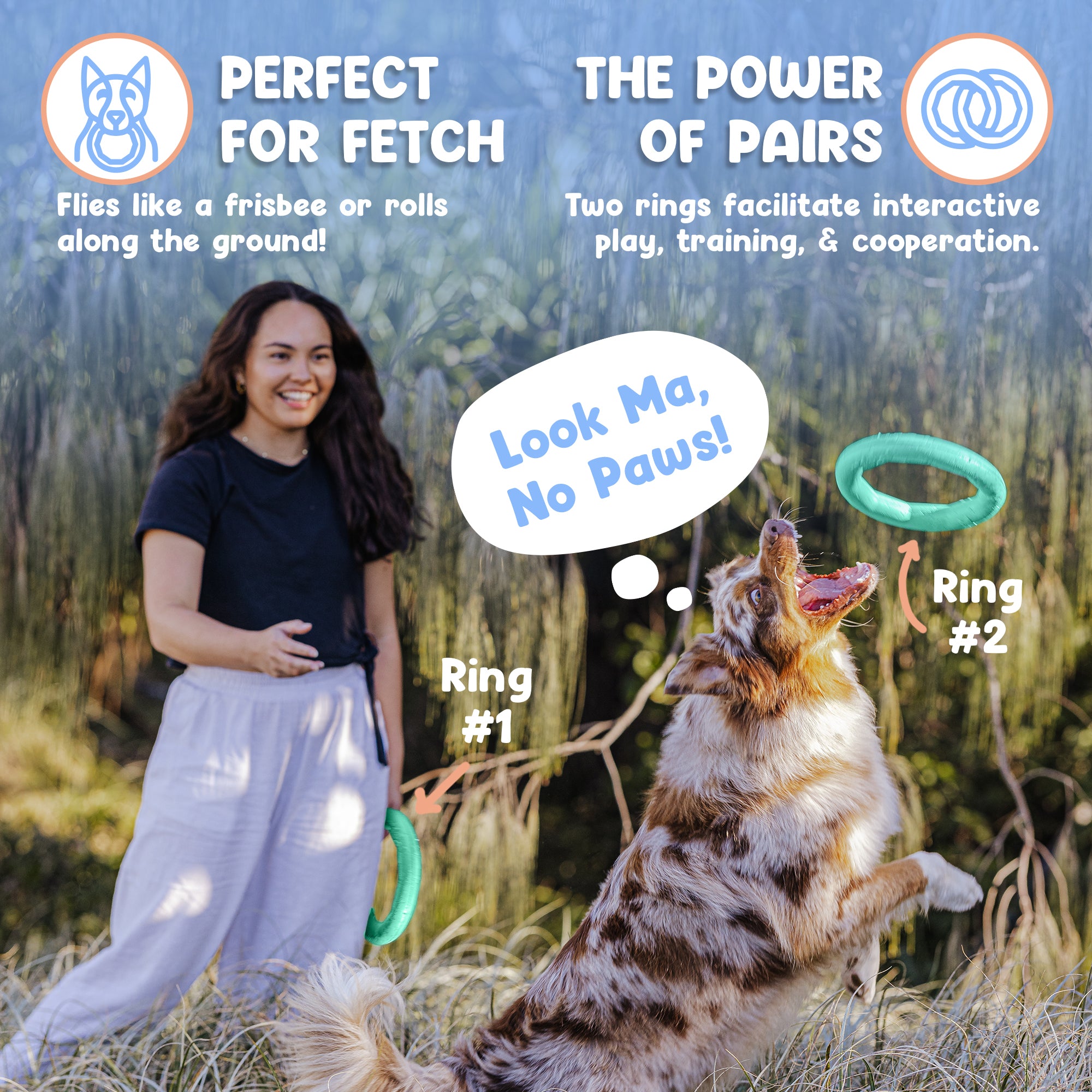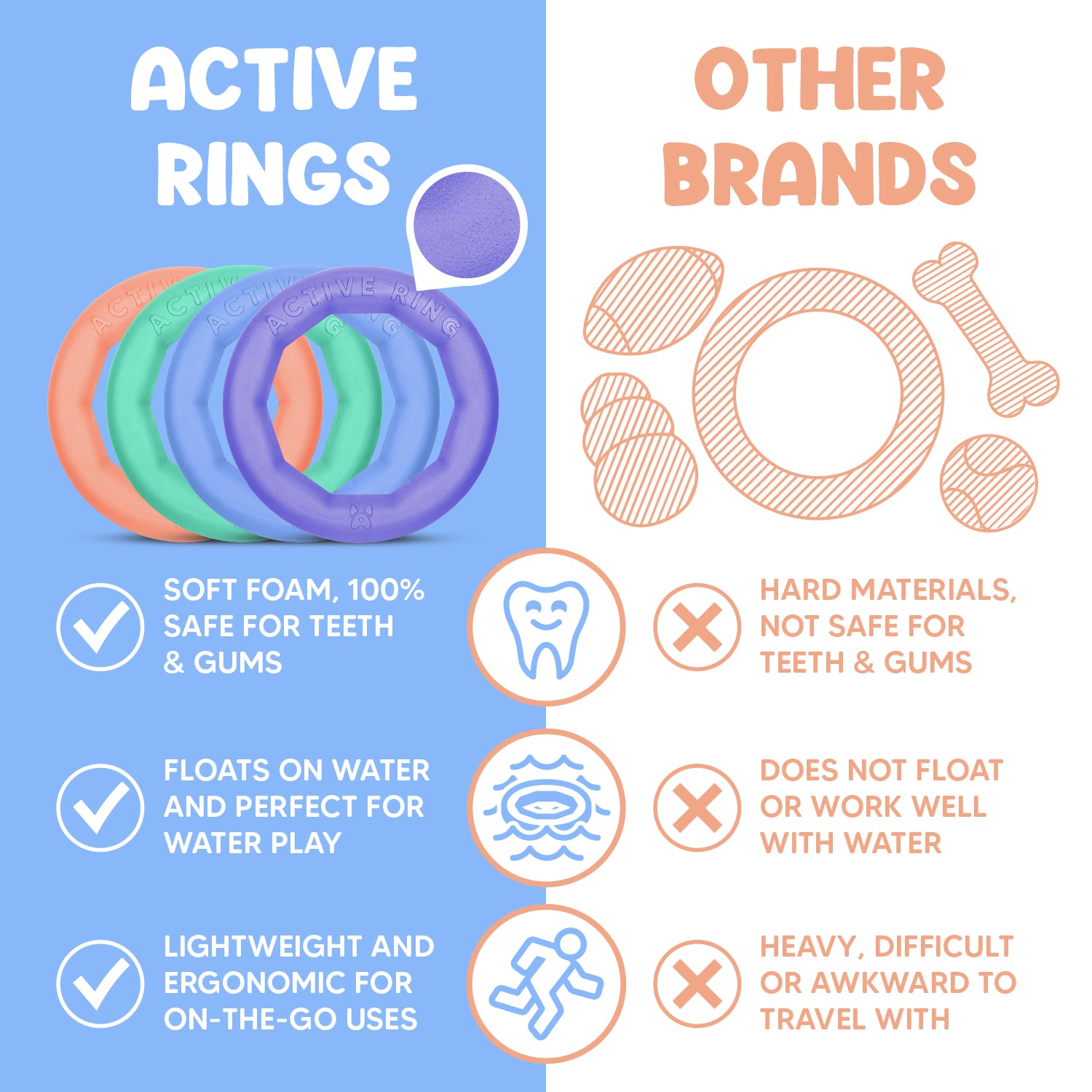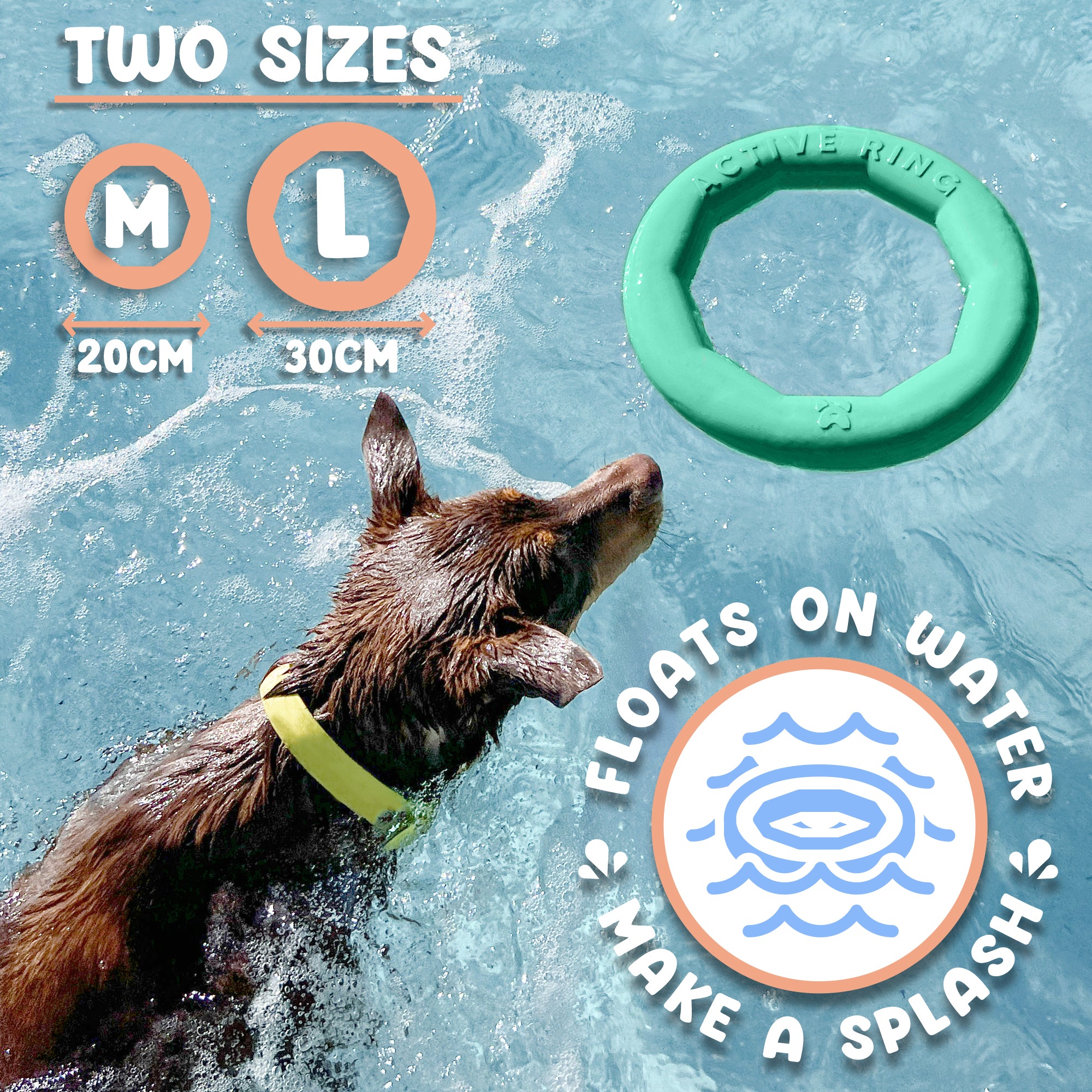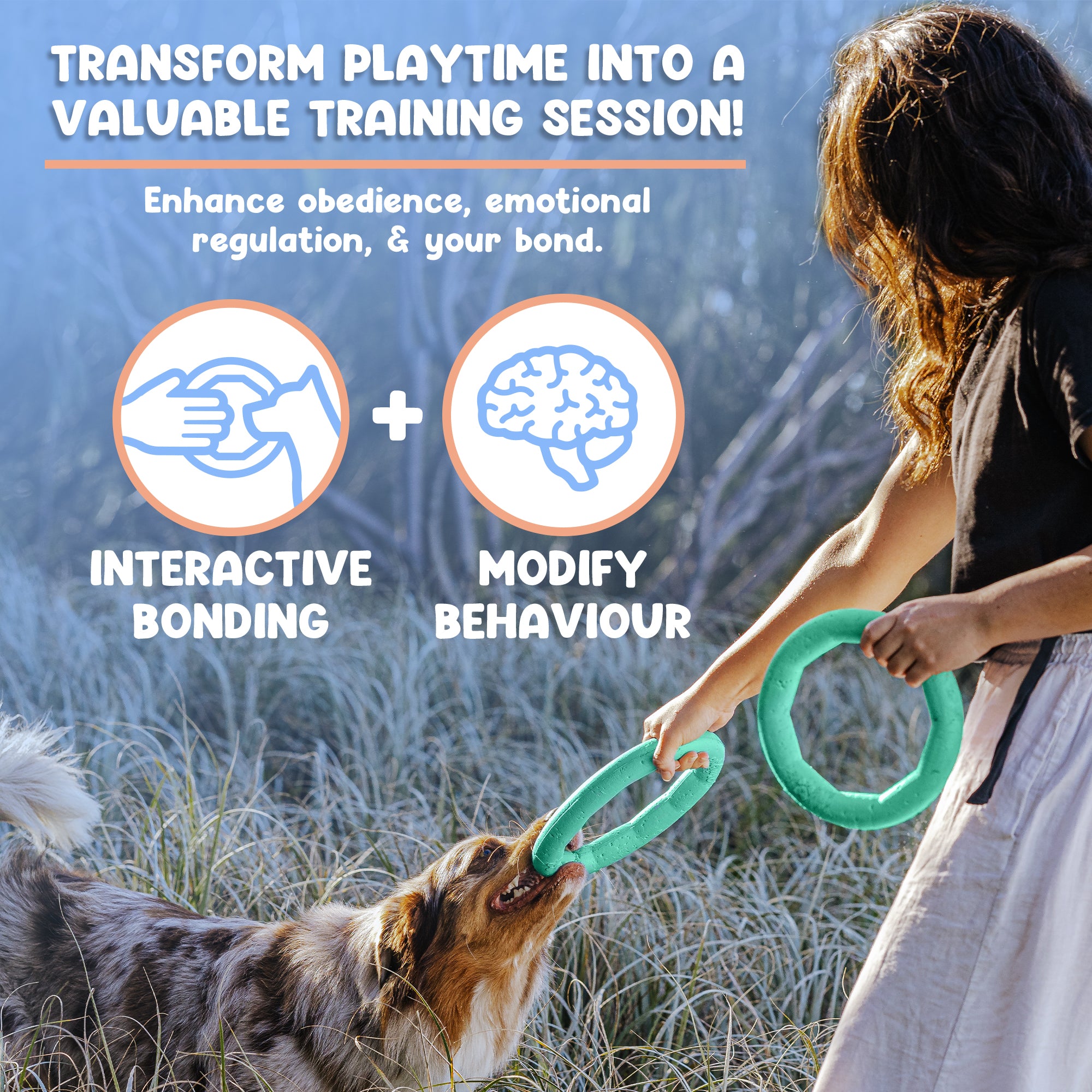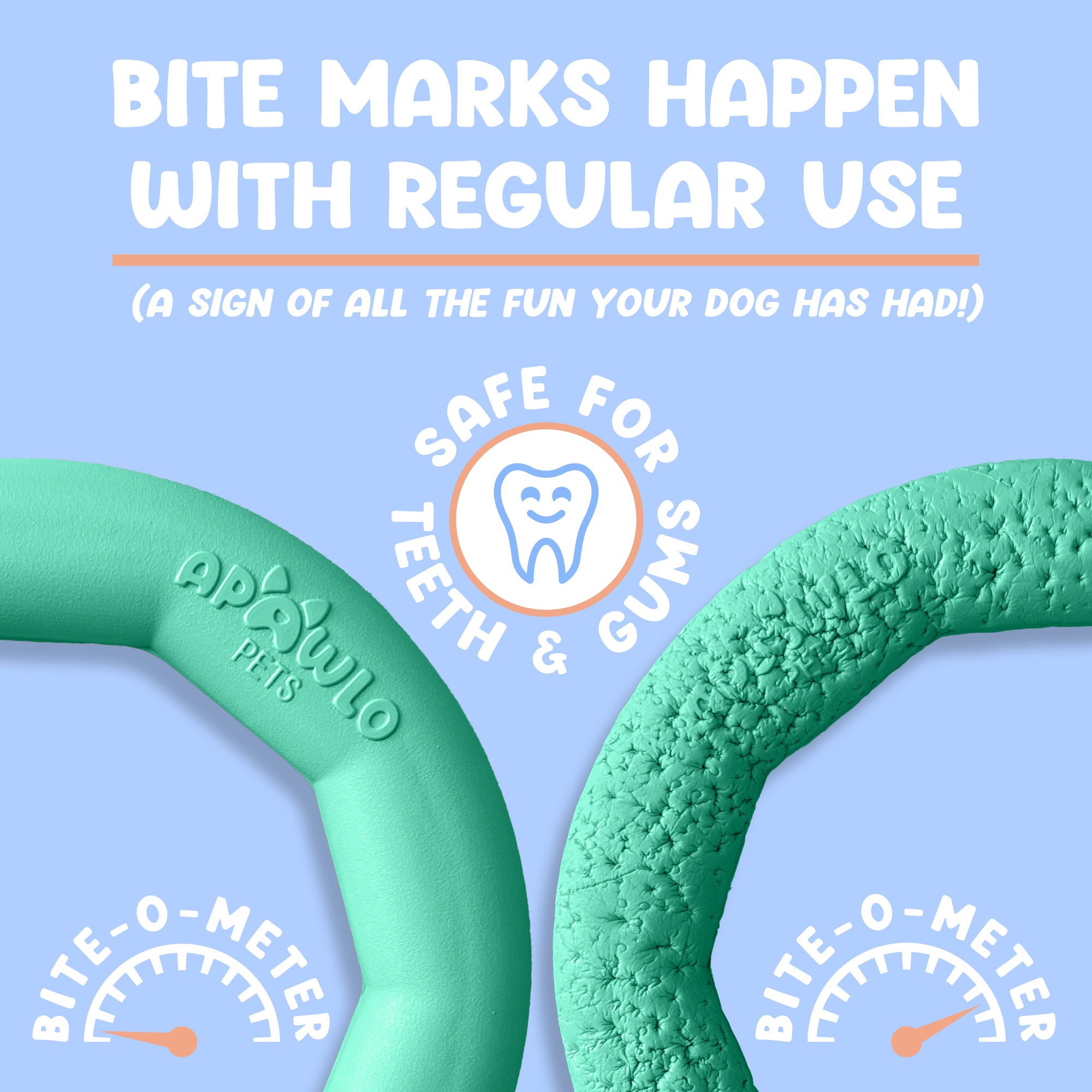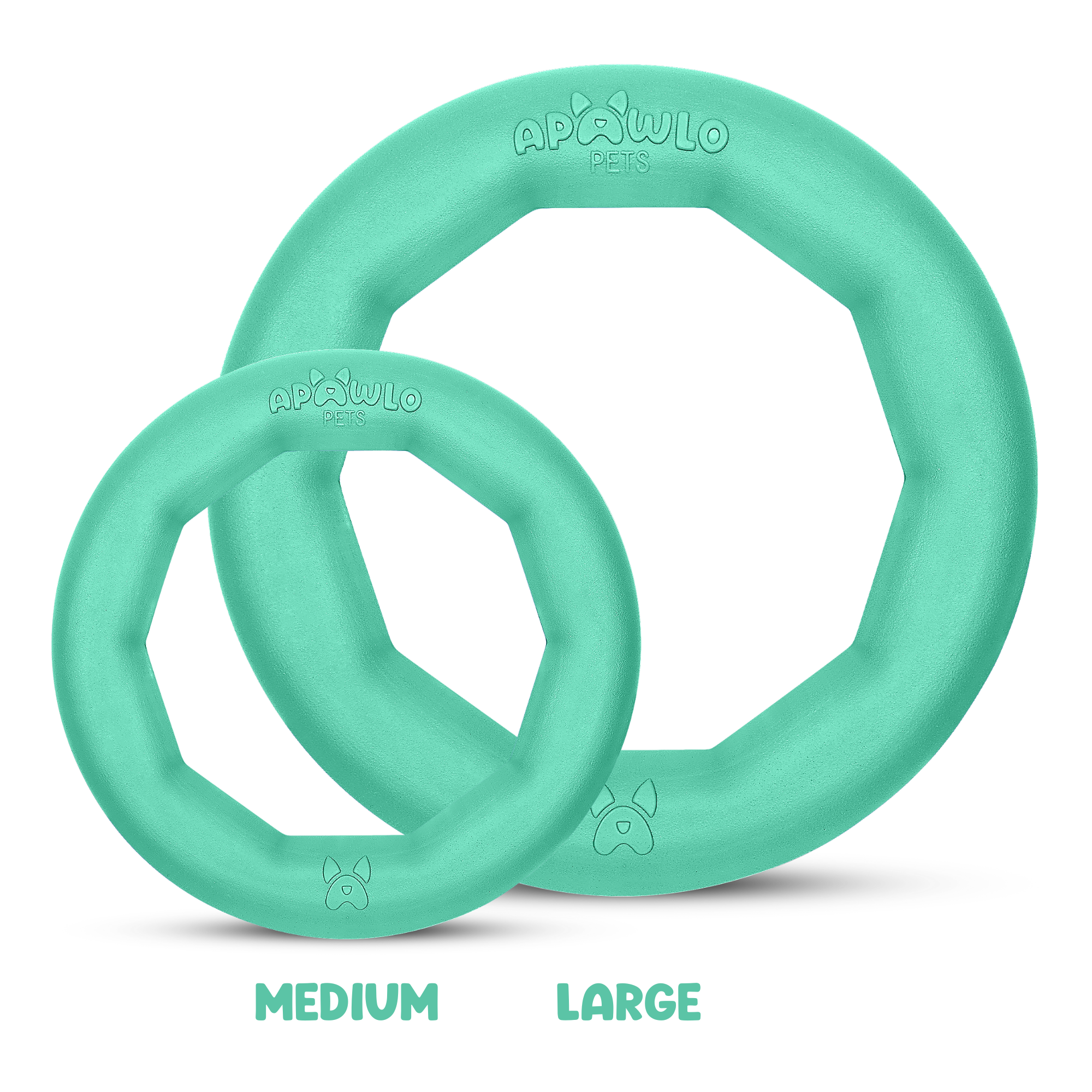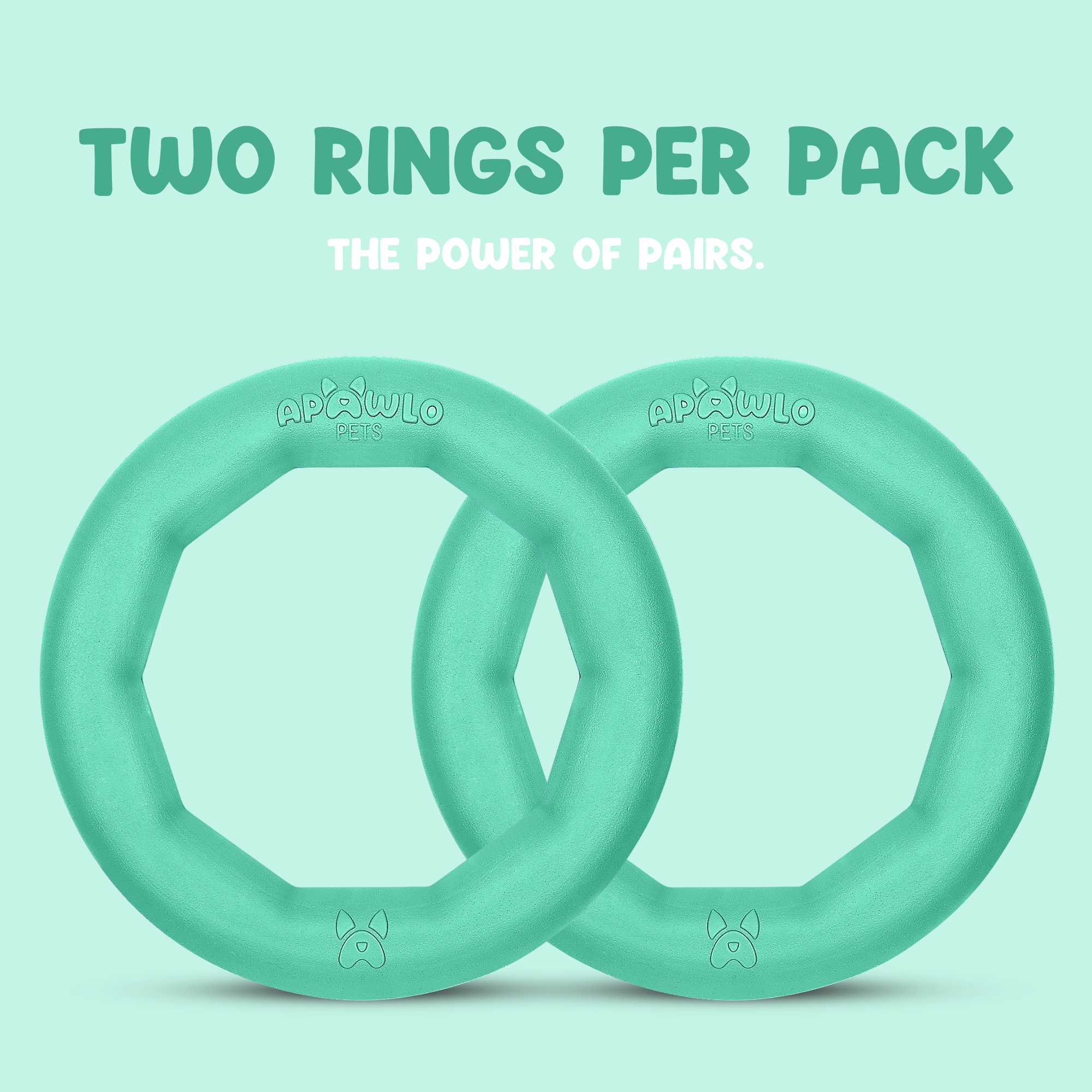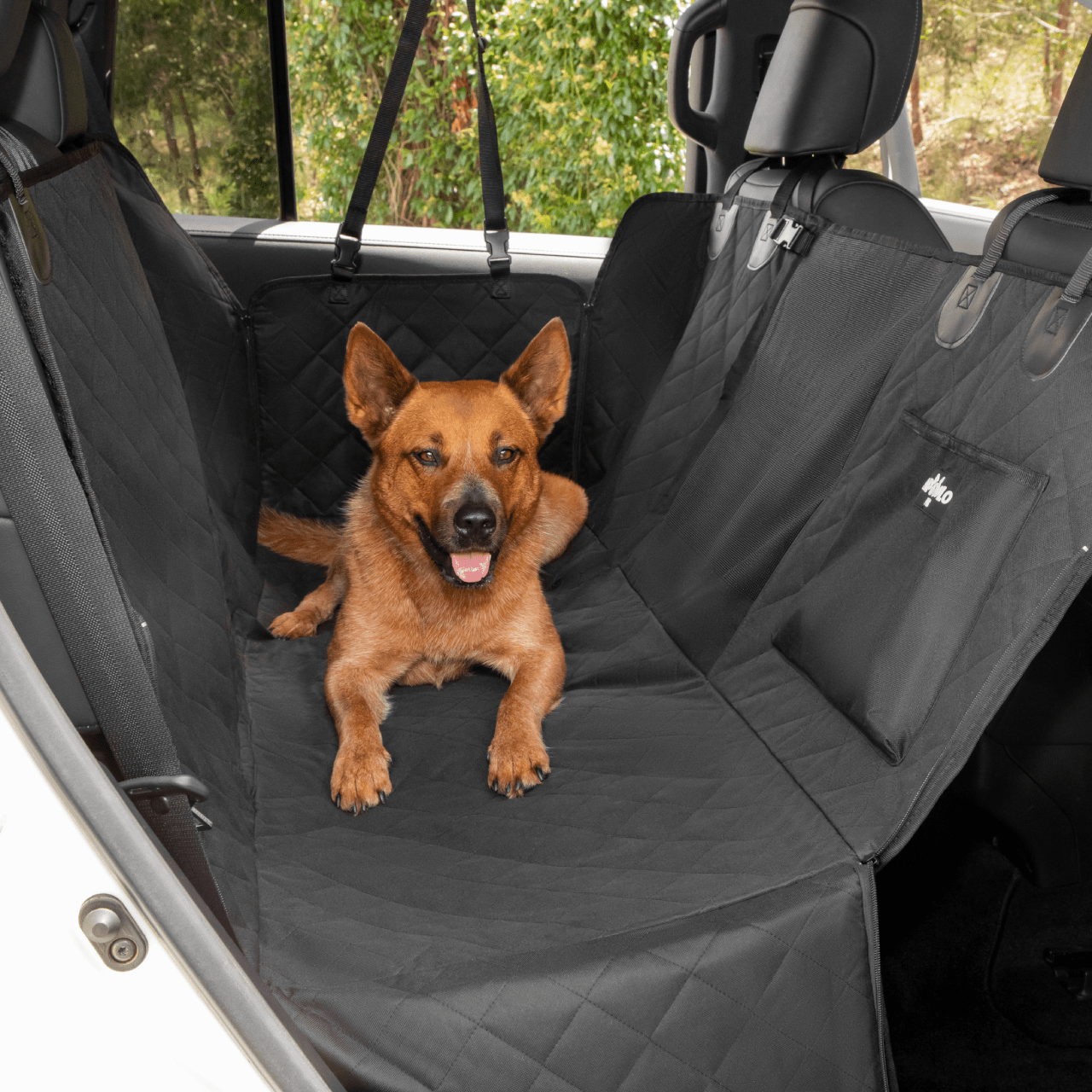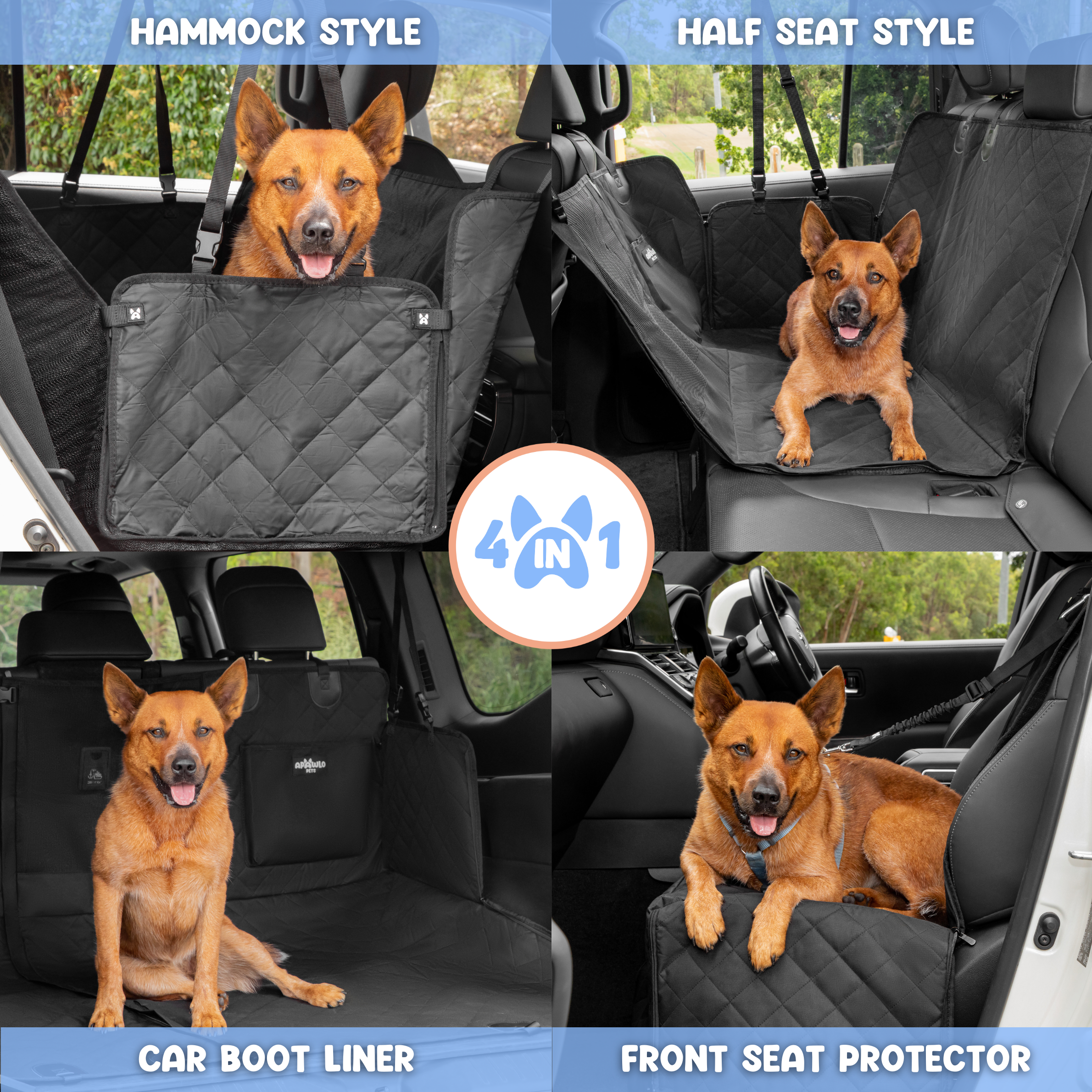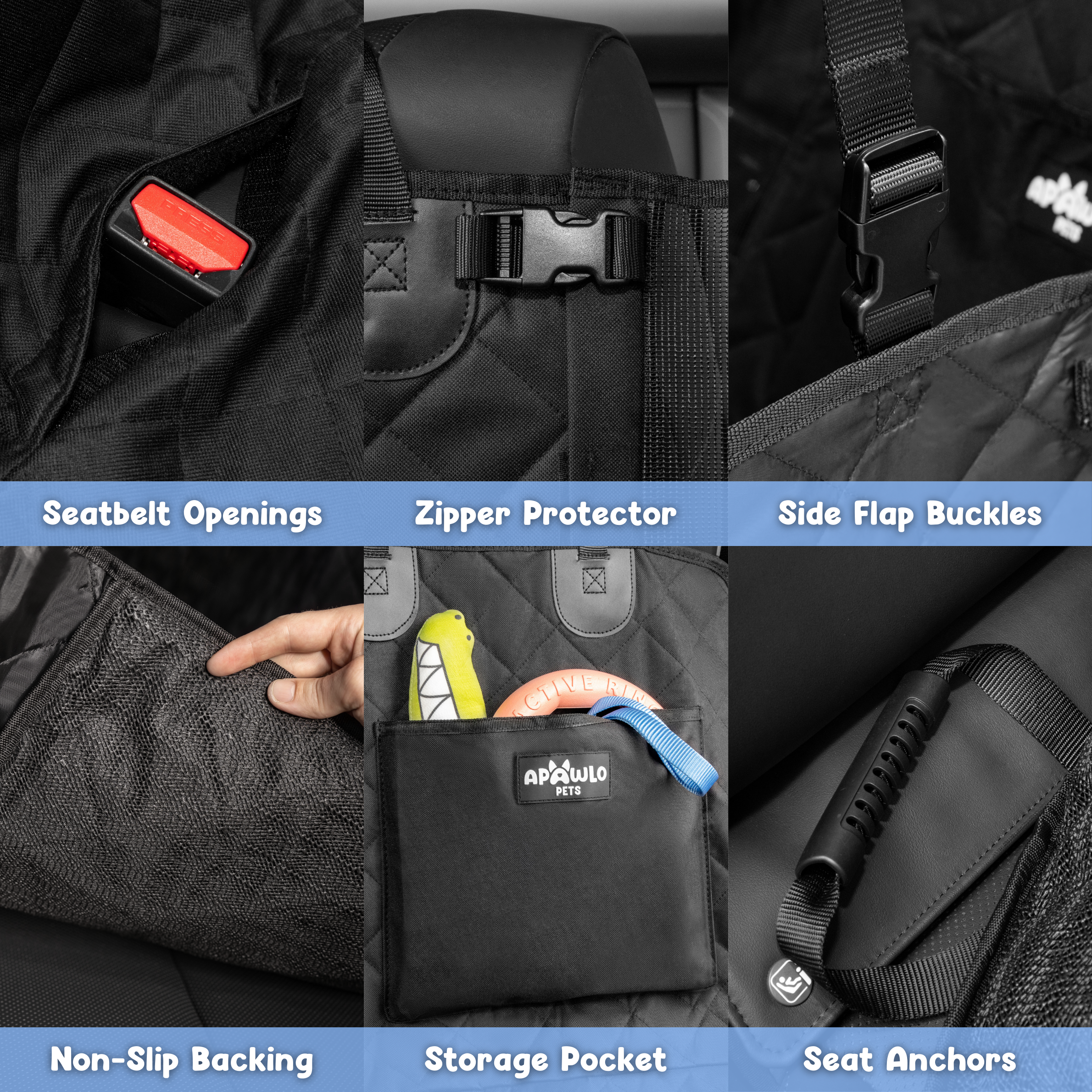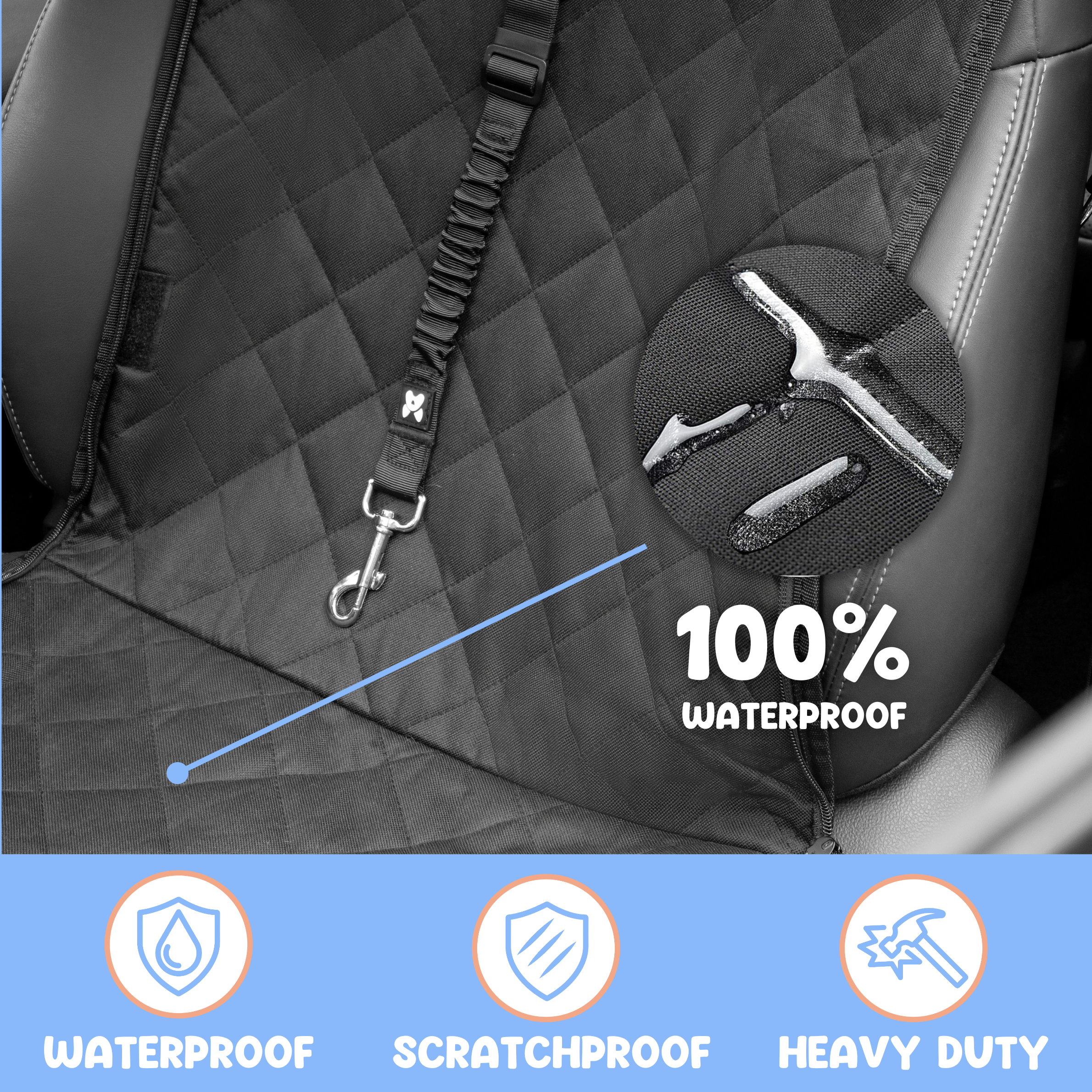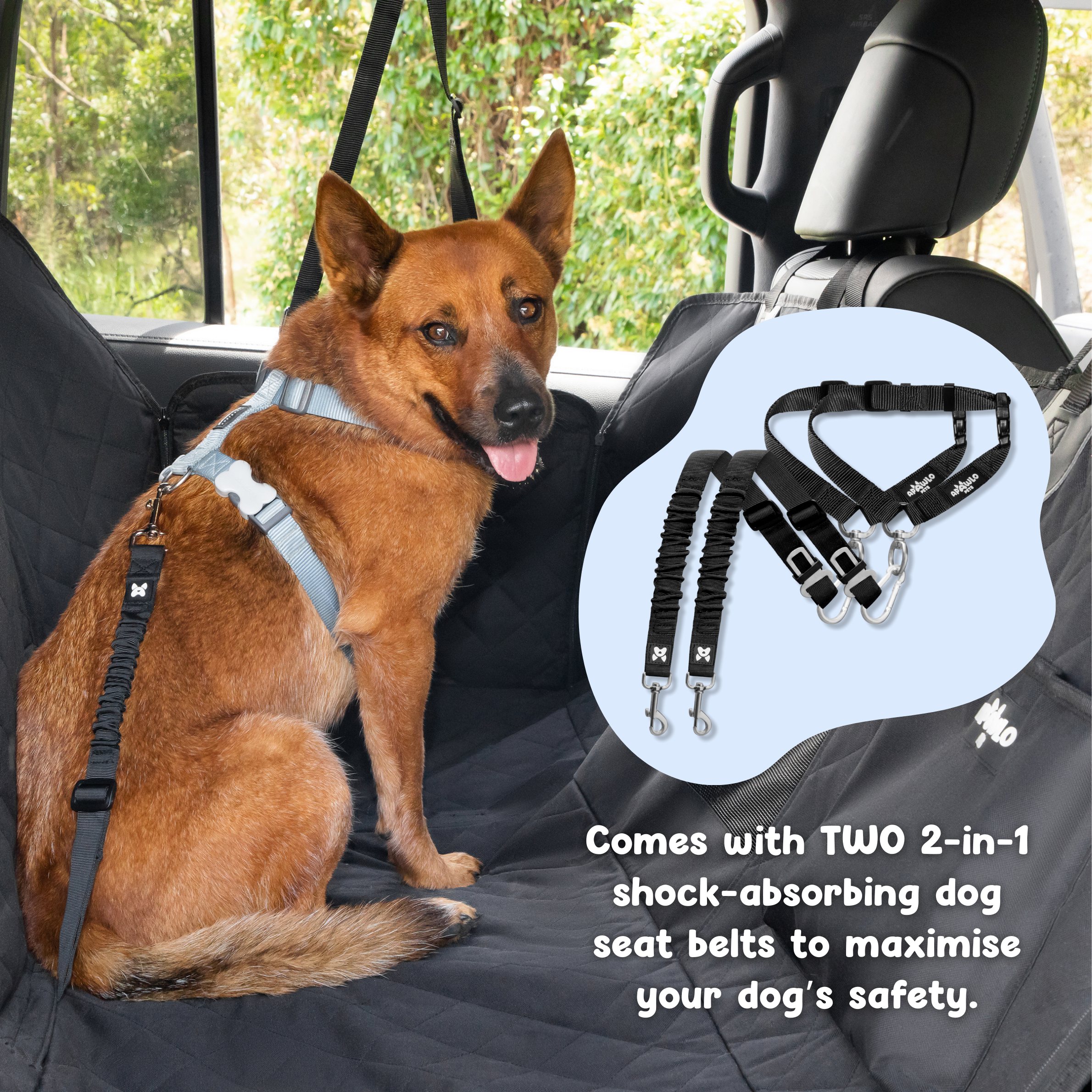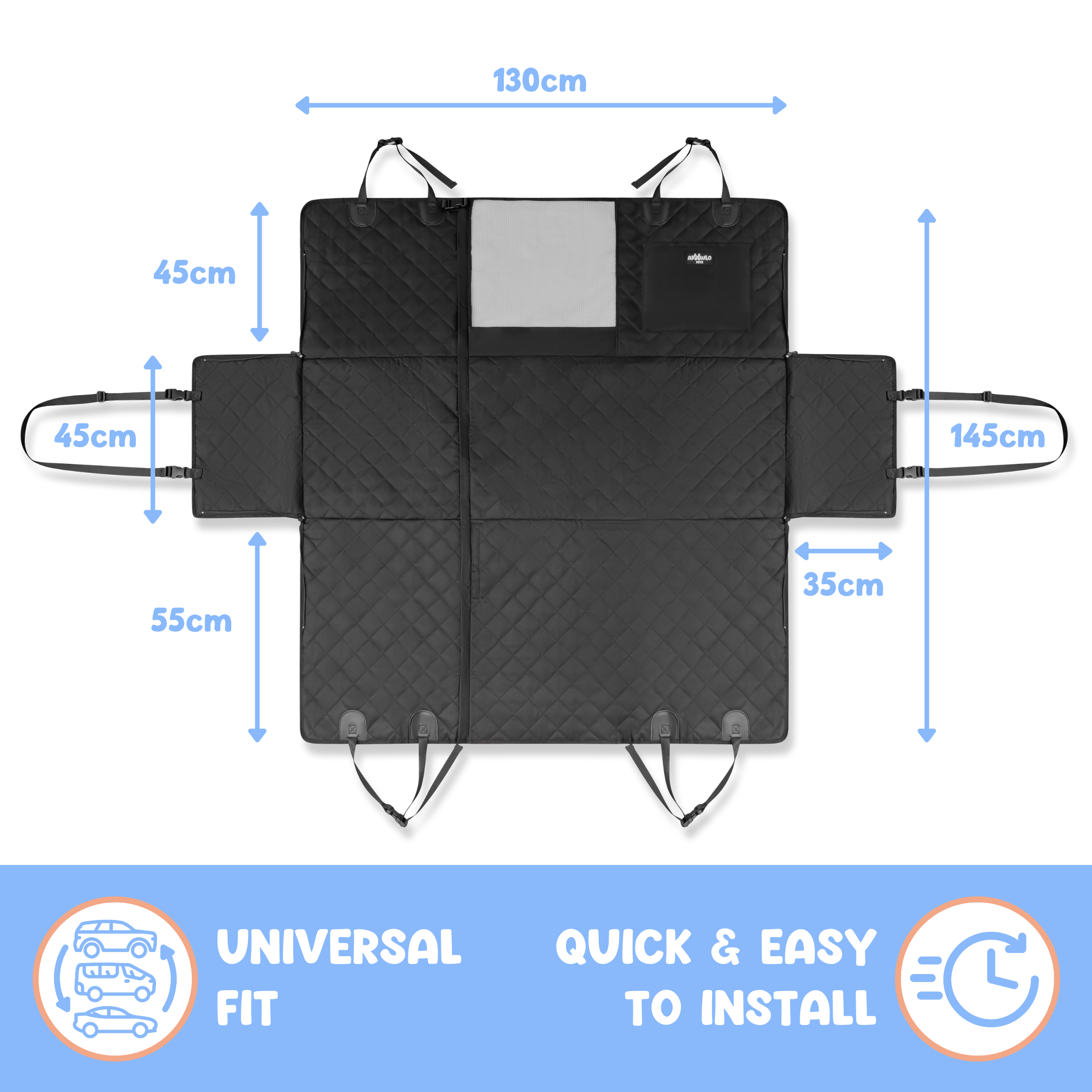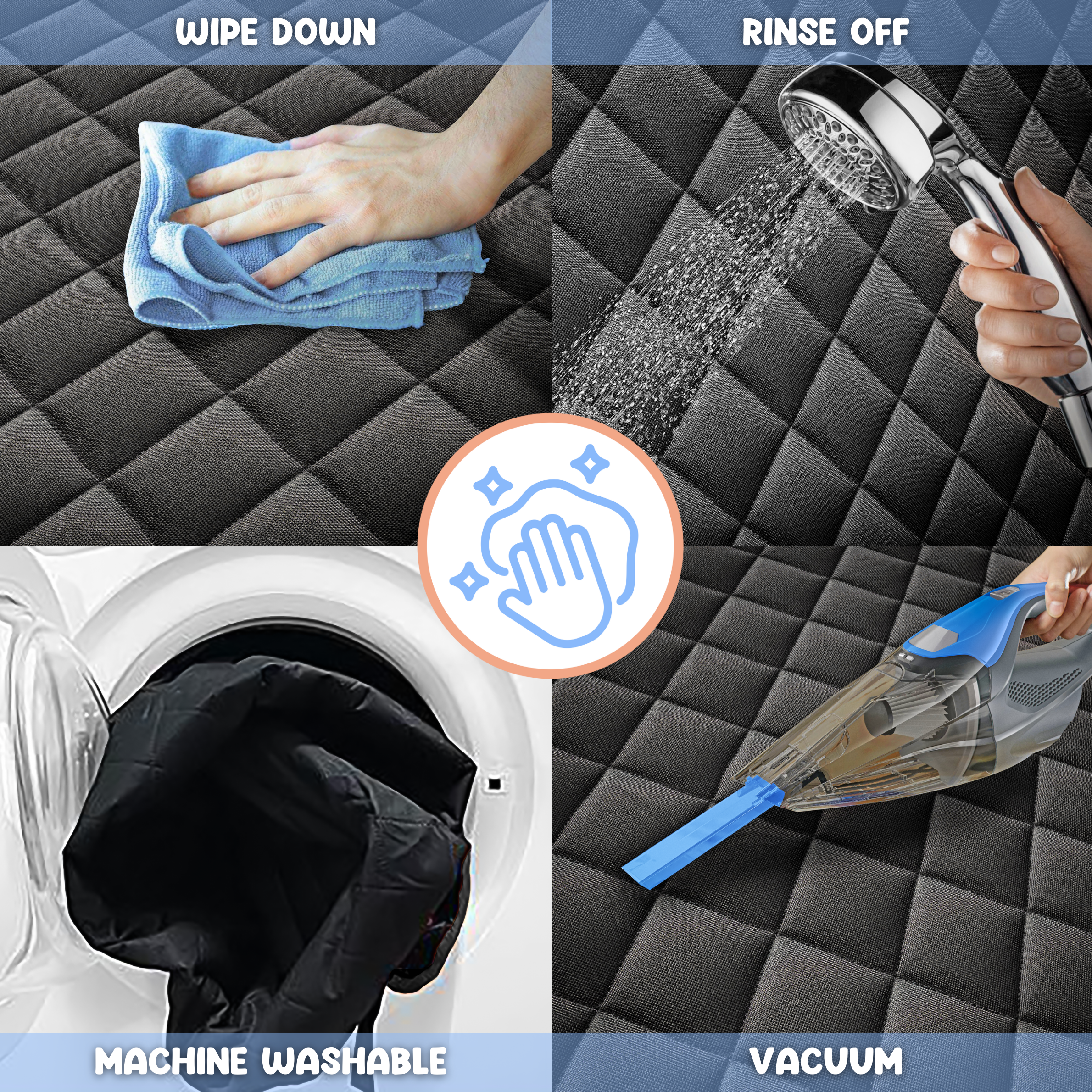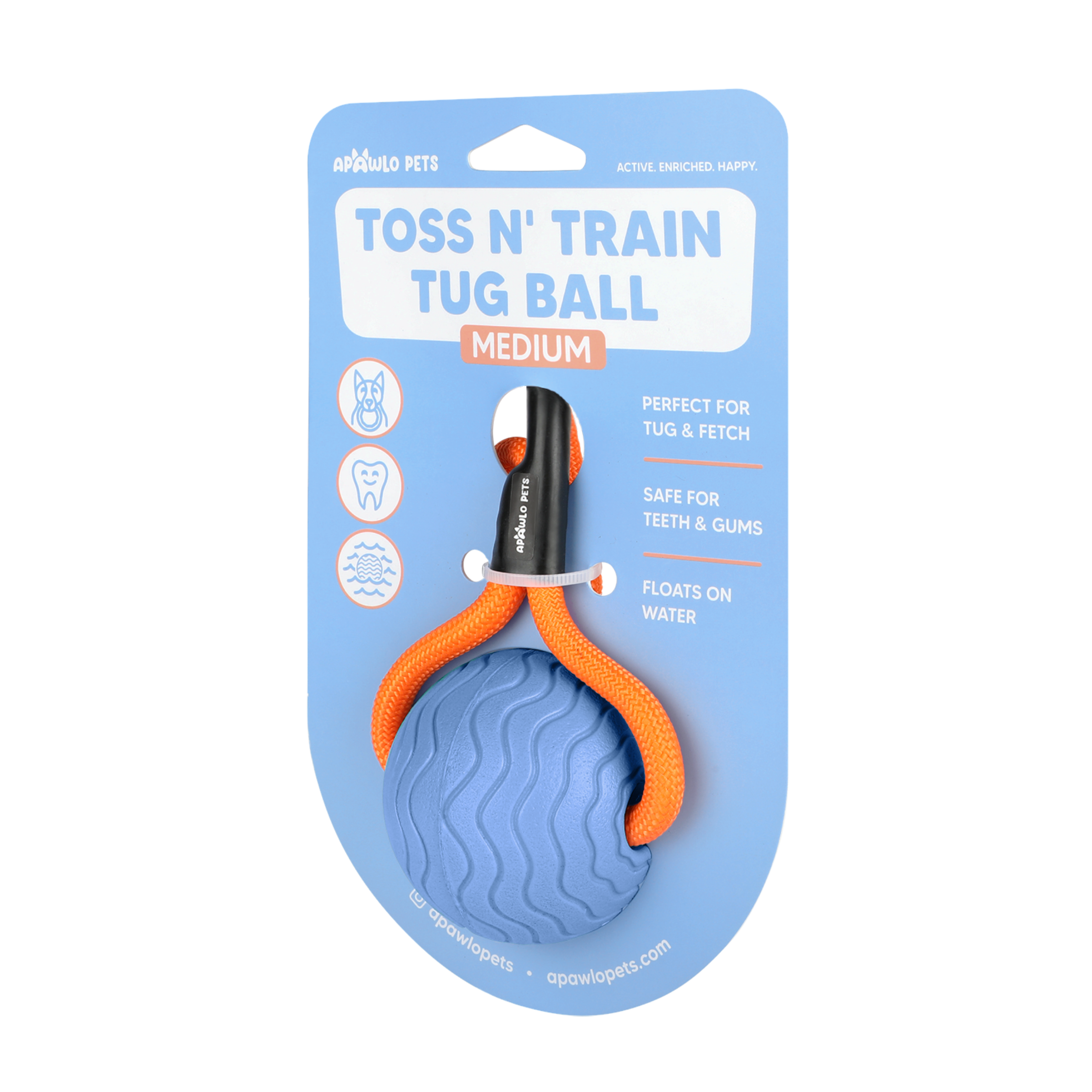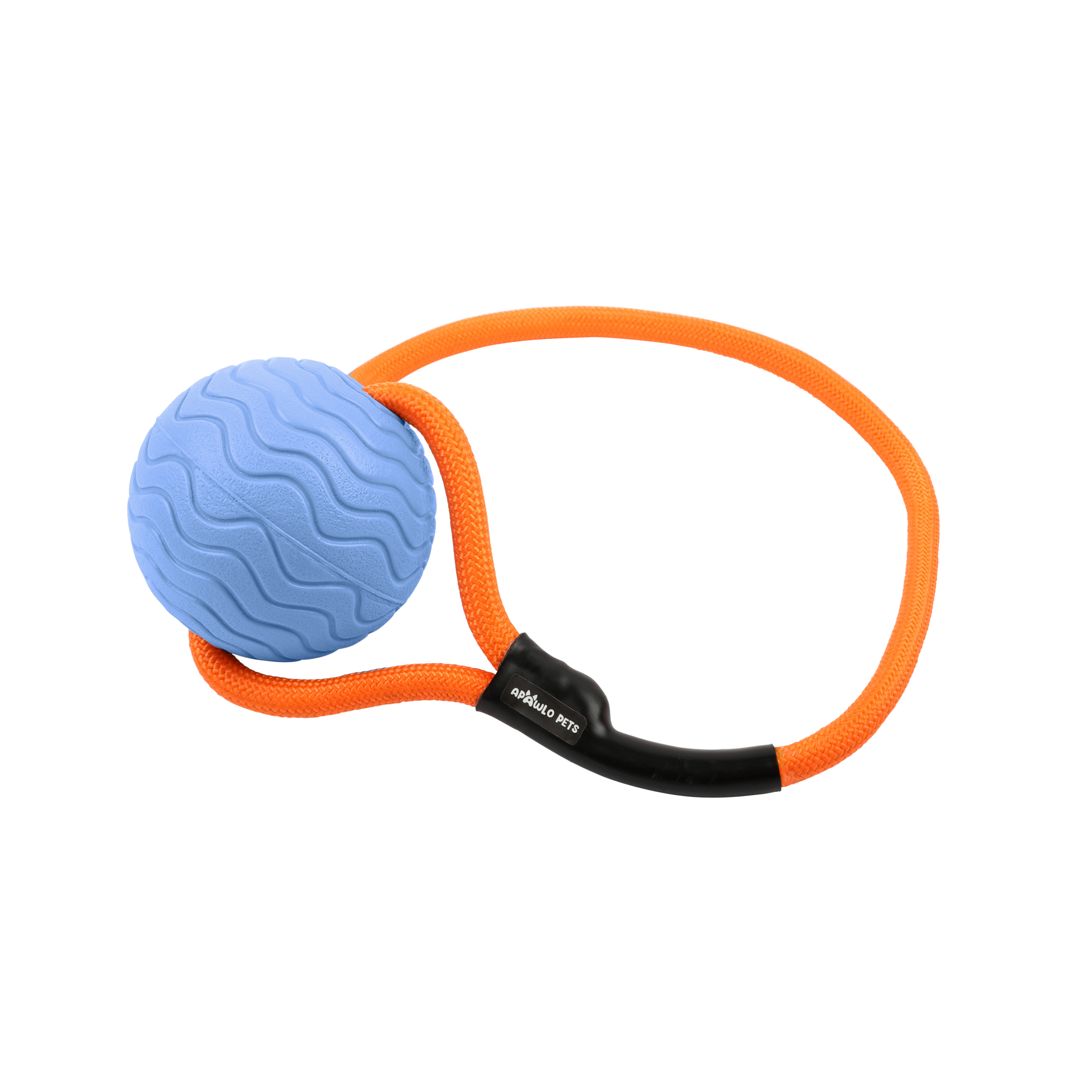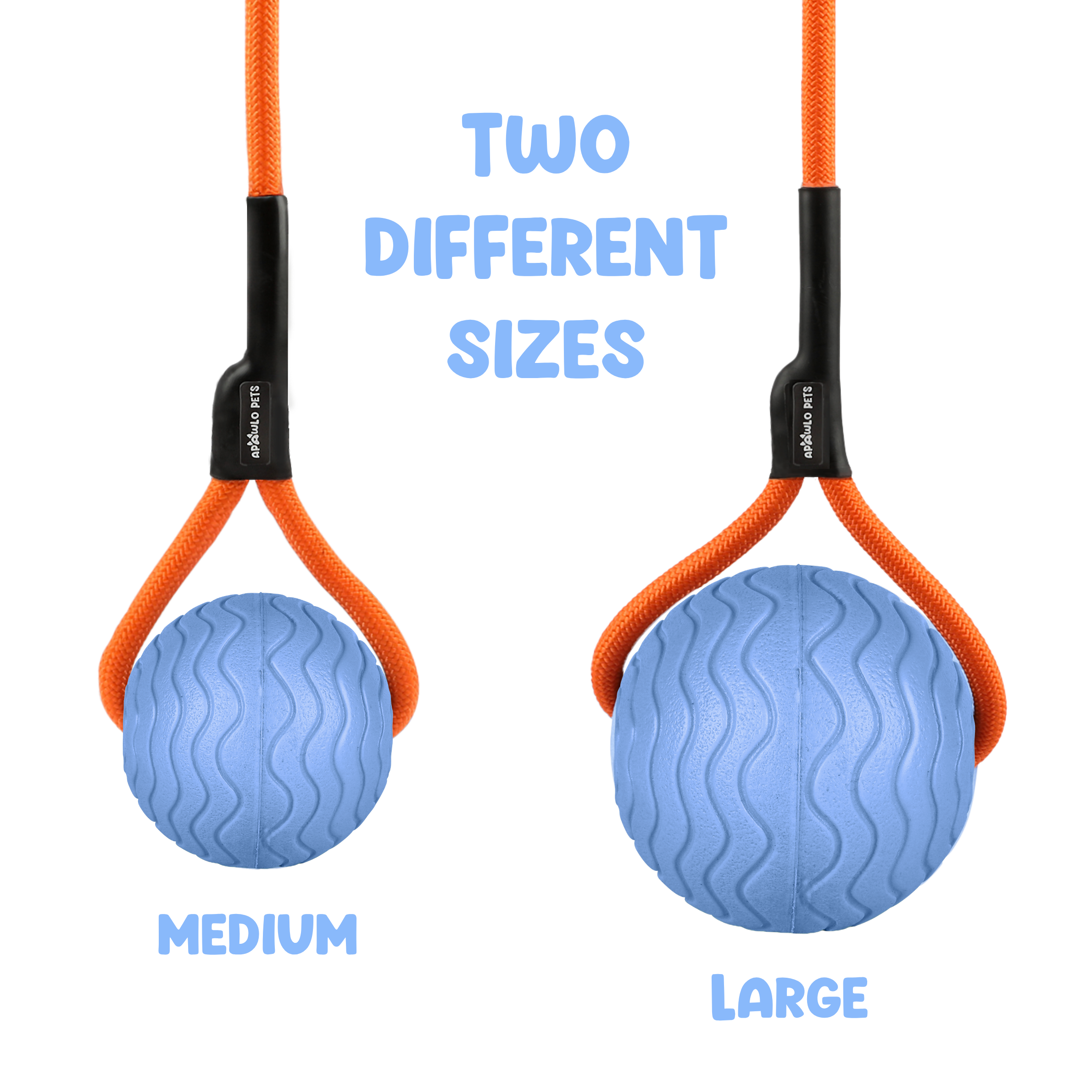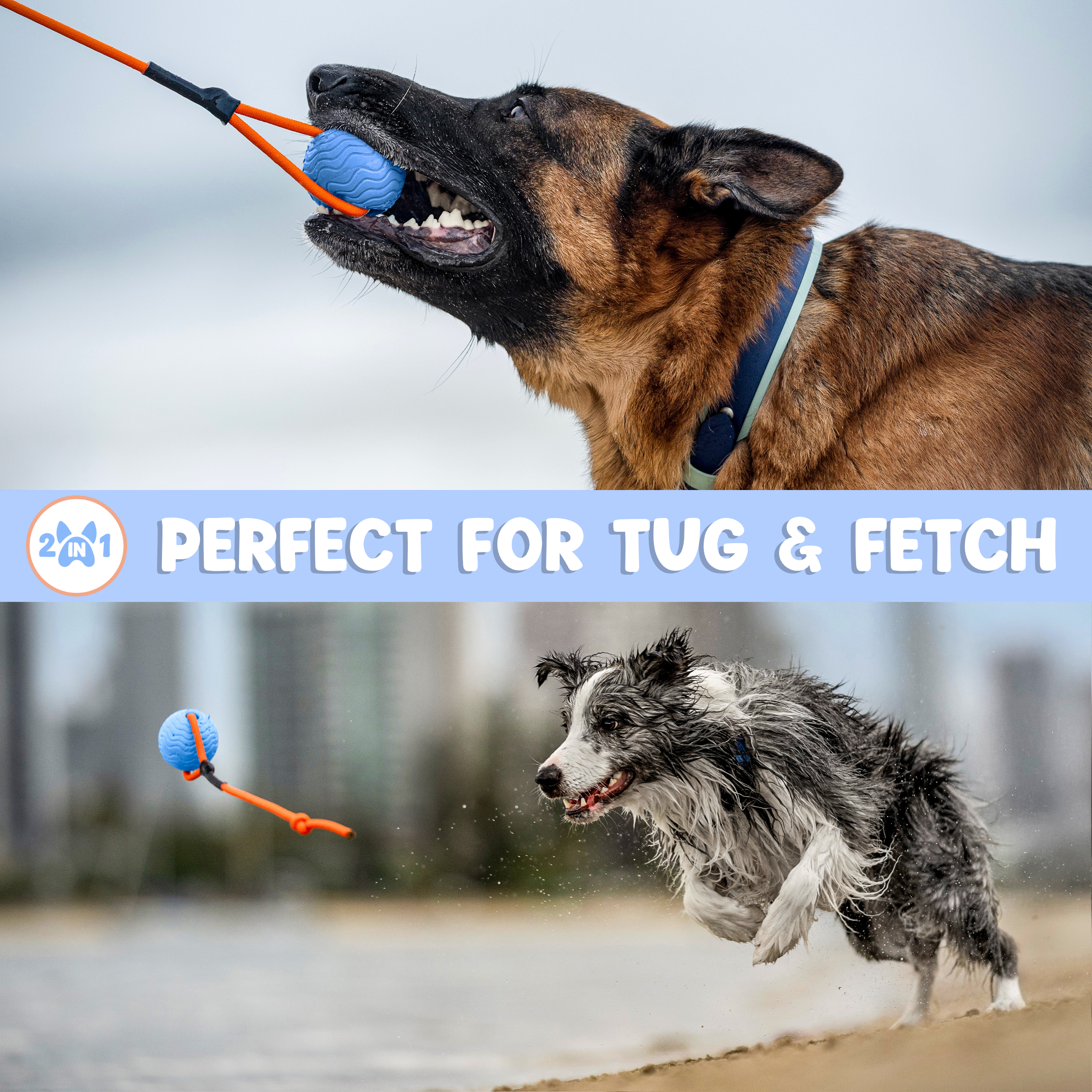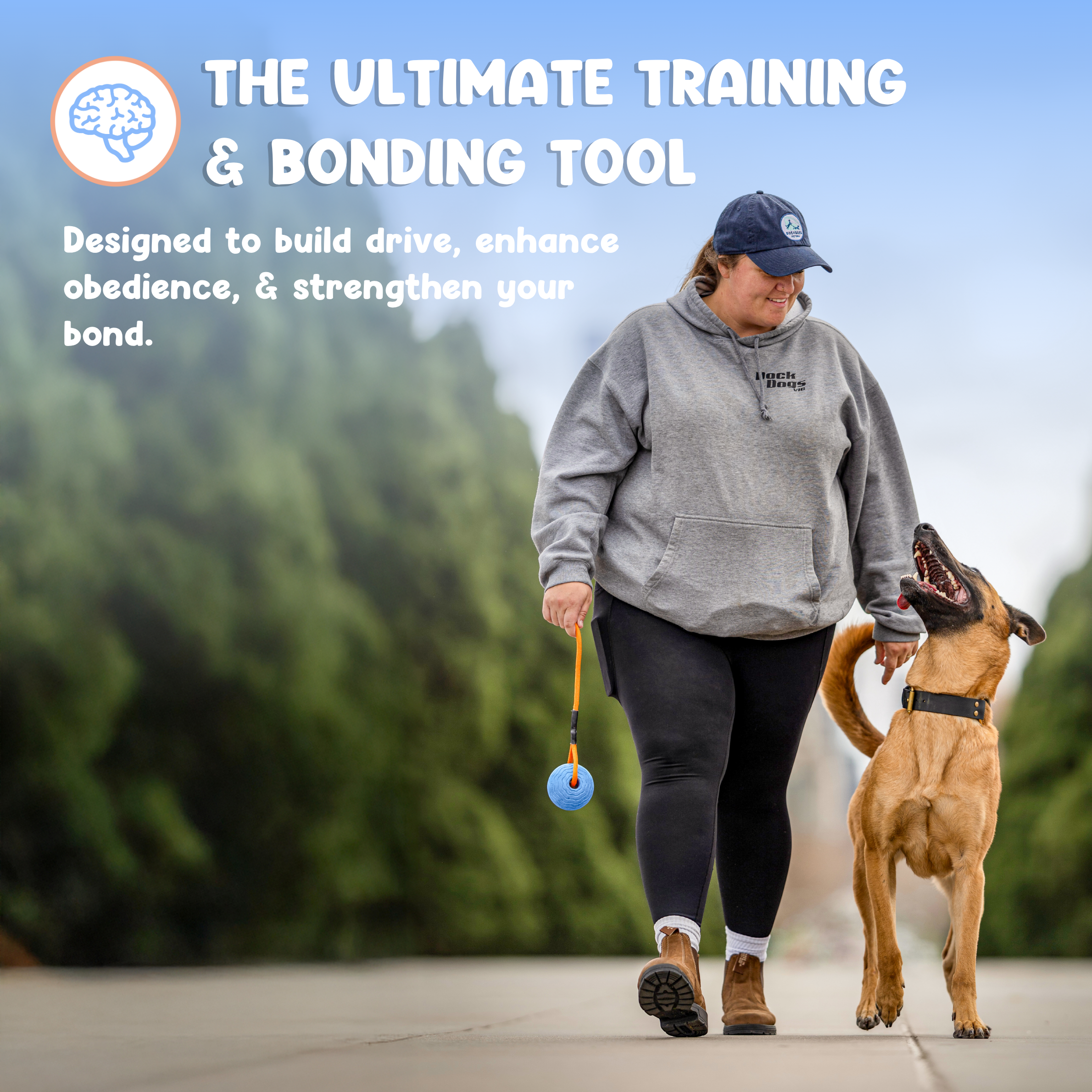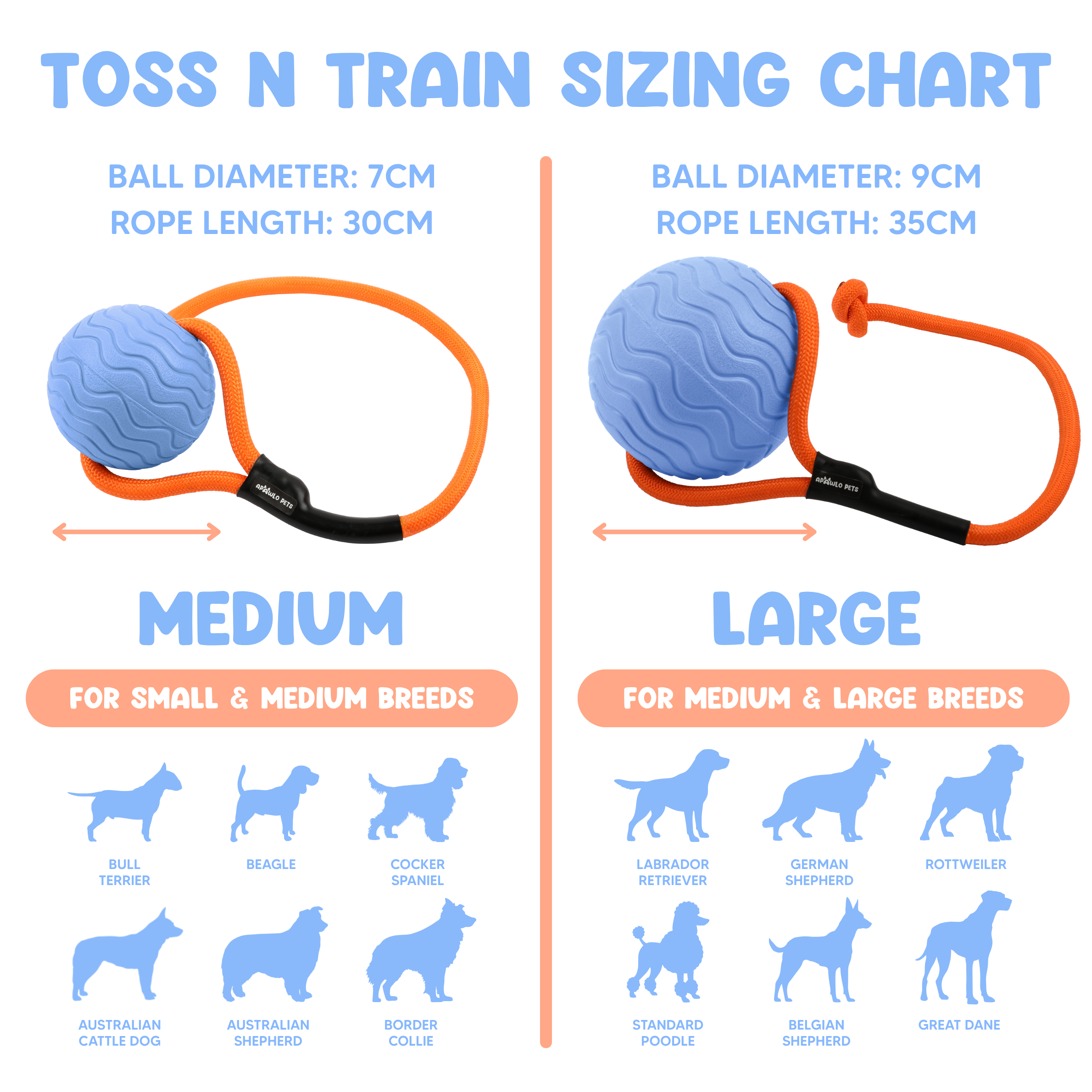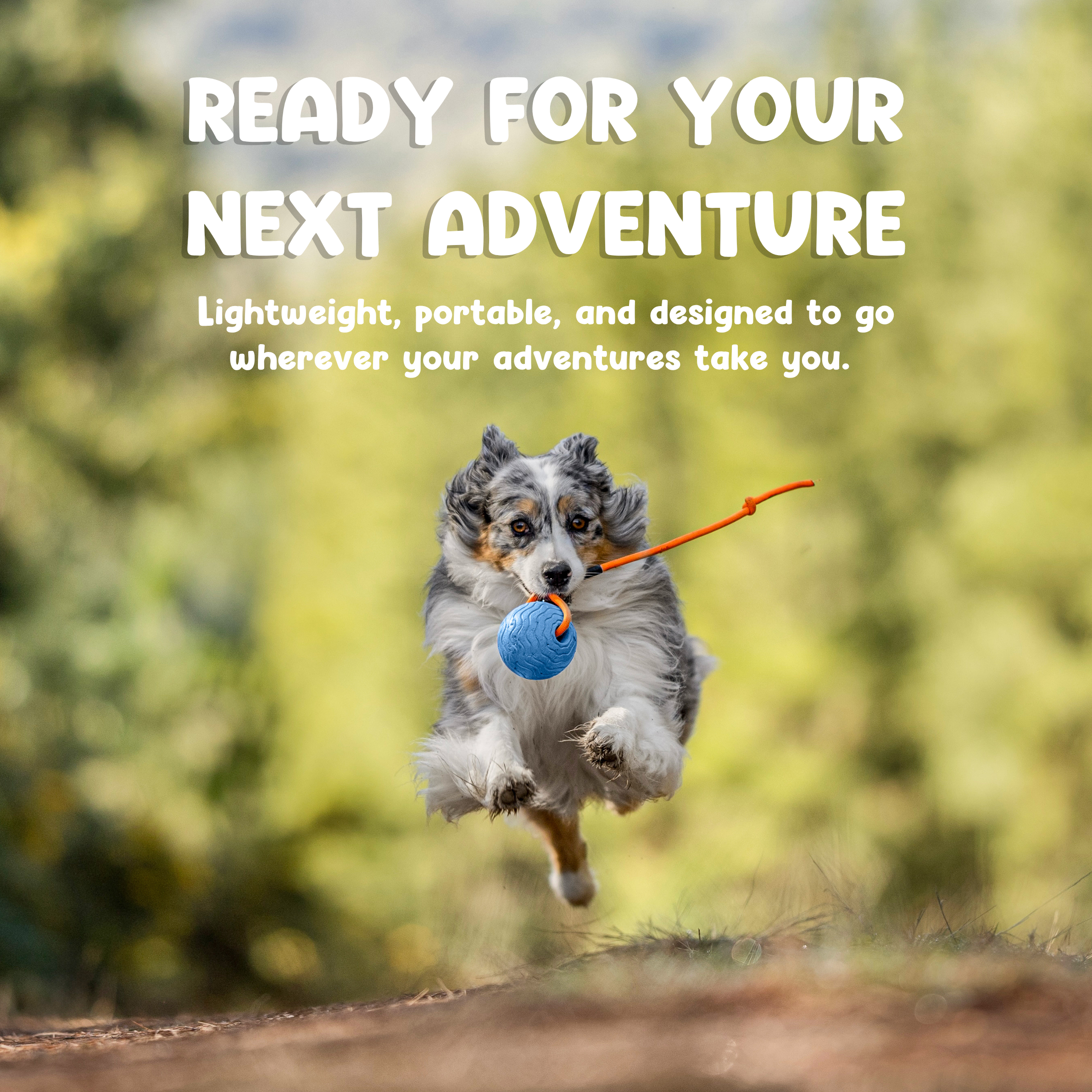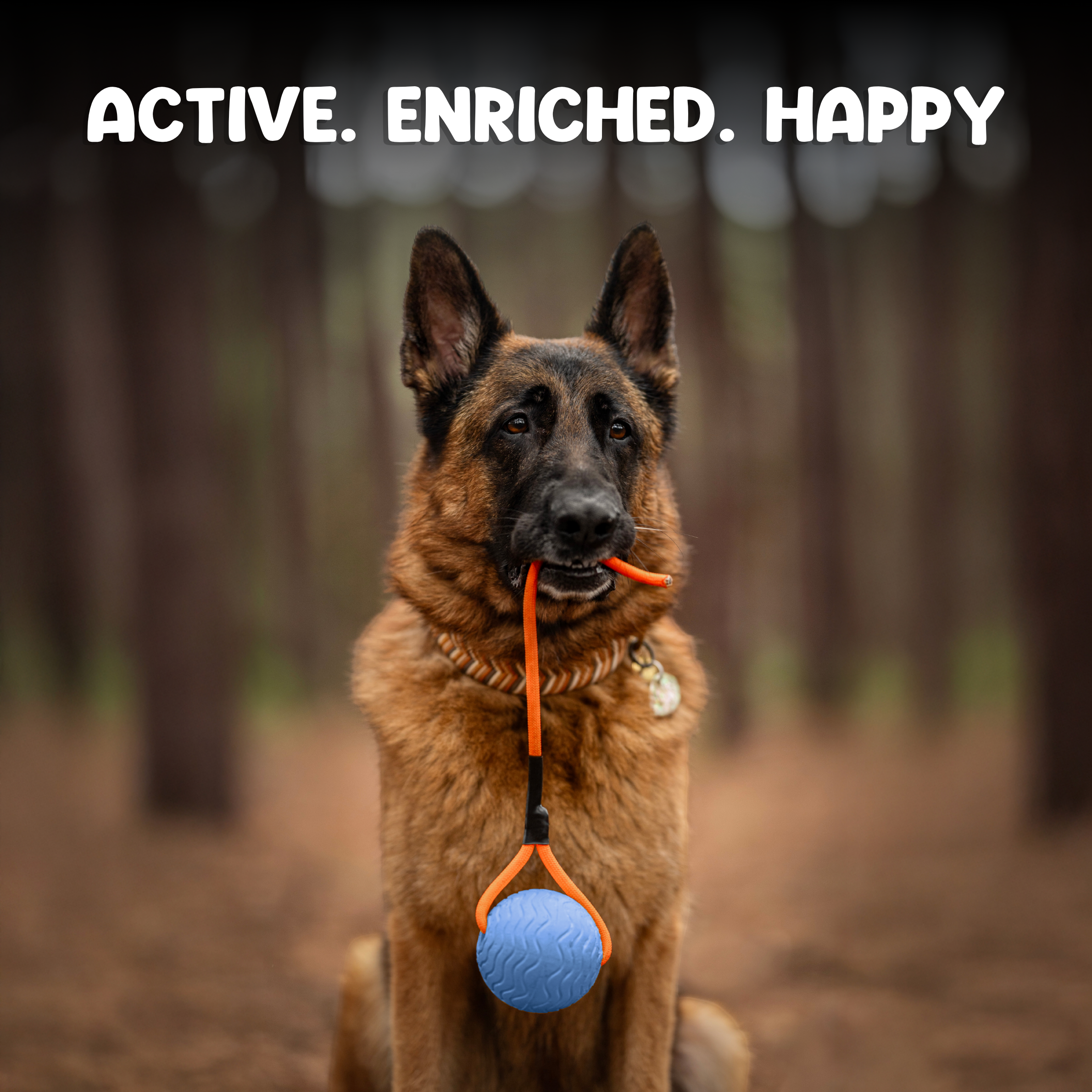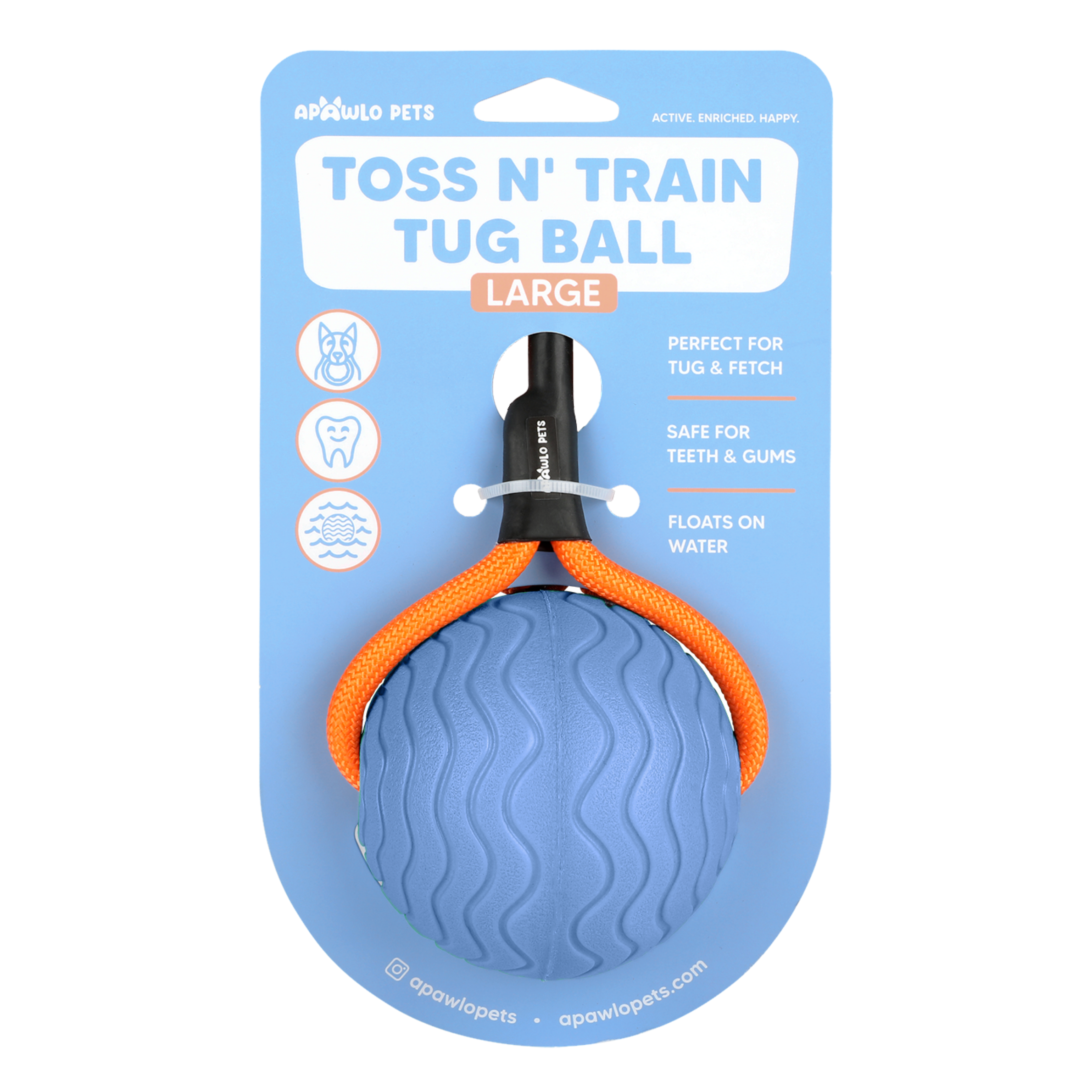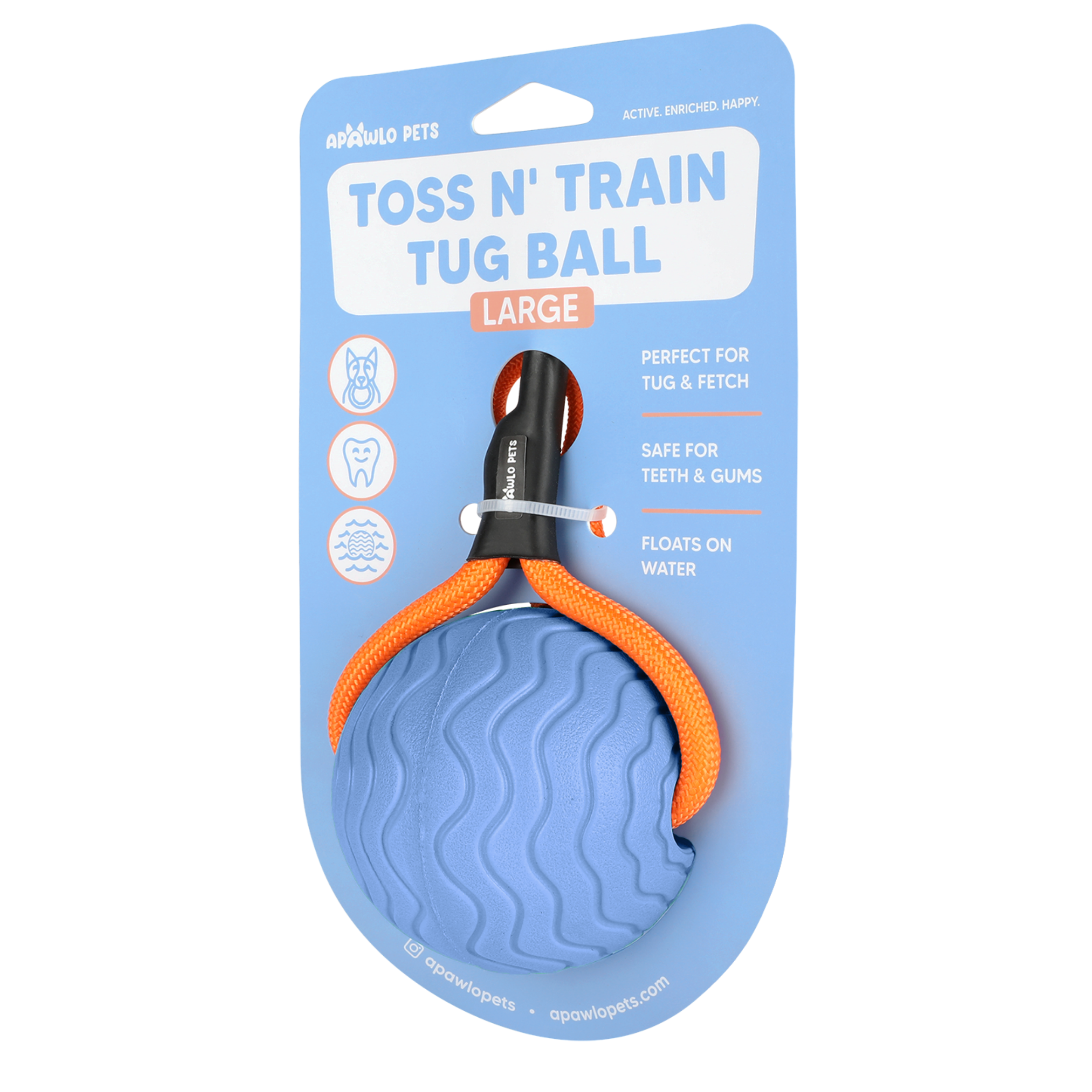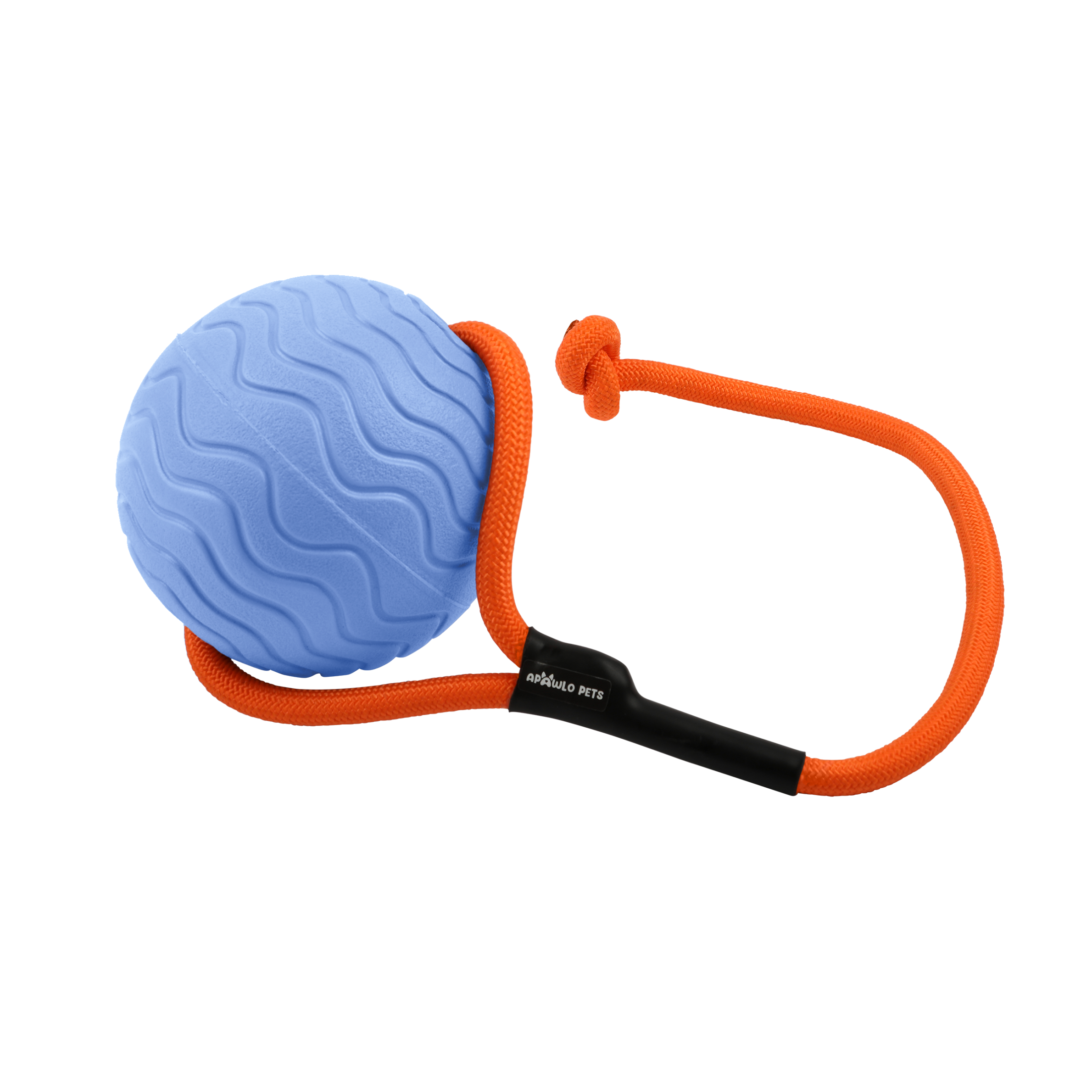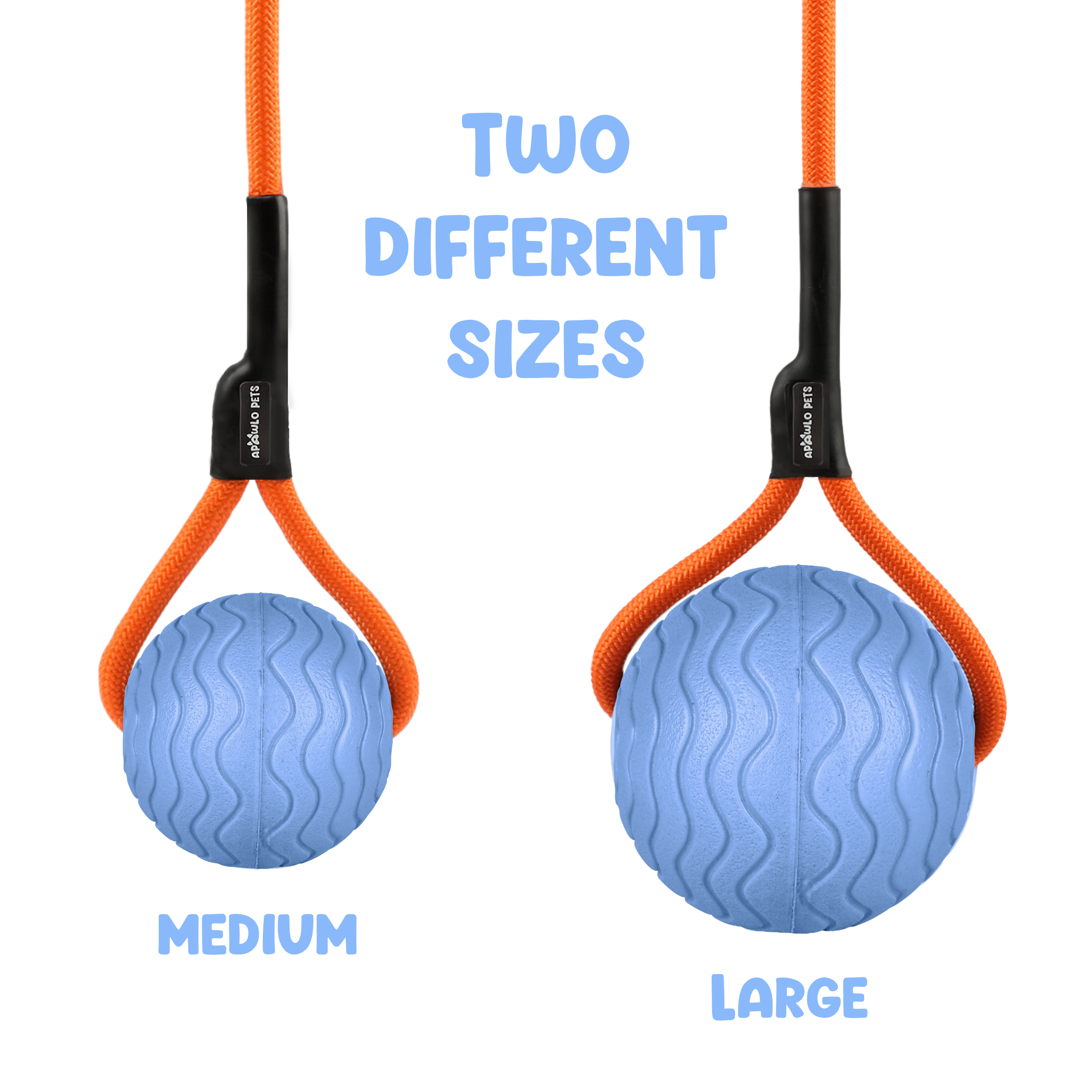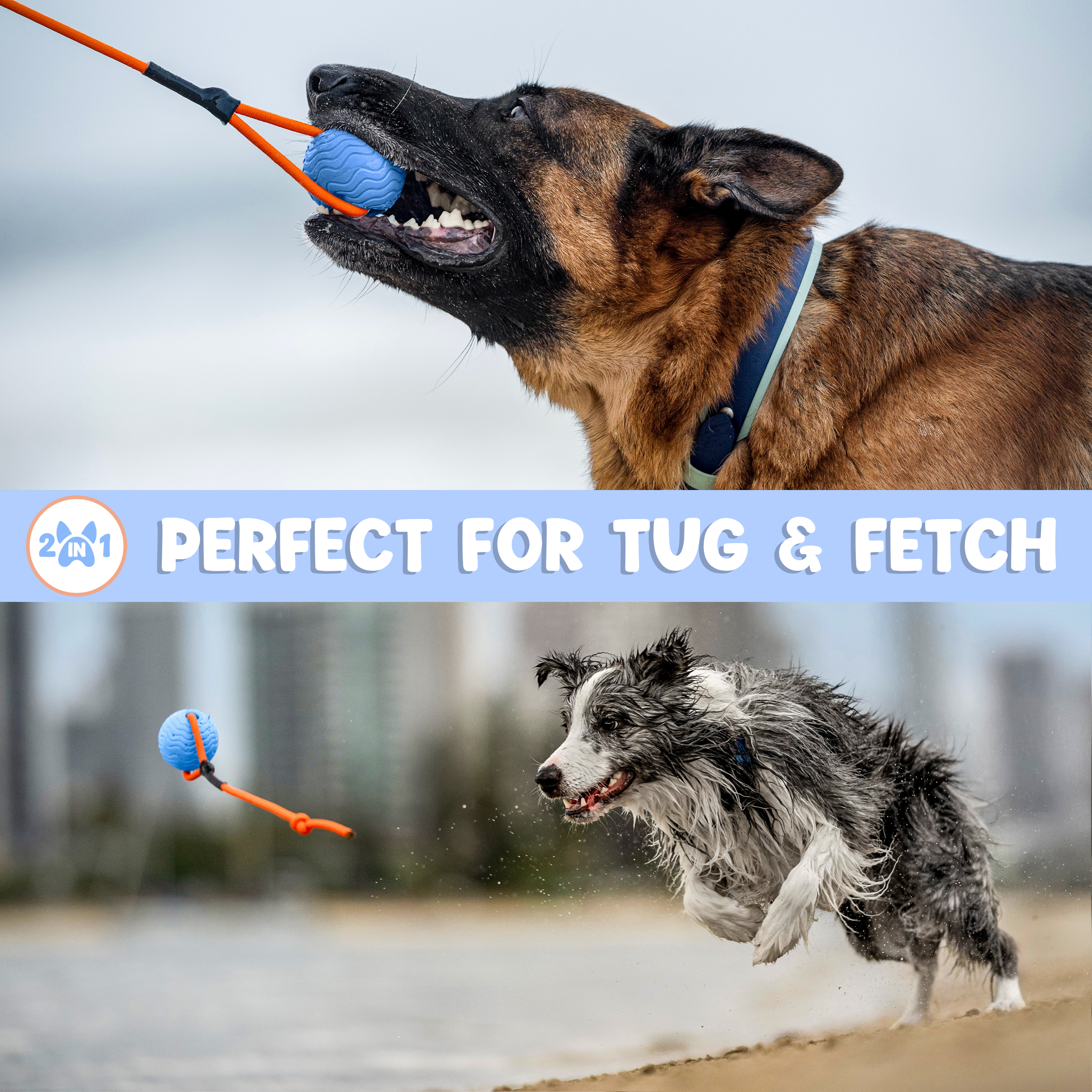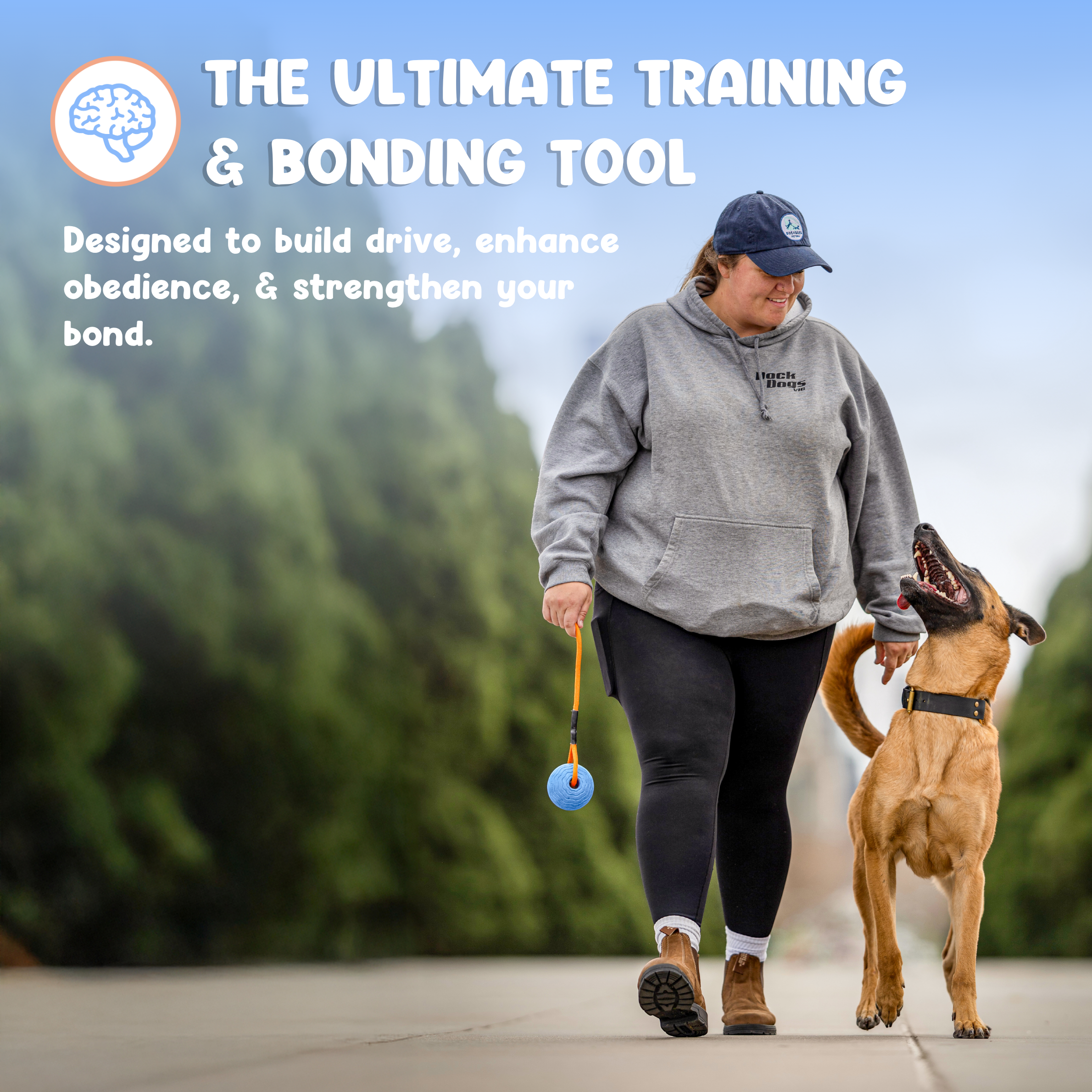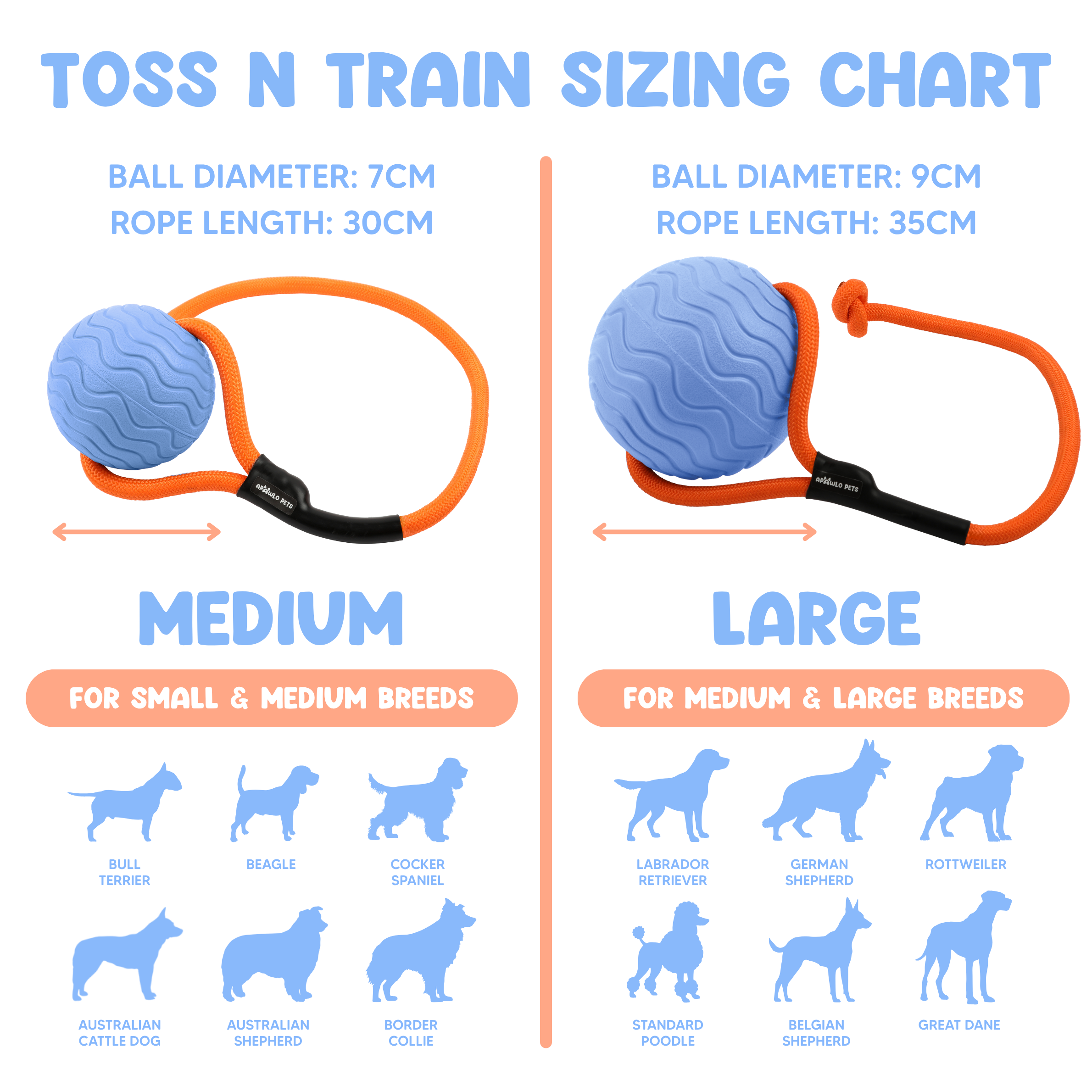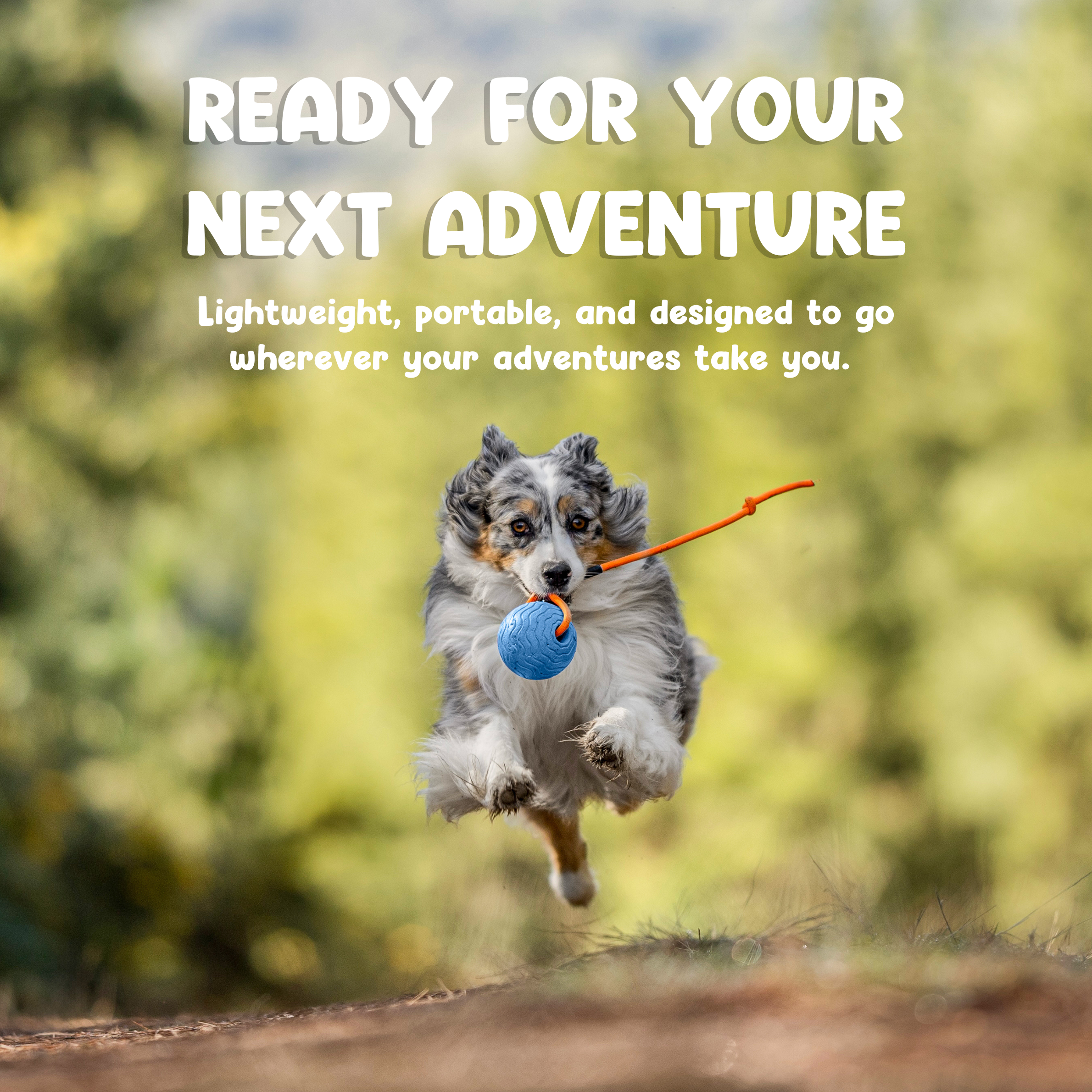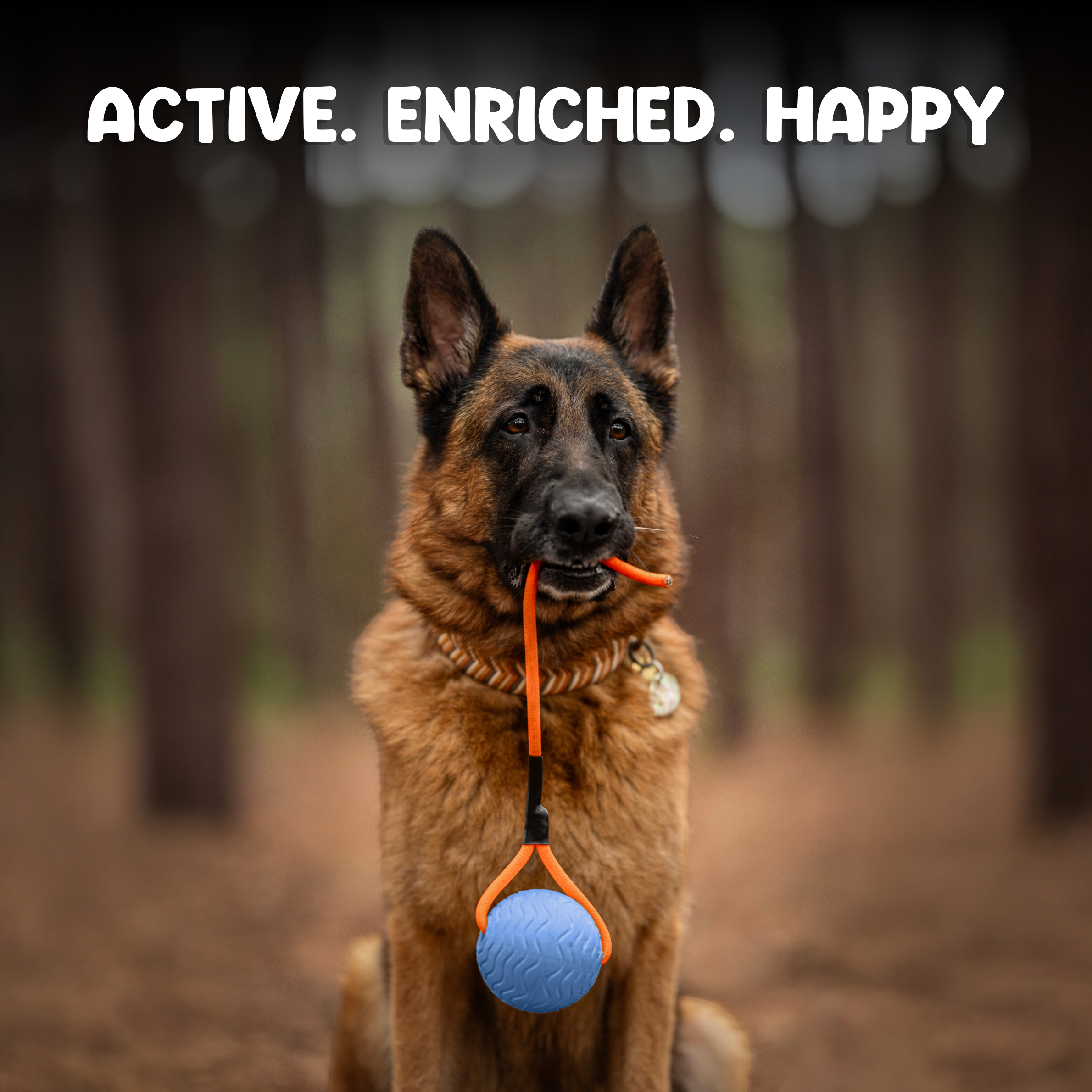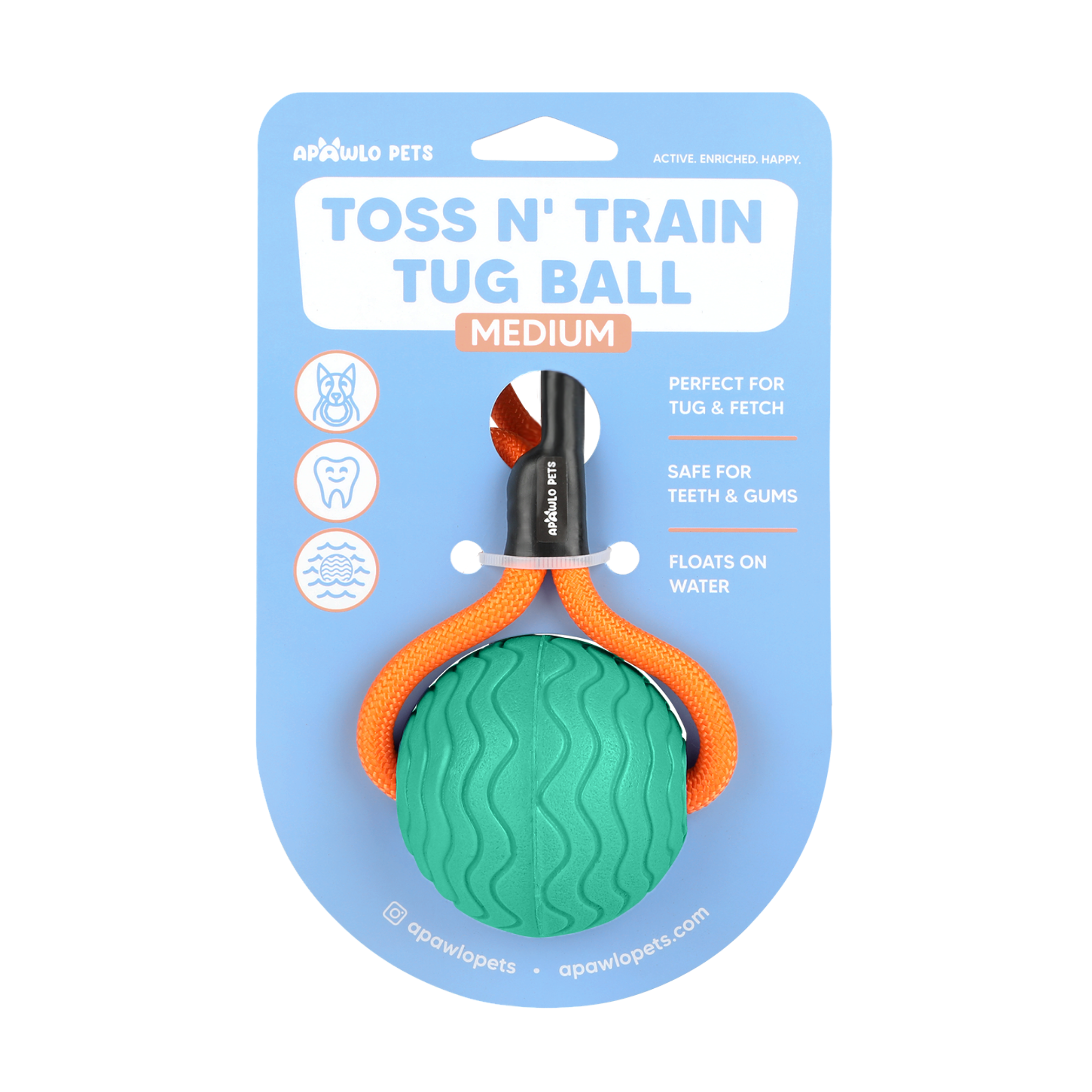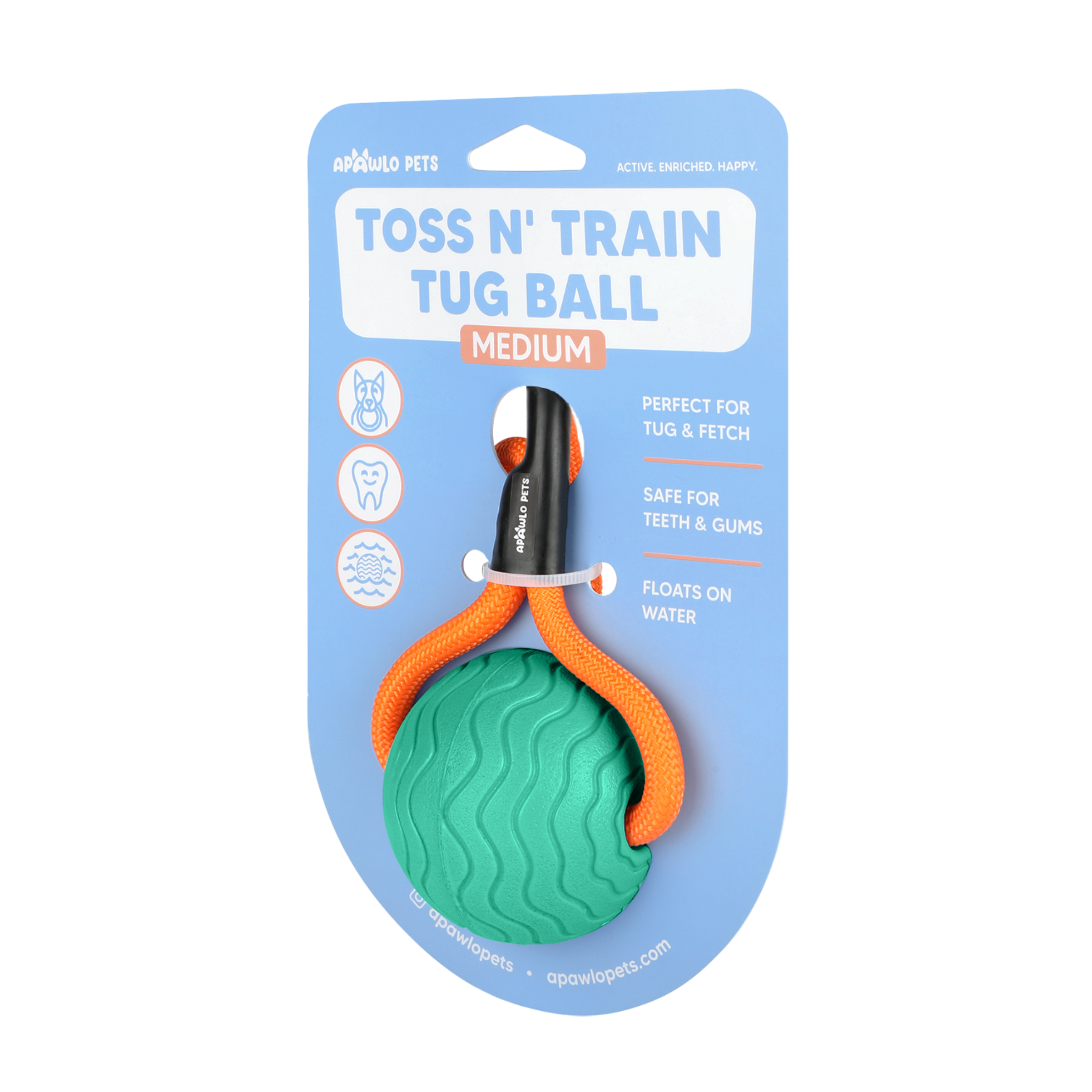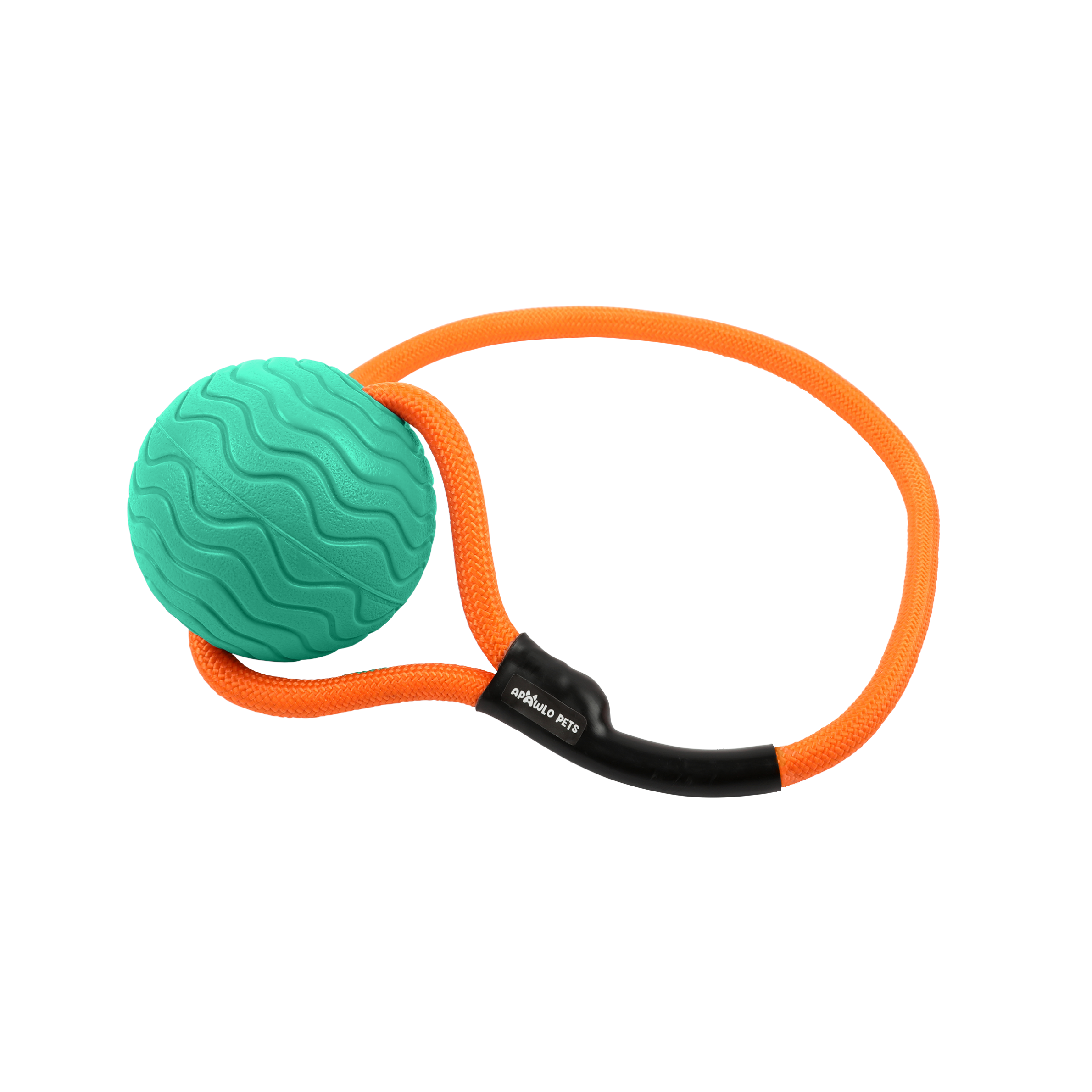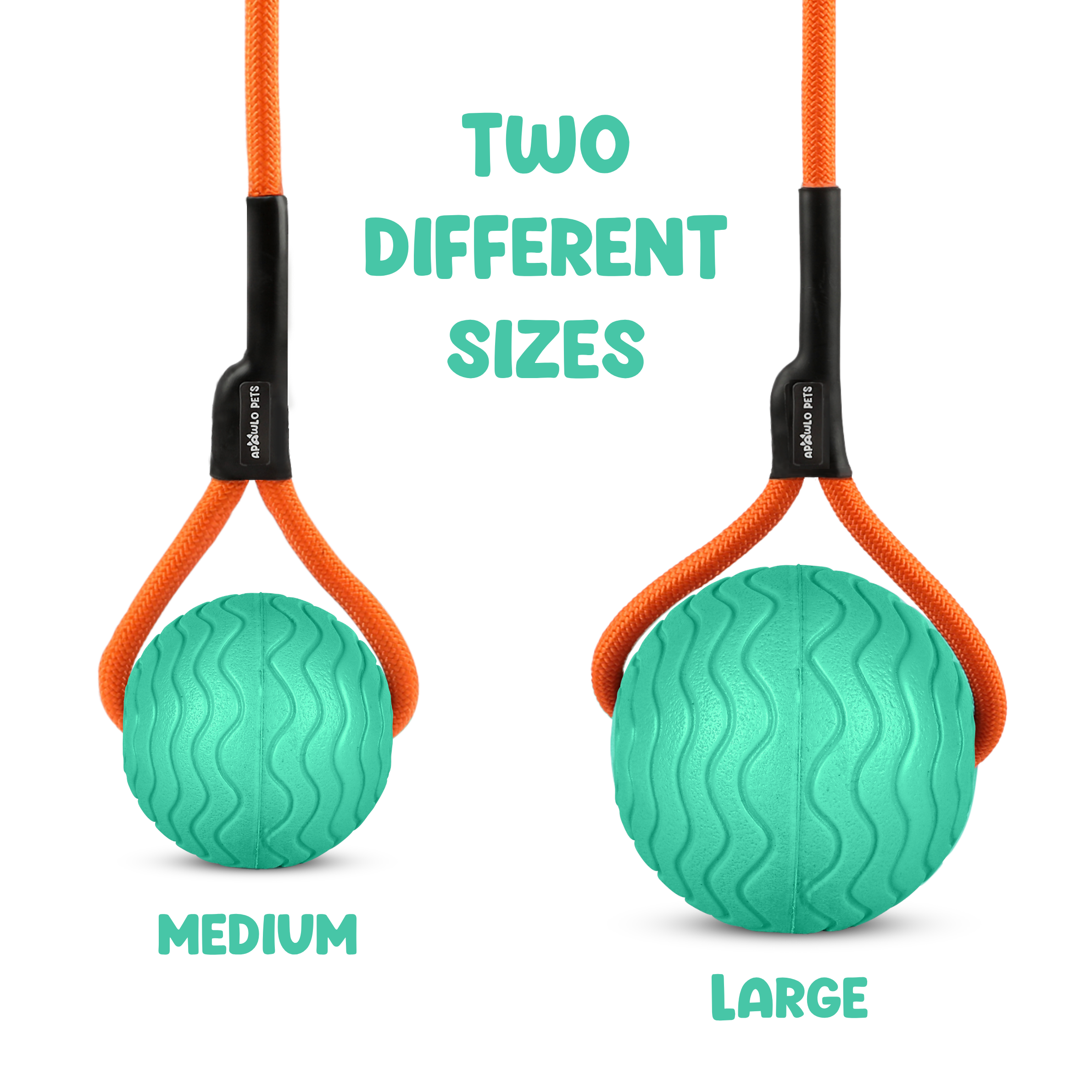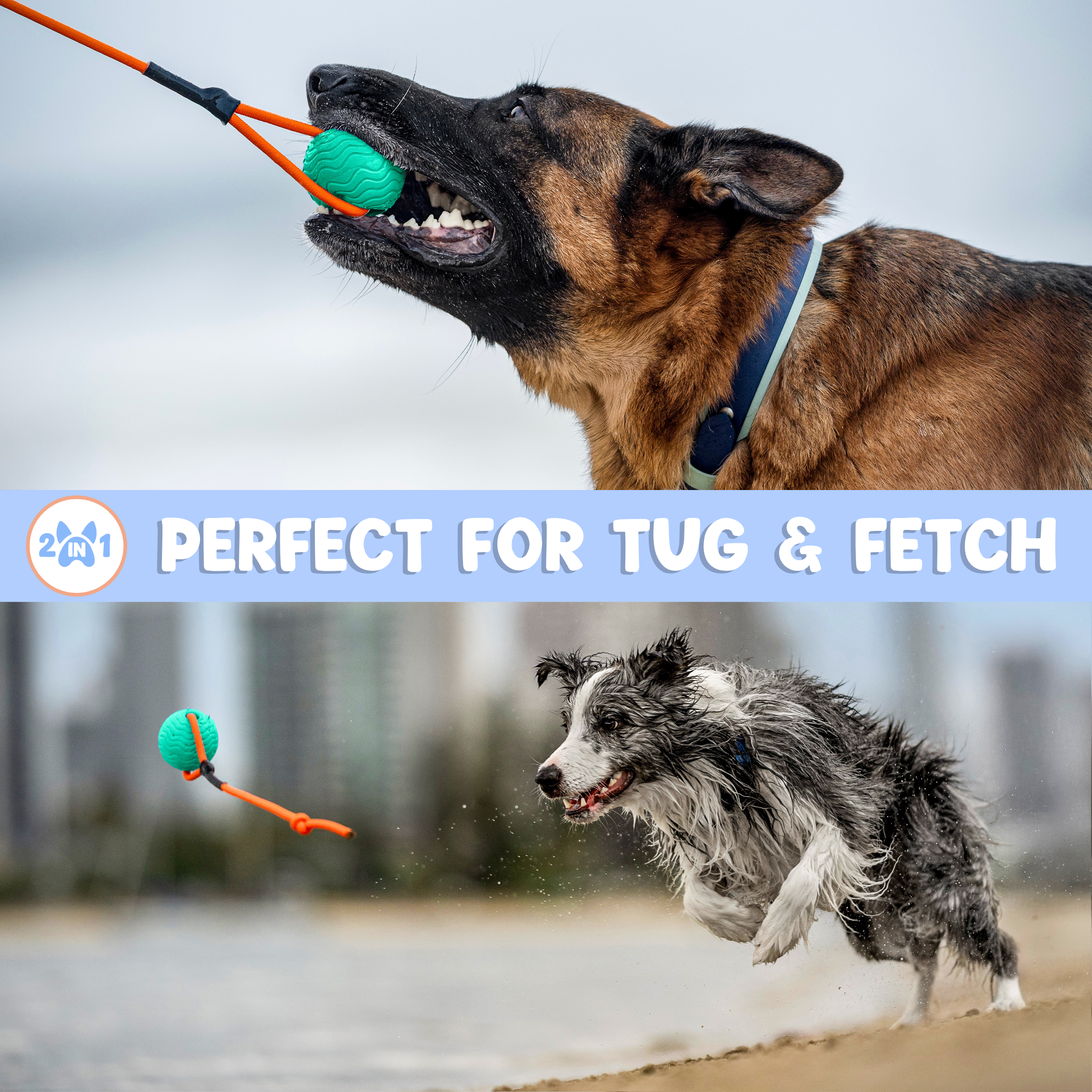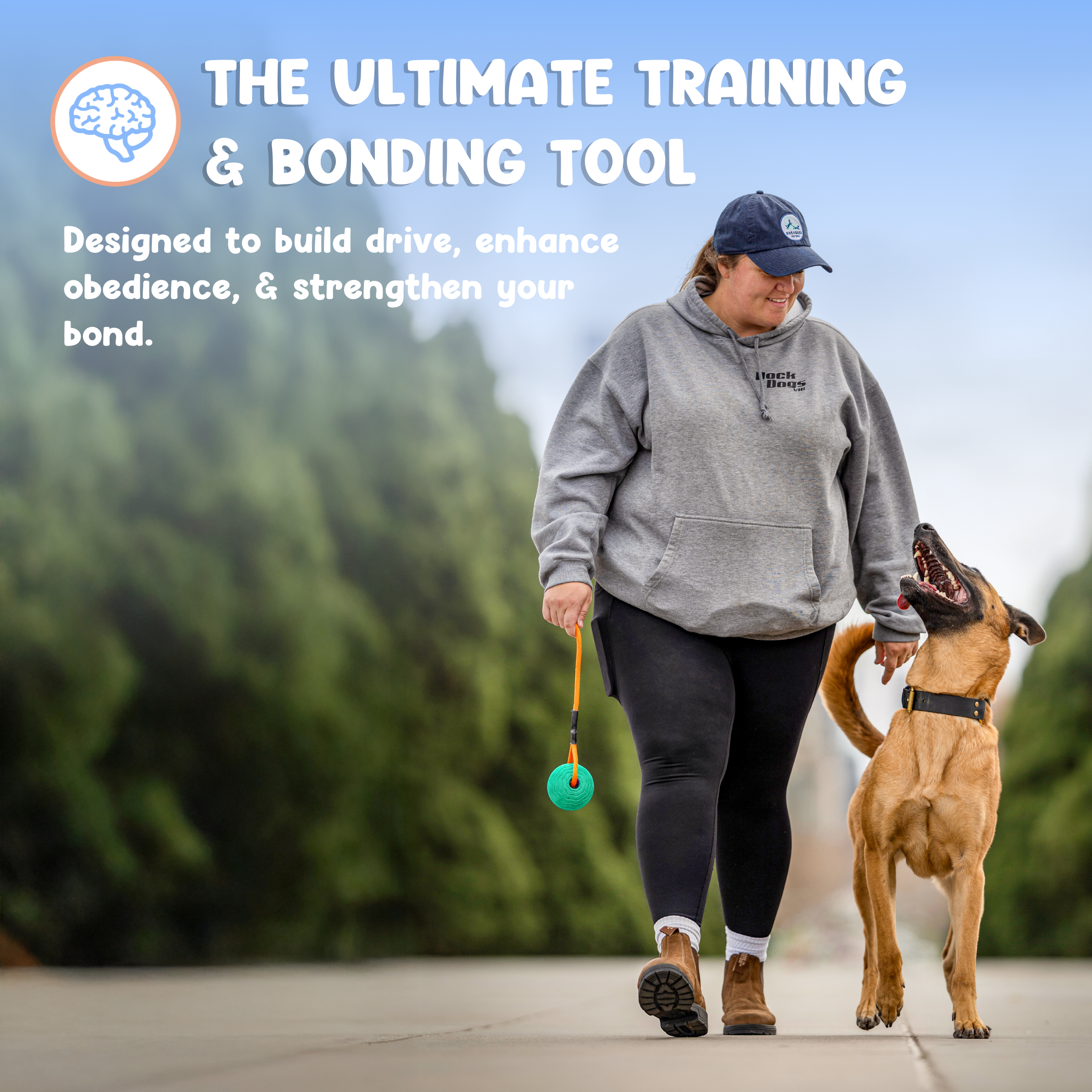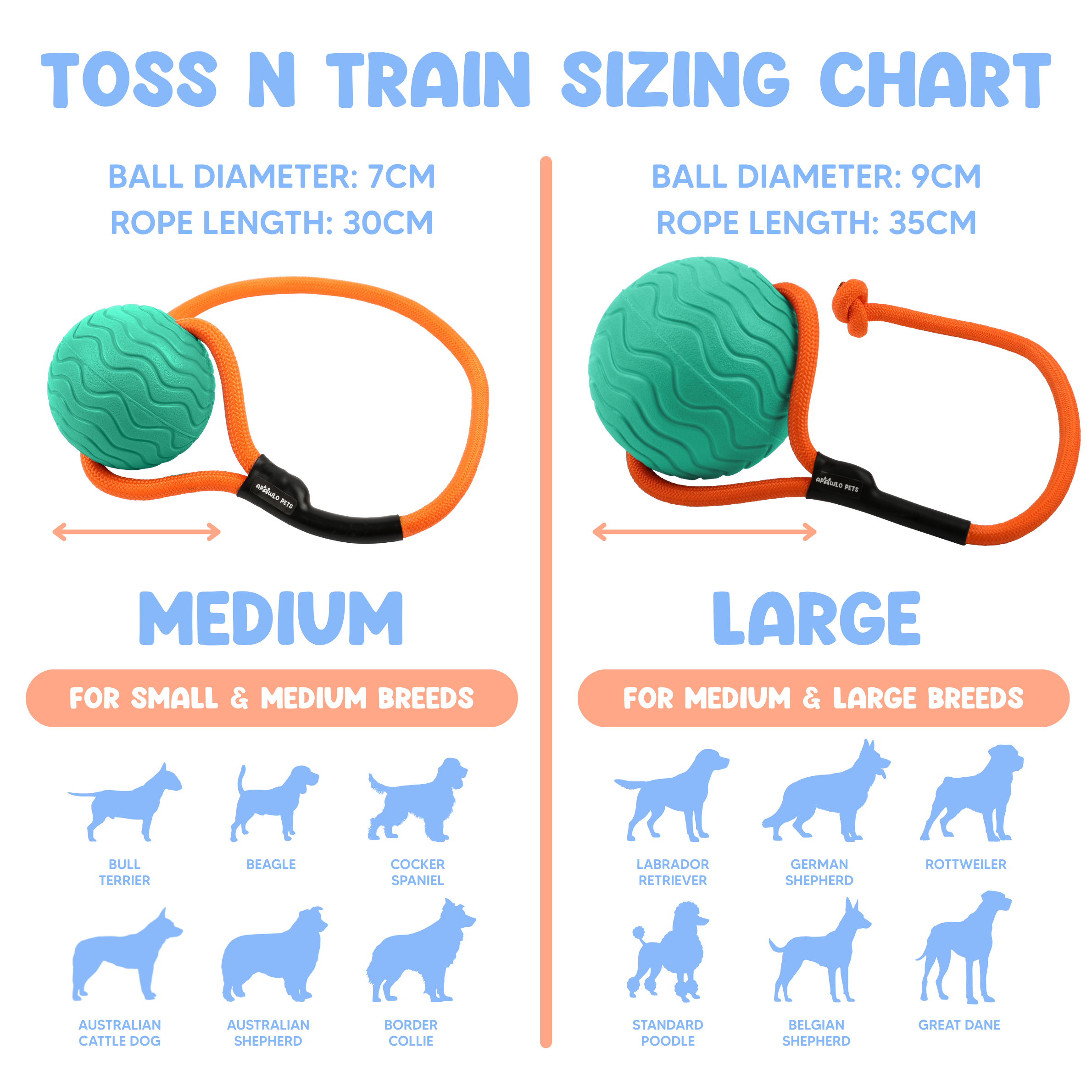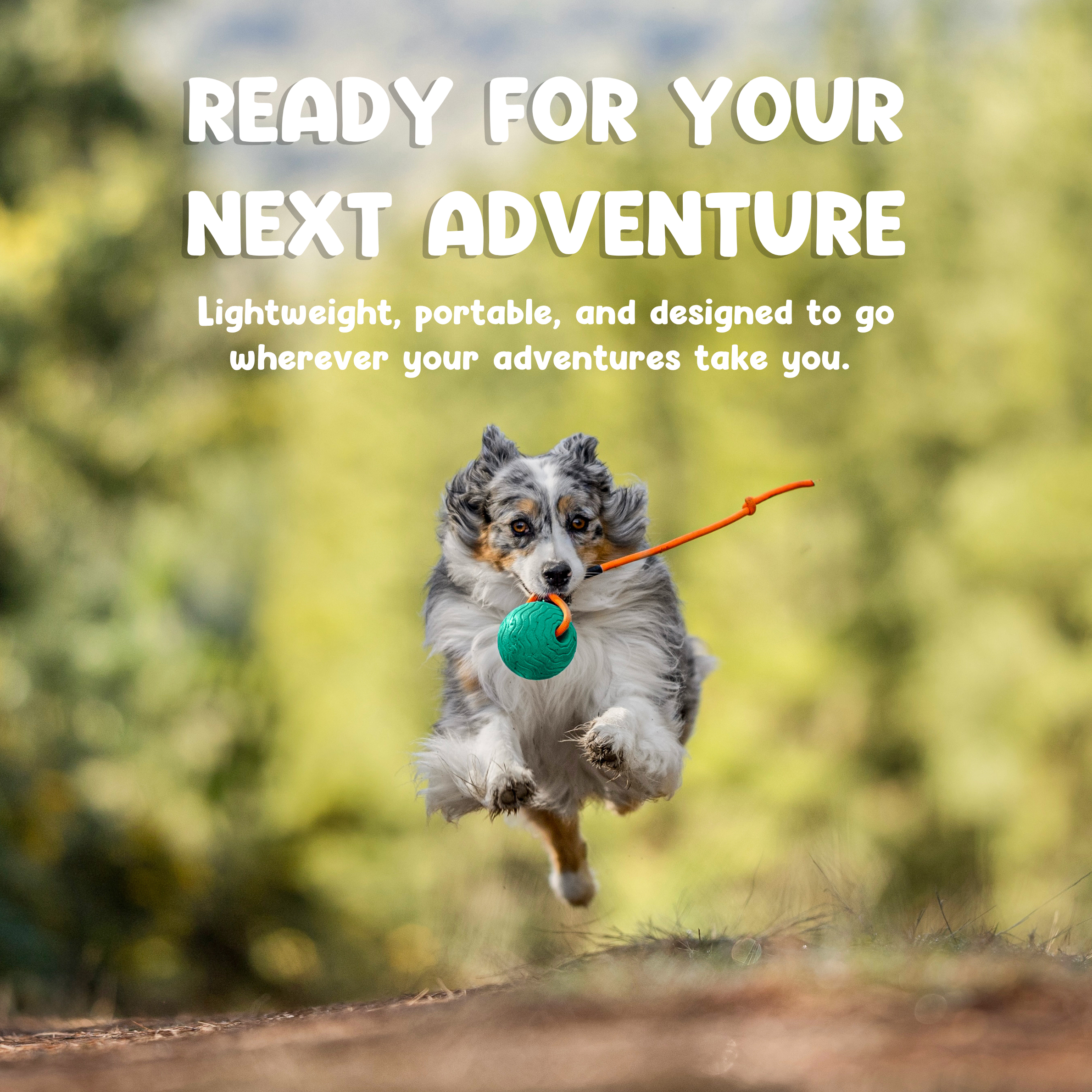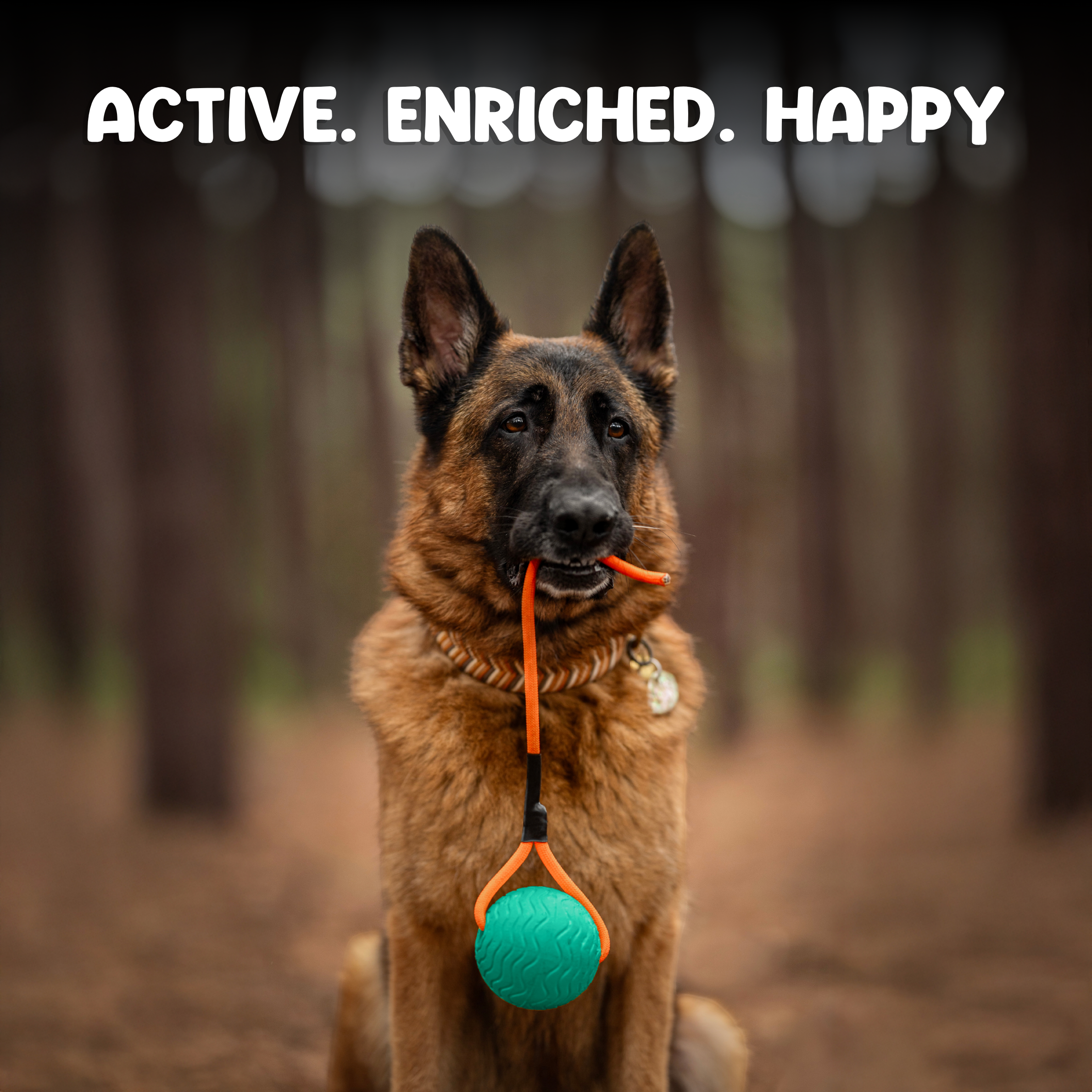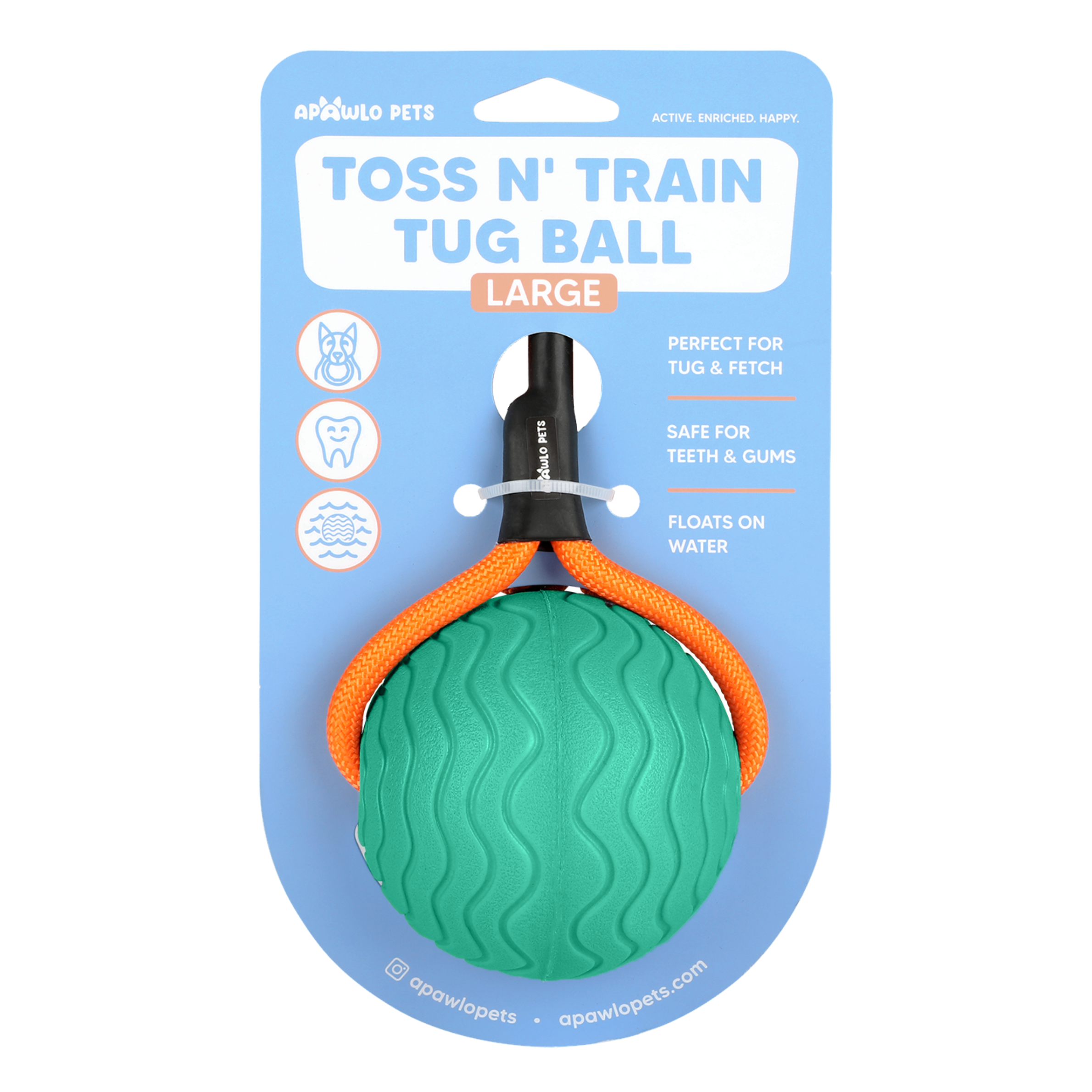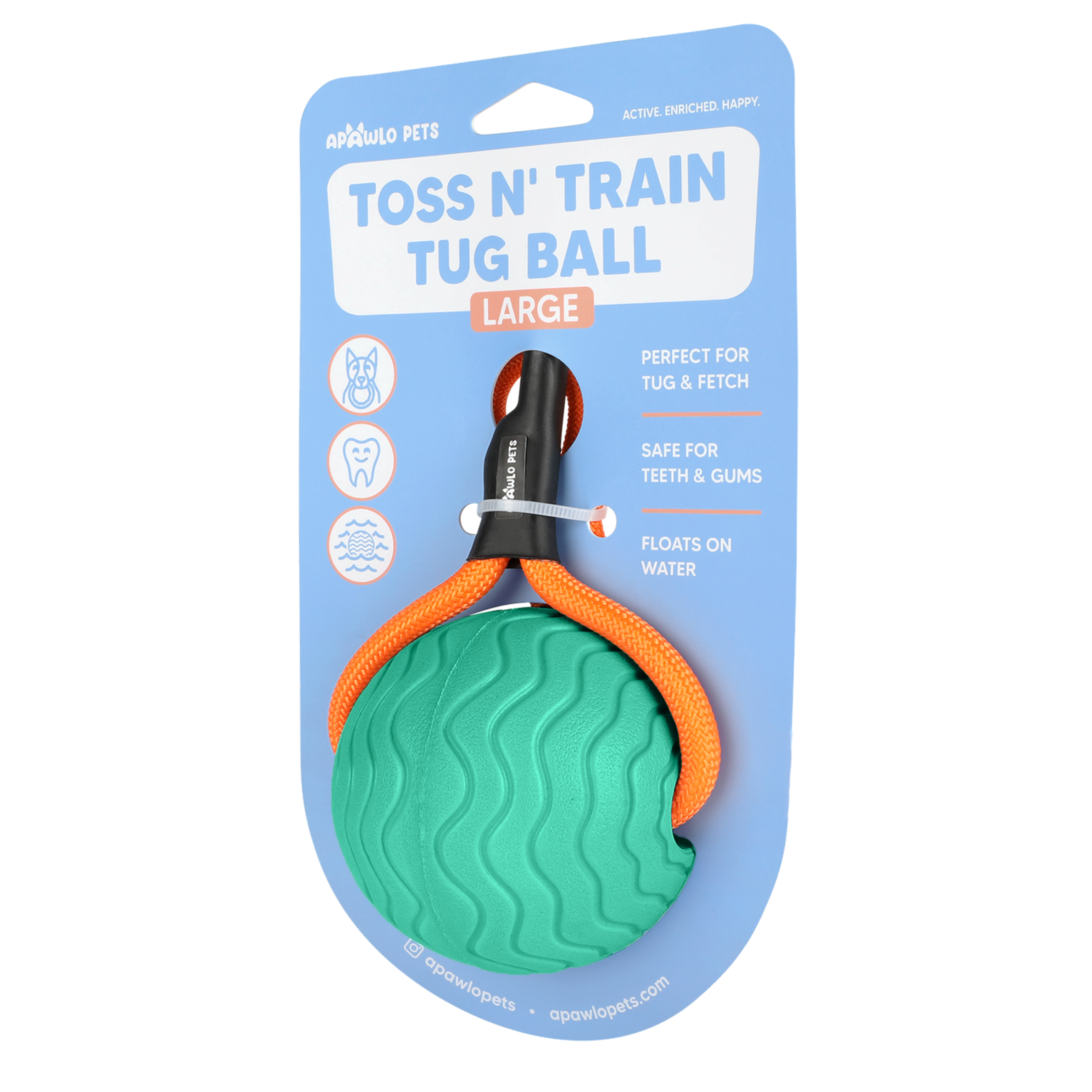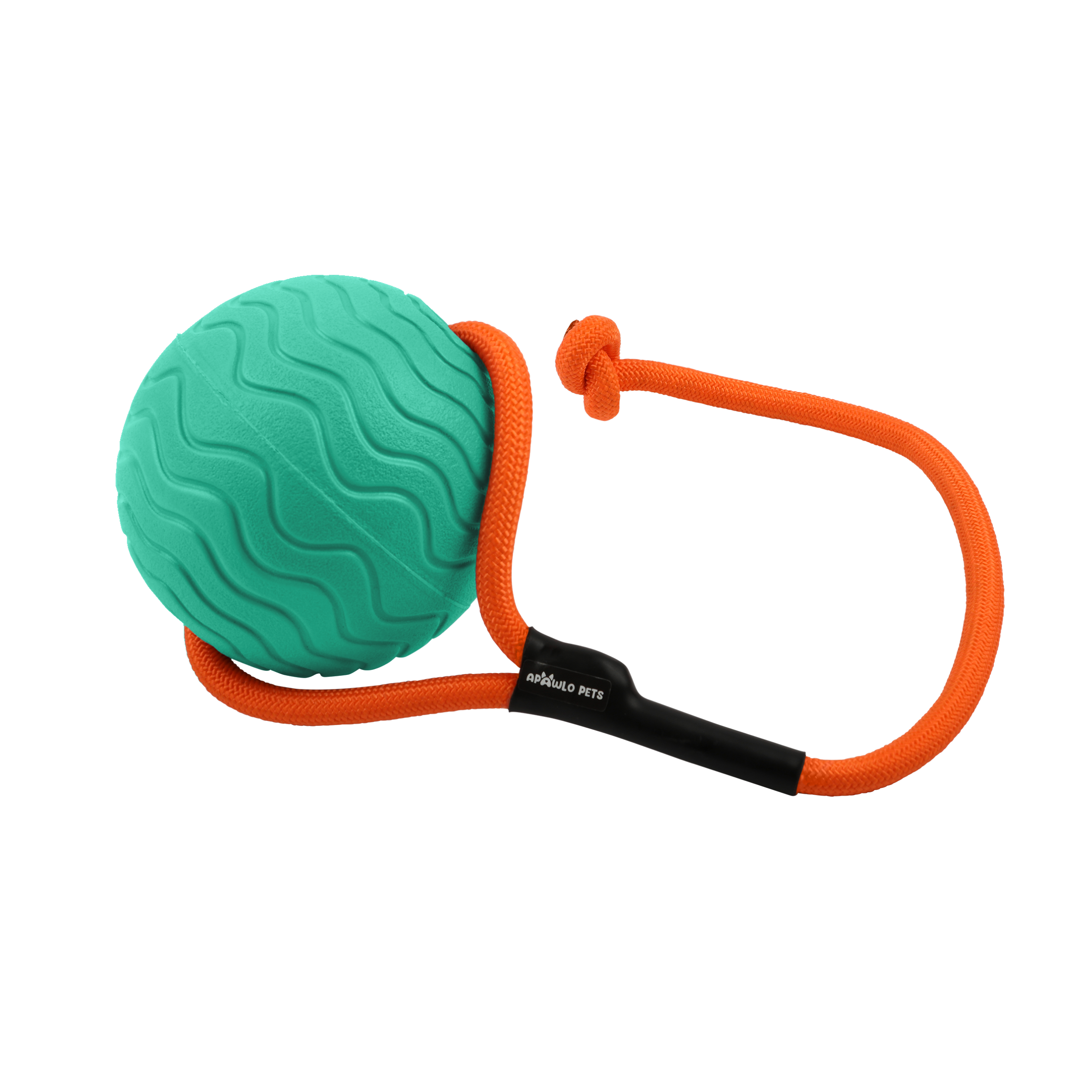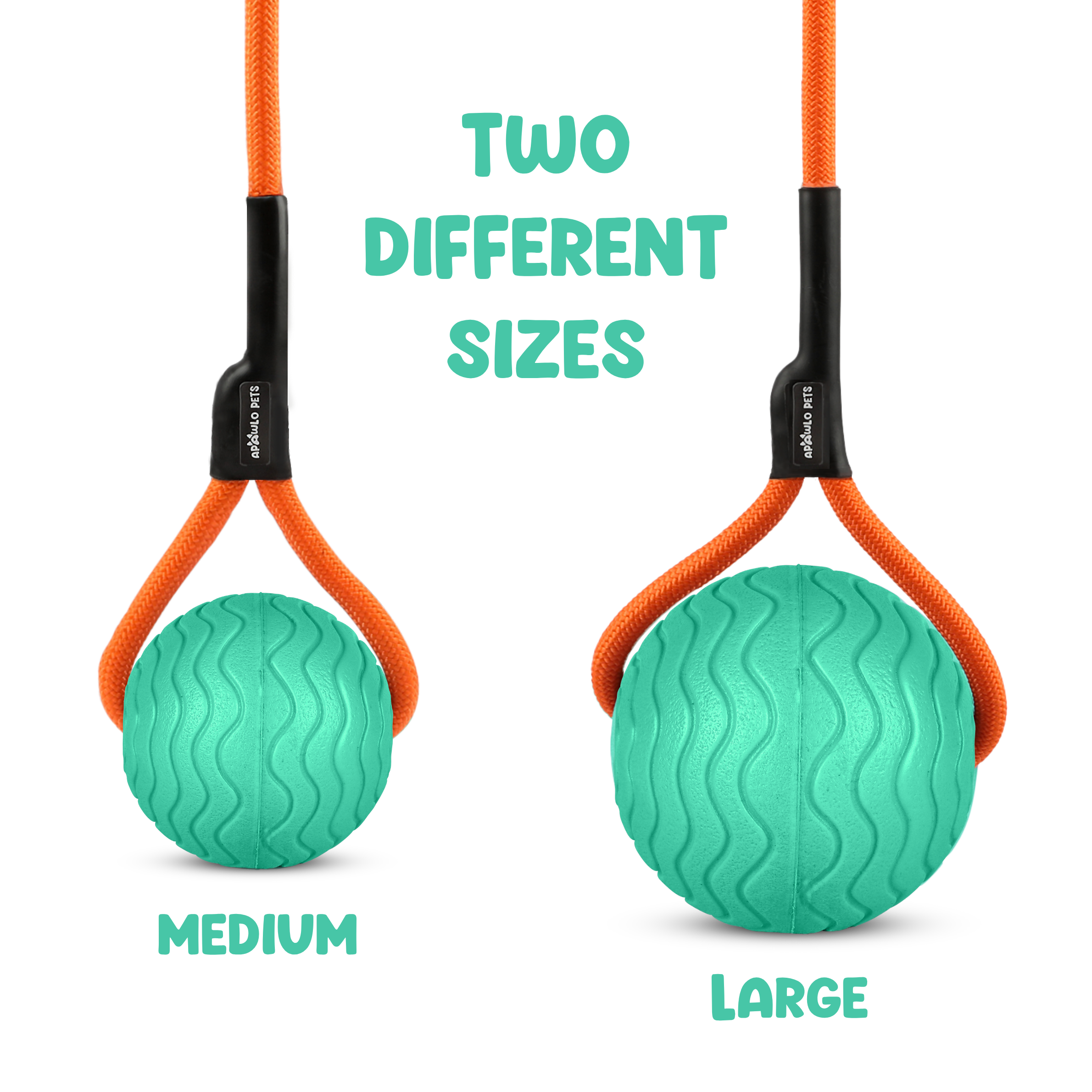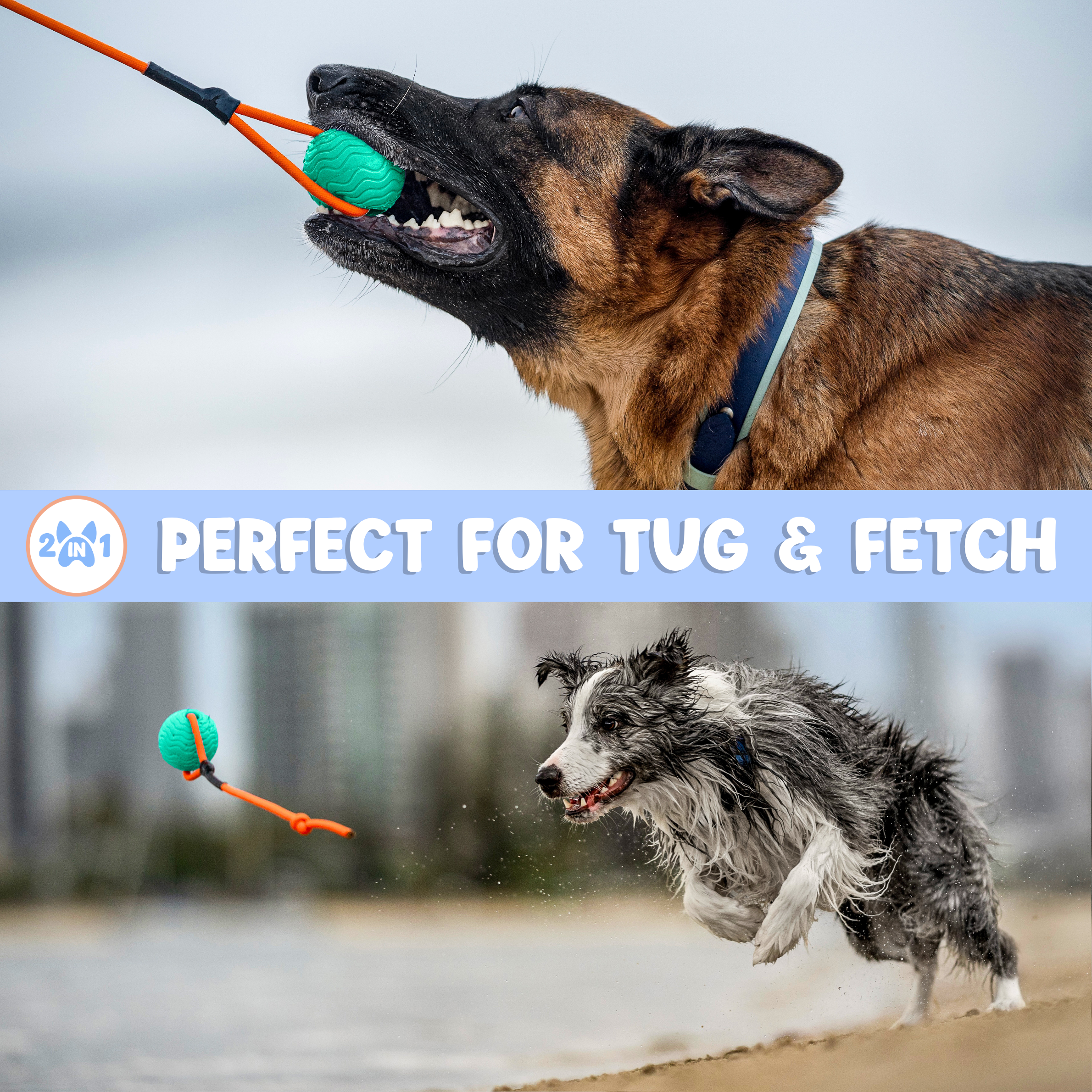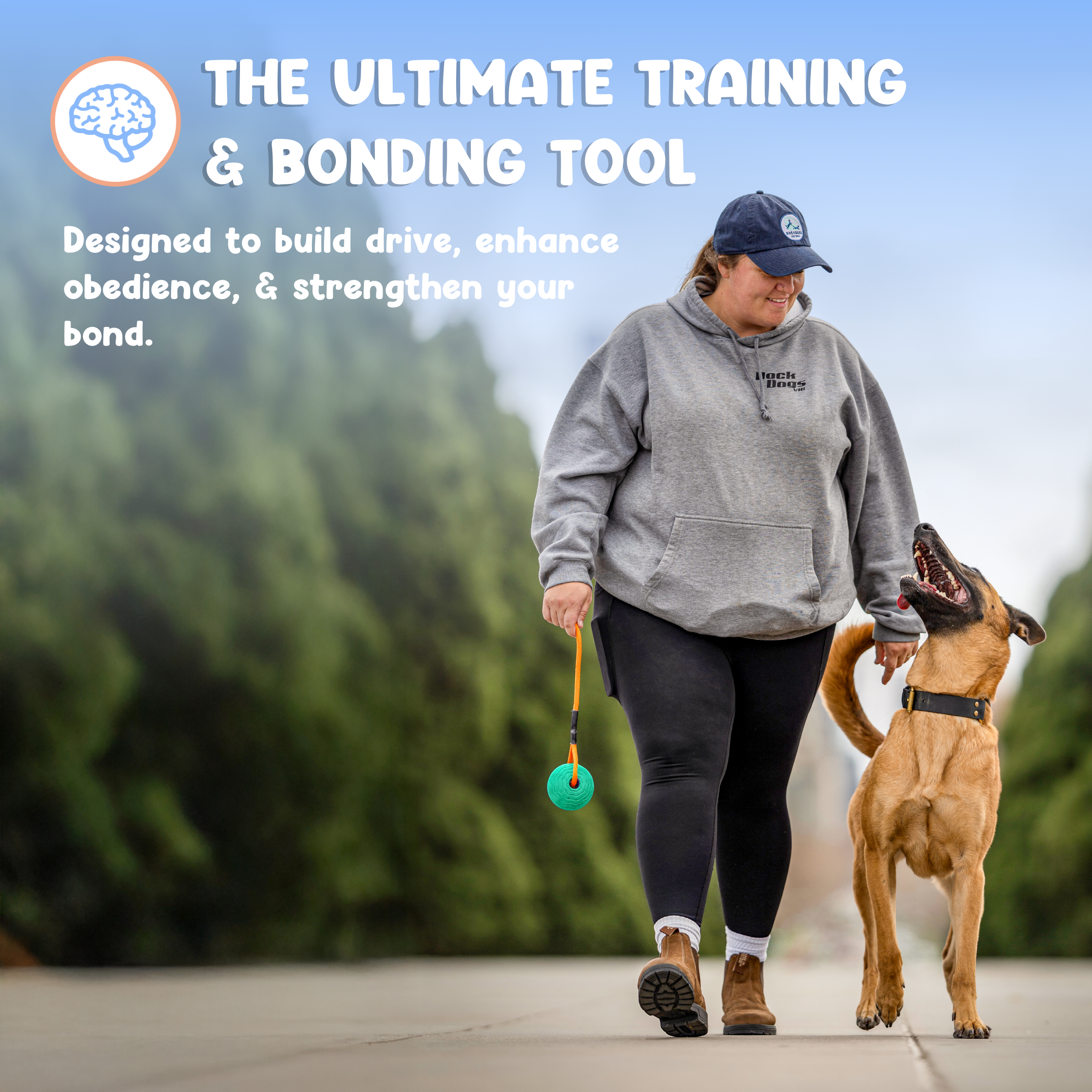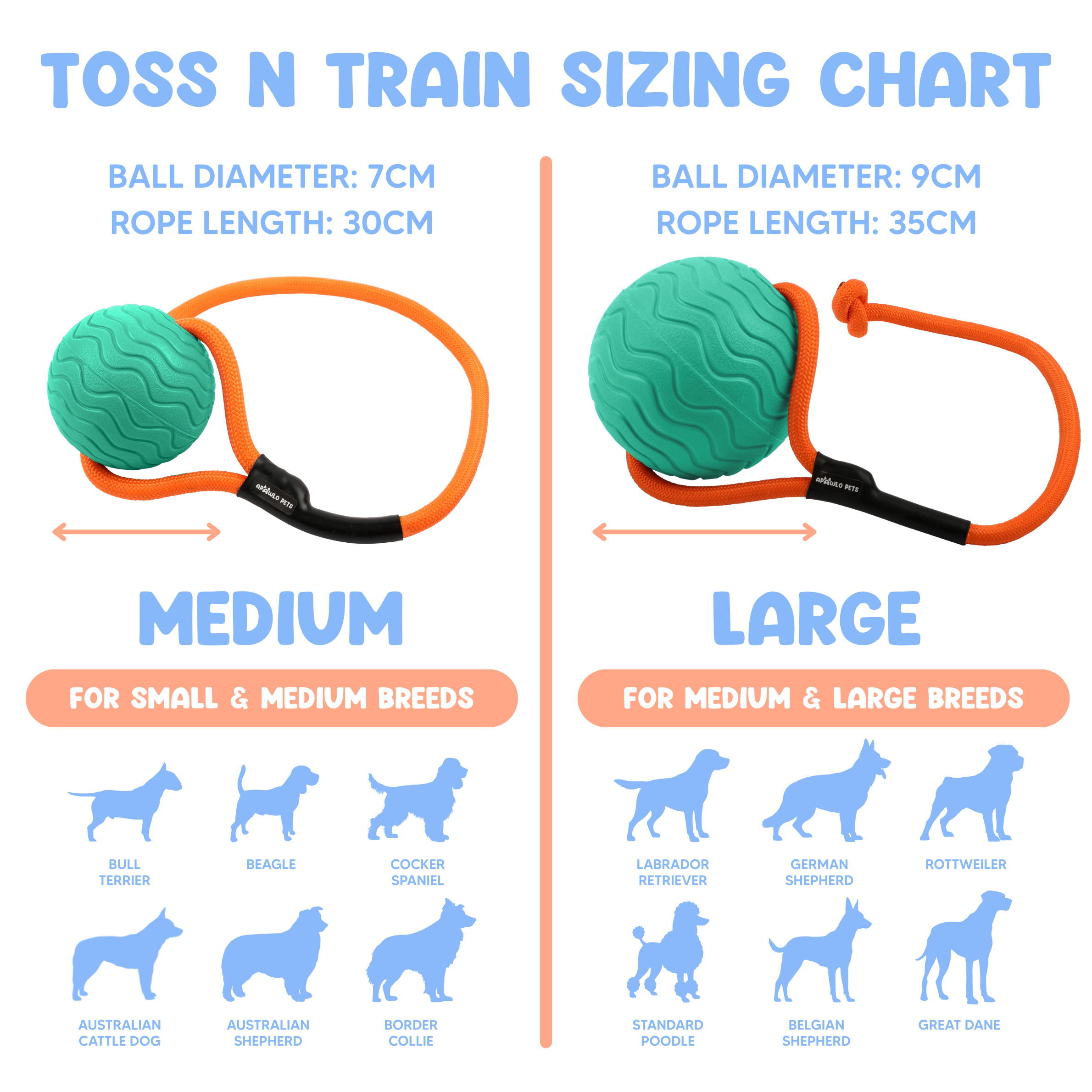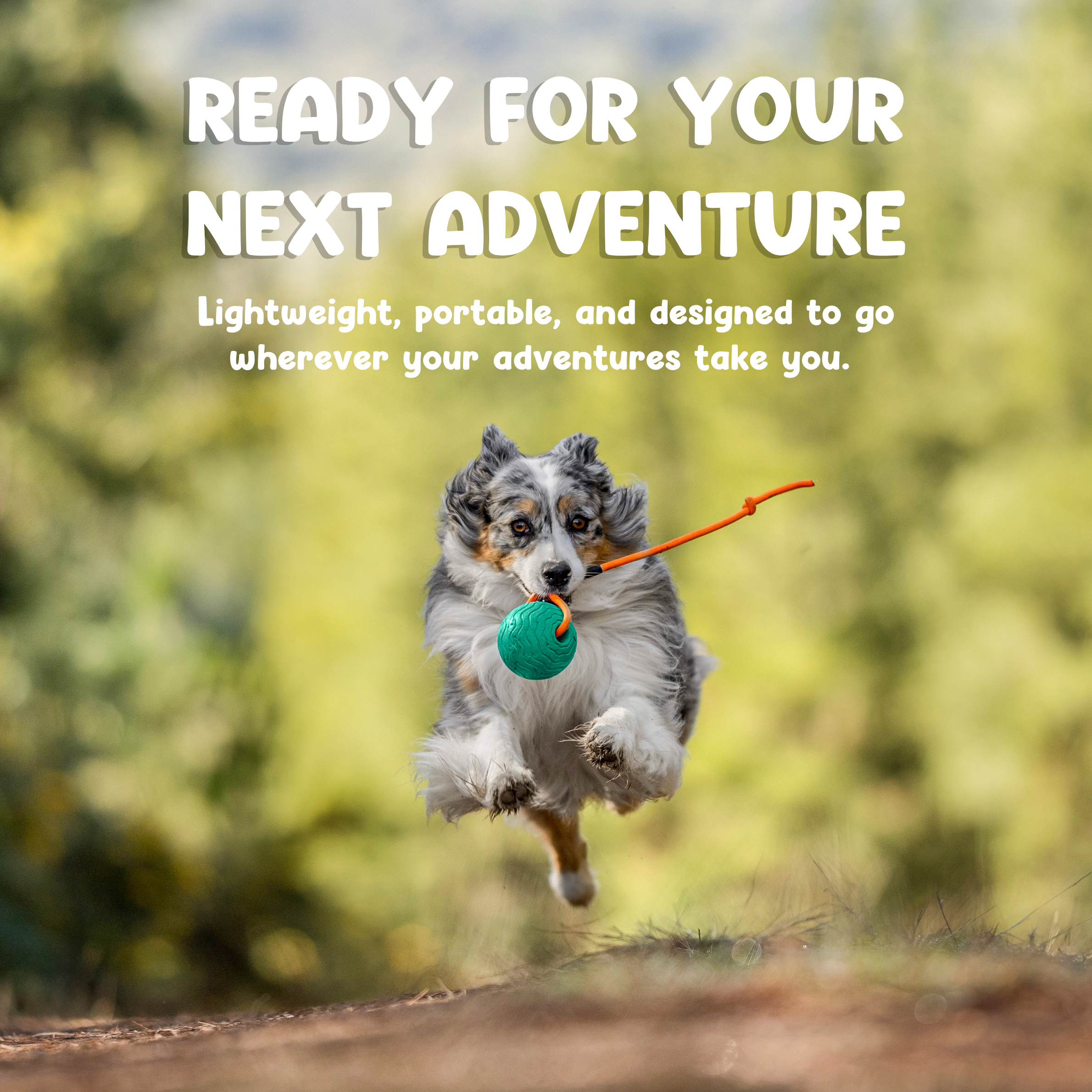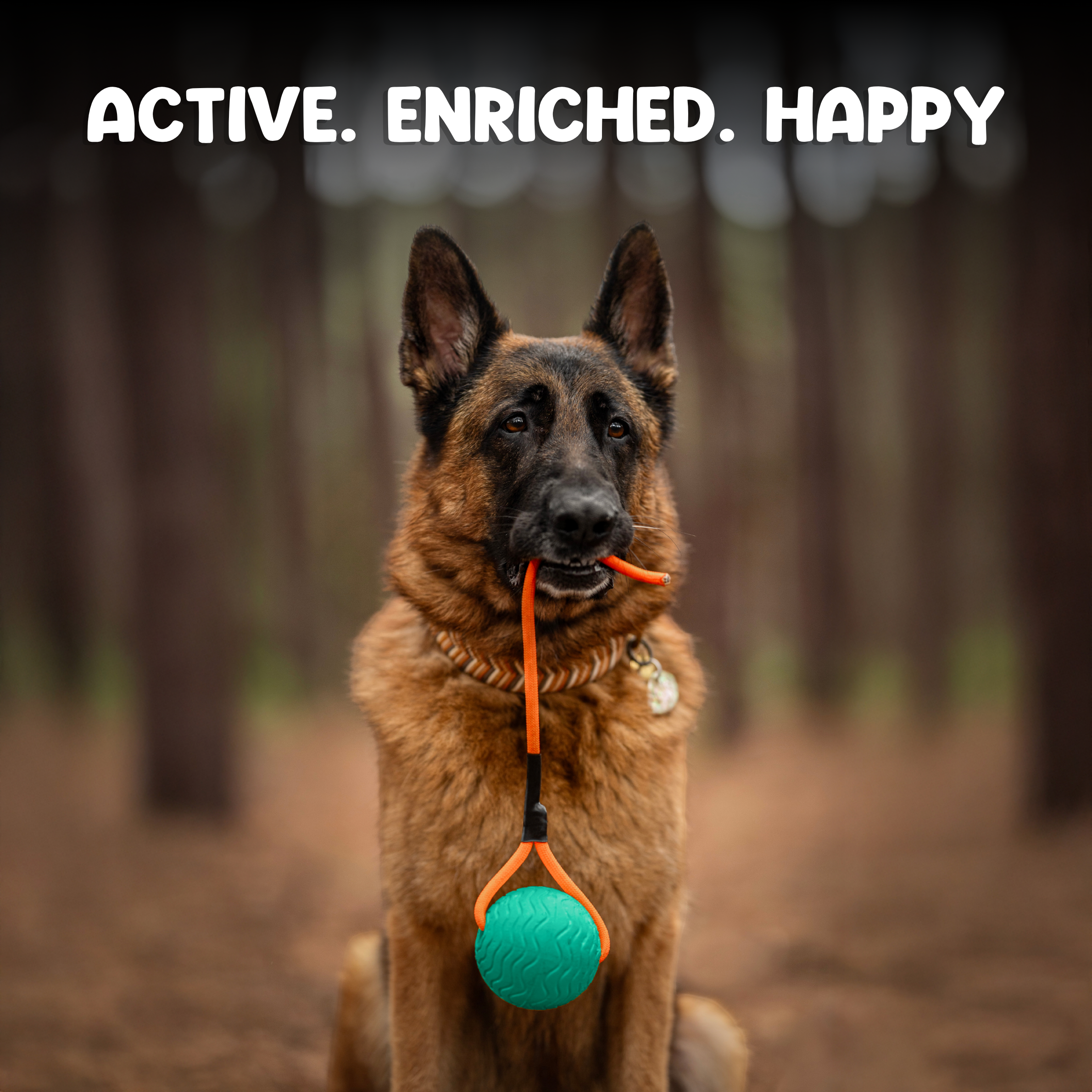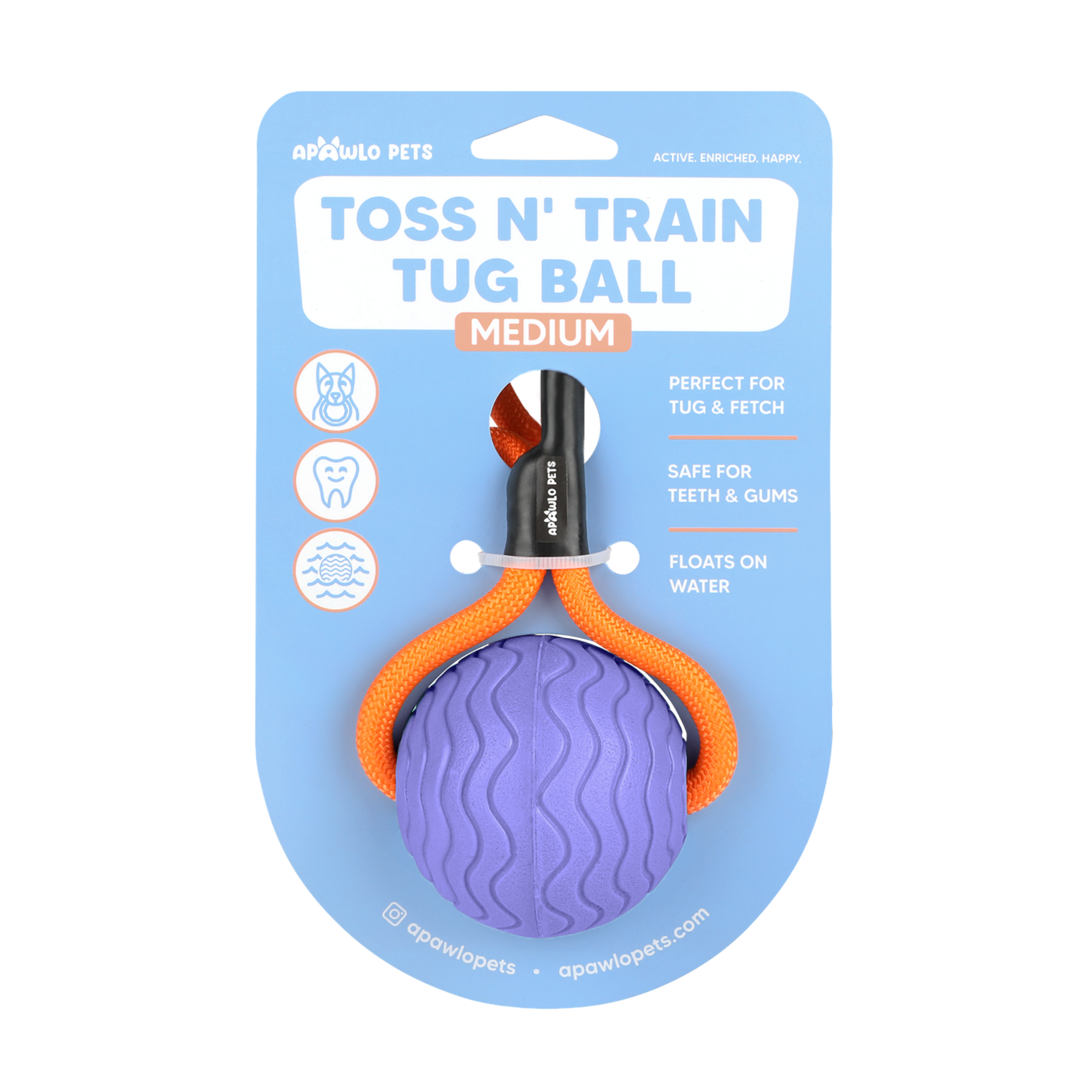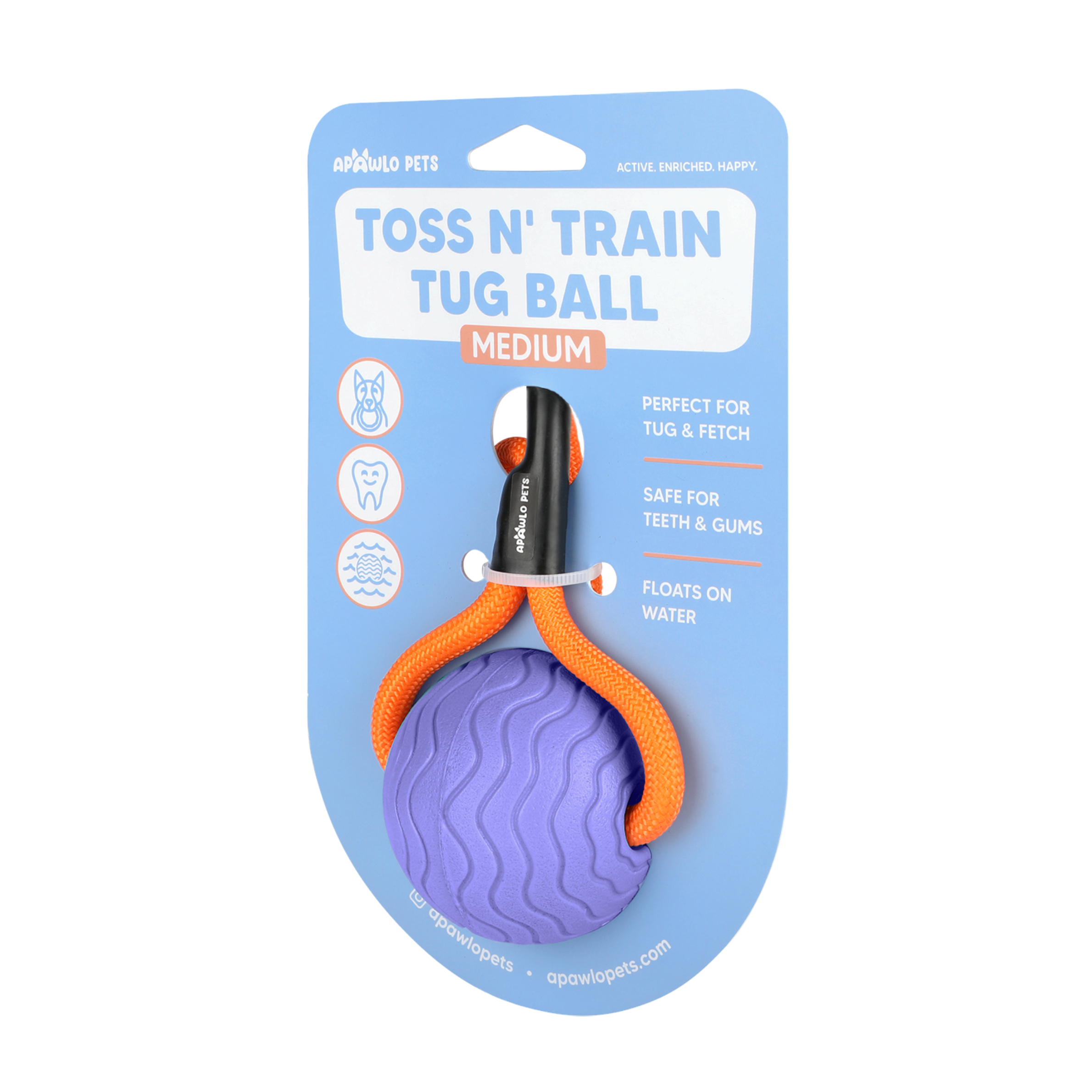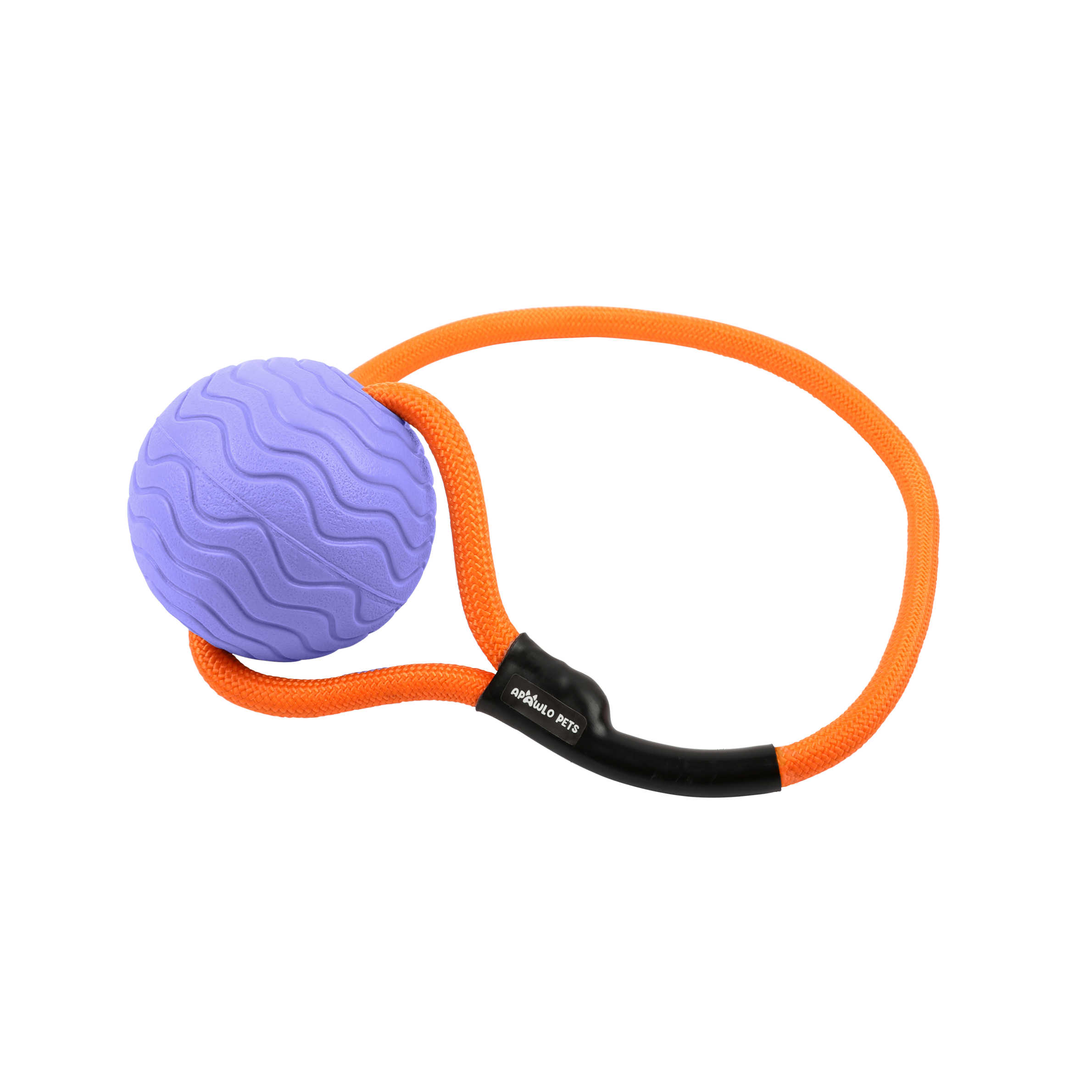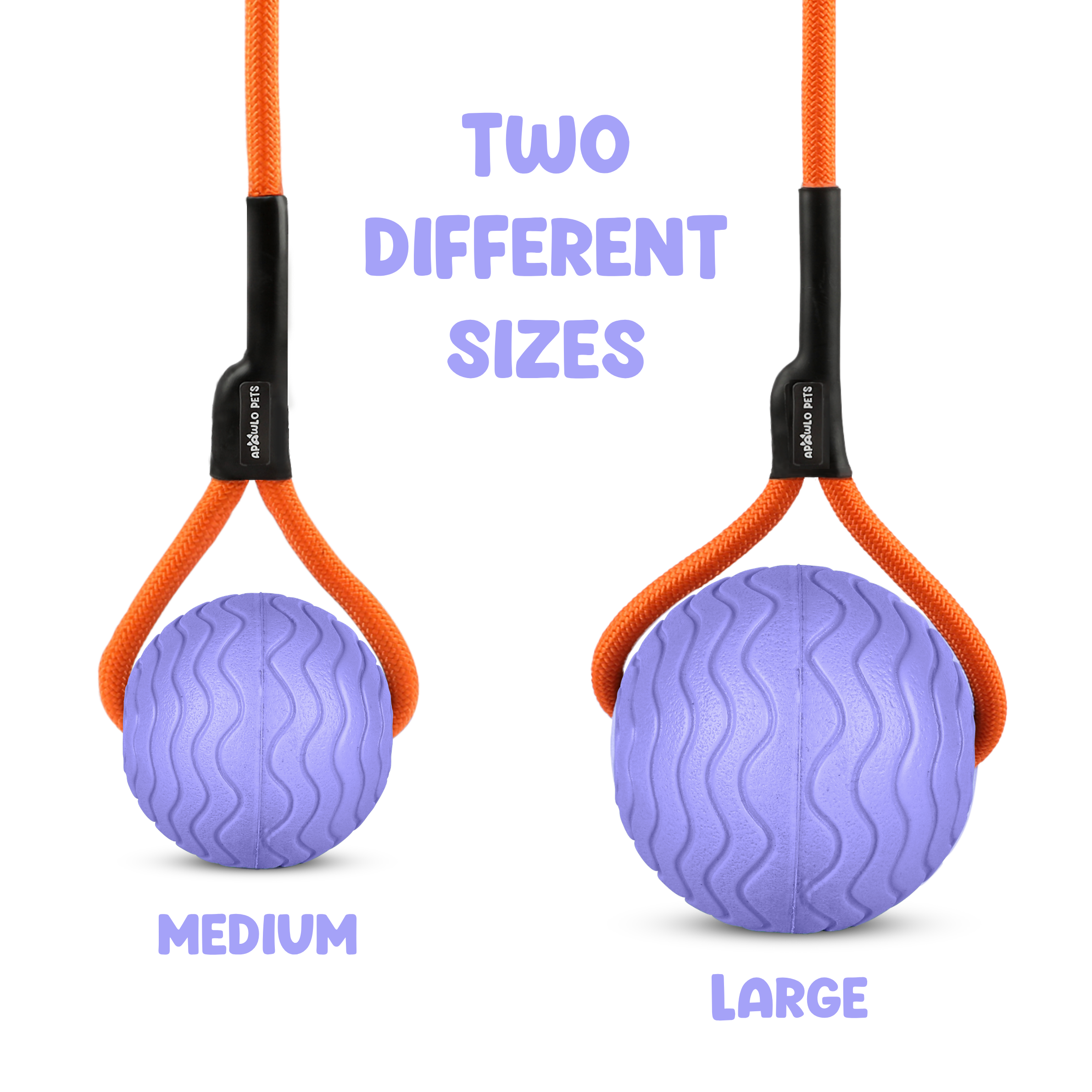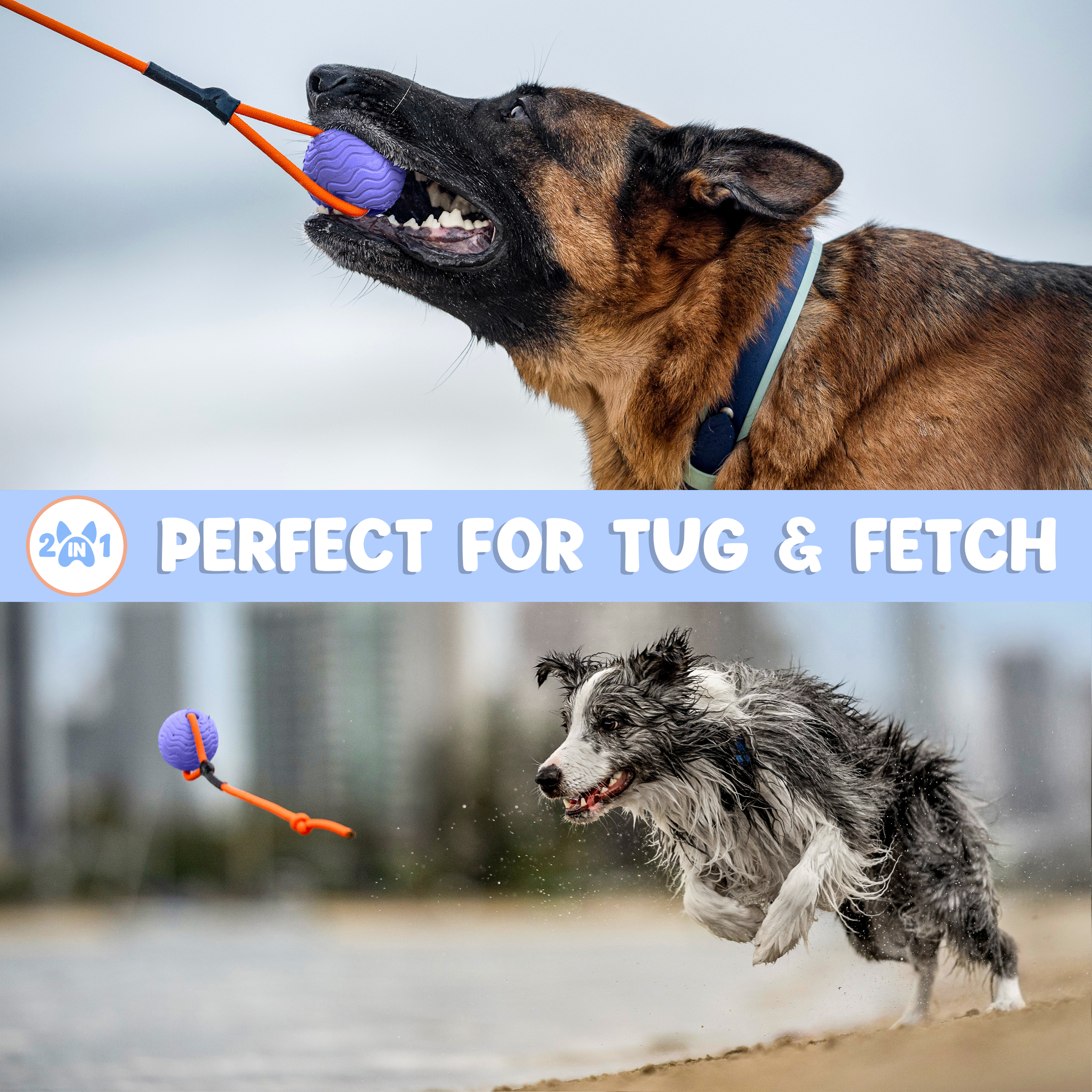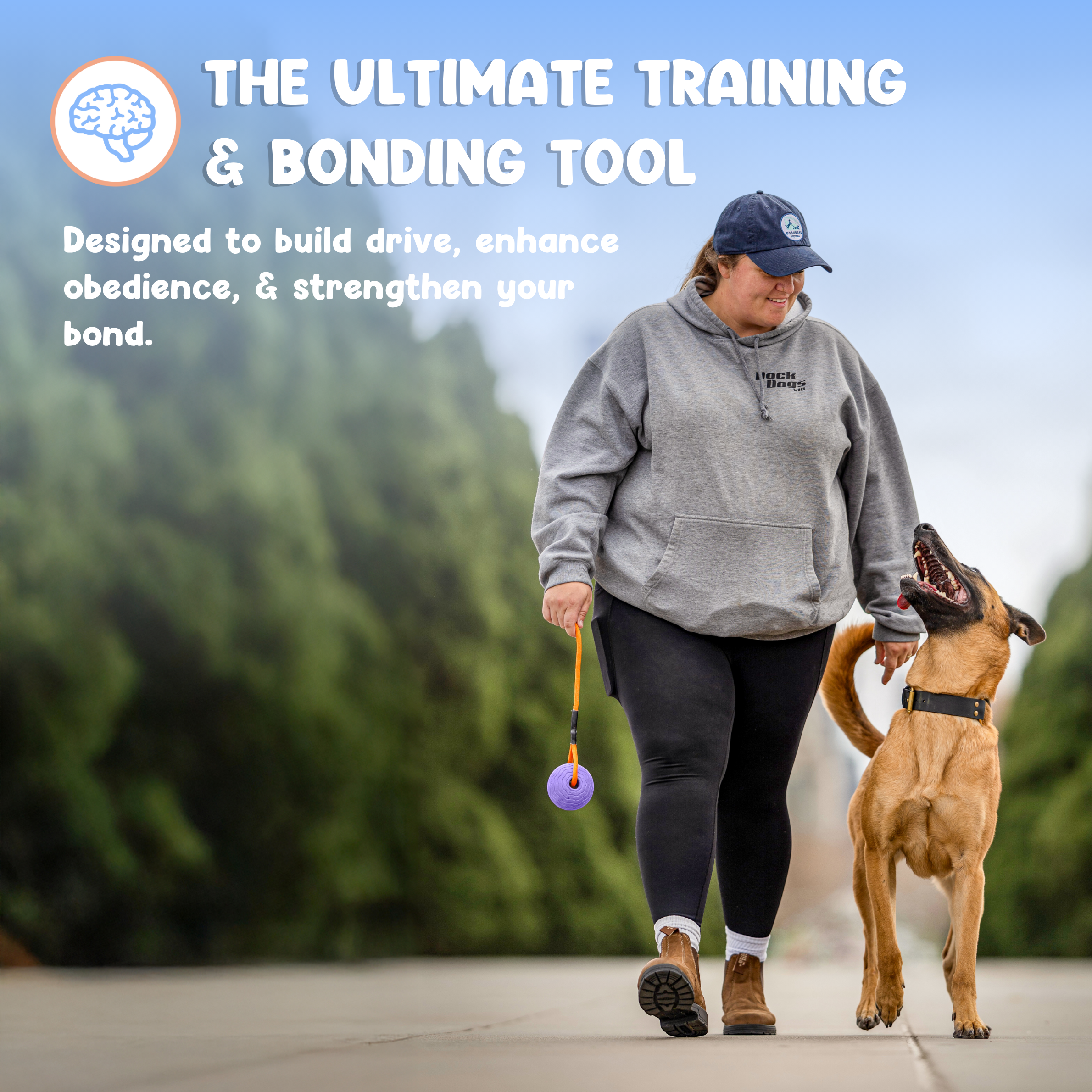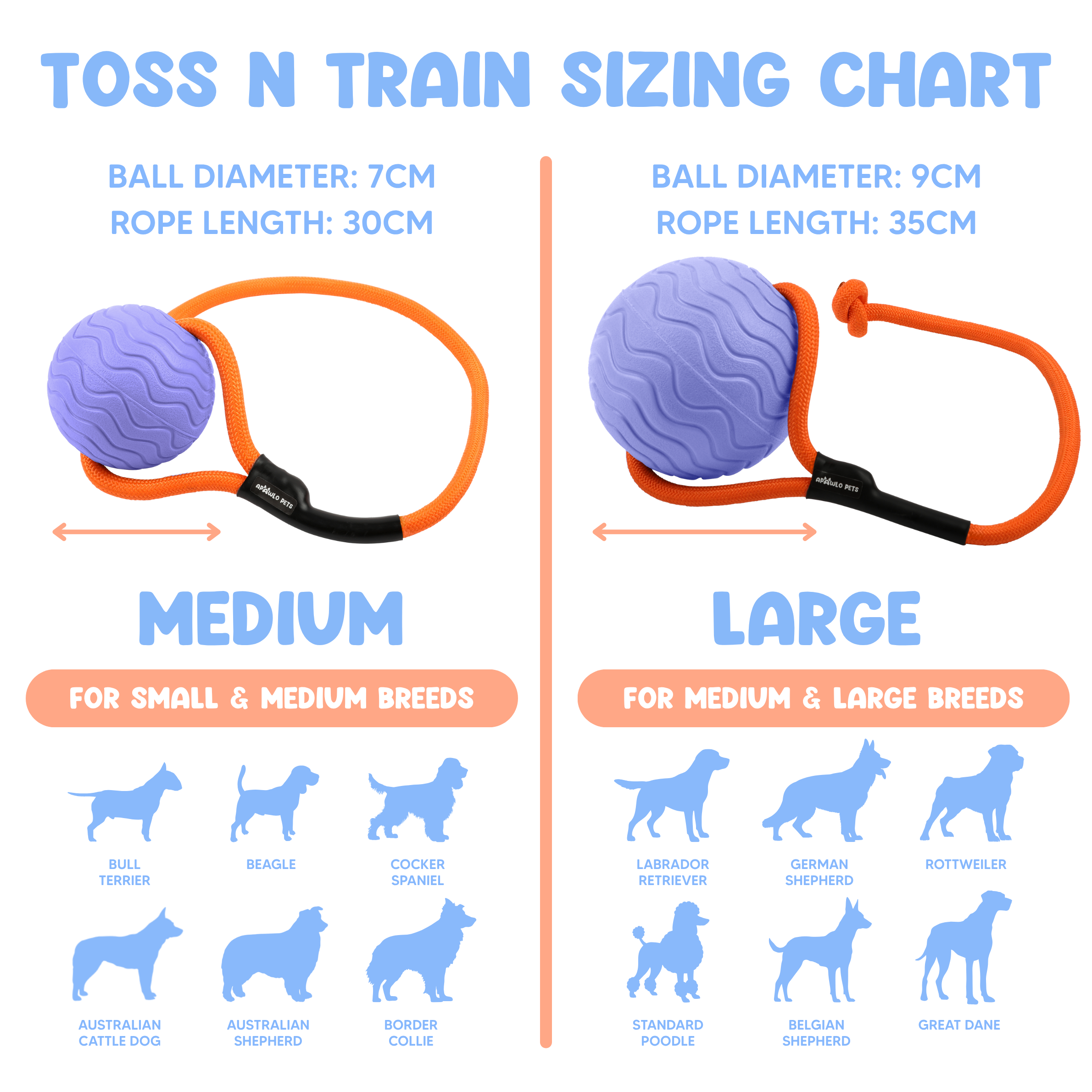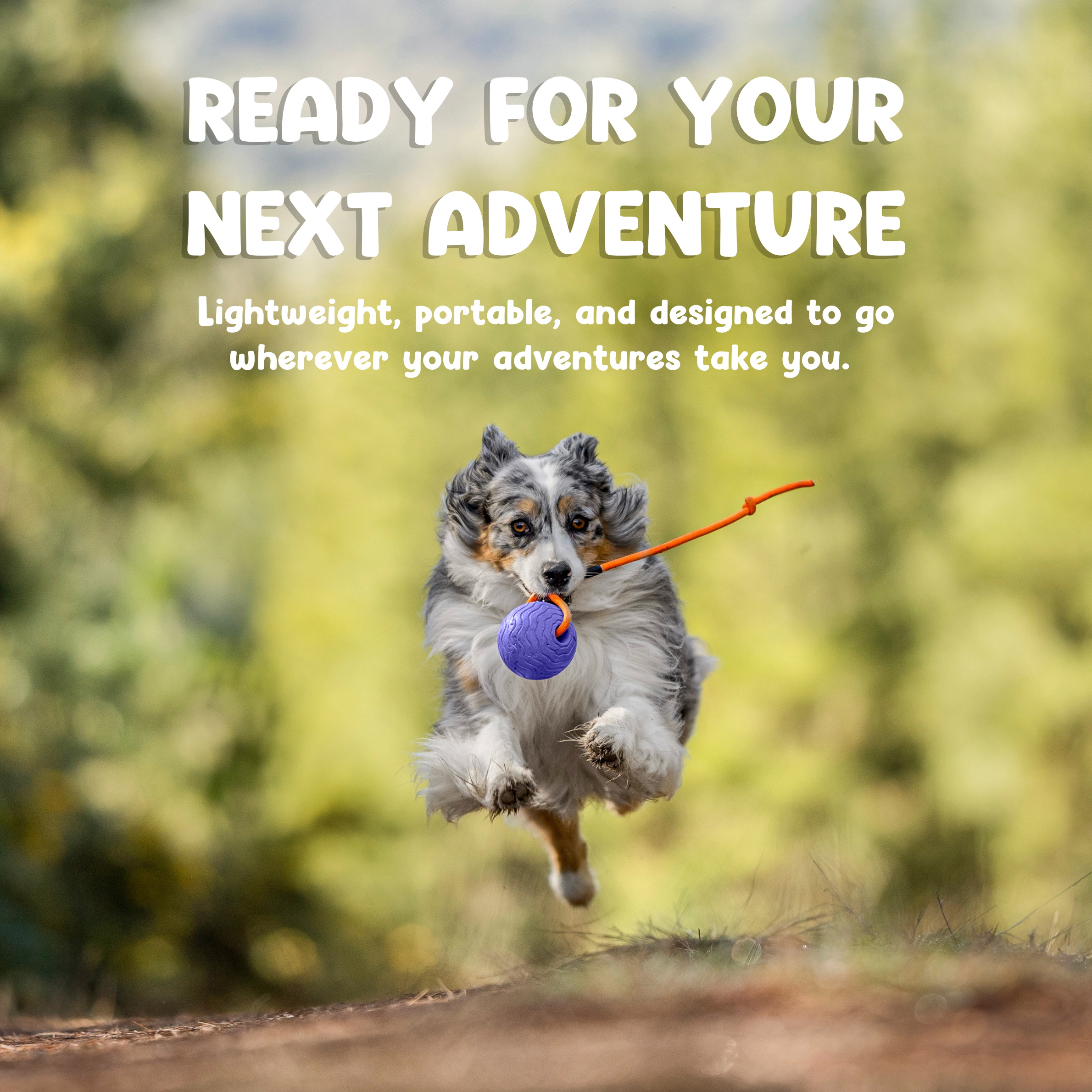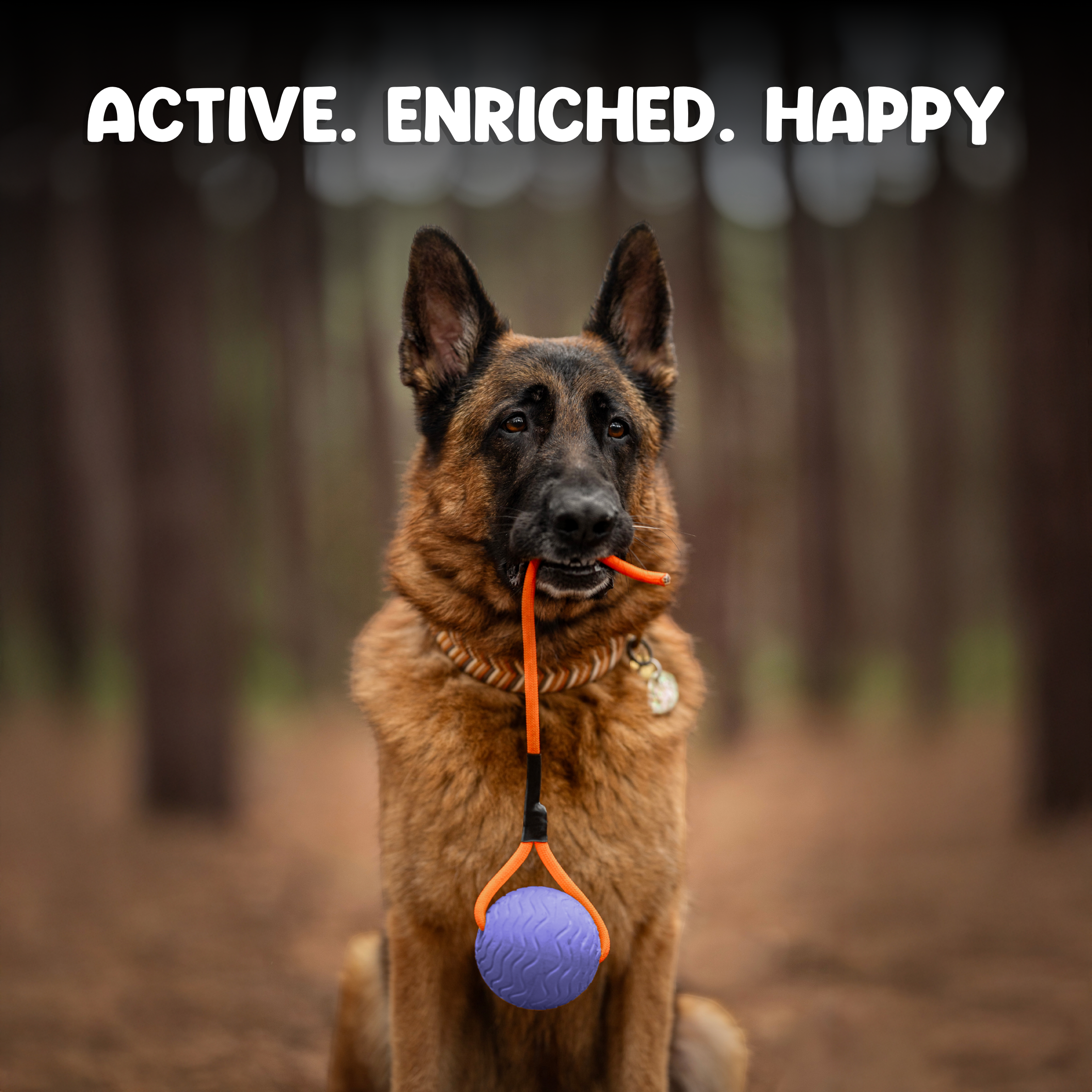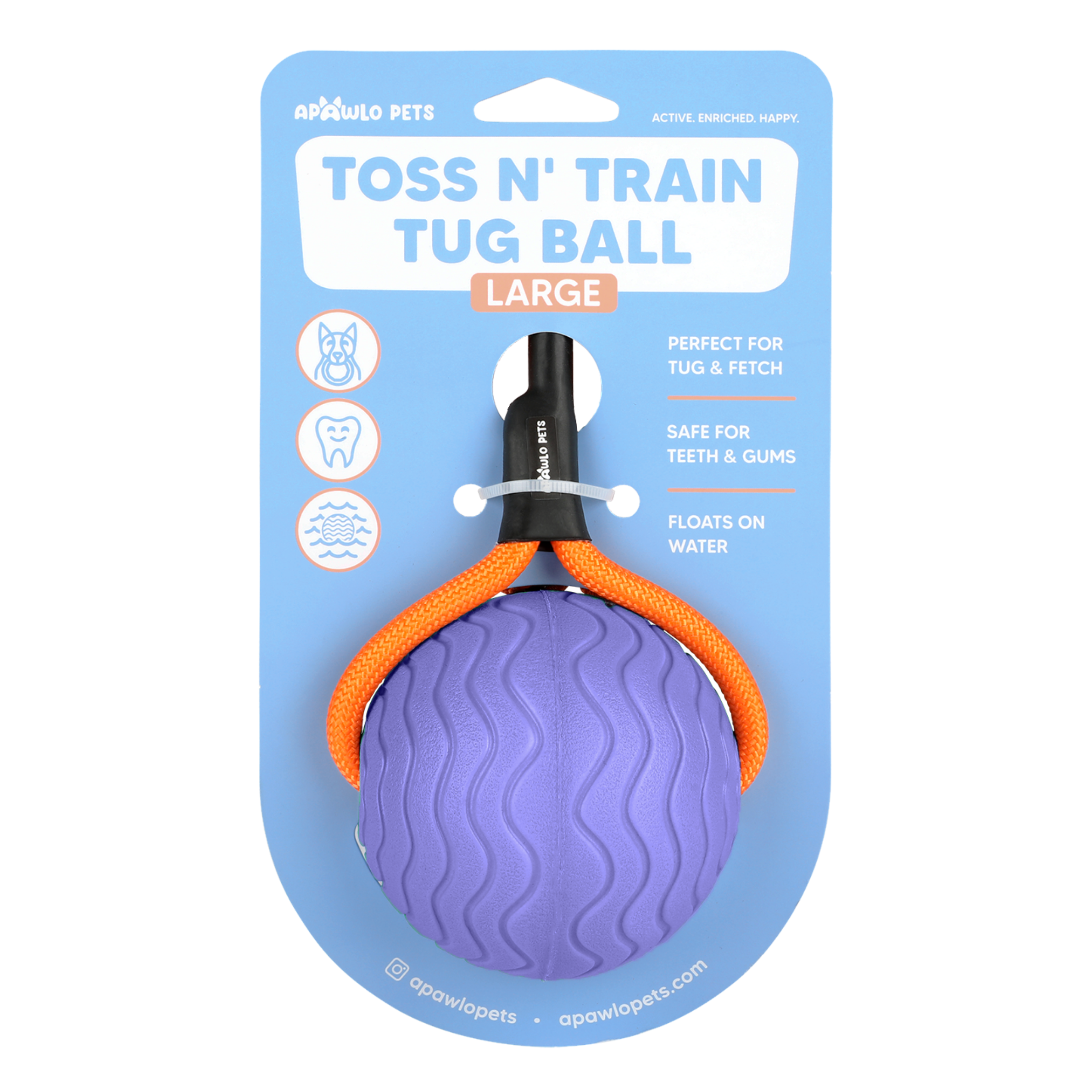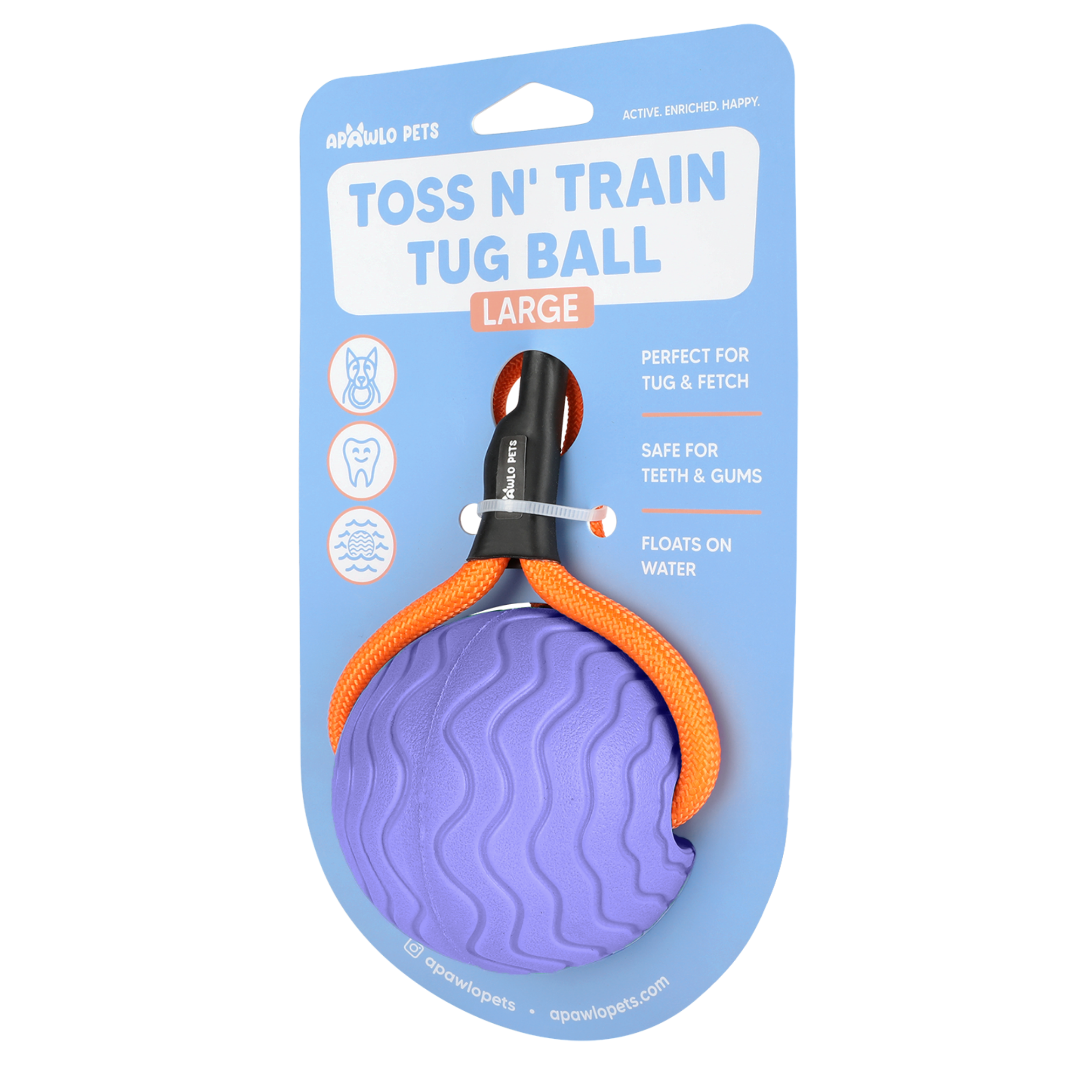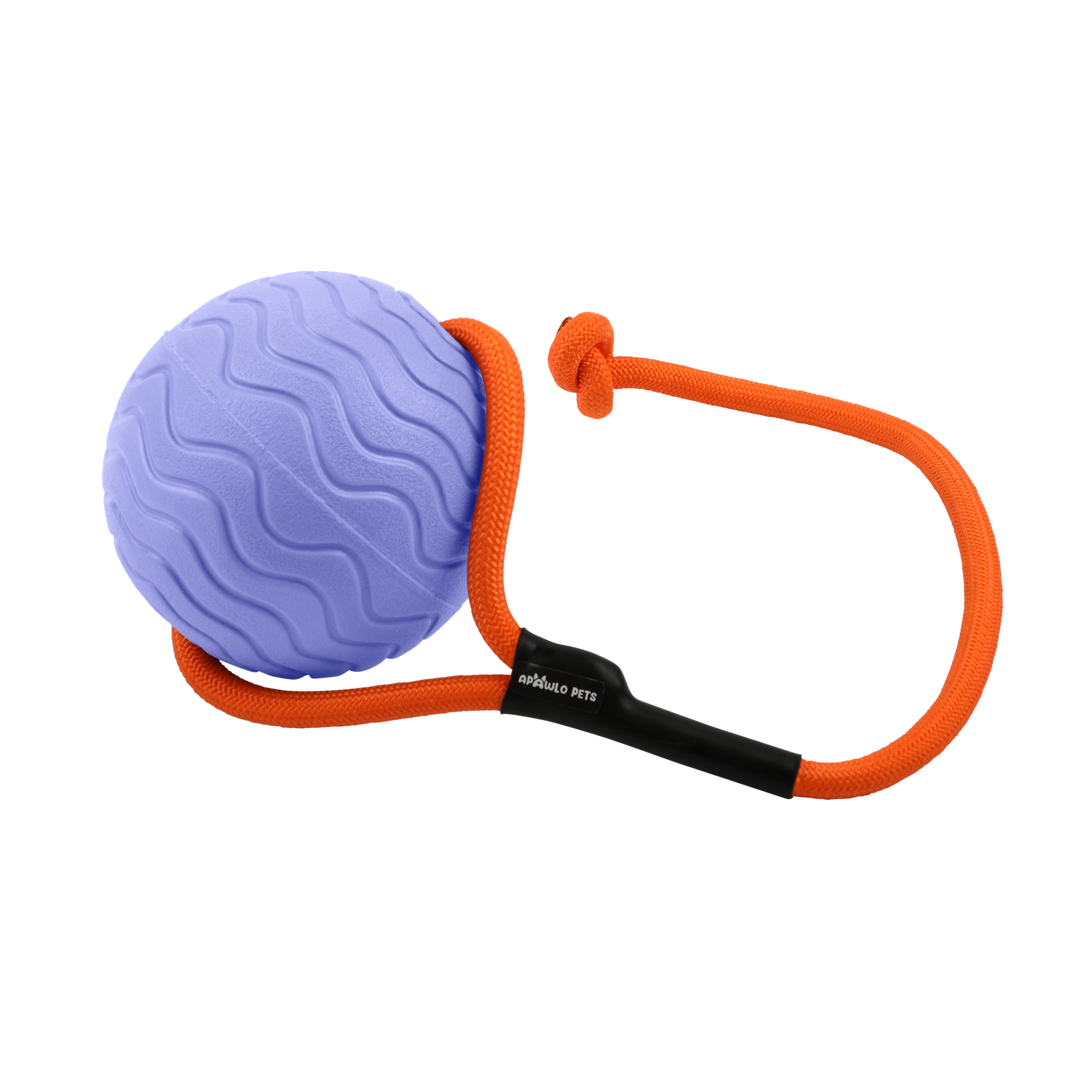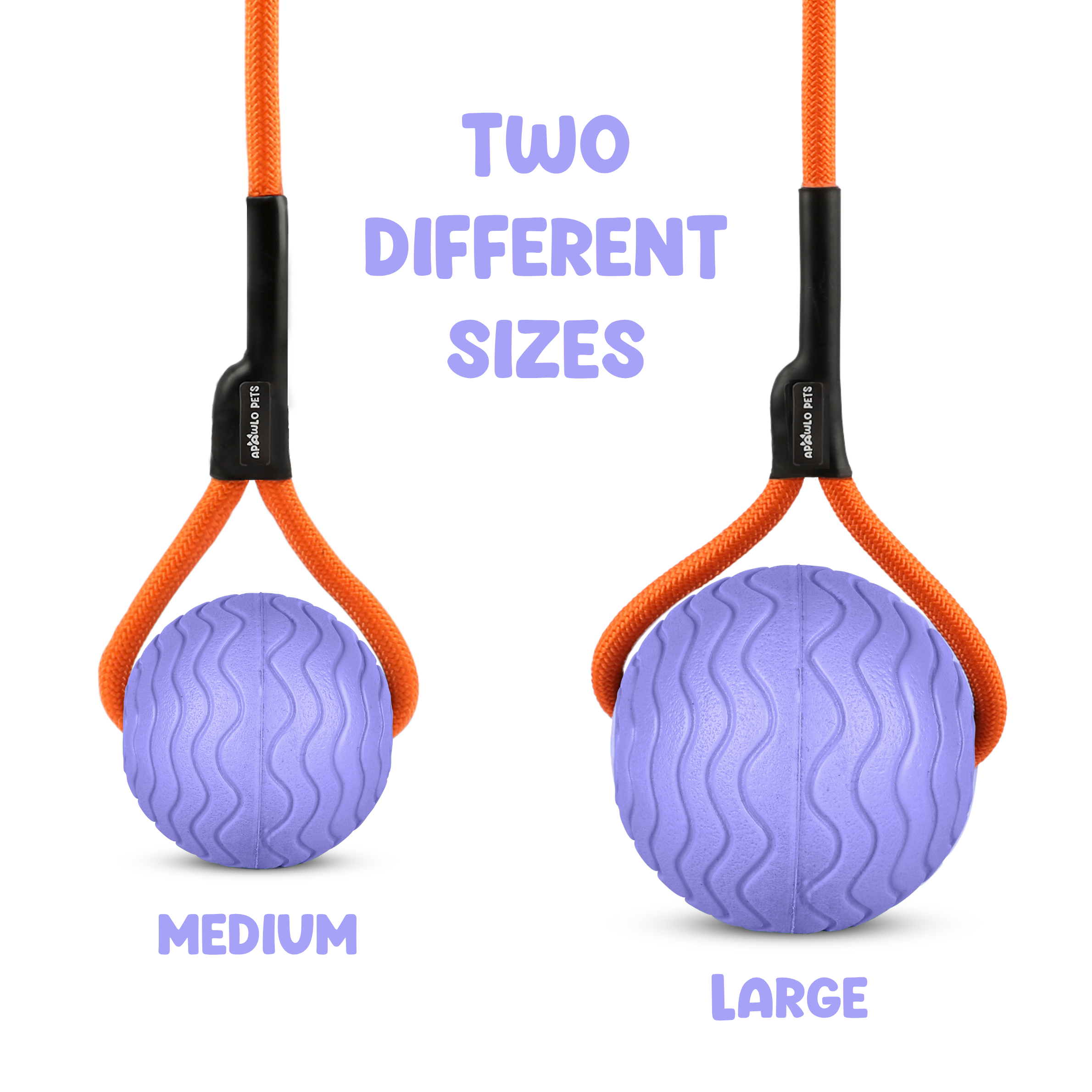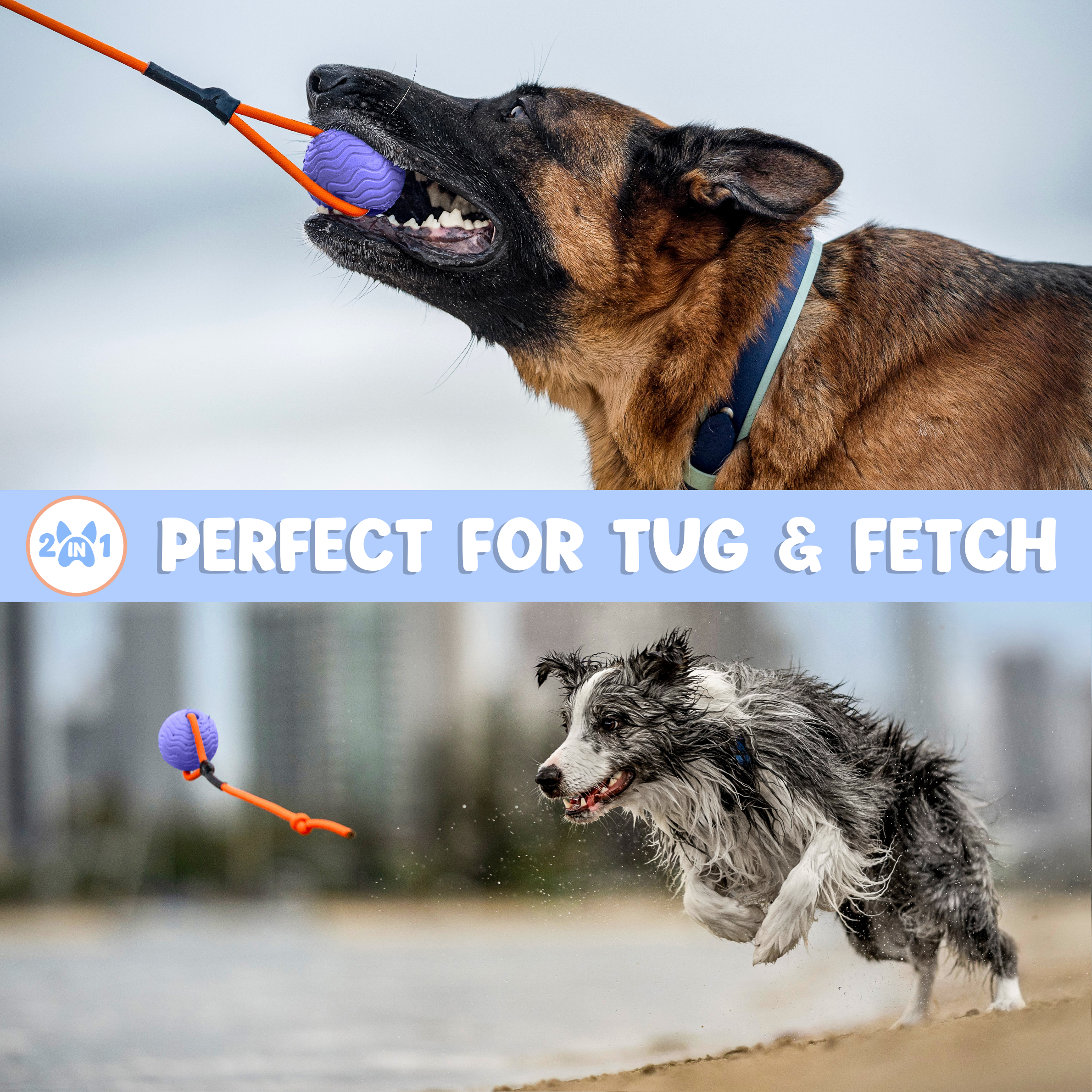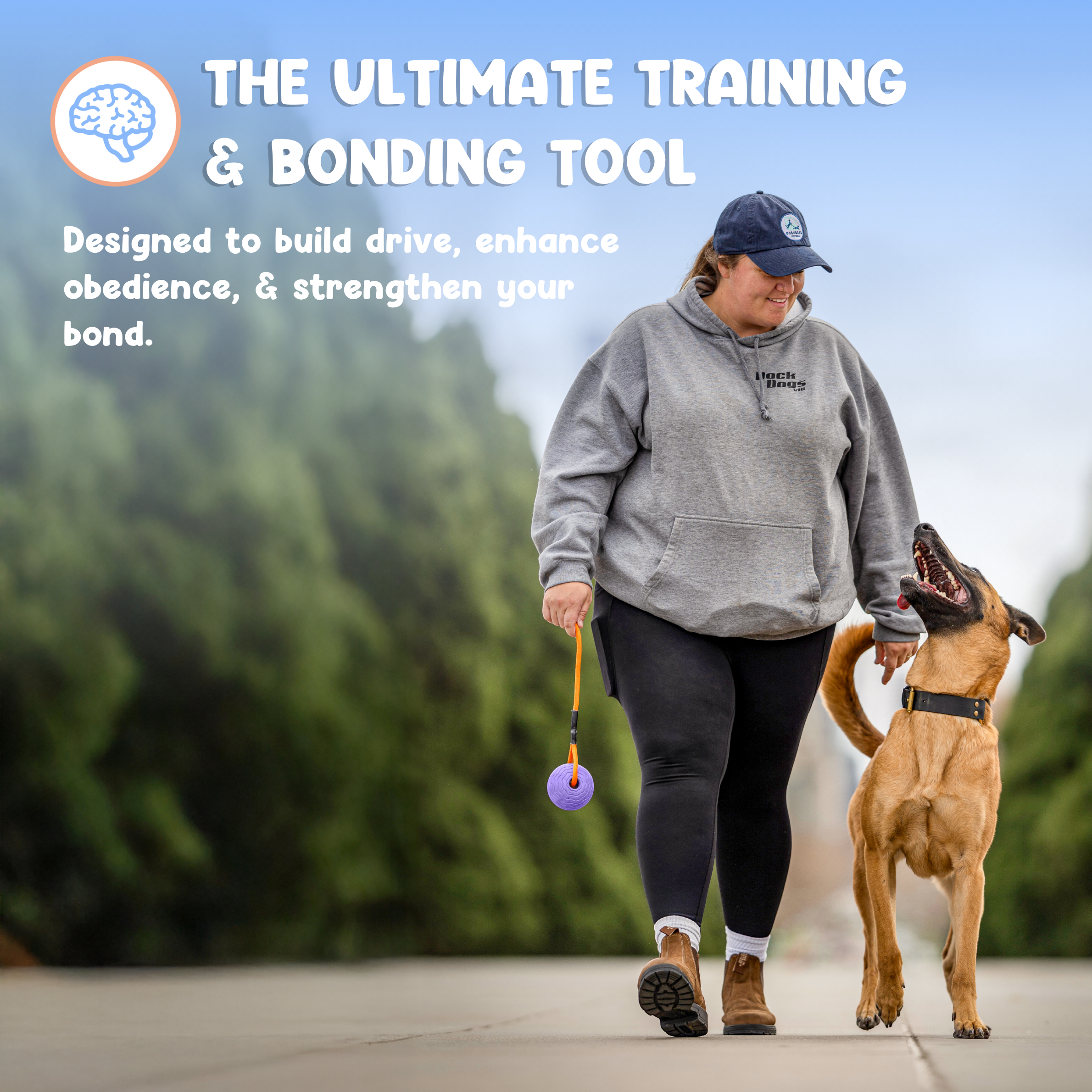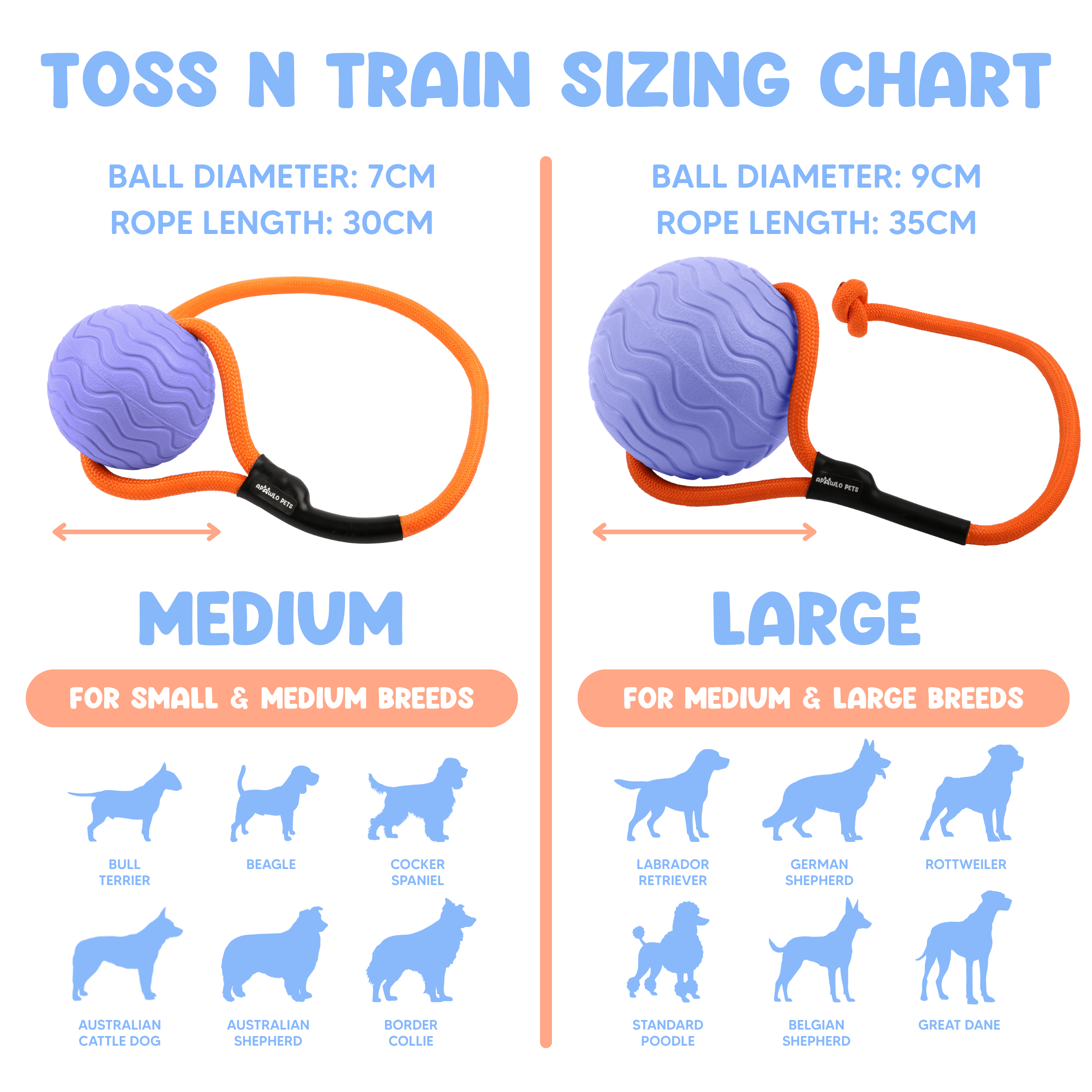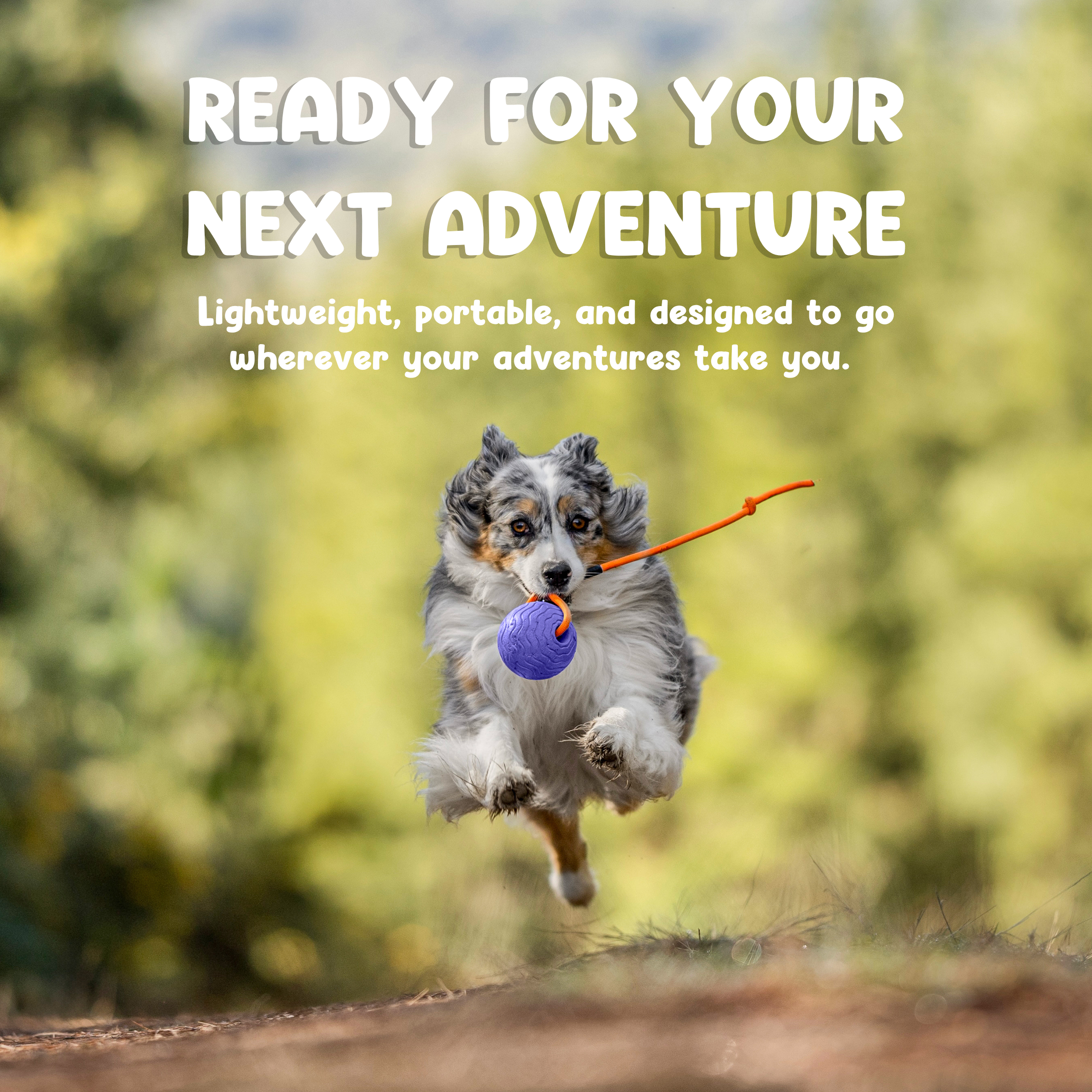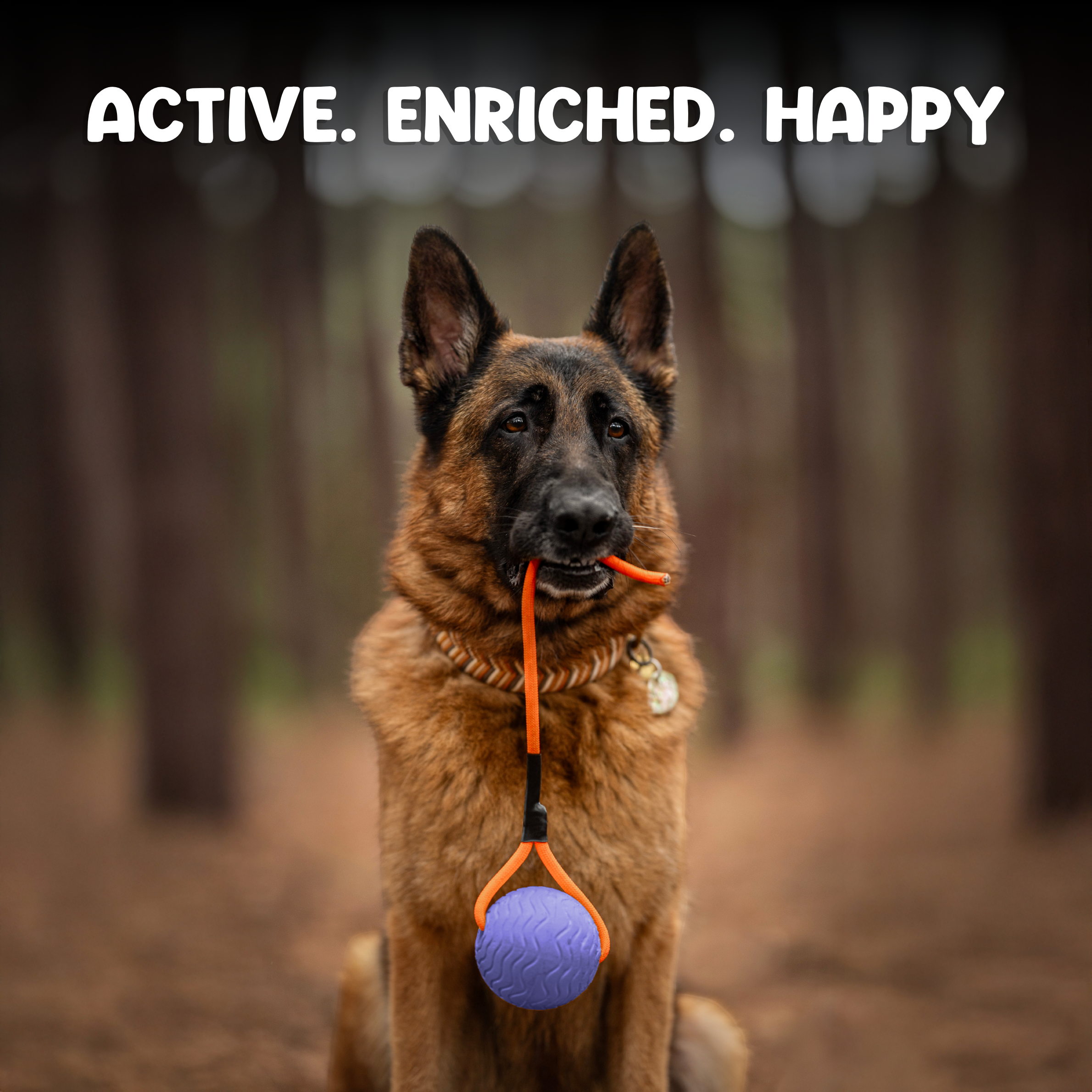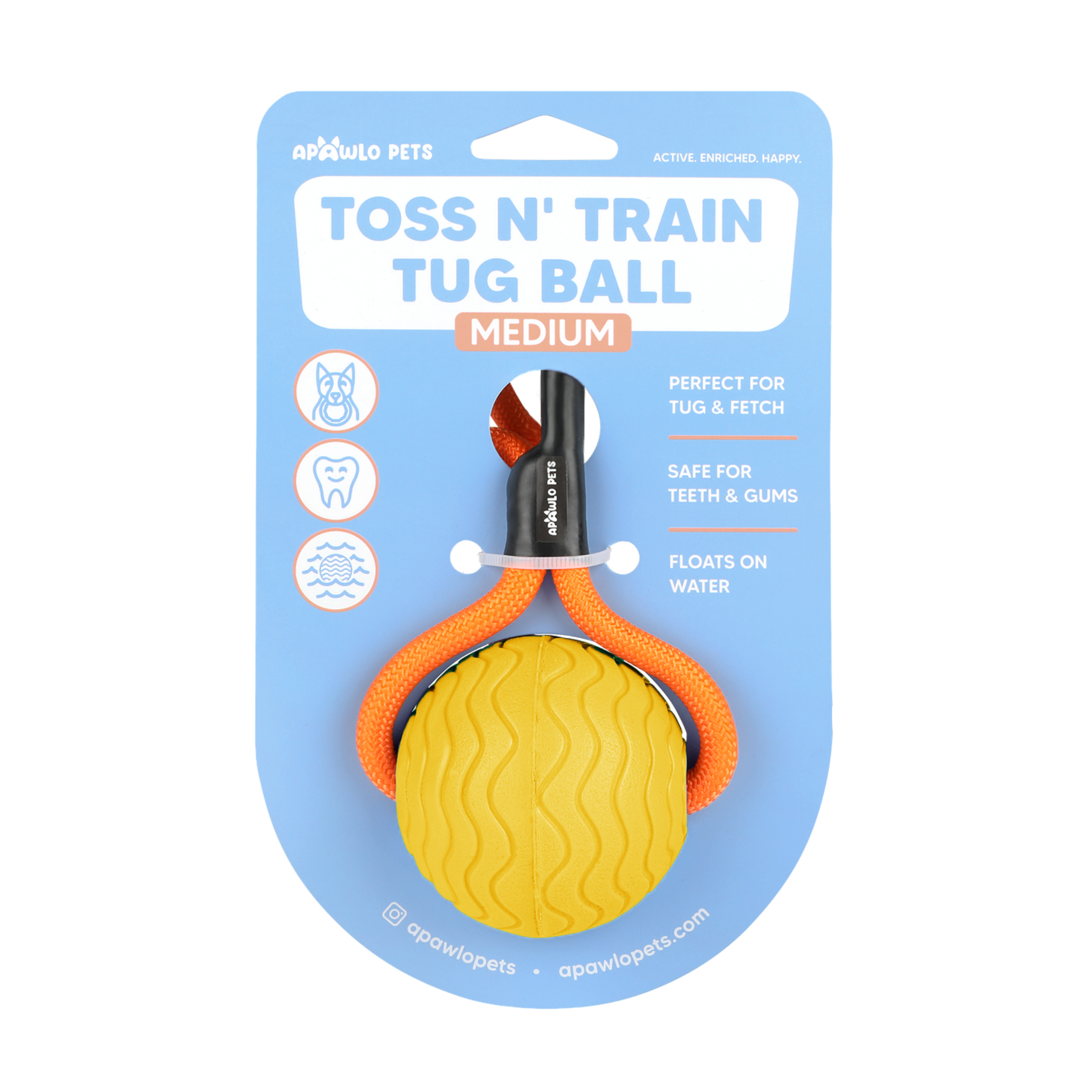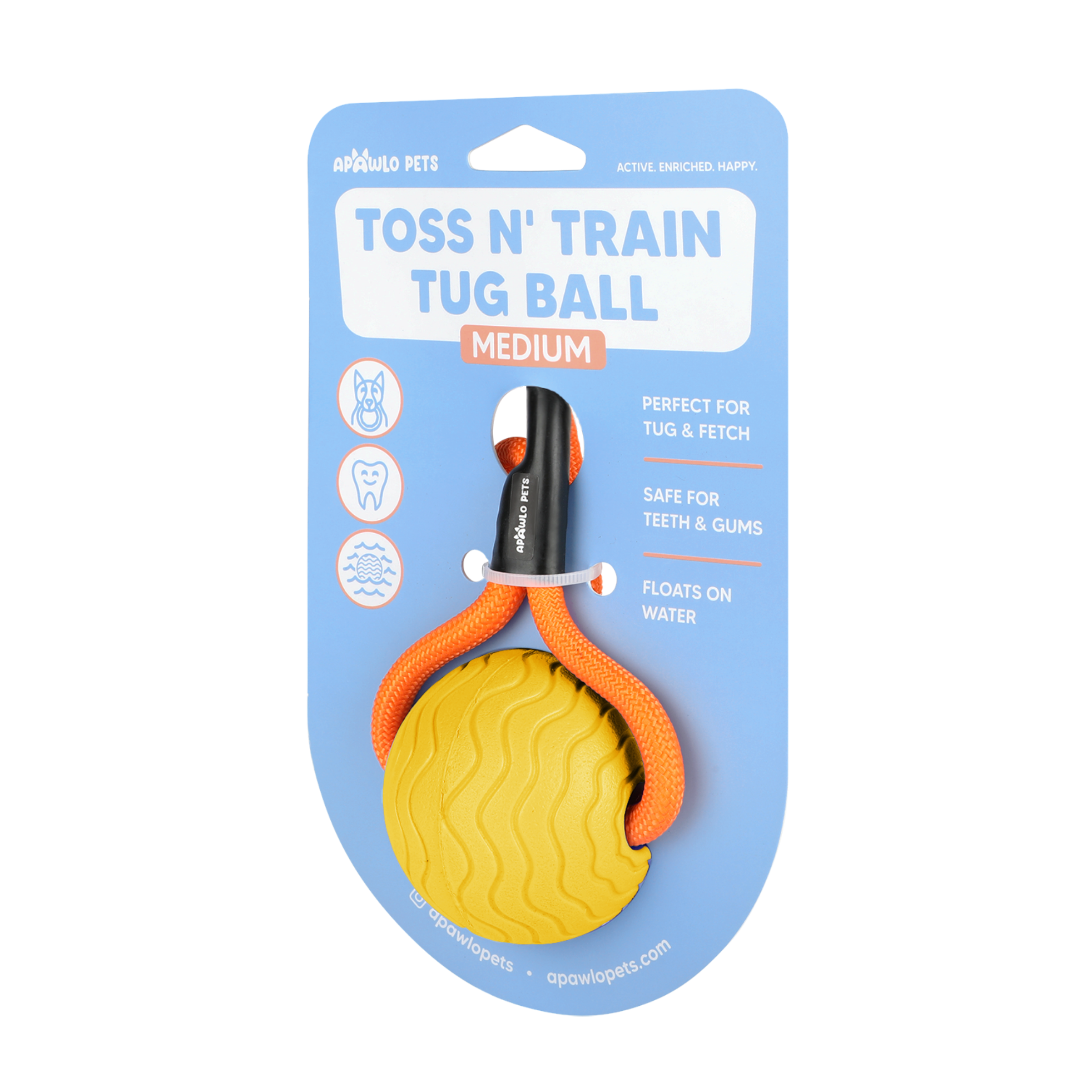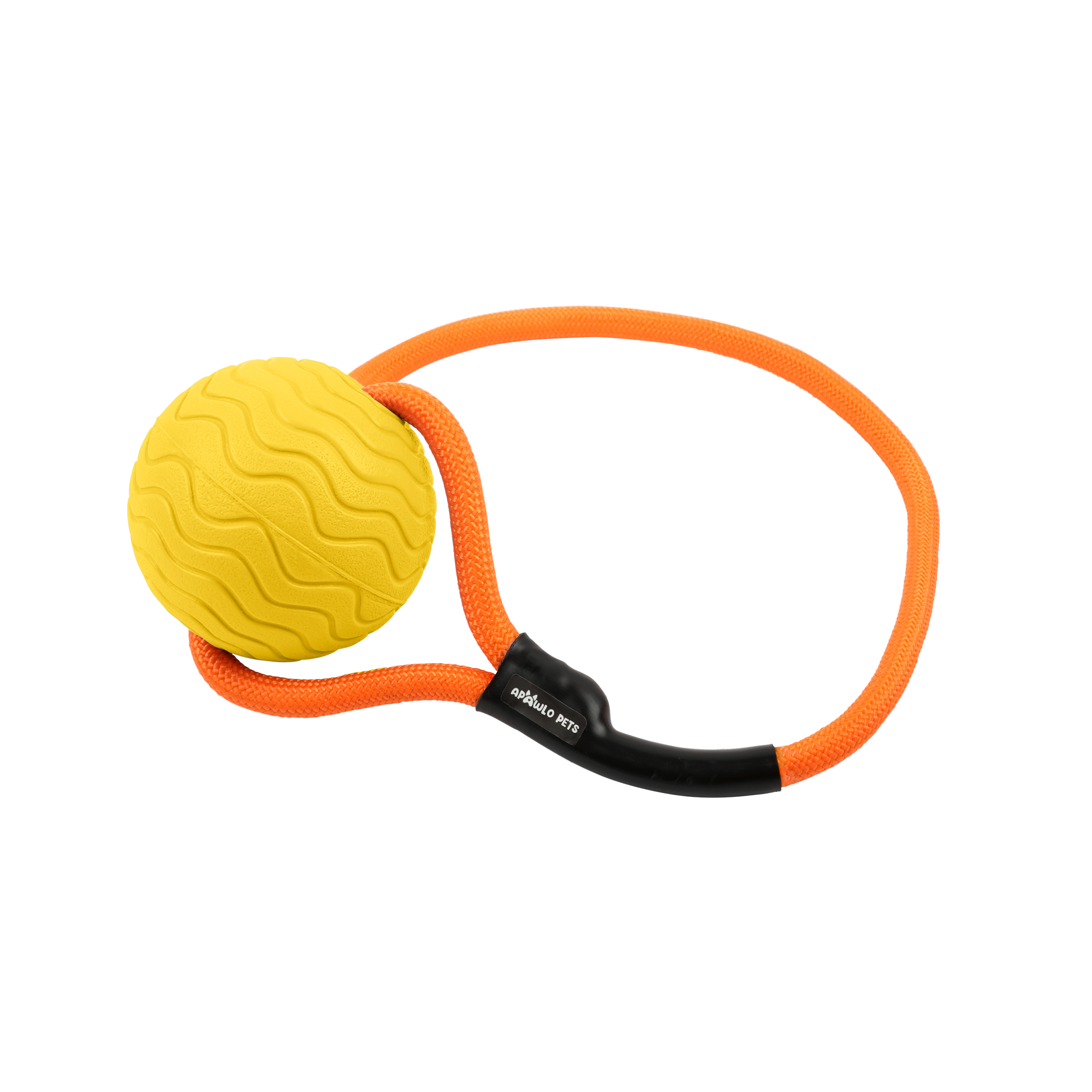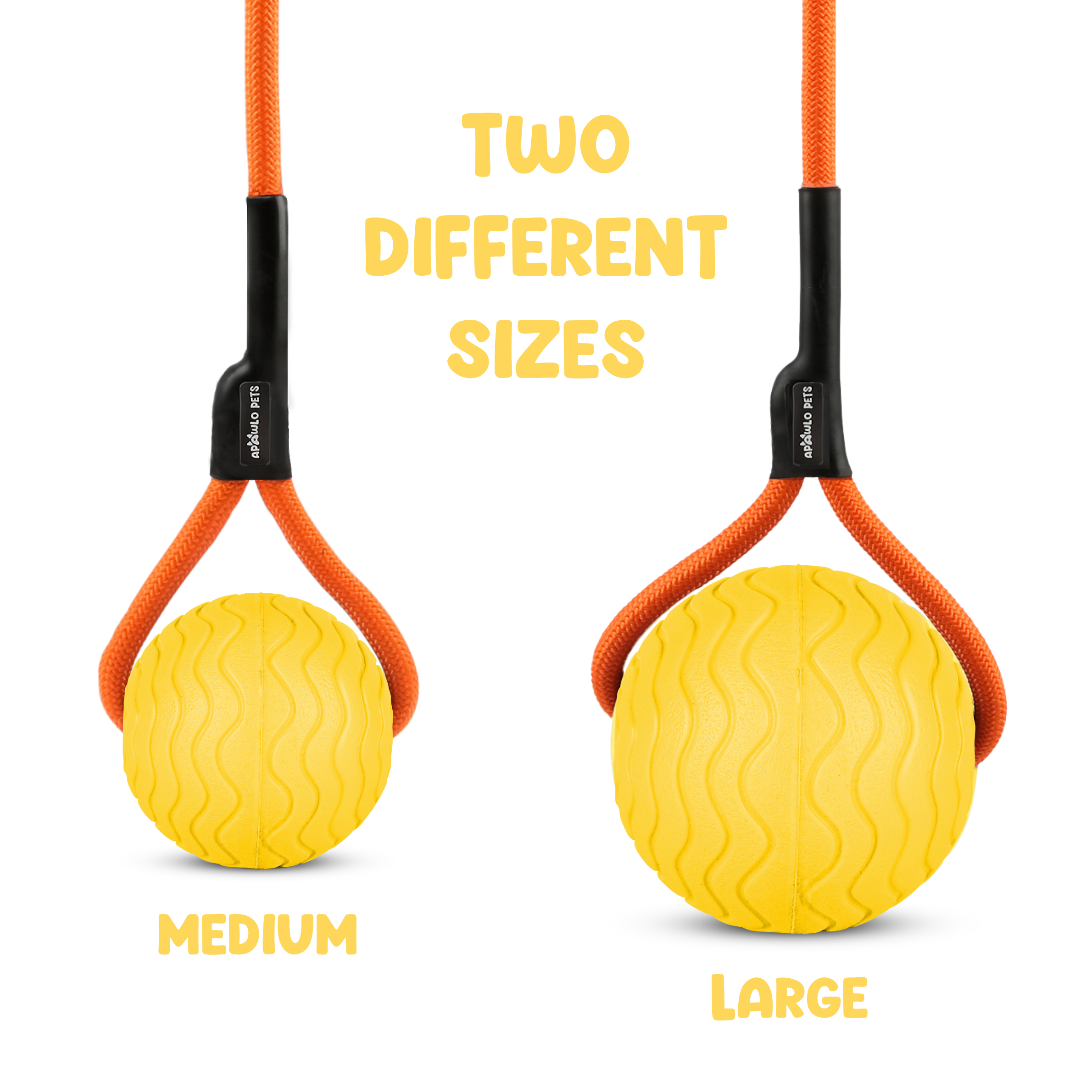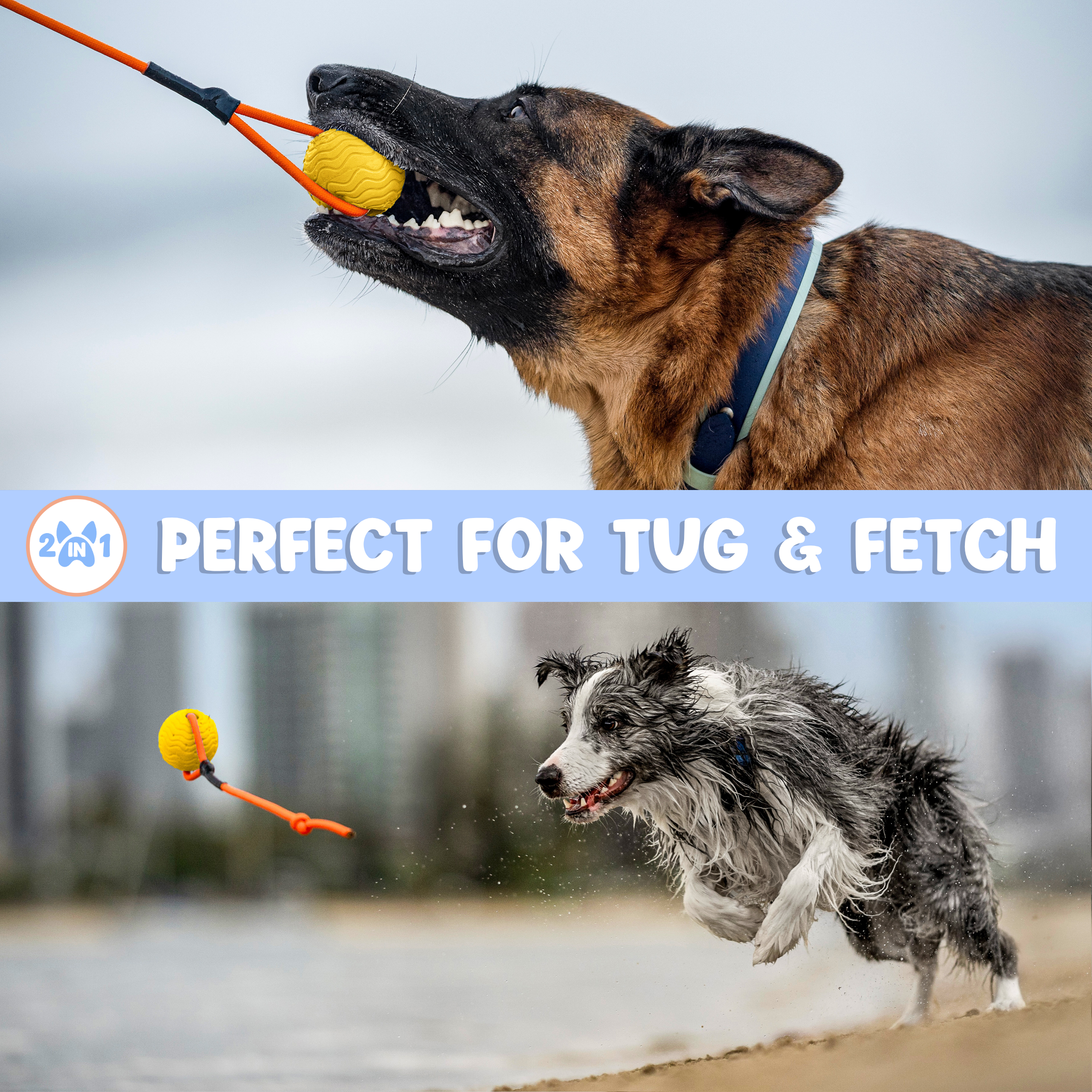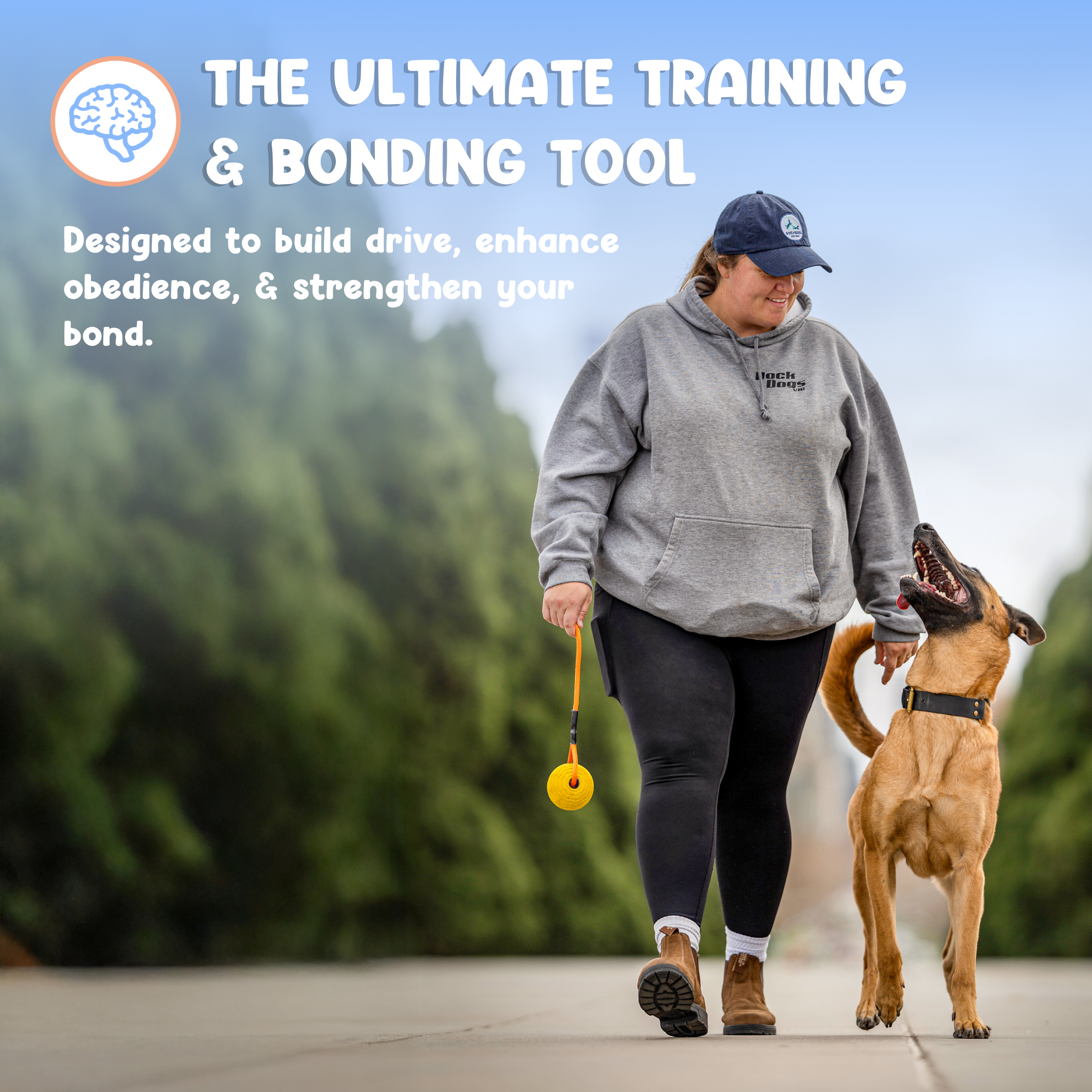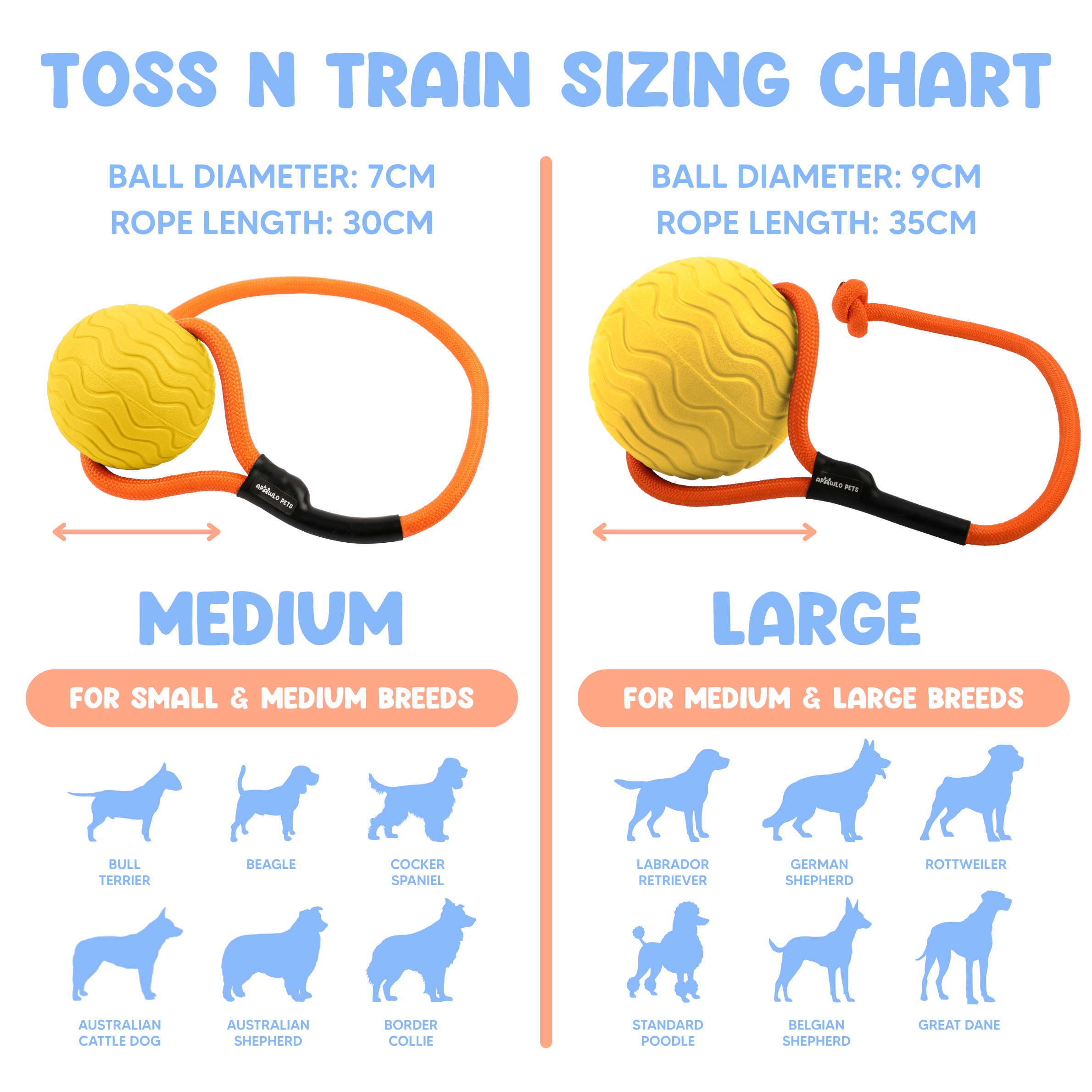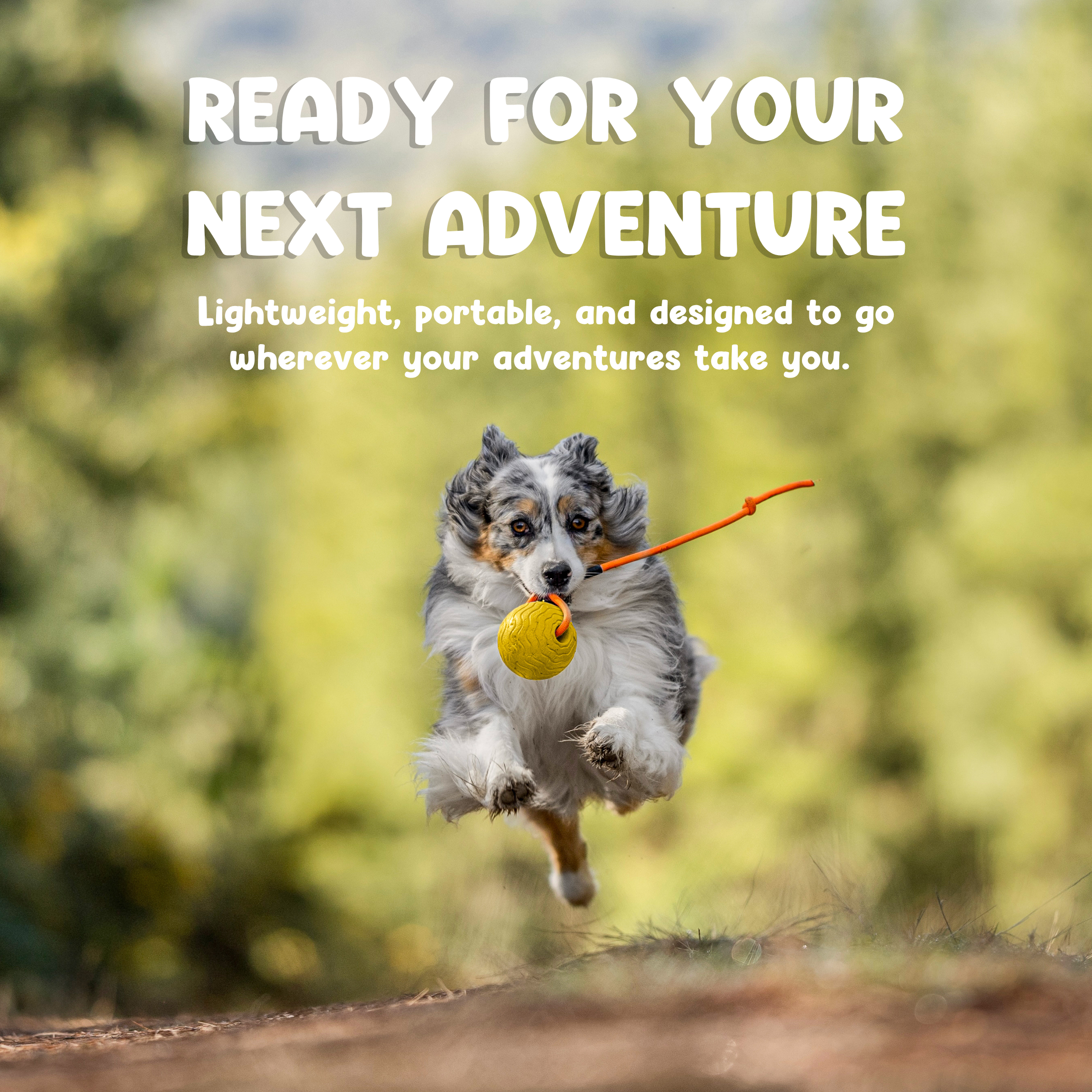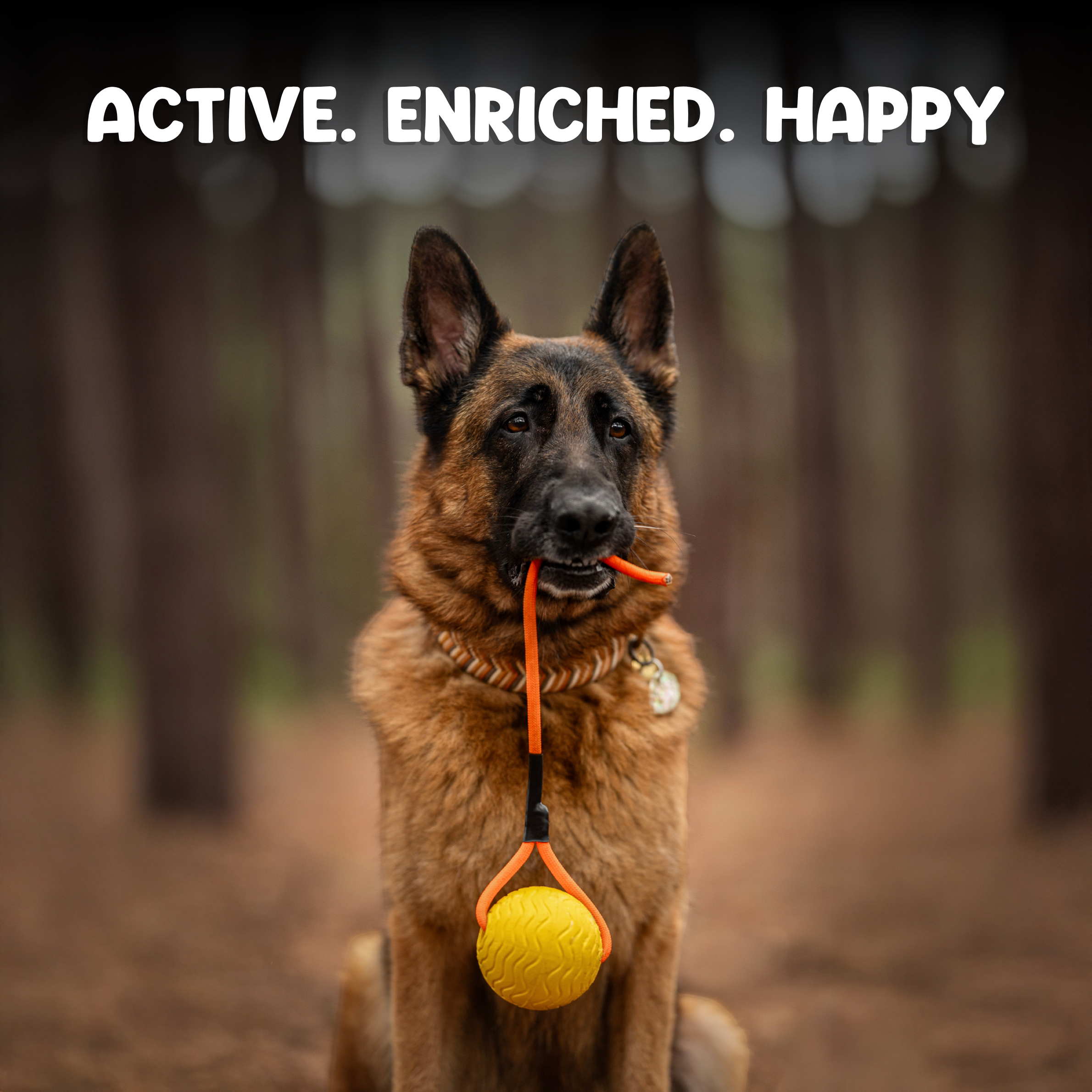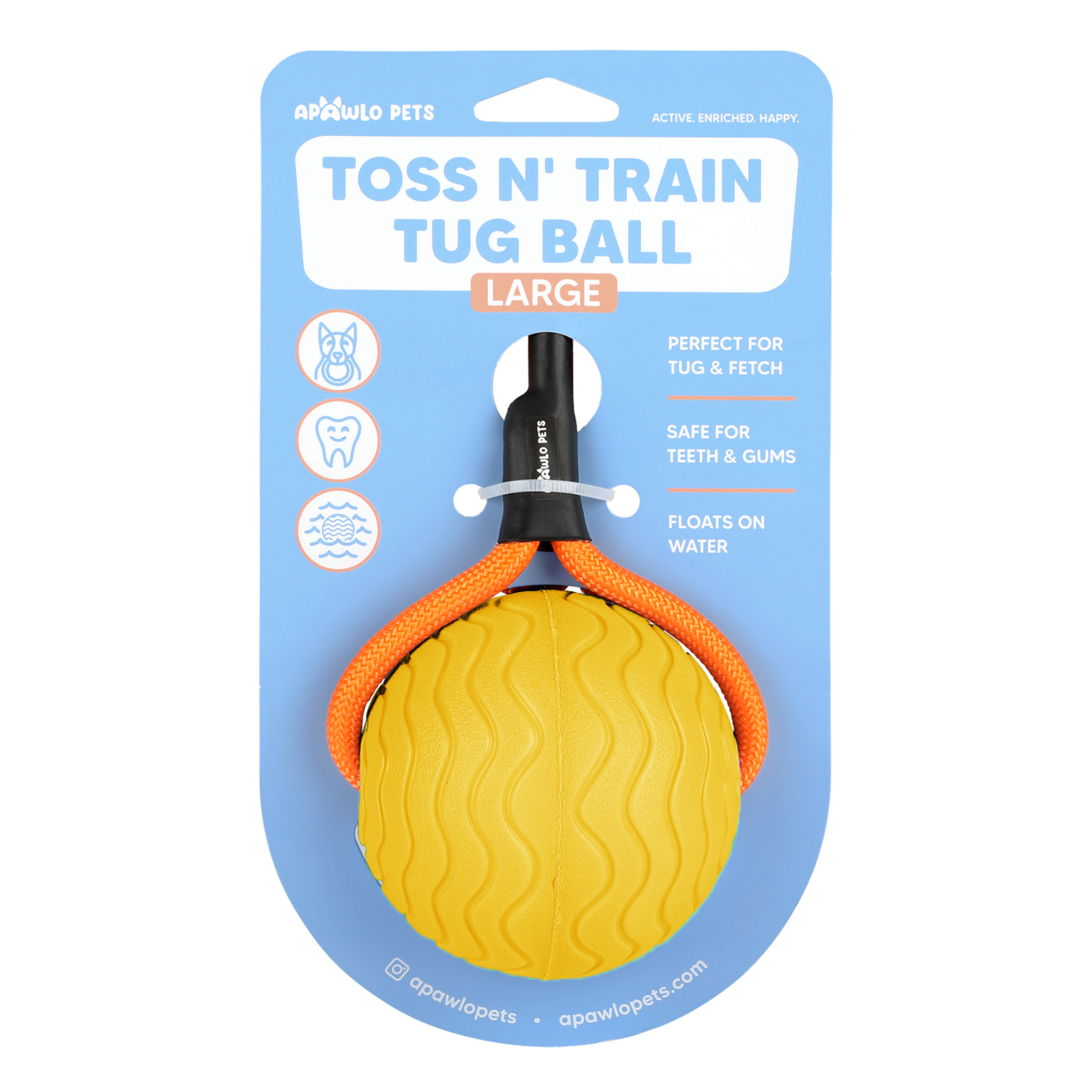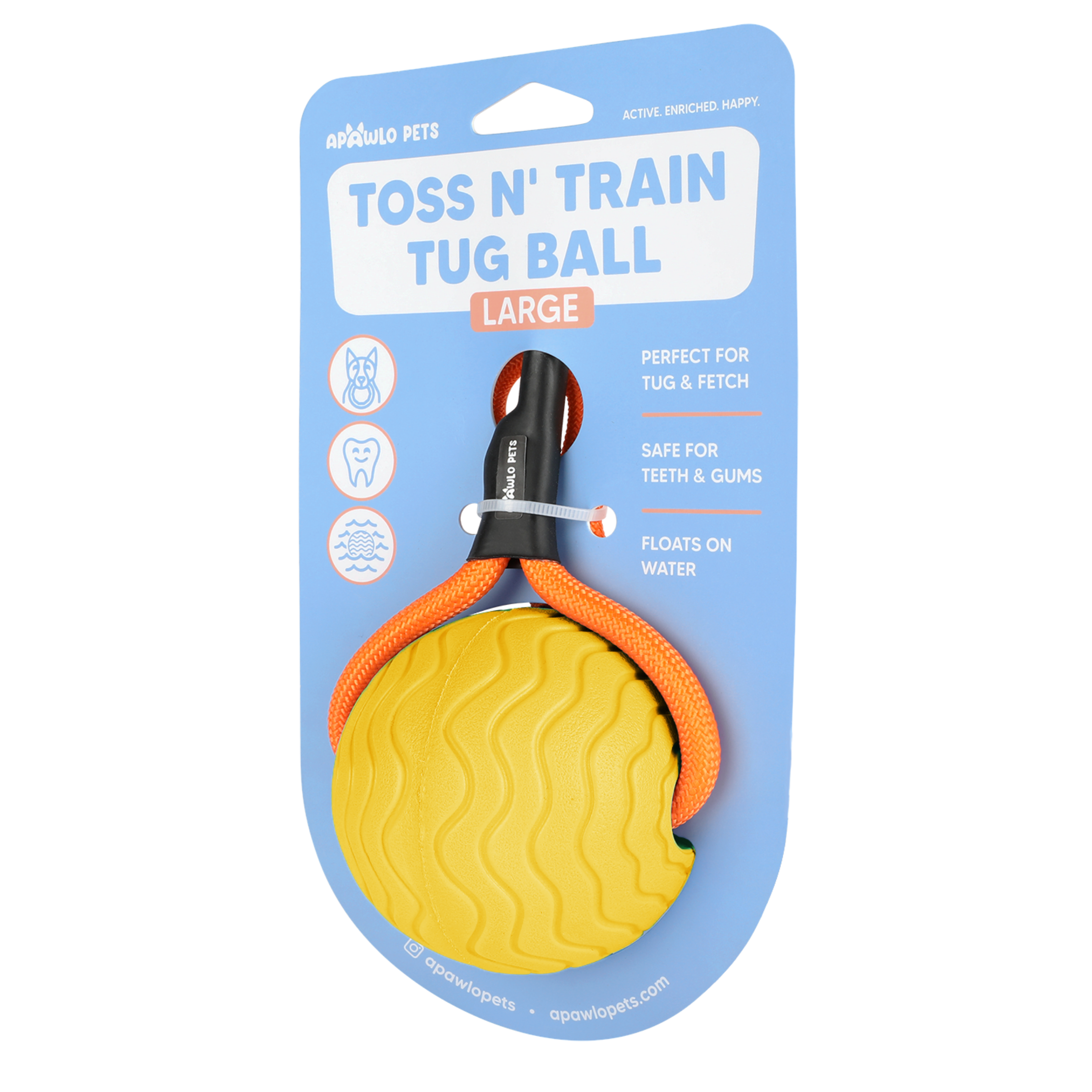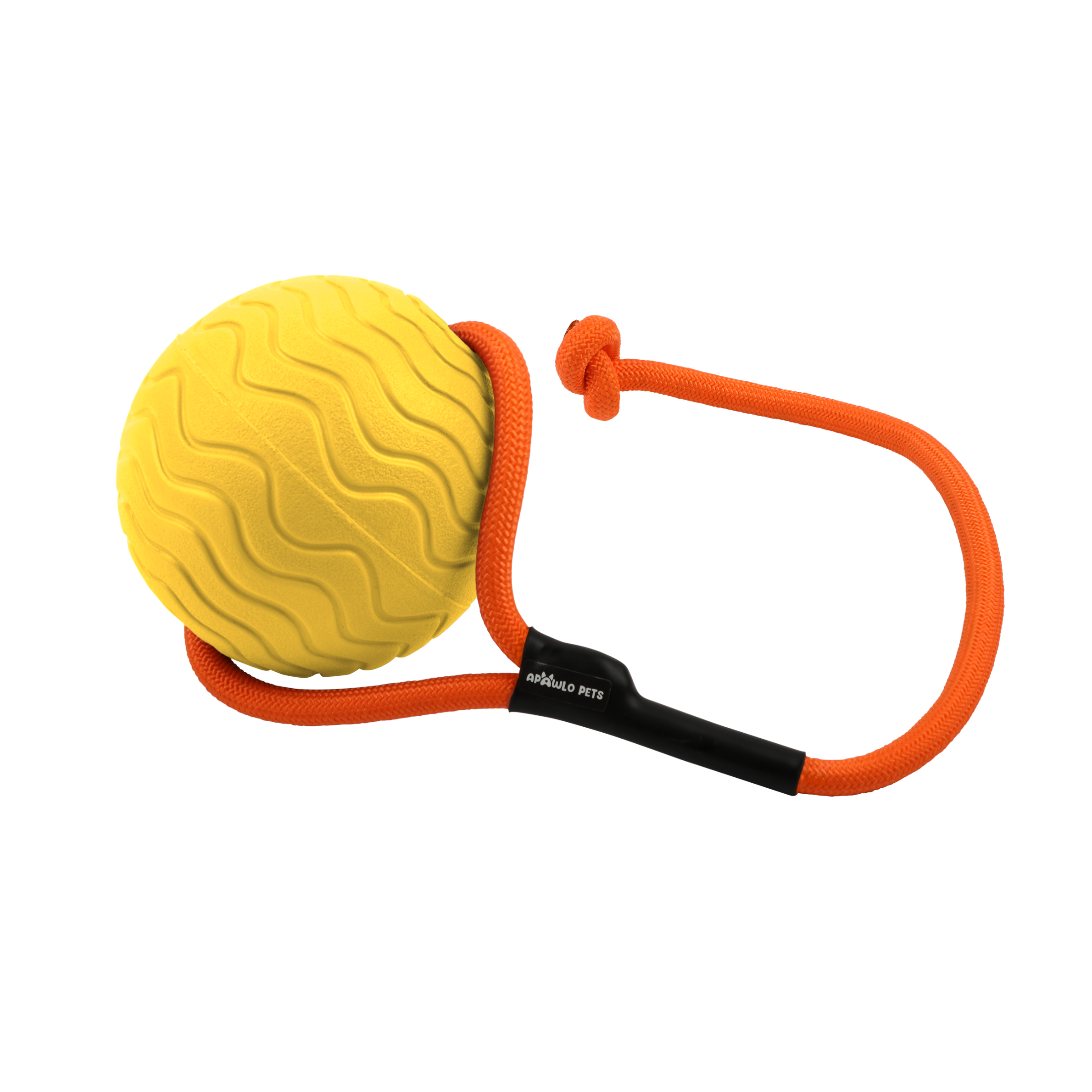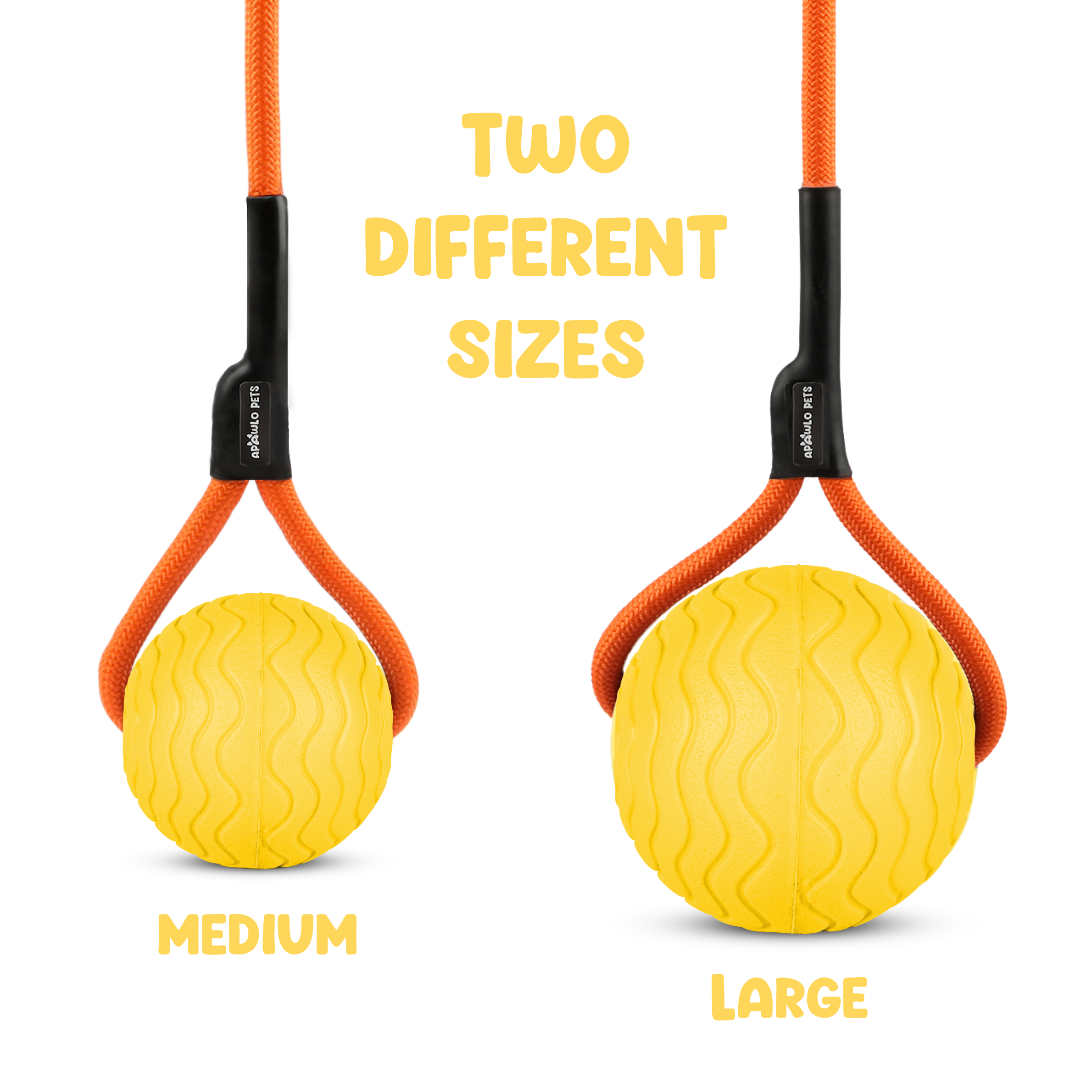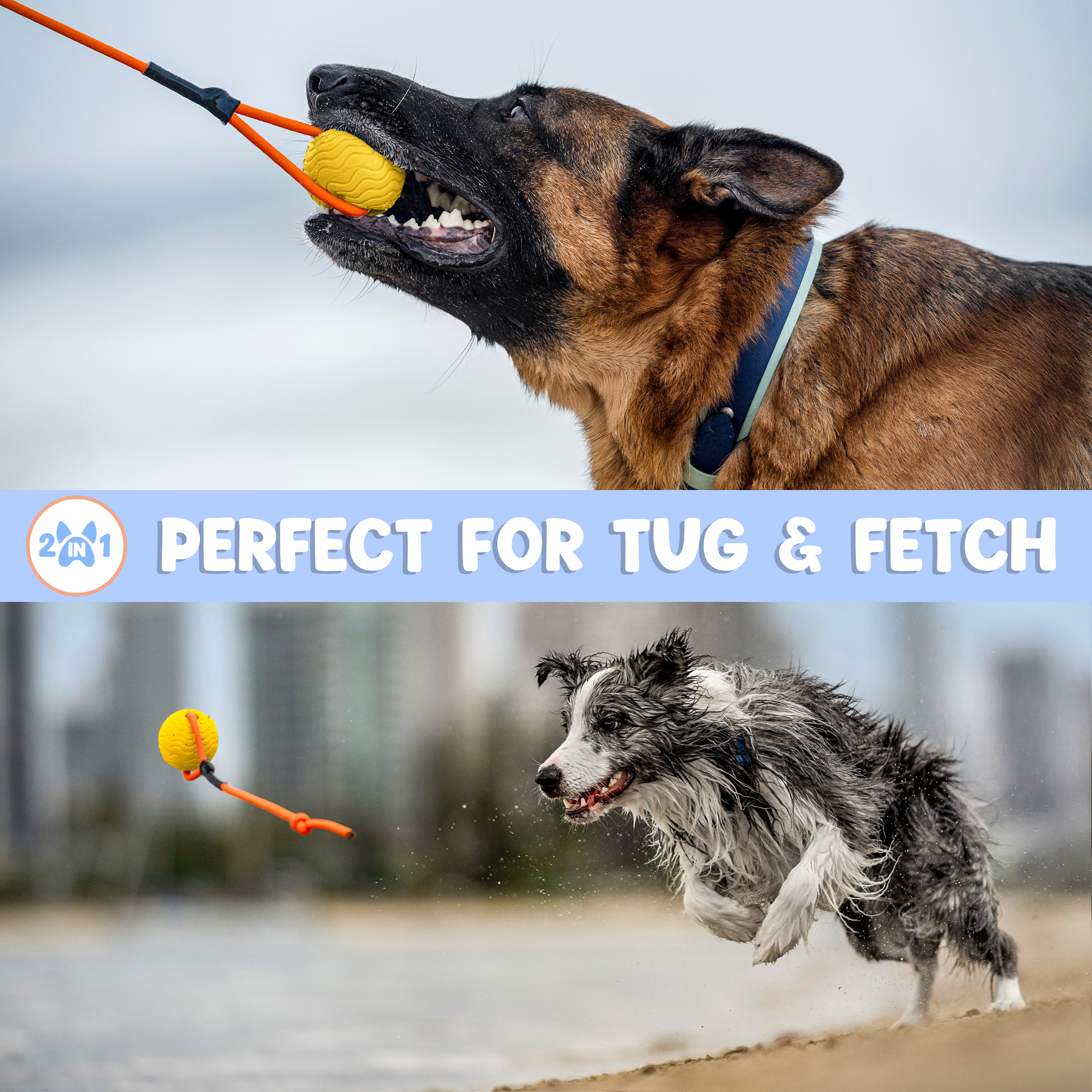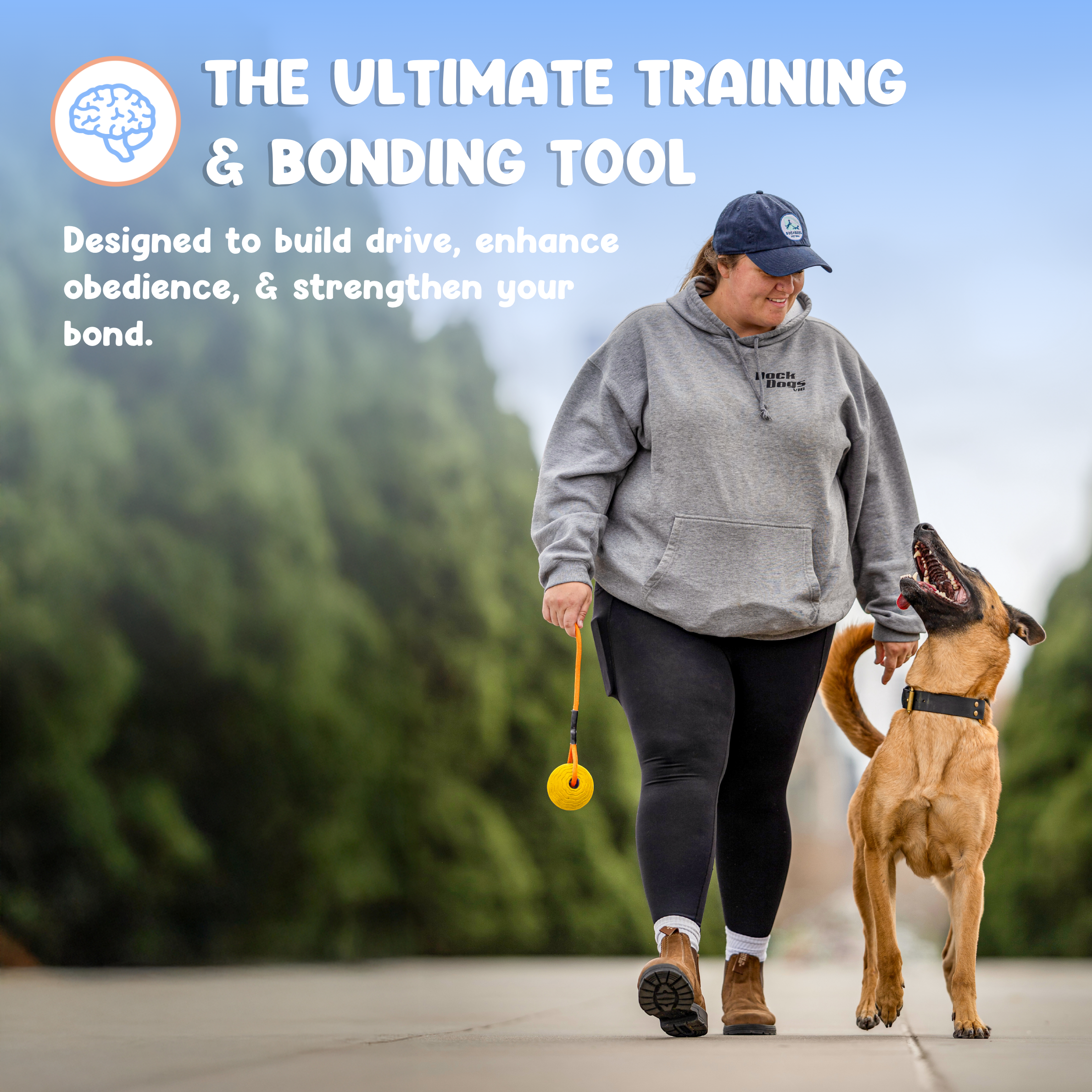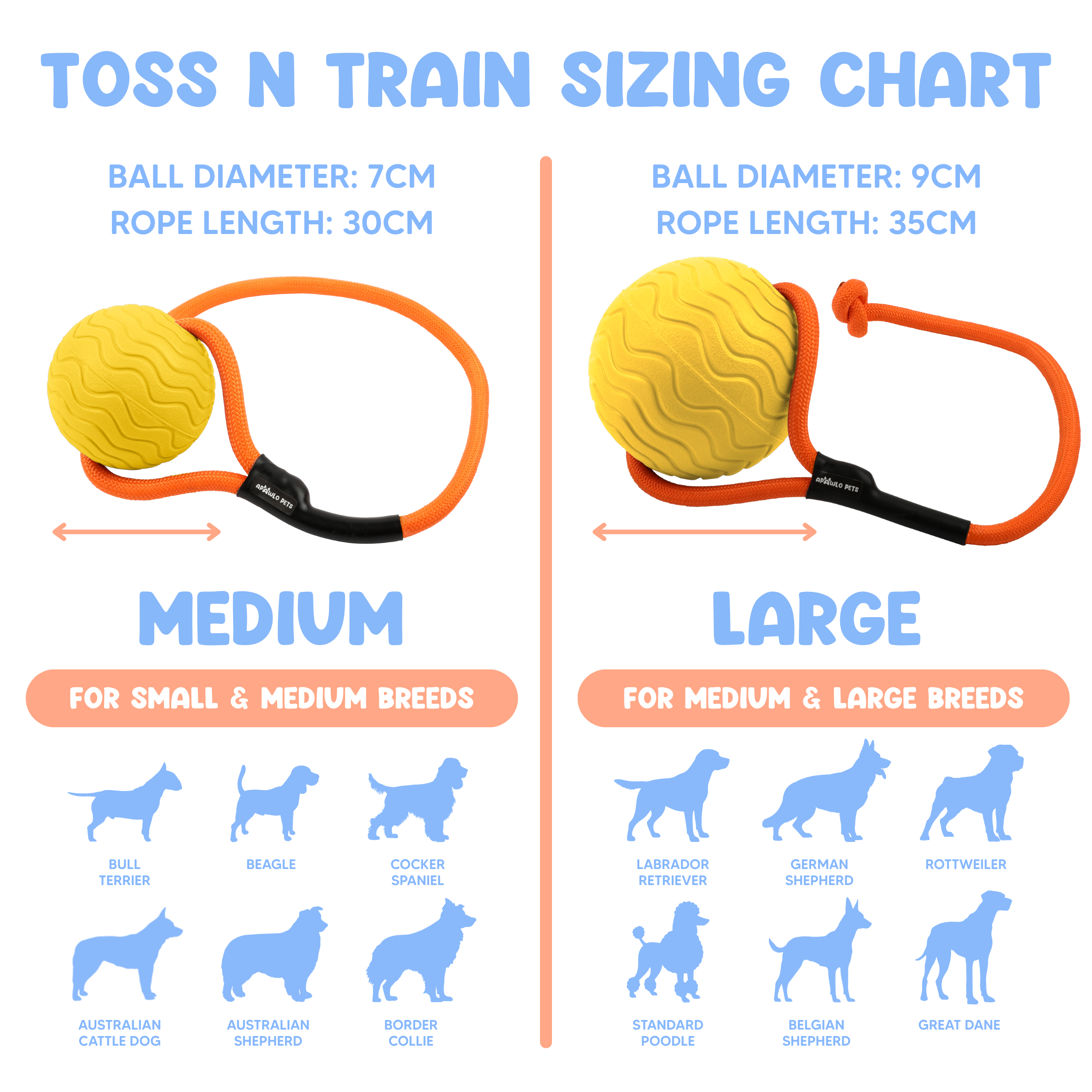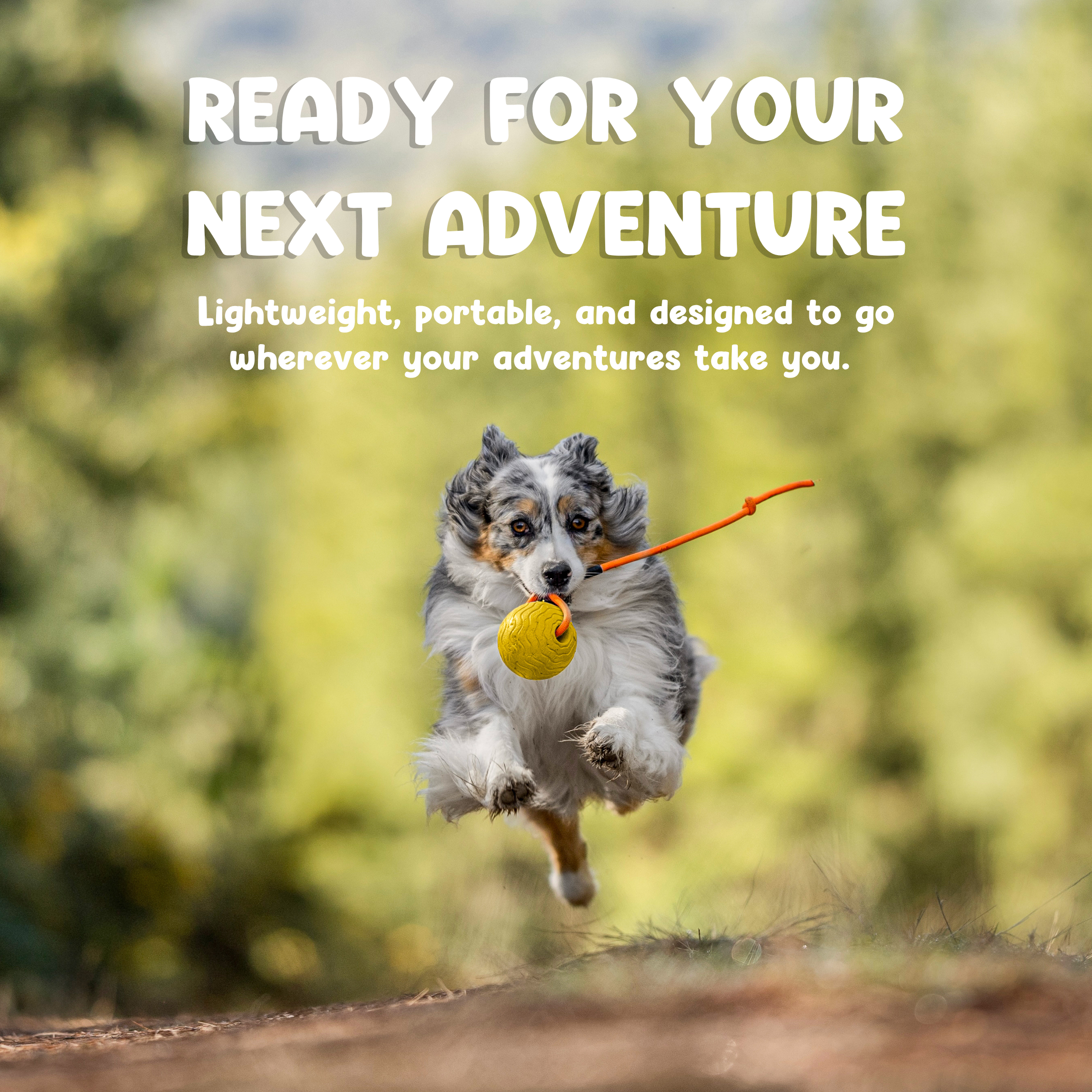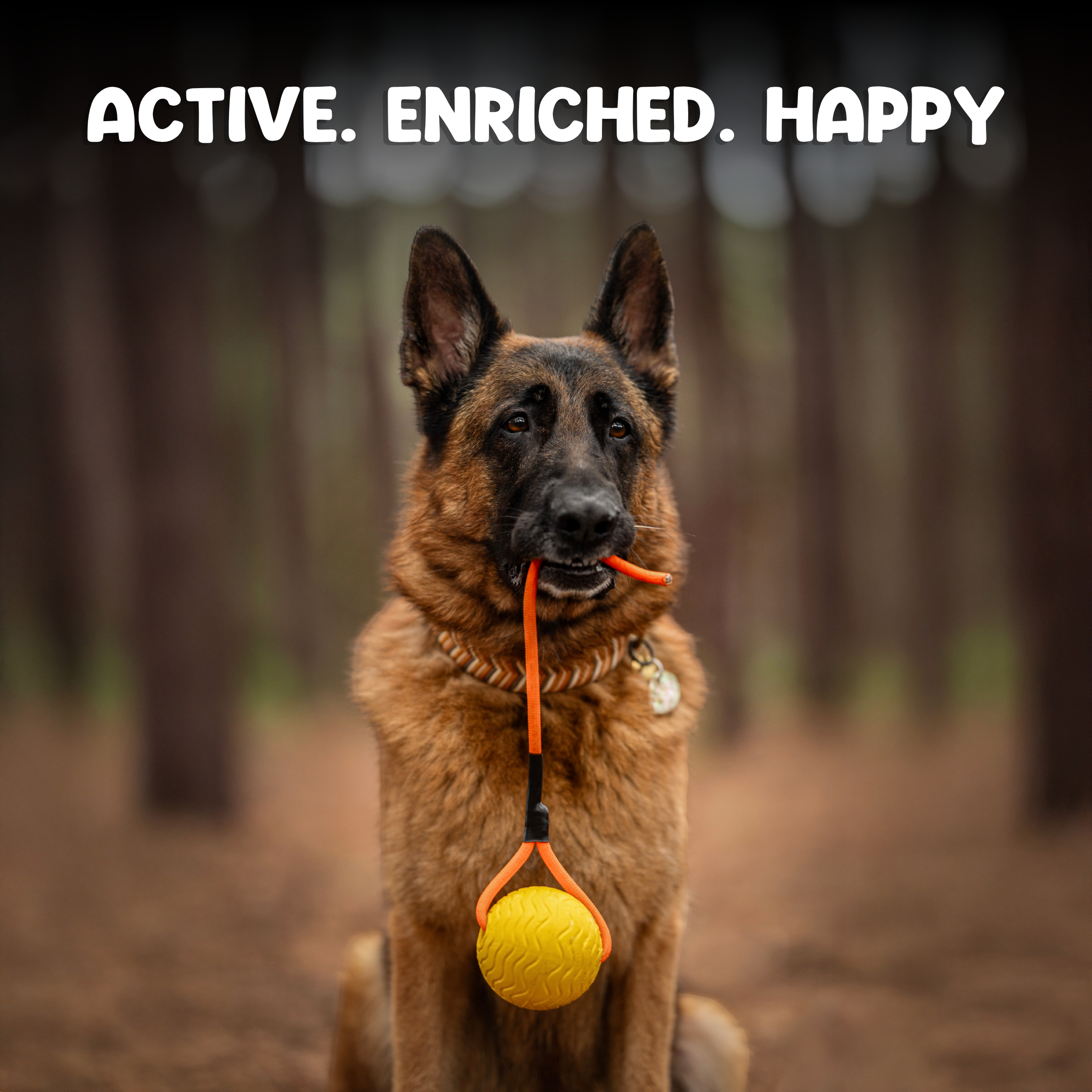Essential Guide to Caring for High Energy Dogs
Living with high-energy dogs means embracing a whirlwind of enthusiasm, playfulness, and endless curiosity. These dogs are always ready for the next adventure, bringing boundless joy — but also unique challenges that require patience and structure. Their vibrant spirit can easily turn to frustration without proper outlets for both mind and body.
In this guide, we’ll explore what makes high-energy breeds tick, how to meet their exercise and mental stimulation needs, ways to manage behaviour and overstimulation, and how to create a balanced lifestyle that nurtures both energy and calm. With the right approach, life with a lively dog becomes truly rewarding.

Understanding High Energy Dogs
Not all dogs are wired the same way. Some are content with short strolls and cosy naps, while others seem to have endless fuel to burn. Understanding where that energy comes from — and how to channel it productively — is key to harmony at home.
What Makes a Dog High Energy
High-energy dogs are driven by more than just enthusiasm — their traits are often rooted in genetics and history. Many were bred for demanding jobs such as herding, guarding, or retrieving, which required focus, stamina, and quick thinking.
Recognising their instincts helps you meet their needs in ways that feel fulfilling, not frustrating.
Common High-Energy Breeds
Some dogs are simply built to go, go, go! These breeds were developed for tasks that required endurance and drive. Each has its own quirks, but all share a need for regular activity and mental stimulation.
Examples include:
-
Border Collie – exceptionally intelligent and focused; thrives on training and herding work
-
Australian Shepherd – agile and eager to please, great for active families
-
Belgian Malinois – powerful working dog with high endurance and intensity
-
Siberian Husky – bred for long-distance running and teamwork
-
Australian Cattle Dog – tough, determined, and happiest when given a job to do
-
Jack Russell Terrier – small but bursting with energy and curiosity
-
Irish Setter – energetic and social, loves outdoor adventures
These breeds make incredible companions for owners who can match their enthusiasm and provide plenty of outlets for their boundless energy.
Why Understanding Energy Levels Matters
Not all energy is equal. When people describe their dog as “high energy,” they’re often talking about arousal, not true endurance or stamina. A dog can be physically tired yet mentally overstimulated.
Every dog has its own rhythm — some thrive on constant activity, while others are content with shorter bursts of work or play, followed by rest. Understanding your dog’s energy level helps you meet their needs appropriately, preventing frustration on both sides.
When a dog’s exercise and cognitive requirements aren’t met, that pent-up energy can surface as chewing, barking, or other unwanted behaviours. By recognising what your dog truly needs — whether it’s daily agility sessions or enriching hikes — you can create a lifestyle that supports their wellbeing and strengthens your bond.

Keeping High-Energy Dogs Active and Fit
High-energy dogs thrive when their days are filled with opportunities to move, explore, and engage their natural instincts. Regular exercise not only keeps their bodies healthy but also channels their enthusiasm into positive outlets—reducing boredom, anxiety, and unwanted behaviours. Finding the right activities for your dog’s energy level and personality makes all the difference in maintaining balance and happiness.
The Fulfilment Hierarchy
At APAWLO, we use the Fulfilment Pyramid as a simple way to understand what dogs truly need in their routine to feel the most content — and where we start when using fulfilment to assist in behaviour modification.
It has three layers:
-
Species – universal needs that apply to all dogs
-
Breed – outlets tied to what they were bred for
-
Individual – personal preferences, quirks, and routines
The foundation always starts with Species. This layer covers the five species-specific pillars that support every dog’s basic well-being:
-
Physical – movement, freedom, decompression
-
Cognitive – learning, problem-solving, curiosity
-
Sensory – experiencing novel textures, smells, and environments
-
Social – safe, meaningful interaction with humans or dogs
-
Instinctual – species-typical behaviours like digging, chewing, licking, or foraging
Once those basic needs are consistently met, you can move into Breed outlets — activities that let your dog express the drives they were selectively bred for (like herding for collies or heelers, tracking for scent hounds, or retrieval for gundogs).
Finally, the Individual layer focuses on what specifically fulfils your dog — but you won’t always need to go that far. Many behaviour issues and unmet needs resolve naturally once the Species and Breed layers are balanced. The top layer becomes a refinement, not a requirement.
Explore the Fulfilment Hierarchy →
Many behaviour struggles seen in high-energy breeds stem from gaps in one or more of these layers — too much physical activity without mental work, or plenty of play but little time spent in nature doing dog things. Building a balanced routine through the Fulfilment Pyramid helps your dog feel settled and satisfied, no matter their drive.
How Much Exercise Your Dog Really Needs
Most high-energy dogs need at least one to two hours of vigorous activity each day, depending on their breed, age, and health. This doesn’t have to happen all at once — splitting exercise into morning and evening sessions helps keep their energy balanced.
Keep in mind that not all activity has to be physical. Training, structured play, and problem-solving games also contribute to daily fulfilment and energy release. Thinking back to the Fulfilment Pyramid, balance is key — the goal isn’t to overload one area but to meet a mix of needs across the day.
A well-rounded day might include movement and decompression in the morning, some cognitive or breed-specific work later on, and calm social time in the evening. When physical, mental, and emotional outlets are combined intentionally, dogs learn to regulate their own energy.

Physical Activities to Burn Off Energy
Active play gives dogs the freedom and stimulation they crave. Activities that tap into their natural instincts can turn exercise into genuine joy.
|
Activity |
Benefits |
|
Fetch |
Builds endurance while satisfying chase and retrieve instincts. We recommend incorporating training and impulse control exercise (e.g., asking for behaviours and using the chase (example marker work = “get it”) as the reinforcement). |
|
Hiking |
Encourages decompression through scent exploration and variable terrain, fulfilling sensory and cognitive needs simultaneously. Also physically demanding. |
|
Swimming |
Provides low-impact resistance training that builds stamina and joint stability. Great for hot days. |
|
Agility or Obstacle Work |
Channels focus, proprioception, and coordination; strengthens handler engagement and mental clarity. |
|
Running or Biking Together |
Rhythmic movement that allows energetic dogs to match your pace for a shared workout experience. |
To make the most of your adventures, resources like How to Train an Adventure Dog by APAWLO Pets can guide you in creating a trustworthy, obedience adventure companion.
Don’t Forget Mental Exercise
Physical workouts are only part of the equation. High-energy dogs need just as much mental exercise to stay balanced and fulfilled.
Enrichment activities—like puzzle feeders, scent games, and problem-solving toys—engage their brains, ease boredom, and build confidence. For inspiration, explore The Best Enrichment Toys for Dogs — packed with ideas to engage your dog’s mind and promote calm through play.
Note: There’s a common misconception worth clearing up. Mental work plays a crucial role in a high-energy dog’s wellbeing — but it’s important to understand it’s not a substitute for physical exercise.
Claims like “5 minutes of mental work equals an hour of physical exercise” can be incredibly misleading, especially for first-time dog owners. The two forms of work engage entirely different systems within the dog.
Rather than comparing one against the other, we need to reframe our thinking and understand that they are complementary components of fulfilment. A well-rounded day should offer opportunities for both movement and mental challenge.

Helping High-Energy Dogs Find Their Calm
Even the most playful pups need downtime. Learning to help your high-energy dog find balance between excitement and proper rest is key to their overall well-being. This section explores how to recognise overstimulation, set healthy boundaries, and teach your dog that calm can feel just as good as play.
Recognising Signs of Overstimulation
When your dog’s excitement tips into restlessness, it’s time to slow things down. Signs of overstimulation can include excessive barking, pacing, zoomies that don’t stop, or difficulty responding to cues. If you notice these behaviours, take a short break from play and redirect their focus towards something soothing, like gentle petting or a calm command.
Setting Structure and Boundaries
Consistency provides comfort for easily overstimulated dogs. Establishing predictable routines helps your dog understand when it’s time to play and when it’s time to rest. Avoid overstimulating environments when possible, and keep sessions short and focused.
Structured breaks teach dogs how to come down from arousal and self-regulate — an essential skill for any high-energy breed.
Encouraging Calm and Focus
Calm is a learned skill, especially for energetic dogs. Reward relaxed behaviour with quiet praise or treats, and create a designated “chill zone” where your dog can unwind (e.g. crate or bed). Incorporate short training exercises that require stillness, such as “place” or “settle” into your routine.
Over time, these small moments of calm become second nature—helping your dog recharge and maintain a healthy balance between energy and ease.

Conclusion
Living with high-energy dogs can feel like a full-time adventure — but with the right structure and understanding, it’s one of the most rewarding bonds you can build. Meeting their physical and mental needs, setting clear boundaries, and helping them find moments of calm will turn all that energy into joy, not chaos. Every zoomie, training win, and quiet cuddle is a reminder of the trust you’re building together. With patience, consistency, and love, your energetic pup can thrive — and so can you.
Frequently Asked Questions
How can I tell if my dog is a high-energy breed?
A high-energy dog is one whose genetic drives were shaped for sustained work — not just bursts of play. They recover rapidly after activity, thrive on mental challenge, and can become frustrated without structure. Breeds developed for herding, retrieving, or guarding typically fall into this group.
What are good indoor activities for high-energy dogs?
Try hide-and-seek, tug, or treat-dispensing toys. You can also practise short training drills or nose work to keep them mentally sharp.
Can diet affect a dog’s energy levels?
Yes — but not always in the way people think. Diet influences how a dog’s body uses energy, not just how much they have. High-protein or calorie-dense foods can increase stamina and drive in working or athletic dogs, while diets that are poorly balanced or too rich for a dog’s needs can lead to energy spikes (and crashes), restlessness or weight gain.
The goal isn’t to feed for more or less energy — it’s to feed for stability. A balanced diet matched to your dog’s age, workload, and metabolism helps support steady physical output, mental focus, and consistent behaviour.
Do high-energy dogs ever mellow out with age?
Most dogs naturally slow down as they mature, but they’ll still need consistent exercise and stimulation to stay content and healthy.

Bring Out the Best in Your Active Dog
From training games to travel-ready gear, APAWLO products are built for dogs who love to move. Explore our Active Rings — designed to help channel energy, strengthen focus, and make every play session more rewarding.


